Warring states period china Stock Photos and Images
(1,619)See warring states period china stock video clipsQuick filters:
Warring states period china Stock Photos and Images
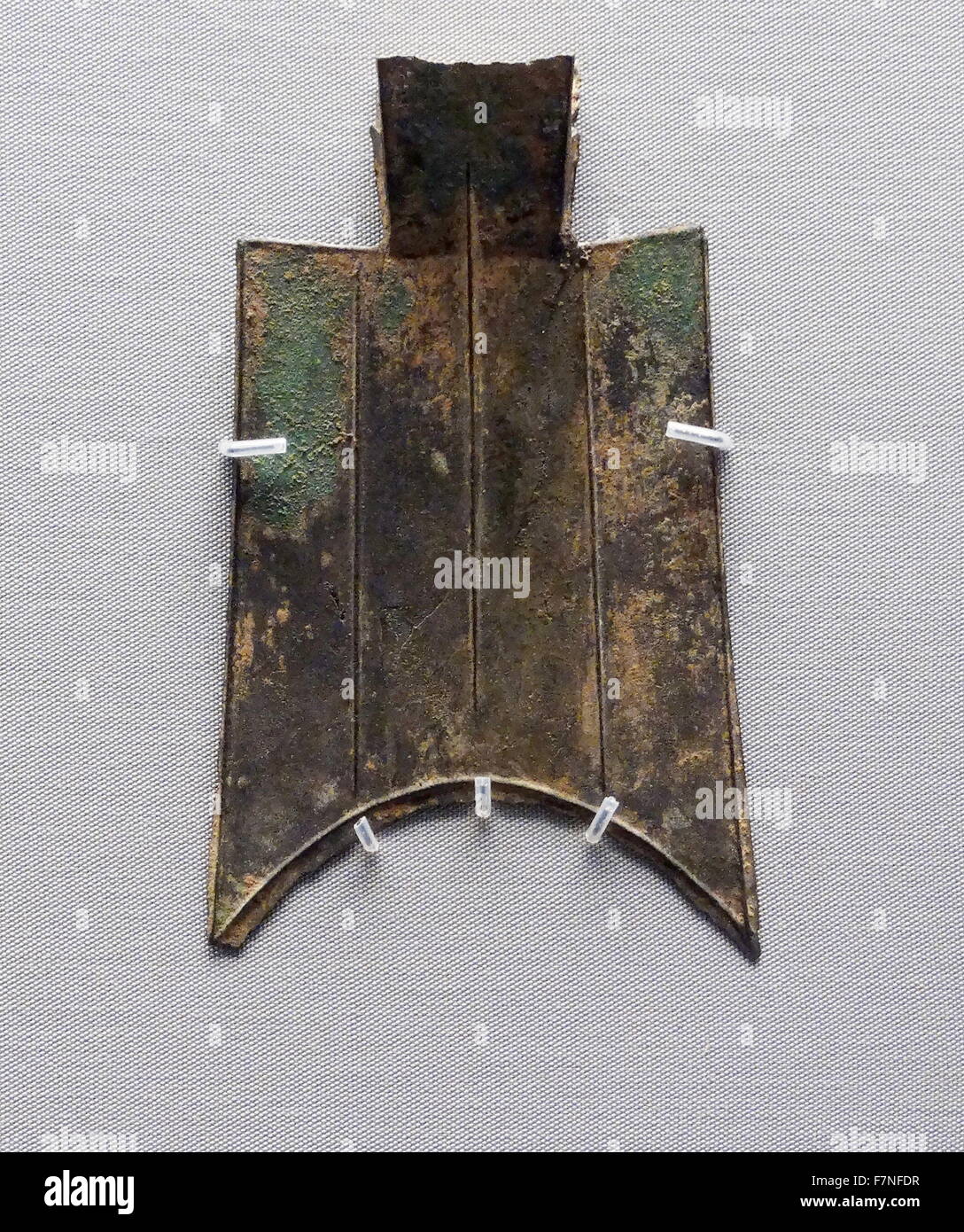 During the Warring States period (475-221 BC), the various states used different forms of spade money. The earliest money In China was shaped like tools, including spades and knives. Stock Photohttps://www.alamy.com/image-license-details/?v=1https://www.alamy.com/stock-photo-during-the-warring-states-period-475-221-bc-the-various-states-used-90827571.html
During the Warring States period (475-221 BC), the various states used different forms of spade money. The earliest money In China was shaped like tools, including spades and knives. Stock Photohttps://www.alamy.com/image-license-details/?v=1https://www.alamy.com/stock-photo-during-the-warring-states-period-475-221-bc-the-various-states-used-90827571.htmlRMF7NFDR–During the Warring States period (475-221 BC), the various states used different forms of spade money. The earliest money In China was shaped like tools, including spades and knives.
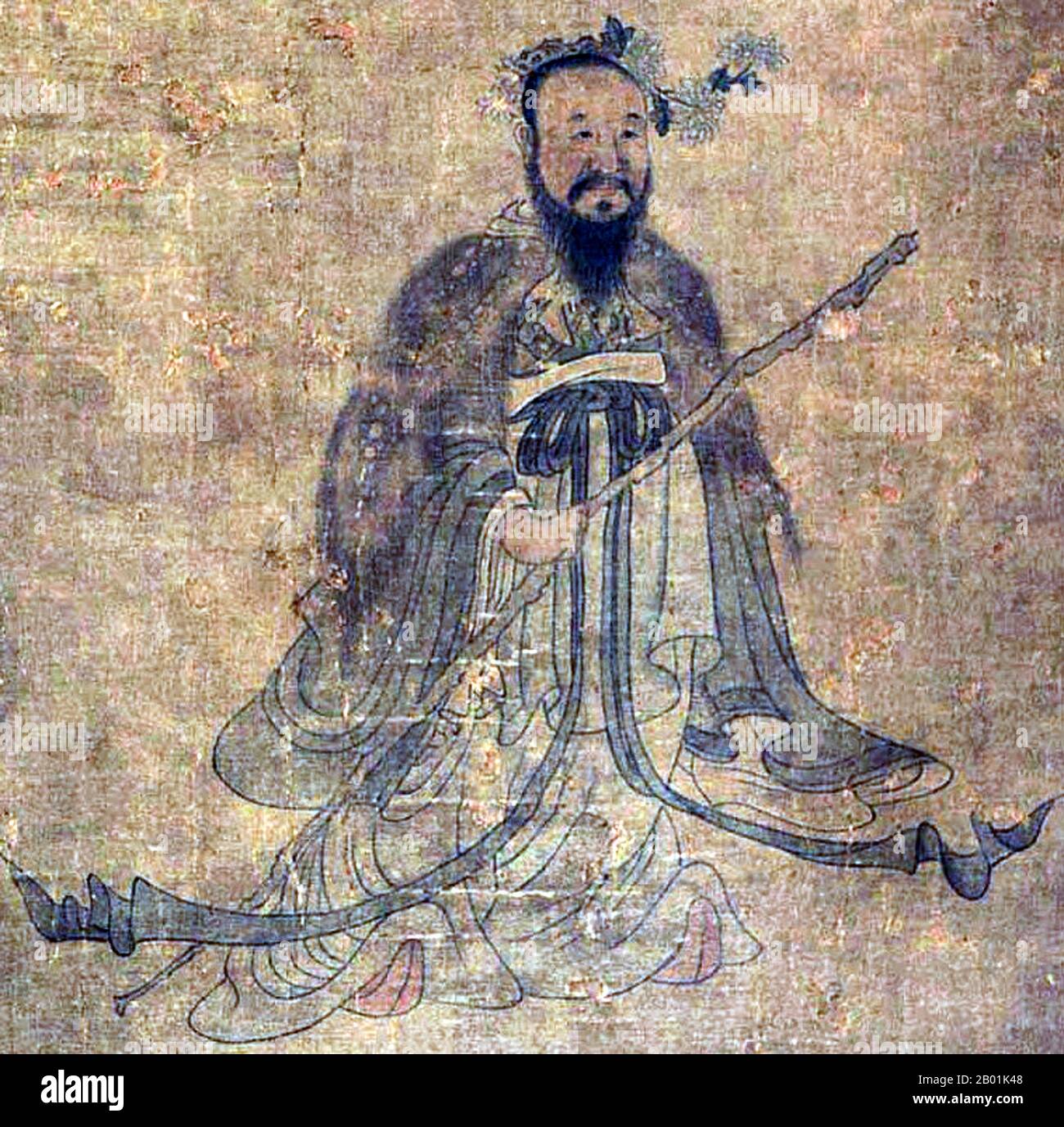 China: The Warring States period poet Qu Yuan (339-278 BCE). Handscroll portrait by Chen Hongshou (1598-1652), early 17th century. Qu Yuan was a Chinese poet who lived during the Warring States Period in ancient China. He is famous for his contributions to the poetry collection known as the Chu-ci (also known as Songs of the South or Songs of Chu). The Chuci together with the Shi Jing are the two great collections of ancient Chinese verse. Historical details about Qu Yuan's life are few, and his authorship of many Chu-ci poems have been questioned at length. Stock Photohttps://www.alamy.com/image-license-details/?v=1https://www.alamy.com/china-the-warring-states-period-poet-qu-yuan-339-278-bce-handscroll-portrait-by-chen-hongshou-1598-1652-early-17th-century-qu-yuan-was-a-chinese-poet-who-lived-during-the-warring-states-period-in-ancient-china-he-is-famous-for-his-contributions-to-the-poetry-collection-known-as-the-chu-ci-also-known-as-songs-of-the-south-or-songs-of-chu-the-chuci-together-with-the-shi-jing-are-the-two-great-collections-of-ancient-chinese-verse-historical-details-about-qu-yuans-life-are-few-and-his-authorship-of-many-chu-ci-poems-have-been-questioned-at-length-image344244328.html
China: The Warring States period poet Qu Yuan (339-278 BCE). Handscroll portrait by Chen Hongshou (1598-1652), early 17th century. Qu Yuan was a Chinese poet who lived during the Warring States Period in ancient China. He is famous for his contributions to the poetry collection known as the Chu-ci (also known as Songs of the South or Songs of Chu). The Chuci together with the Shi Jing are the two great collections of ancient Chinese verse. Historical details about Qu Yuan's life are few, and his authorship of many Chu-ci poems have been questioned at length. Stock Photohttps://www.alamy.com/image-license-details/?v=1https://www.alamy.com/china-the-warring-states-period-poet-qu-yuan-339-278-bce-handscroll-portrait-by-chen-hongshou-1598-1652-early-17th-century-qu-yuan-was-a-chinese-poet-who-lived-during-the-warring-states-period-in-ancient-china-he-is-famous-for-his-contributions-to-the-poetry-collection-known-as-the-chu-ci-also-known-as-songs-of-the-south-or-songs-of-chu-the-chuci-together-with-the-shi-jing-are-the-two-great-collections-of-ancient-chinese-verse-historical-details-about-qu-yuans-life-are-few-and-his-authorship-of-many-chu-ci-poems-have-been-questioned-at-length-image344244328.htmlRM2B01K48–China: The Warring States period poet Qu Yuan (339-278 BCE). Handscroll portrait by Chen Hongshou (1598-1652), early 17th century. Qu Yuan was a Chinese poet who lived during the Warring States Period in ancient China. He is famous for his contributions to the poetry collection known as the Chu-ci (also known as Songs of the South or Songs of Chu). The Chuci together with the Shi Jing are the two great collections of ancient Chinese verse. Historical details about Qu Yuan's life are few, and his authorship of many Chu-ci poems have been questioned at length.
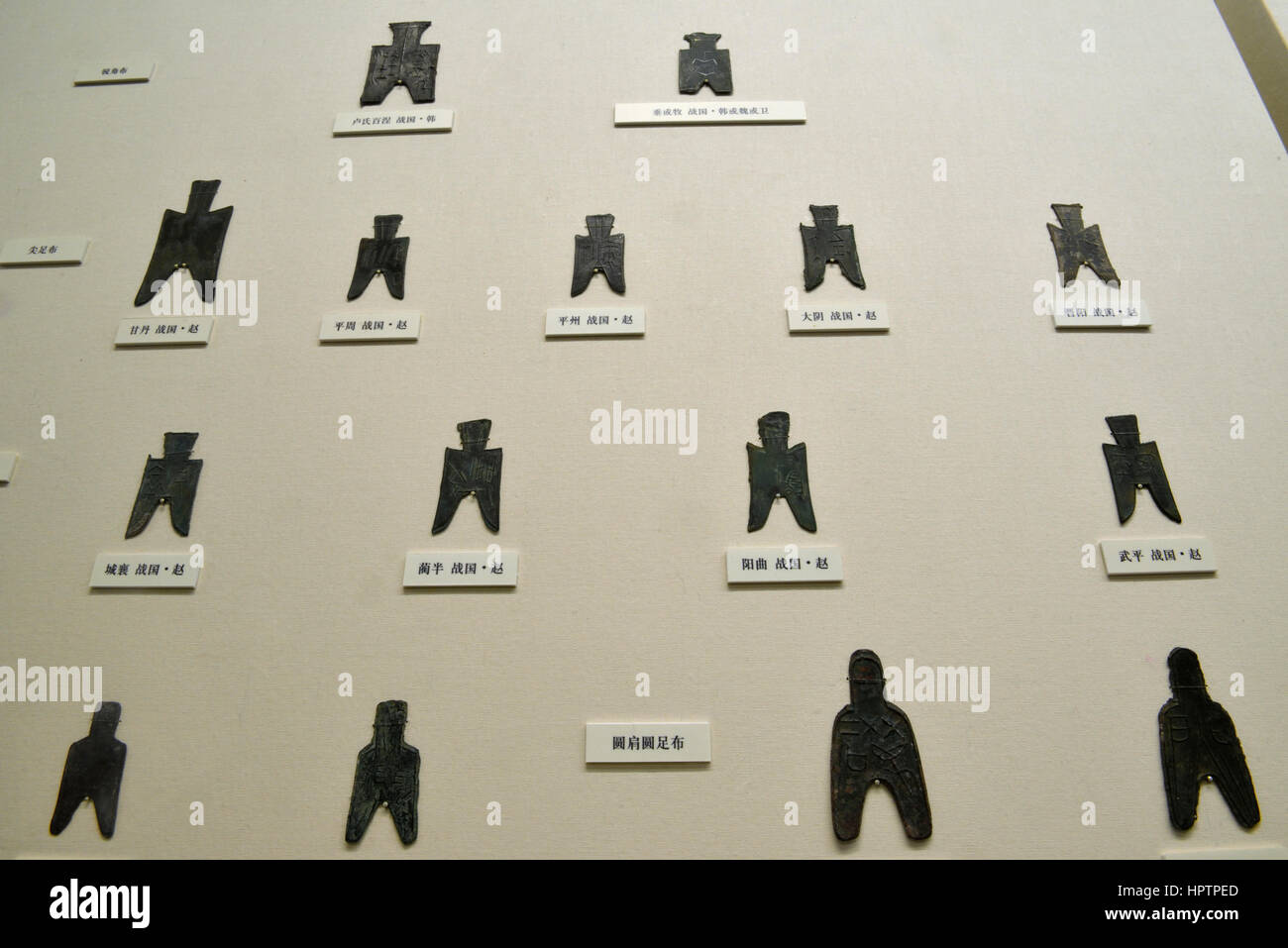 Spade-shaped Coins. The Warring States Period (475 B.C - 221 B.C) National Museum of China. Stock Photohttps://www.alamy.com/image-license-details/?v=1https://www.alamy.com/stock-photo-spade-shaped-coins-the-warring-states-period-475-bc-221-bc-national-134539509.html
Spade-shaped Coins. The Warring States Period (475 B.C - 221 B.C) National Museum of China. Stock Photohttps://www.alamy.com/image-license-details/?v=1https://www.alamy.com/stock-photo-spade-shaped-coins-the-warring-states-period-475-bc-221-bc-national-134539509.htmlRMHPTPED–Spade-shaped Coins. The Warring States Period (475 B.C - 221 B.C) National Museum of China.
 Chinese Warring States period Coin Stock Photohttps://www.alamy.com/image-license-details/?v=1https://www.alamy.com/stock-photo-chinese-warring-states-period-coin-129904914.html
Chinese Warring States period Coin Stock Photohttps://www.alamy.com/image-license-details/?v=1https://www.alamy.com/stock-photo-chinese-warring-states-period-coin-129904914.htmlRMHF9K16–Chinese Warring States period Coin
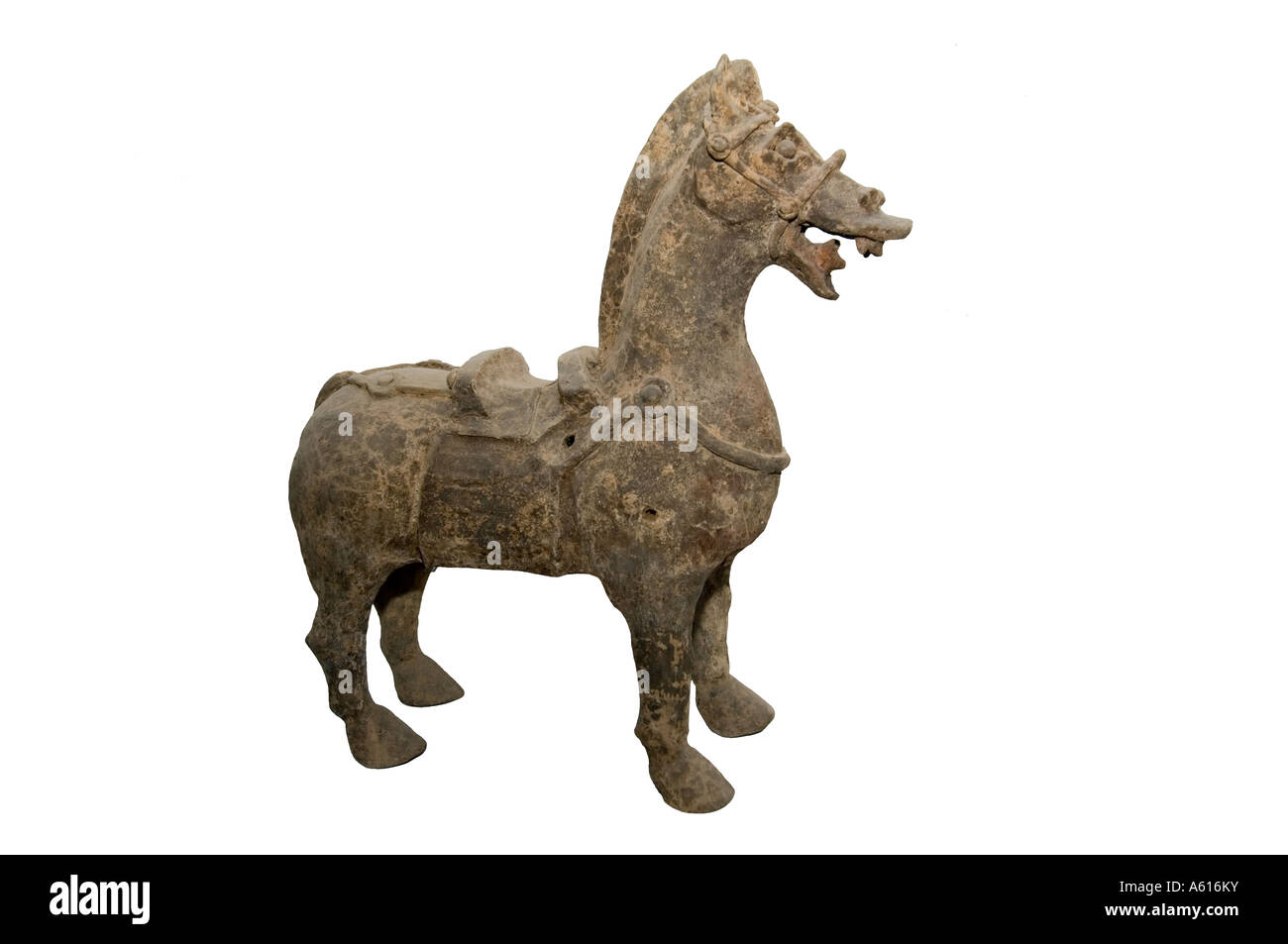 Zibo Ceramics Museum, Shandong Province, China. Pottery Horse from the Warring States Period, Zhoucun Stock Photohttps://www.alamy.com/image-license-details/?v=1https://www.alamy.com/stock-photo-zibo-ceramics-museum-shandong-province-china-pottery-horse-from-the-11426702.html
Zibo Ceramics Museum, Shandong Province, China. Pottery Horse from the Warring States Period, Zhoucun Stock Photohttps://www.alamy.com/image-license-details/?v=1https://www.alamy.com/stock-photo-zibo-ceramics-museum-shandong-province-china-pottery-horse-from-the-11426702.htmlRMA616KY–Zibo Ceramics Museum, Shandong Province, China. Pottery Horse from the Warring States Period, Zhoucun
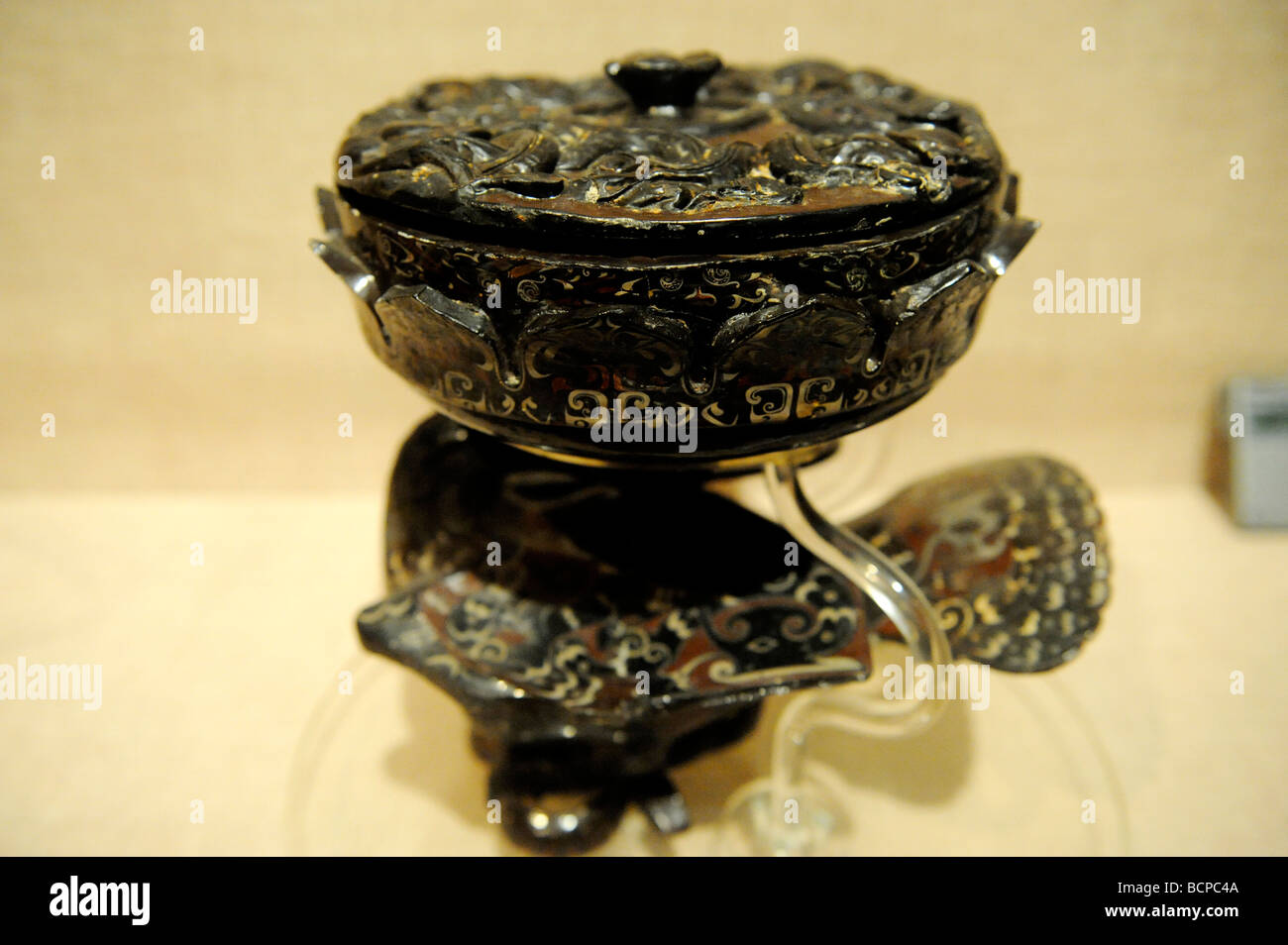 Lacquer ware ceremonial utensil from Chu State in The Warring States period, Capital Museum, Beijing, China Stock Photohttps://www.alamy.com/image-license-details/?v=1https://www.alamy.com/stock-photo-lacquer-ware-ceremonial-utensil-from-chu-state-in-the-warring-states-25078714.html
Lacquer ware ceremonial utensil from Chu State in The Warring States period, Capital Museum, Beijing, China Stock Photohttps://www.alamy.com/image-license-details/?v=1https://www.alamy.com/stock-photo-lacquer-ware-ceremonial-utensil-from-chu-state-in-the-warring-states-25078714.htmlRMBCPC4A–Lacquer ware ceremonial utensil from Chu State in The Warring States period, Capital Museum, Beijing, China
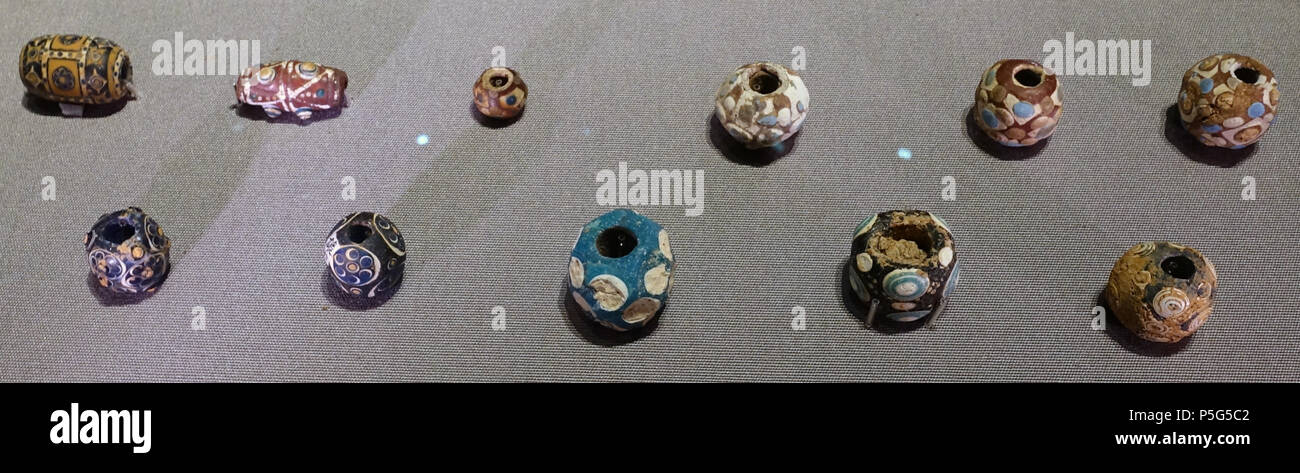 N/A. English: Exhibit in the Tokyo National Museum - Tokyo, Japan. 1 August 2017, 22:14:42. Daderot 179 Beads, China, Warring States period, 5th-3rd century BC, inlaid glass - Tokyo National Museum - Tokyo, Japan - DSC08519 Stock Photohttps://www.alamy.com/image-license-details/?v=1https://www.alamy.com/na-english-exhibit-in-the-tokyo-national-museum-tokyo-japan-1-august-2017-221442-daderot-179-beads-china-warring-states-period-5th-3rd-century-bc-inlaid-glass-tokyo-national-museum-tokyo-japan-dsc08519-image209953186.html
N/A. English: Exhibit in the Tokyo National Museum - Tokyo, Japan. 1 August 2017, 22:14:42. Daderot 179 Beads, China, Warring States period, 5th-3rd century BC, inlaid glass - Tokyo National Museum - Tokyo, Japan - DSC08519 Stock Photohttps://www.alamy.com/image-license-details/?v=1https://www.alamy.com/na-english-exhibit-in-the-tokyo-national-museum-tokyo-japan-1-august-2017-221442-daderot-179-beads-china-warring-states-period-5th-3rd-century-bc-inlaid-glass-tokyo-national-museum-tokyo-japan-dsc08519-image209953186.htmlRMP5G5C2–N/A. English: Exhibit in the Tokyo National Museum - Tokyo, Japan. 1 August 2017, 22:14:42. Daderot 179 Beads, China, Warring States period, 5th-3rd century BC, inlaid glass - Tokyo National Museum - Tokyo, Japan - DSC08519
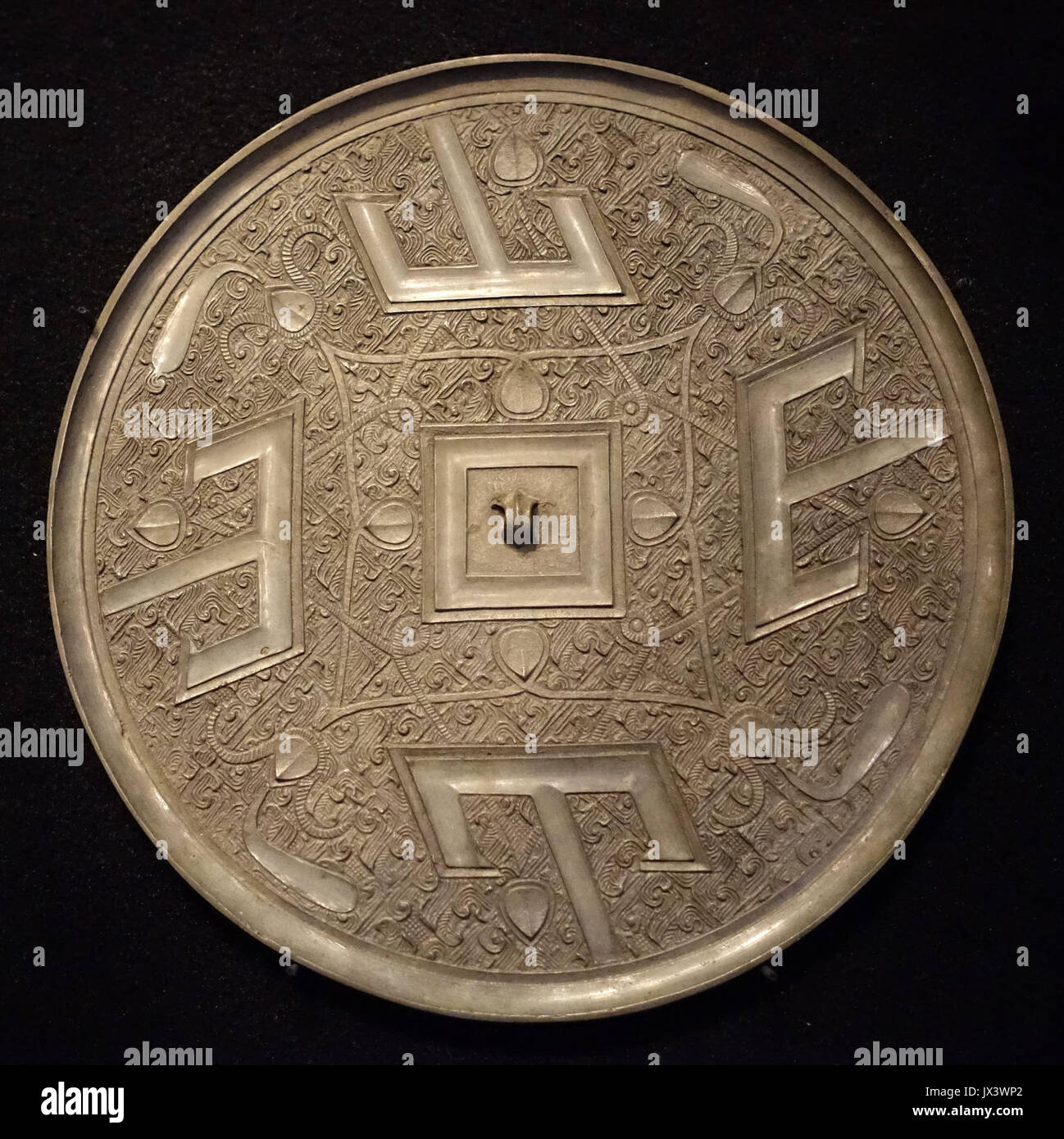 Mirror with T shaped design, China, Warring States period, 475 221 BC), bronze Hong Kong Museum of Art DSC00705 Stock Photohttps://www.alamy.com/image-license-details/?v=1https://www.alamy.com/mirror-with-t-shaped-design-china-warring-states-period-475-221-bc-image153750074.html
Mirror with T shaped design, China, Warring States period, 475 221 BC), bronze Hong Kong Museum of Art DSC00705 Stock Photohttps://www.alamy.com/image-license-details/?v=1https://www.alamy.com/mirror-with-t-shaped-design-china-warring-states-period-475-221-bc-image153750074.htmlRMJX3WP2–Mirror with T shaped design, China, Warring States period, 475 221 BC), bronze Hong Kong Museum of Art DSC00705
!['Mencius', 1922. Mencius (4th century BC) Chinese Confucian philosopher who lived during the Warring States period and travelled, teaching the belief that humans are innately good, a quality requiring cultivation and the right environment to flourish. From "Myths and Legends of China", by E. T. C. Werner. [George G. Harrap & Co. Ltd., London, Calcutta, Sydney, 1922] Stock Photo 'Mencius', 1922. Mencius (4th century BC) Chinese Confucian philosopher who lived during the Warring States period and travelled, teaching the belief that humans are innately good, a quality requiring cultivation and the right environment to flourish. From "Myths and Legends of China", by E. T. C. Werner. [George G. Harrap & Co. Ltd., London, Calcutta, Sydney, 1922] Stock Photo](https://c8.alamy.com/comp/2AG0HM9/mencius-1922-mencius-4th-century-bc-chinese-confucian-philosopher-who-lived-during-the-warring-states-period-and-travelled-teaching-the-belief-that-humans-are-innately-good-a-quality-requiring-cultivation-and-the-right-environment-to-flourish-from-quotmyths-and-legends-of-chinaquot-by-e-t-c-werner-george-g-harrap-amp-co-ltd-london-calcutta-sydney-1922-2AG0HM9.jpg) 'Mencius', 1922. Mencius (4th century BC) Chinese Confucian philosopher who lived during the Warring States period and travelled, teaching the belief that humans are innately good, a quality requiring cultivation and the right environment to flourish. From "Myths and Legends of China", by E. T. C. Werner. [George G. Harrap & Co. Ltd., London, Calcutta, Sydney, 1922] Stock Photohttps://www.alamy.com/image-license-details/?v=1https://www.alamy.com/mencius-1922-mencius-4th-century-bc-chinese-confucian-philosopher-who-lived-during-the-warring-states-period-and-travelled-teaching-the-belief-that-humans-are-innately-good-a-quality-requiring-cultivation-and-the-right-environment-to-flourish-from-quotmyths-and-legends-of-chinaquot-by-e-t-c-werner-george-g-harrap-amp-co-ltd-london-calcutta-sydney-1922-image336845385.html
'Mencius', 1922. Mencius (4th century BC) Chinese Confucian philosopher who lived during the Warring States period and travelled, teaching the belief that humans are innately good, a quality requiring cultivation and the right environment to flourish. From "Myths and Legends of China", by E. T. C. Werner. [George G. Harrap & Co. Ltd., London, Calcutta, Sydney, 1922] Stock Photohttps://www.alamy.com/image-license-details/?v=1https://www.alamy.com/mencius-1922-mencius-4th-century-bc-chinese-confucian-philosopher-who-lived-during-the-warring-states-period-and-travelled-teaching-the-belief-that-humans-are-innately-good-a-quality-requiring-cultivation-and-the-right-environment-to-flourish-from-quotmyths-and-legends-of-chinaquot-by-e-t-c-werner-george-g-harrap-amp-co-ltd-london-calcutta-sydney-1922-image336845385.htmlRM2AG0HM9–'Mencius', 1922. Mencius (4th century BC) Chinese Confucian philosopher who lived during the Warring States period and travelled, teaching the belief that humans are innately good, a quality requiring cultivation and the right environment to flourish. From "Myths and Legends of China", by E. T. C. Werner. [George G. Harrap & Co. Ltd., London, Calcutta, Sydney, 1922]
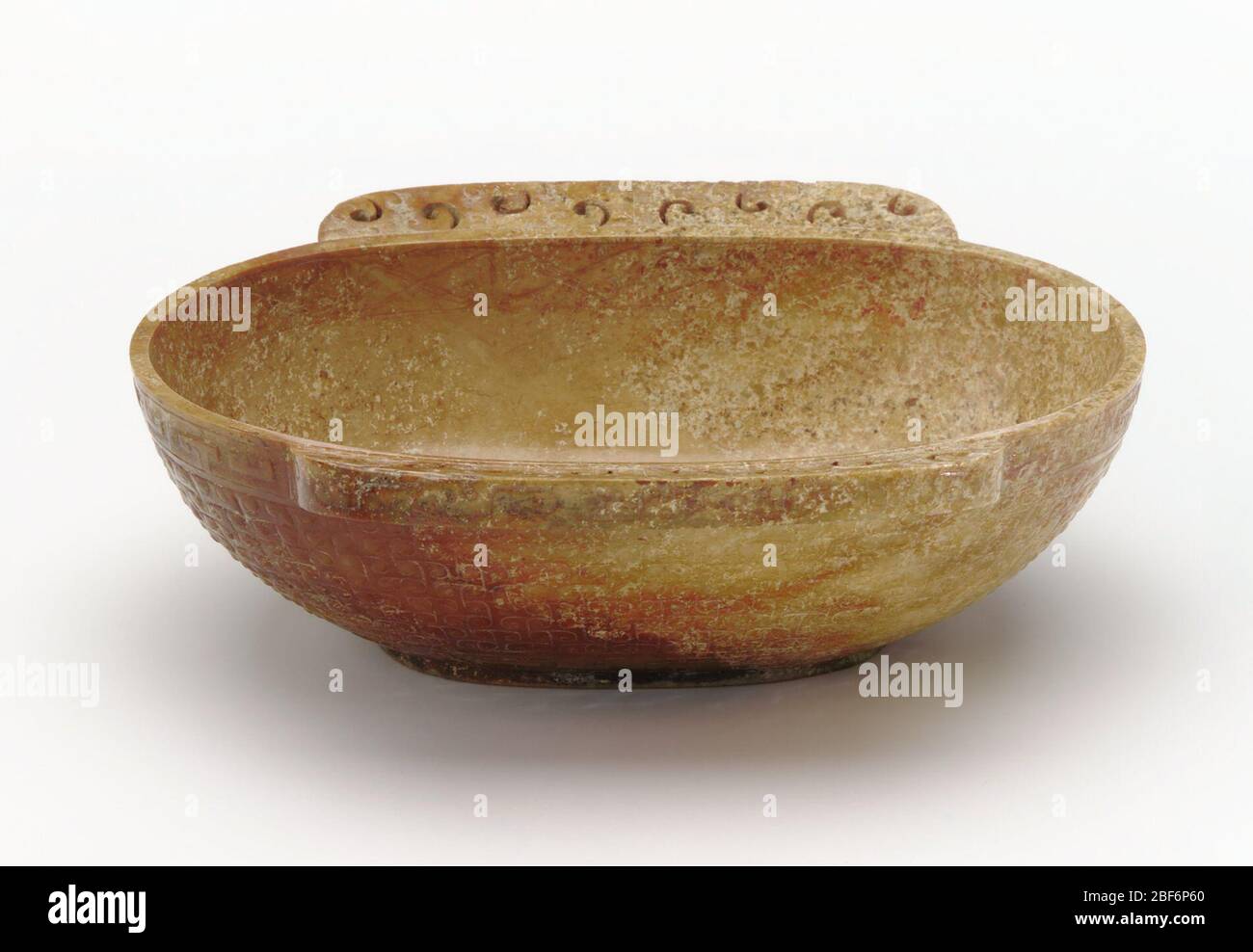 ; China; 475-221 B.C.E.; Jade (nephrite); H x W x D: 4.5 x 13.2 x 10.6 cm (1 3/4 x 5 3/16 x 4 3/16 in); Purchase Stock Photohttps://www.alamy.com/image-license-details/?v=1https://www.alamy.com/china-475-221-bce-jade-nephrite-h-x-w-x-d-45-x-132-x-106-cm-1-34-x-5-316-x-4-316-in-purchase-image353576328.html
; China; 475-221 B.C.E.; Jade (nephrite); H x W x D: 4.5 x 13.2 x 10.6 cm (1 3/4 x 5 3/16 x 4 3/16 in); Purchase Stock Photohttps://www.alamy.com/image-license-details/?v=1https://www.alamy.com/china-475-221-bce-jade-nephrite-h-x-w-x-d-45-x-132-x-106-cm-1-34-x-5-316-x-4-316-in-purchase-image353576328.htmlRM2BF6P60–; China; 475-221 B.C.E.; Jade (nephrite); H x W x D: 4.5 x 13.2 x 10.6 cm (1 3/4 x 5 3/16 x 4 3/16 in); Purchase
 View of ancient tombs of the late Warring States Period unearthed at a construction site in the campus of Sias International University in Xinzheng ci Stock Photohttps://www.alamy.com/image-license-details/?v=1https://www.alamy.com/view-of-ancient-tombs-of-the-late-warring-states-period-unearthed-at-a-construction-site-in-the-campus-of-sias-international-university-in-xinzheng-ci-image263671759.html
View of ancient tombs of the late Warring States Period unearthed at a construction site in the campus of Sias International University in Xinzheng ci Stock Photohttps://www.alamy.com/image-license-details/?v=1https://www.alamy.com/view-of-ancient-tombs-of-the-late-warring-states-period-unearthed-at-a-construction-site-in-the-campus-of-sias-international-university-in-xinzheng-ci-image263671759.htmlRMW8Y80F–View of ancient tombs of the late Warring States Period unearthed at a construction site in the campus of Sias International University in Xinzheng ci
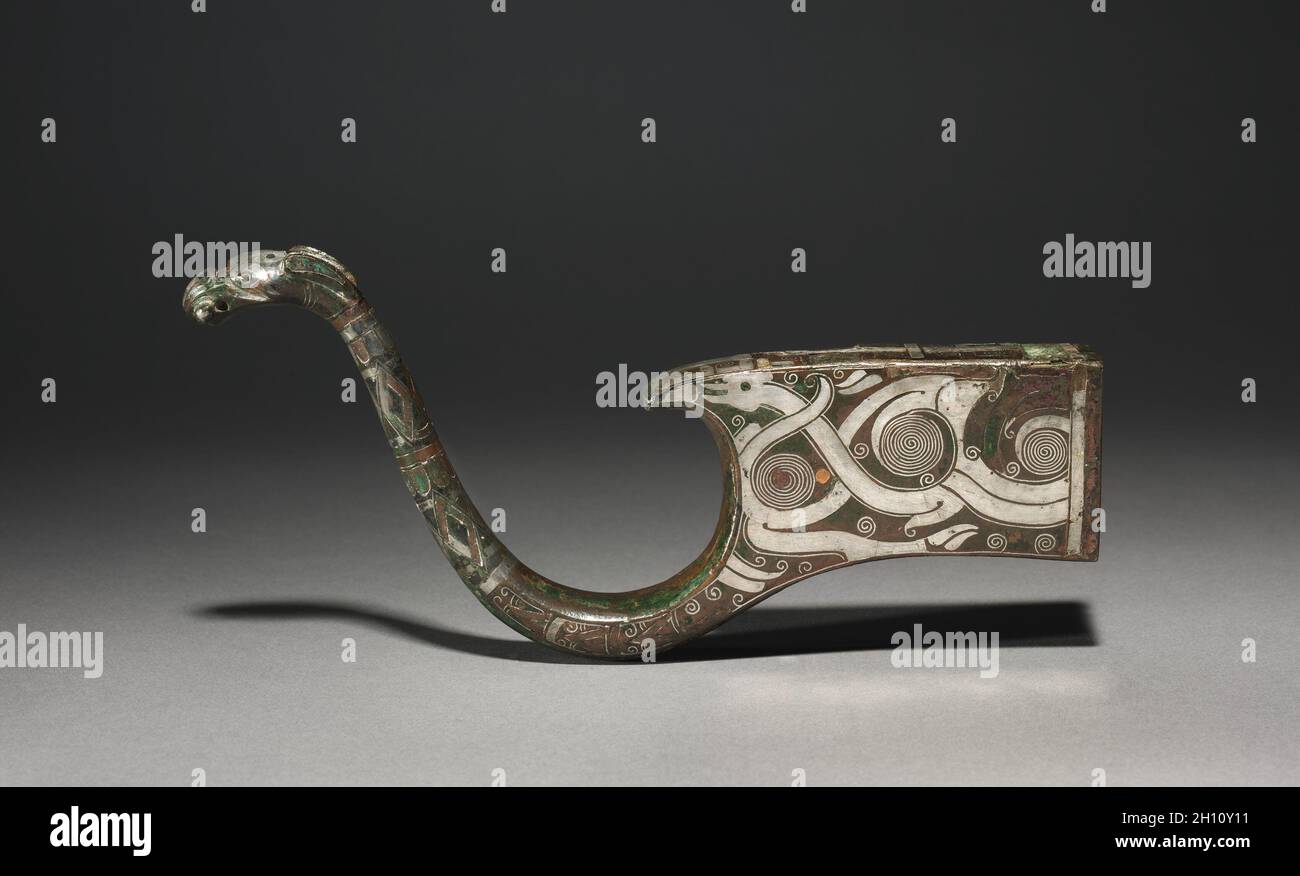 Crossbow Support, 300-200 BC. China, Late Warring States period (475-221 BC). Bronze inlaid with silver; overall: 21.8 cm (8 9/16 in.). Stock Photohttps://www.alamy.com/image-license-details/?v=1https://www.alamy.com/crossbow-support-300-200-bc-china-late-warring-states-period-475-221-bc-bronze-inlaid-with-silver-overall-218-cm-8-916-in-image448105421.html
Crossbow Support, 300-200 BC. China, Late Warring States period (475-221 BC). Bronze inlaid with silver; overall: 21.8 cm (8 9/16 in.). Stock Photohttps://www.alamy.com/image-license-details/?v=1https://www.alamy.com/crossbow-support-300-200-bc-china-late-warring-states-period-475-221-bc-bronze-inlaid-with-silver-overall-218-cm-8-916-in-image448105421.htmlRM2H10Y11–Crossbow Support, 300-200 BC. China, Late Warring States period (475-221 BC). Bronze inlaid with silver; overall: 21.8 cm (8 9/16 in.).
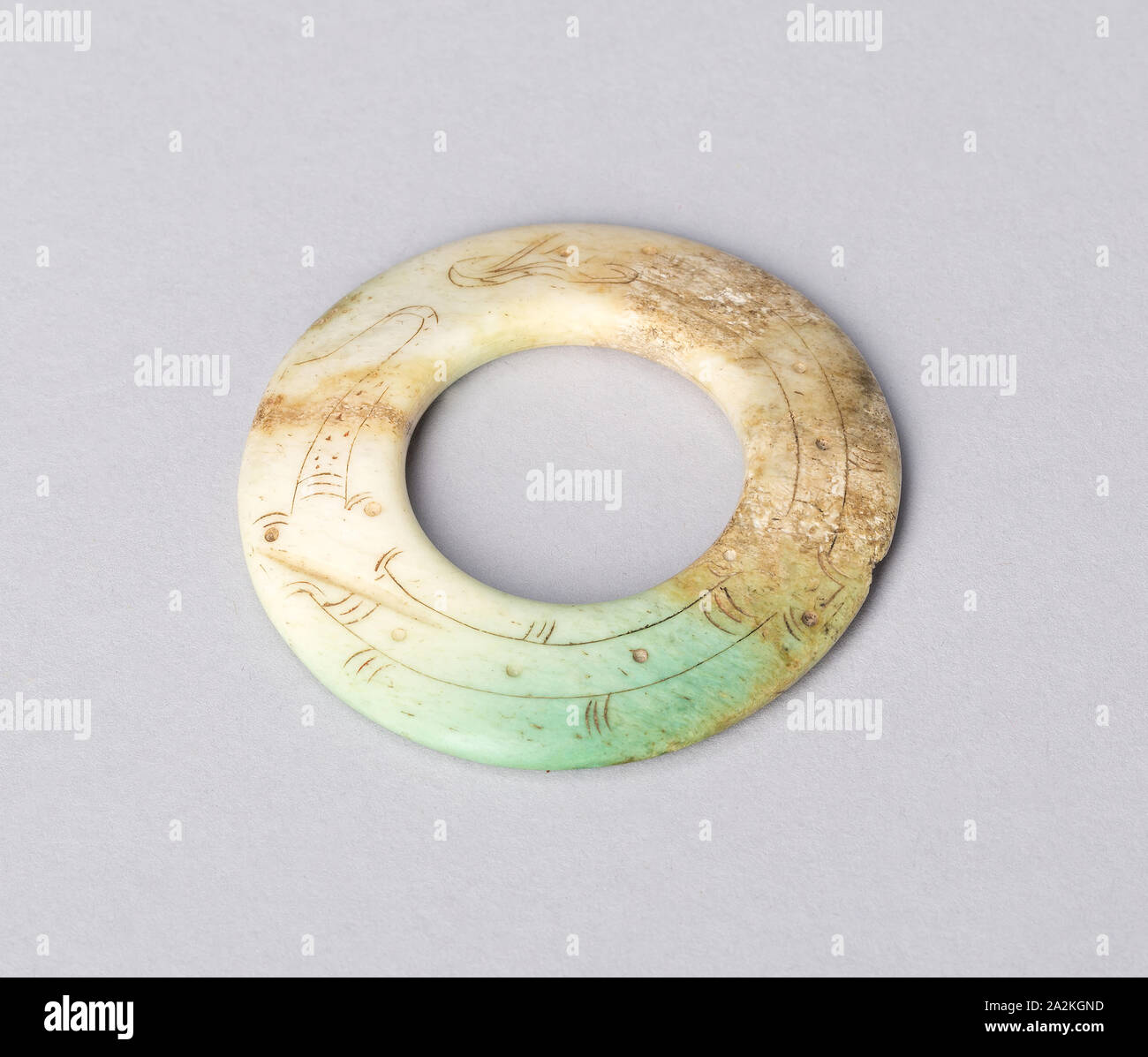 Ring with Dragon, Eastern Zhou dynasty, Warring States period (480–221 B.C.), China, Bone with incised decoration, Diam. 3 cm Stock Photohttps://www.alamy.com/image-license-details/?v=1https://www.alamy.com/ring-with-dragon-eastern-zhou-dynasty-warring-states-period-480221-bc-china-bone-with-incised-decoration-diam-3-cm-image328656537.html
Ring with Dragon, Eastern Zhou dynasty, Warring States period (480–221 B.C.), China, Bone with incised decoration, Diam. 3 cm Stock Photohttps://www.alamy.com/image-license-details/?v=1https://www.alamy.com/ring-with-dragon-eastern-zhou-dynasty-warring-states-period-480221-bc-china-bone-with-incised-decoration-diam-3-cm-image328656537.htmlRM2A2KGND–Ring with Dragon, Eastern Zhou dynasty, Warring States period (480–221 B.C.), China, Bone with incised decoration, Diam. 3 cm
 A Chinese bronze sword, Warring States period, Double-edged blade with double fullers on both sides and massive inserted medial ridge, slightly tapering towards the point. Ridged blade mounting, the grip segmented by two girdles, disk-shaped pommel. Fine patina. Length 54 cm. Cf. C.H. Wang Collection, Shang and Zhou Chinese Bronze Weaponry, Taiwan, 1983. Provenance: Hermann Historica, auction 46, lot 766. China, Chinese, historic, historical ancient world, Additional-Rights-Clearance-Info-Not-Available Stock Photohttps://www.alamy.com/image-license-details/?v=1https://www.alamy.com/a-chinese-bronze-sword-warring-states-period-double-edged-blade-with-double-fullers-on-both-sides-and-massive-inserted-medial-ridge-slightly-tapering-towards-the-point-ridged-blade-mounting-the-grip-segmented-by-two-girdles-disk-shaped-pommel-fine-patina-length-54-cm-cf-ch-wang-collection-shang-and-zhou-chinese-bronze-weaponry-taiwan-1983-provenance-hermann-historica-auction-46-lot-766-china-chinese-historic-historical-ancient-world-additional-rights-clearance-info-not-available-image247740826.html
A Chinese bronze sword, Warring States period, Double-edged blade with double fullers on both sides and massive inserted medial ridge, slightly tapering towards the point. Ridged blade mounting, the grip segmented by two girdles, disk-shaped pommel. Fine patina. Length 54 cm. Cf. C.H. Wang Collection, Shang and Zhou Chinese Bronze Weaponry, Taiwan, 1983. Provenance: Hermann Historica, auction 46, lot 766. China, Chinese, historic, historical ancient world, Additional-Rights-Clearance-Info-Not-Available Stock Photohttps://www.alamy.com/image-license-details/?v=1https://www.alamy.com/a-chinese-bronze-sword-warring-states-period-double-edged-blade-with-double-fullers-on-both-sides-and-massive-inserted-medial-ridge-slightly-tapering-towards-the-point-ridged-blade-mounting-the-grip-segmented-by-two-girdles-disk-shaped-pommel-fine-patina-length-54-cm-cf-ch-wang-collection-shang-and-zhou-chinese-bronze-weaponry-taiwan-1983-provenance-hermann-historica-auction-46-lot-766-china-chinese-historic-historical-ancient-world-additional-rights-clearance-info-not-available-image247740826.htmlRMTB1FXJ–A Chinese bronze sword, Warring States period, Double-edged blade with double fullers on both sides and massive inserted medial ridge, slightly tapering towards the point. Ridged blade mounting, the grip segmented by two girdles, disk-shaped pommel. Fine patina. Length 54 cm. Cf. C.H. Wang Collection, Shang and Zhou Chinese Bronze Weaponry, Taiwan, 1983. Provenance: Hermann Historica, auction 46, lot 766. China, Chinese, historic, historical ancient world, Additional-Rights-Clearance-Info-Not-Available
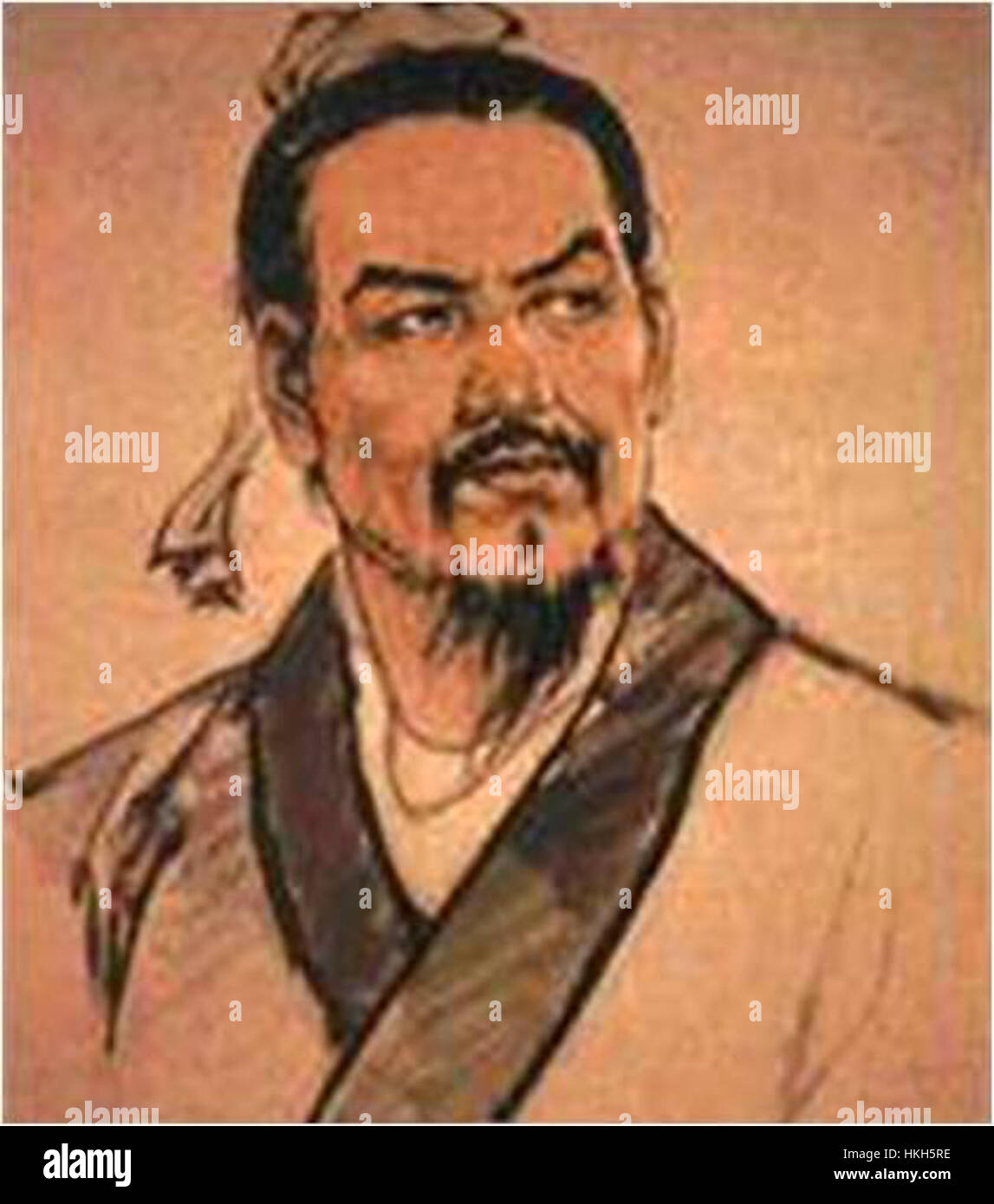 The portrait of Han Fei, an influential philosopher of the Warring States period in China, showcases his scholarly demeanor. Han Fei was a key figure in the development of Legalism, an important school of thought in Chinese philosophy, which emphasizes strict laws and centralized control. Stock Photohttps://www.alamy.com/image-license-details/?v=1https://www.alamy.com/stock-photo-the-portrait-of-han-fei-an-influential-philosopher-of-the-warring-132528802.html
The portrait of Han Fei, an influential philosopher of the Warring States period in China, showcases his scholarly demeanor. Han Fei was a key figure in the development of Legalism, an important school of thought in Chinese philosophy, which emphasizes strict laws and centralized control. Stock Photohttps://www.alamy.com/image-license-details/?v=1https://www.alamy.com/stock-photo-the-portrait-of-han-fei-an-influential-philosopher-of-the-warring-132528802.htmlRMHKH5RE–The portrait of Han Fei, an influential philosopher of the Warring States period in China, showcases his scholarly demeanor. Han Fei was a key figure in the development of Legalism, an important school of thought in Chinese philosophy, which emphasizes strict laws and centralized control.
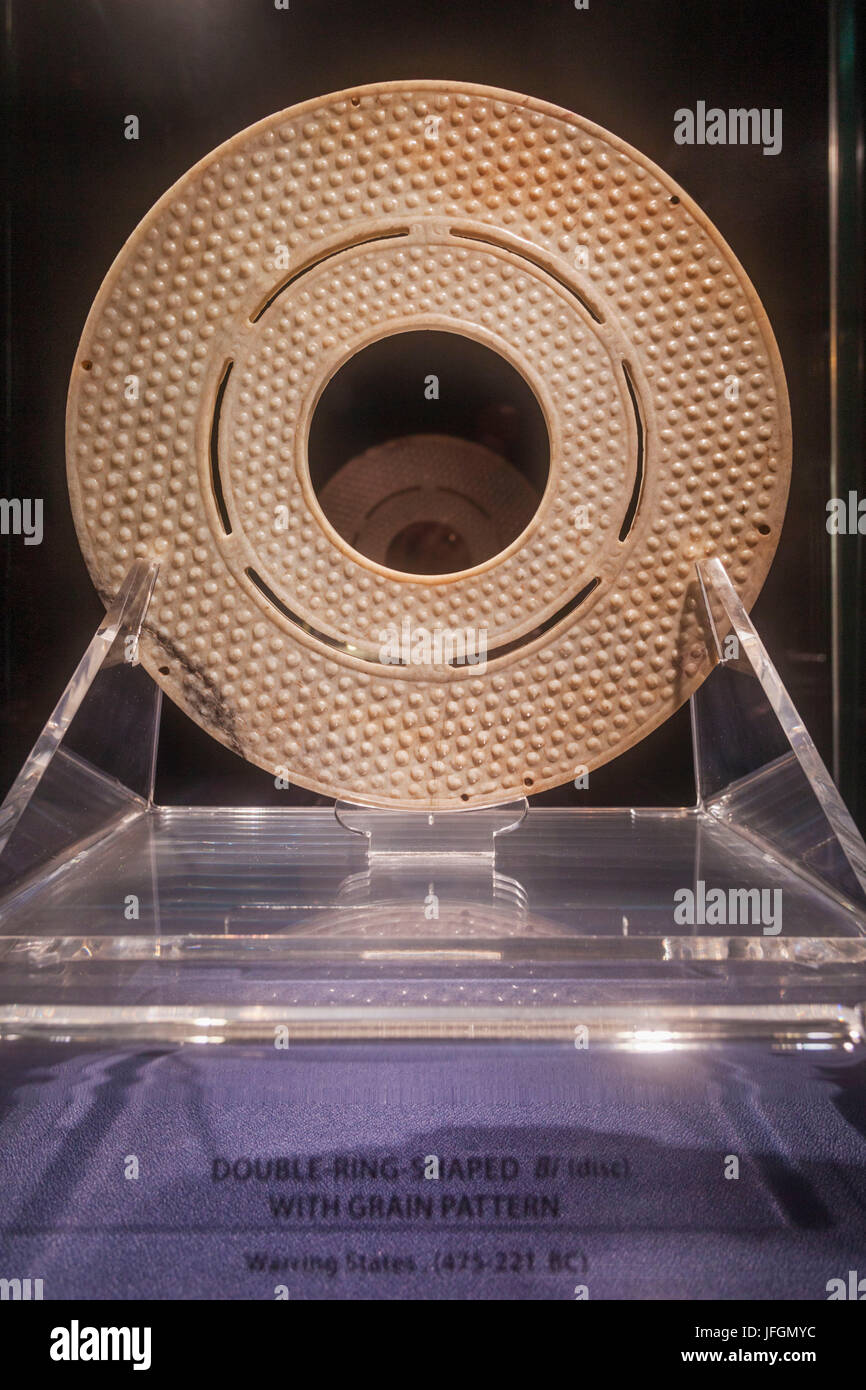 China, Shanghai, Shanghai Museum, Jade Bi Disc from the Warring States Period (475-221 BC) Stock Photohttps://www.alamy.com/image-license-details/?v=1https://www.alamy.com/stock-photo-china-shanghai-shanghai-museum-jade-bi-disc-from-the-warring-states-147270464.html
China, Shanghai, Shanghai Museum, Jade Bi Disc from the Warring States Period (475-221 BC) Stock Photohttps://www.alamy.com/image-license-details/?v=1https://www.alamy.com/stock-photo-china-shanghai-shanghai-museum-jade-bi-disc-from-the-warring-states-147270464.htmlRMJFGMYC–China, Shanghai, Shanghai Museum, Jade Bi Disc from the Warring States Period (475-221 BC)
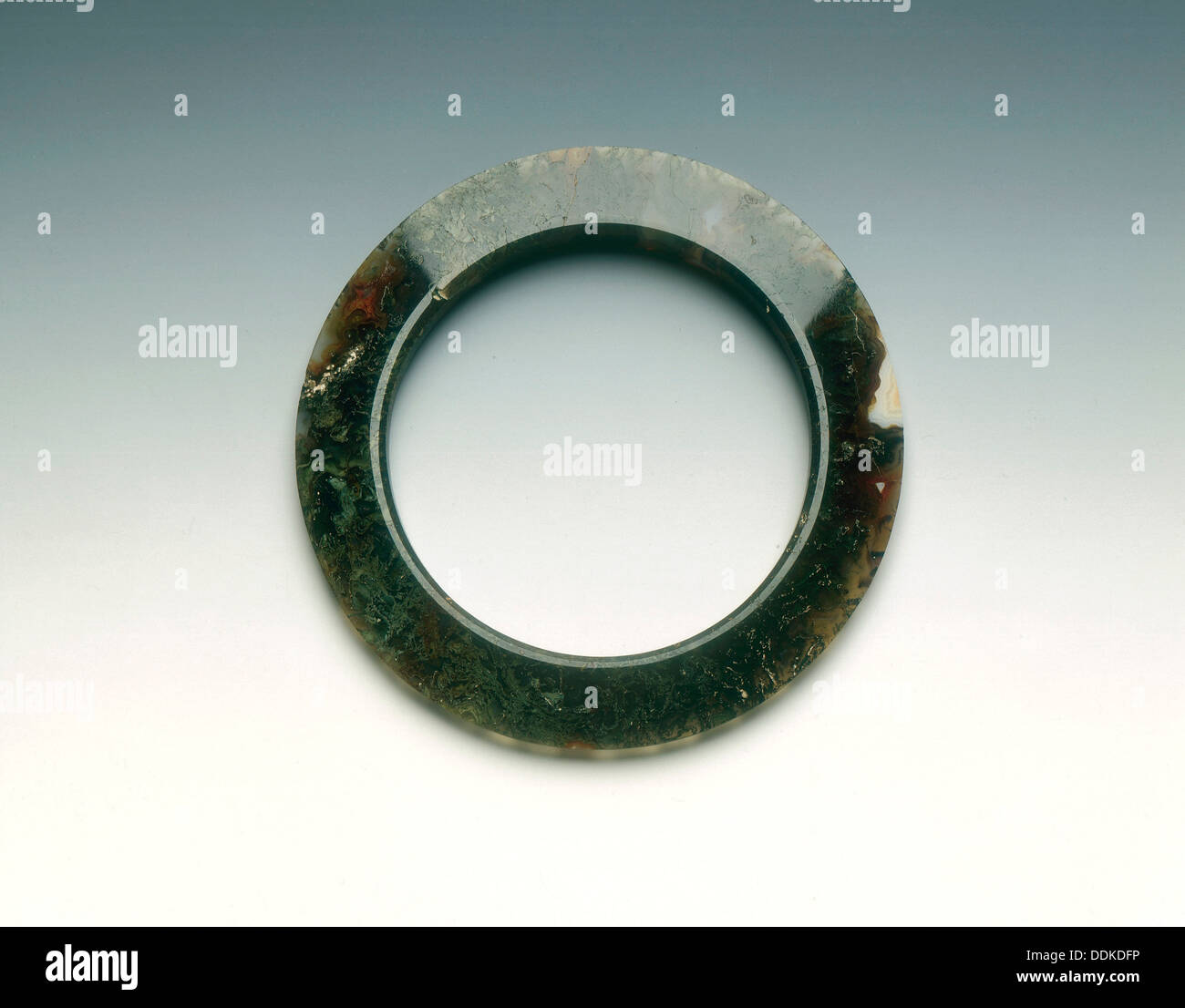 Moss-green agate pectoral ring, Warring States Period, China, 475-221 BC. Artist: Unknown Stock Photohttps://www.alamy.com/image-license-details/?v=1https://www.alamy.com/moss-green-agate-pectoral-ring-warring-states-period-china-475-221-image60049354.html
Moss-green agate pectoral ring, Warring States Period, China, 475-221 BC. Artist: Unknown Stock Photohttps://www.alamy.com/image-license-details/?v=1https://www.alamy.com/moss-green-agate-pectoral-ring-warring-states-period-china-475-221-image60049354.htmlRMDDKDFP–Moss-green agate pectoral ring, Warring States Period, China, 475-221 BC. Artist: Unknown
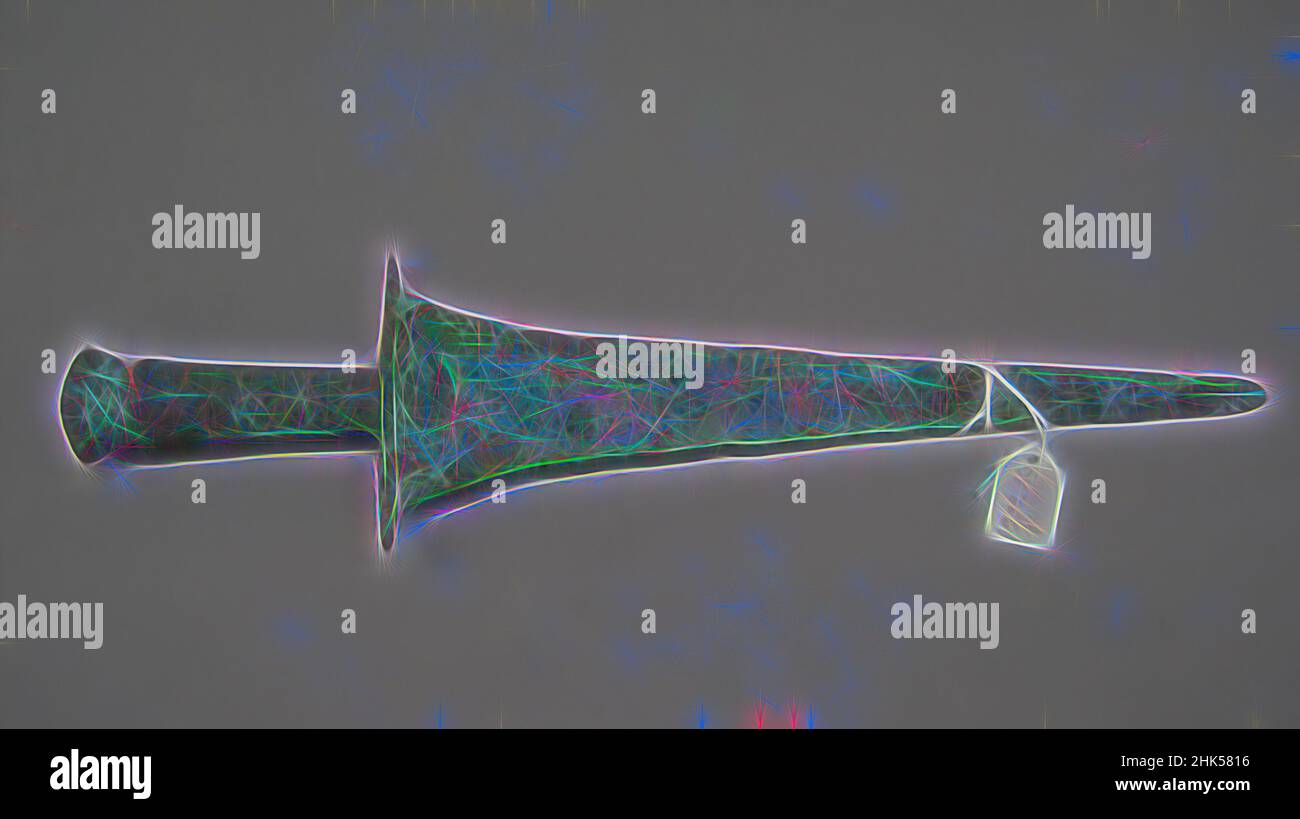 Inspired by Dagger with Figural Images on Handle, Dian, Bronze, Yunnan, China, 481-221 B.C.E., Warring States Period, 1 x 5 3/16in., 2.5 x 13.1cm, Reimagined by Artotop. Classic art reinvented with a modern twist. Design of warm cheerful glowing of brightness and light ray radiance. Photography inspired by surrealism and futurism, embracing dynamic energy of modern technology, movement, speed and revolutionize culture Stock Photohttps://www.alamy.com/image-license-details/?v=1https://www.alamy.com/inspired-by-dagger-with-figural-images-on-handle-dian-bronze-yunnan-china-481-221-bce-warring-states-period-1-x-5-316in-25-x-131cm-reimagined-by-artotop-classic-art-reinvented-with-a-modern-twist-design-of-warm-cheerful-glowing-of-brightness-and-light-ray-radiance-photography-inspired-by-surrealism-and-futurism-embracing-dynamic-energy-of-modern-technology-movement-speed-and-revolutionize-culture-image459264098.html
Inspired by Dagger with Figural Images on Handle, Dian, Bronze, Yunnan, China, 481-221 B.C.E., Warring States Period, 1 x 5 3/16in., 2.5 x 13.1cm, Reimagined by Artotop. Classic art reinvented with a modern twist. Design of warm cheerful glowing of brightness and light ray radiance. Photography inspired by surrealism and futurism, embracing dynamic energy of modern technology, movement, speed and revolutionize culture Stock Photohttps://www.alamy.com/image-license-details/?v=1https://www.alamy.com/inspired-by-dagger-with-figural-images-on-handle-dian-bronze-yunnan-china-481-221-bce-warring-states-period-1-x-5-316in-25-x-131cm-reimagined-by-artotop-classic-art-reinvented-with-a-modern-twist-design-of-warm-cheerful-glowing-of-brightness-and-light-ray-radiance-photography-inspired-by-surrealism-and-futurism-embracing-dynamic-energy-of-modern-technology-movement-speed-and-revolutionize-culture-image459264098.htmlRF2HK5816–Inspired by Dagger with Figural Images on Handle, Dian, Bronze, Yunnan, China, 481-221 B.C.E., Warring States Period, 1 x 5 3/16in., 2.5 x 13.1cm, Reimagined by Artotop. Classic art reinvented with a modern twist. Design of warm cheerful glowing of brightness and light ray radiance. Photography inspired by surrealism and futurism, embracing dynamic energy of modern technology, movement, speed and revolutionize culture
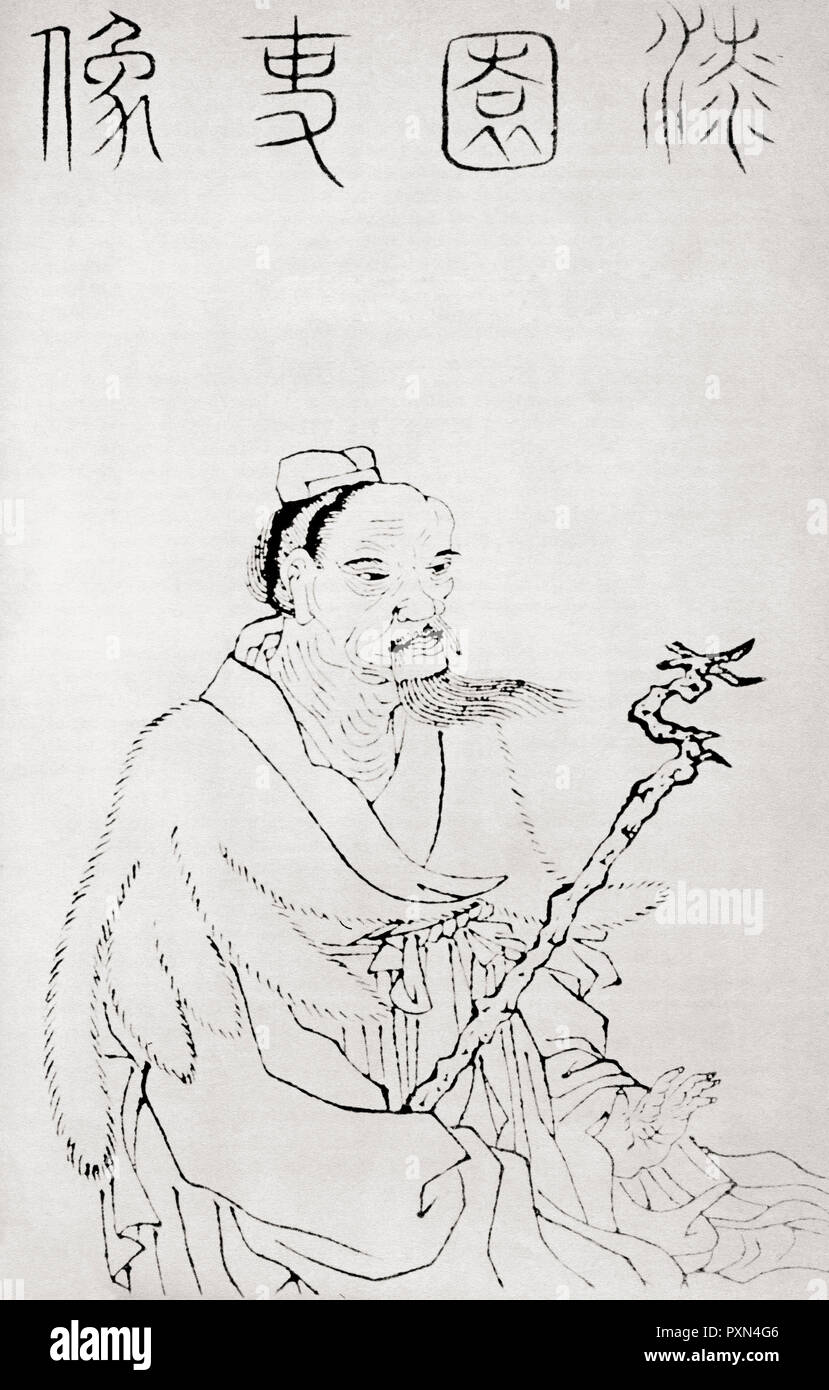 Zhuang Zhou, aka Zhuangzi or Chuang Tzu, c. 369 - c. 286 BC. Chinese philosopher. Stock Photohttps://www.alamy.com/image-license-details/?v=1https://www.alamy.com/zhuang-zhou-aka-zhuangzi-or-chuang-tzu-c-369-c-286-bc-chinese-philosopher-image222970054.html
Zhuang Zhou, aka Zhuangzi or Chuang Tzu, c. 369 - c. 286 BC. Chinese philosopher. Stock Photohttps://www.alamy.com/image-license-details/?v=1https://www.alamy.com/zhuang-zhou-aka-zhuangzi-or-chuang-tzu-c-369-c-286-bc-chinese-philosopher-image222970054.htmlRMPXN4G6–Zhuang Zhou, aka Zhuangzi or Chuang Tzu, c. 369 - c. 286 BC. Chinese philosopher.
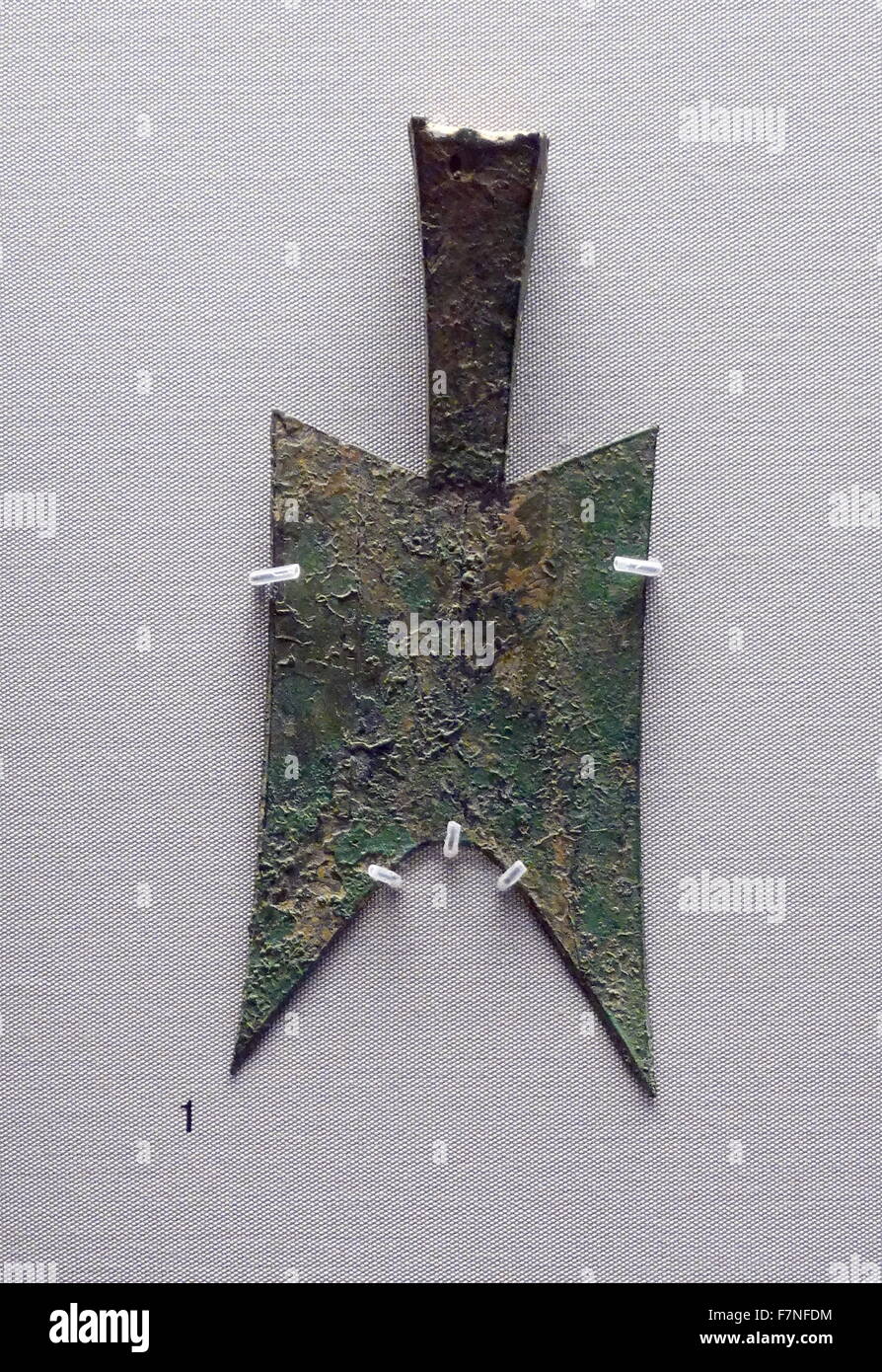 During the Warring States period (475-221 BC), the various states used different forms of spade money. The earliest money In China was shaped like tools, including spades and knives. Stock Photohttps://www.alamy.com/image-license-details/?v=1https://www.alamy.com/stock-photo-during-the-warring-states-period-475-221-bc-the-various-states-used-90827568.html
During the Warring States period (475-221 BC), the various states used different forms of spade money. The earliest money In China was shaped like tools, including spades and knives. Stock Photohttps://www.alamy.com/image-license-details/?v=1https://www.alamy.com/stock-photo-during-the-warring-states-period-475-221-bc-the-various-states-used-90827568.htmlRMF7NFDM–During the Warring States period (475-221 BC), the various states used different forms of spade money. The earliest money In China was shaped like tools, including spades and knives.
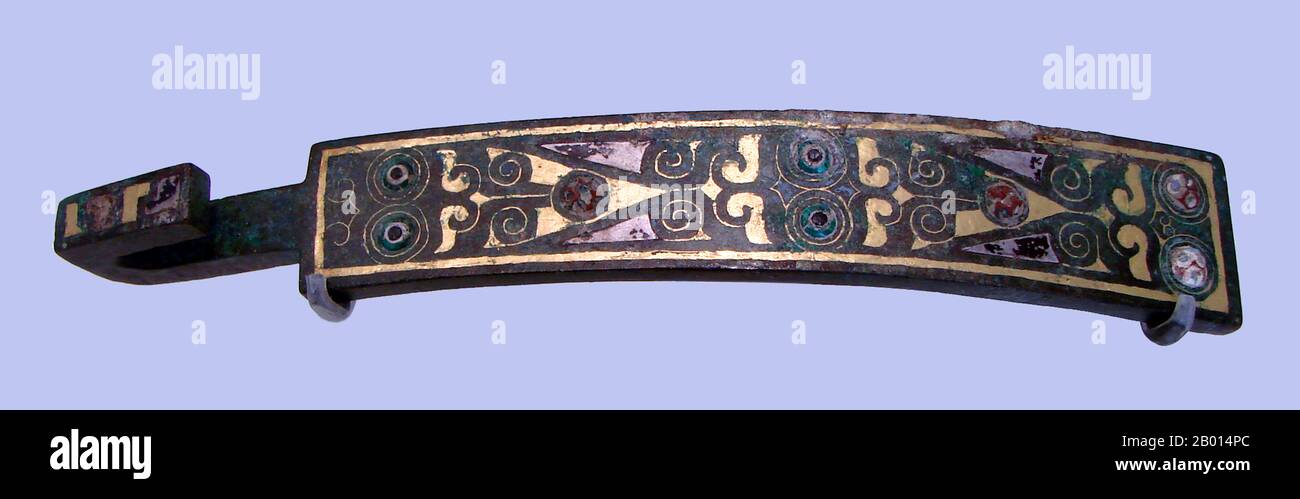 China: A belt hook inlaid with gold and silver, c. 2nd century BCE. A belt hook inlaid with gold and silver, from either the late Warring States Period (403–221 BCE) or early Western Han Dynasty (208 BCE-8 CE). Stock Photohttps://www.alamy.com/image-license-details/?v=1https://www.alamy.com/china-a-belt-hook-inlaid-with-gold-and-silver-c-2nd-century-bce-a-belt-hook-inlaid-with-gold-and-silver-from-either-the-late-warring-states-period-403221-bce-or-early-western-han-dynasty-208-bce-8-ce-image344233076.html
China: A belt hook inlaid with gold and silver, c. 2nd century BCE. A belt hook inlaid with gold and silver, from either the late Warring States Period (403–221 BCE) or early Western Han Dynasty (208 BCE-8 CE). Stock Photohttps://www.alamy.com/image-license-details/?v=1https://www.alamy.com/china-a-belt-hook-inlaid-with-gold-and-silver-c-2nd-century-bce-a-belt-hook-inlaid-with-gold-and-silver-from-either-the-late-warring-states-period-403221-bce-or-early-western-han-dynasty-208-bce-8-ce-image344233076.htmlRM2B014PC–China: A belt hook inlaid with gold and silver, c. 2nd century BCE. A belt hook inlaid with gold and silver, from either the late Warring States Period (403–221 BCE) or early Western Han Dynasty (208 BCE-8 CE).
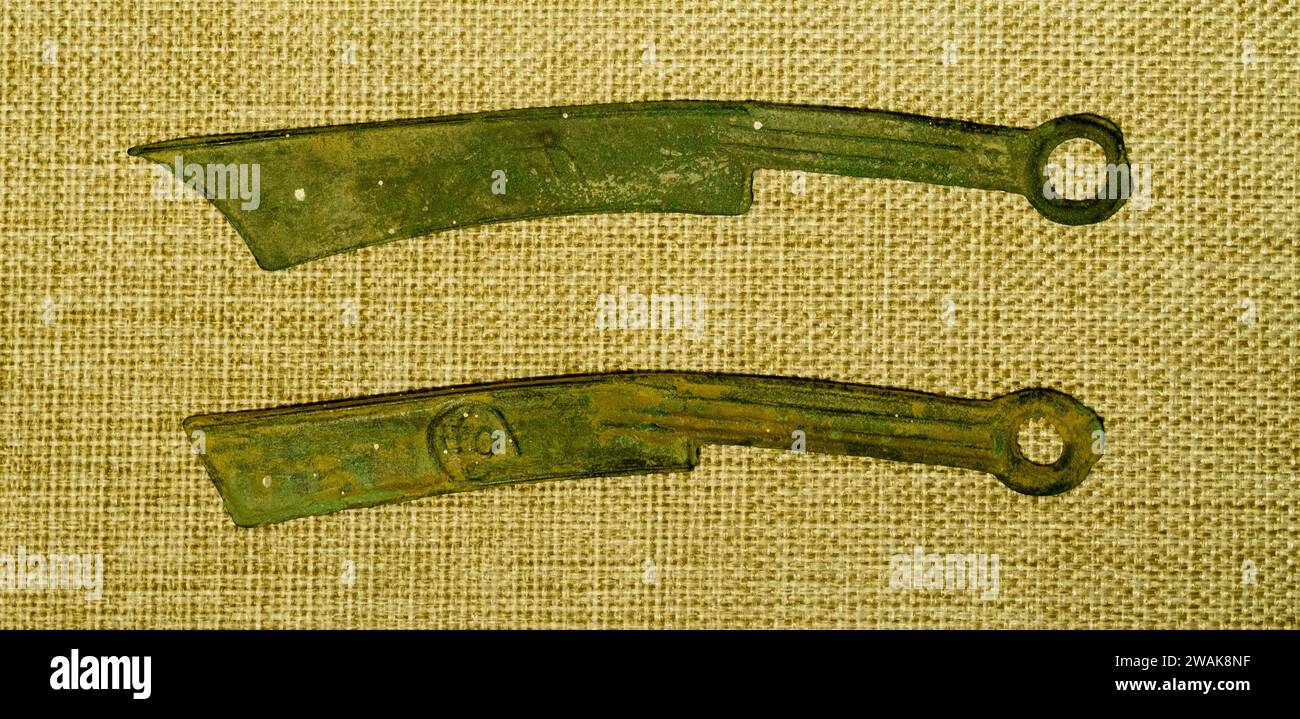 Knife coins in Warring States Period(475–221 BCE). Stock Photohttps://www.alamy.com/image-license-details/?v=1https://www.alamy.com/knife-coins-in-warring-states-period475221-bce-image591723035.html
Knife coins in Warring States Period(475–221 BCE). Stock Photohttps://www.alamy.com/image-license-details/?v=1https://www.alamy.com/knife-coins-in-warring-states-period475221-bce-image591723035.htmlRM2WAK8NF–Knife coins in Warring States Period(475–221 BCE).
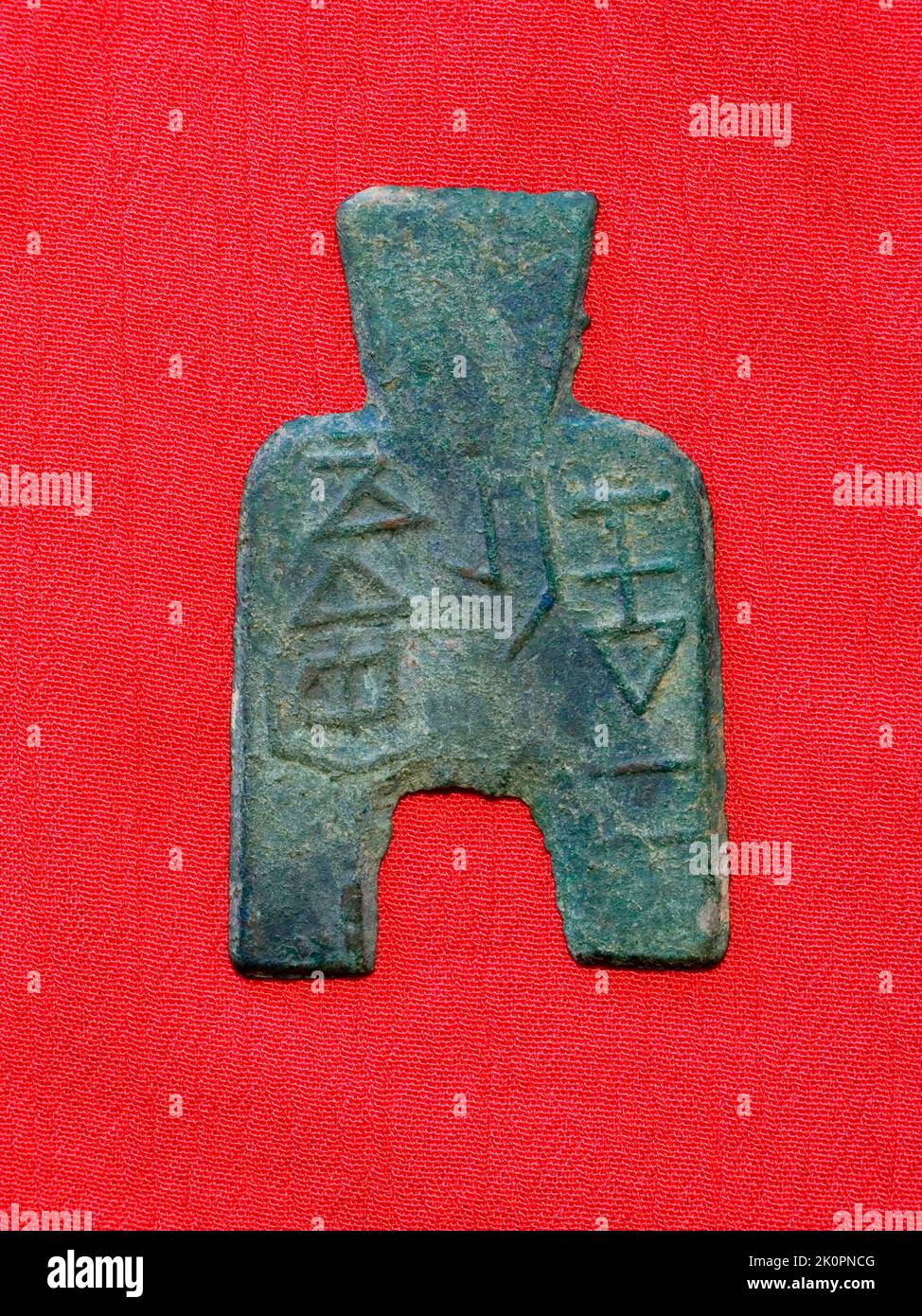 Chinese Warring States period Spade Coin Stock Photohttps://www.alamy.com/image-license-details/?v=1https://www.alamy.com/chinese-warring-states-period-spade-coin-image482390064.html
Chinese Warring States period Spade Coin Stock Photohttps://www.alamy.com/image-license-details/?v=1https://www.alamy.com/chinese-warring-states-period-spade-coin-image482390064.htmlRM2K0PNCG–Chinese Warring States period Spade Coin
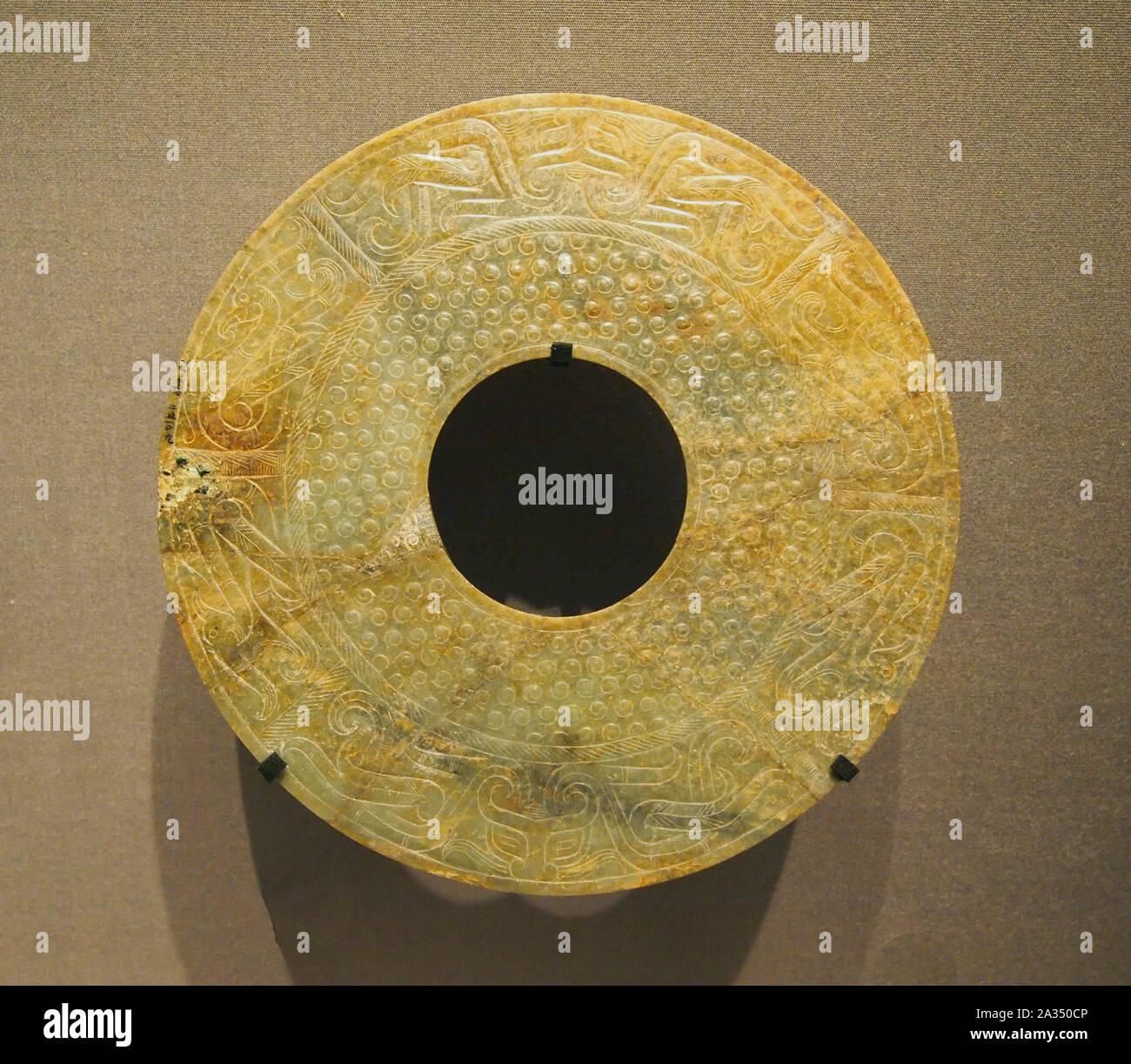 Jade Bi Ornament, Dragon designs. Warring States period-Western Han dinasty, 4th century BC. China Stock Photohttps://www.alamy.com/image-license-details/?v=1https://www.alamy.com/jade-bi-ornament-dragon-designs-warring-states-period-western-han-dinasty-4th-century-bc-china-image328951078.html
Jade Bi Ornament, Dragon designs. Warring States period-Western Han dinasty, 4th century BC. China Stock Photohttps://www.alamy.com/image-license-details/?v=1https://www.alamy.com/jade-bi-ornament-dragon-designs-warring-states-period-western-han-dinasty-4th-century-bc-china-image328951078.htmlRF2A350CP–Jade Bi Ornament, Dragon designs. Warring States period-Western Han dinasty, 4th century BC. China
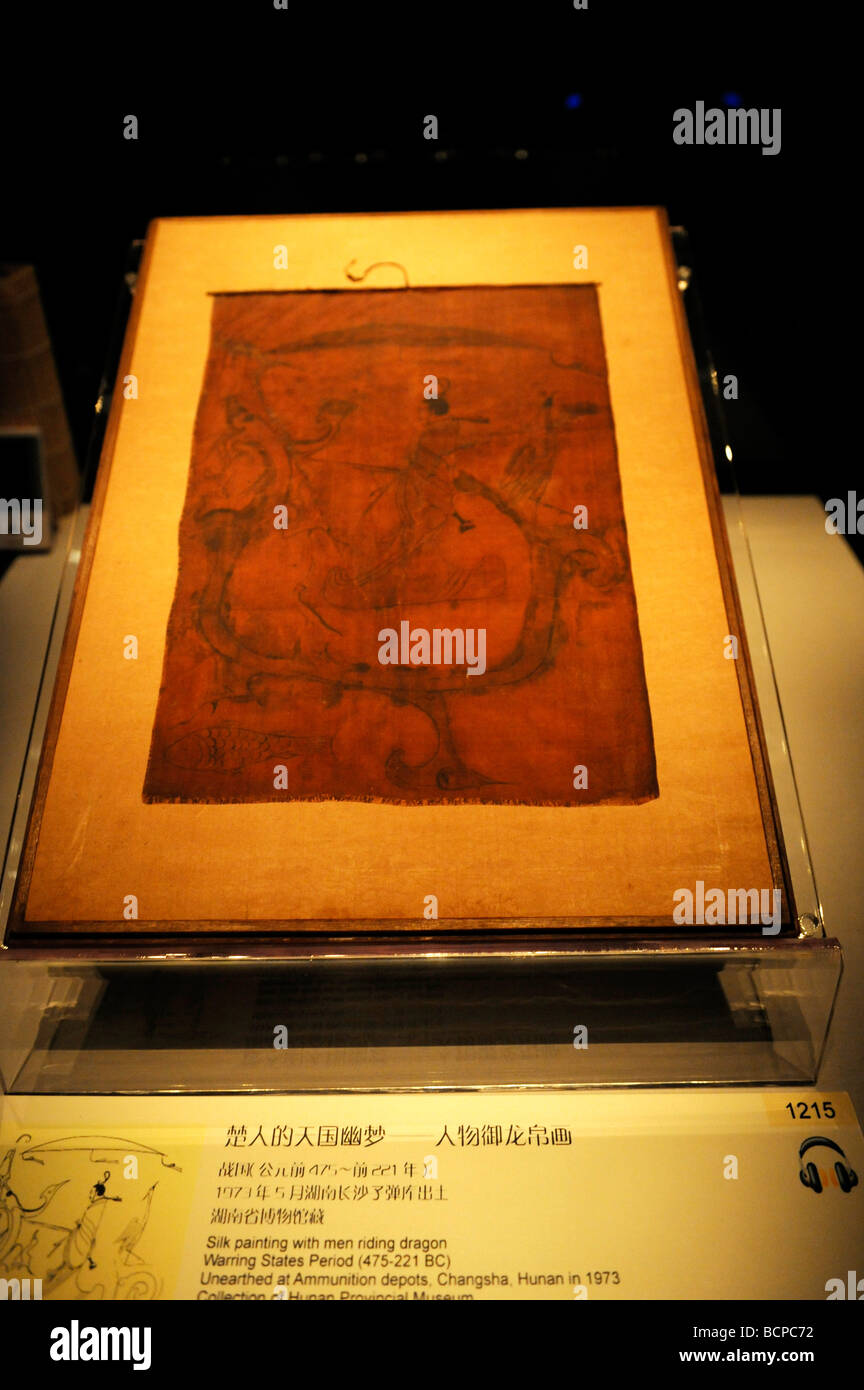 Silk painting with man riding dragon to go to heaven, The Warring States Period, Capital Museum, Beijing, China Stock Photohttps://www.alamy.com/image-license-details/?v=1https://www.alamy.com/stock-photo-silk-painting-with-man-riding-dragon-to-go-to-heaven-the-warring-states-25078790.html
Silk painting with man riding dragon to go to heaven, The Warring States Period, Capital Museum, Beijing, China Stock Photohttps://www.alamy.com/image-license-details/?v=1https://www.alamy.com/stock-photo-silk-painting-with-man-riding-dragon-to-go-to-heaven-the-warring-states-25078790.htmlRMBCPC72–Silk painting with man riding dragon to go to heaven, The Warring States Period, Capital Museum, Beijing, China
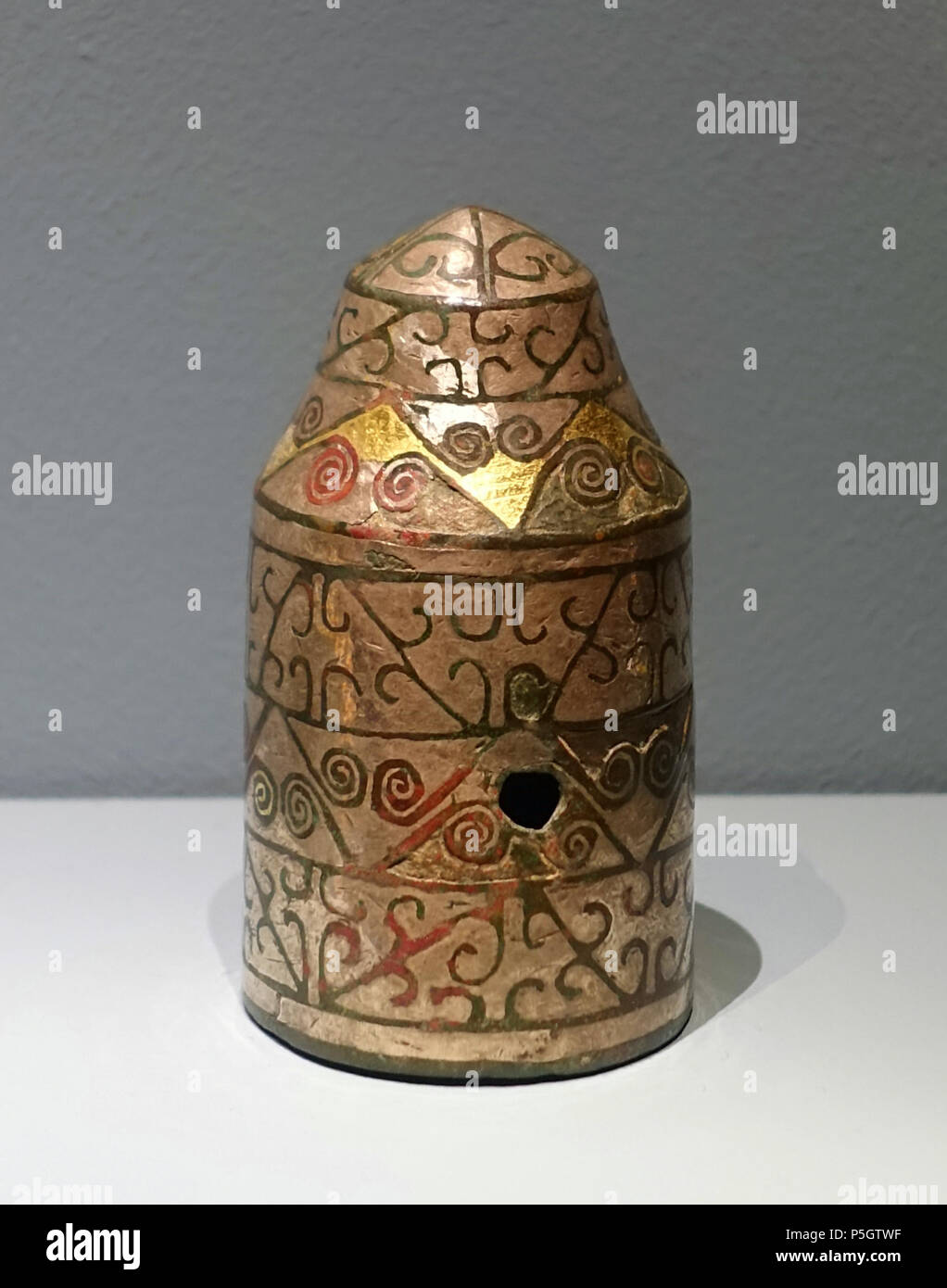 N/A. English: Exhibit in the Middlebury College Museum of Art - Middlebury, Vermont, USA. 4 March 2017, 15:47:16. Daderot 324 Chariot wheel cap, China, Warring States period, 475-221 BC, bronze inlaid with silver and gold - Middlebury College Museum of Art - Middlebury, VT - DSC08217 Stock Photohttps://www.alamy.com/image-license-details/?v=1https://www.alamy.com/na-english-exhibit-in-the-middlebury-college-museum-of-art-middlebury-vermont-usa-4-march-2017-154716-daderot-324-chariot-wheel-cap-china-warring-states-period-475-221-bc-bronze-inlaid-with-silver-and-gold-middlebury-college-museum-of-art-middlebury-vt-dsc08217-image209968459.html
N/A. English: Exhibit in the Middlebury College Museum of Art - Middlebury, Vermont, USA. 4 March 2017, 15:47:16. Daderot 324 Chariot wheel cap, China, Warring States period, 475-221 BC, bronze inlaid with silver and gold - Middlebury College Museum of Art - Middlebury, VT - DSC08217 Stock Photohttps://www.alamy.com/image-license-details/?v=1https://www.alamy.com/na-english-exhibit-in-the-middlebury-college-museum-of-art-middlebury-vermont-usa-4-march-2017-154716-daderot-324-chariot-wheel-cap-china-warring-states-period-475-221-bc-bronze-inlaid-with-silver-and-gold-middlebury-college-museum-of-art-middlebury-vt-dsc08217-image209968459.htmlRMP5GTWF–N/A. English: Exhibit in the Middlebury College Museum of Art - Middlebury, Vermont, USA. 4 March 2017, 15:47:16. Daderot 324 Chariot wheel cap, China, Warring States period, 475-221 BC, bronze inlaid with silver and gold - Middlebury College Museum of Art - Middlebury, VT - DSC08217
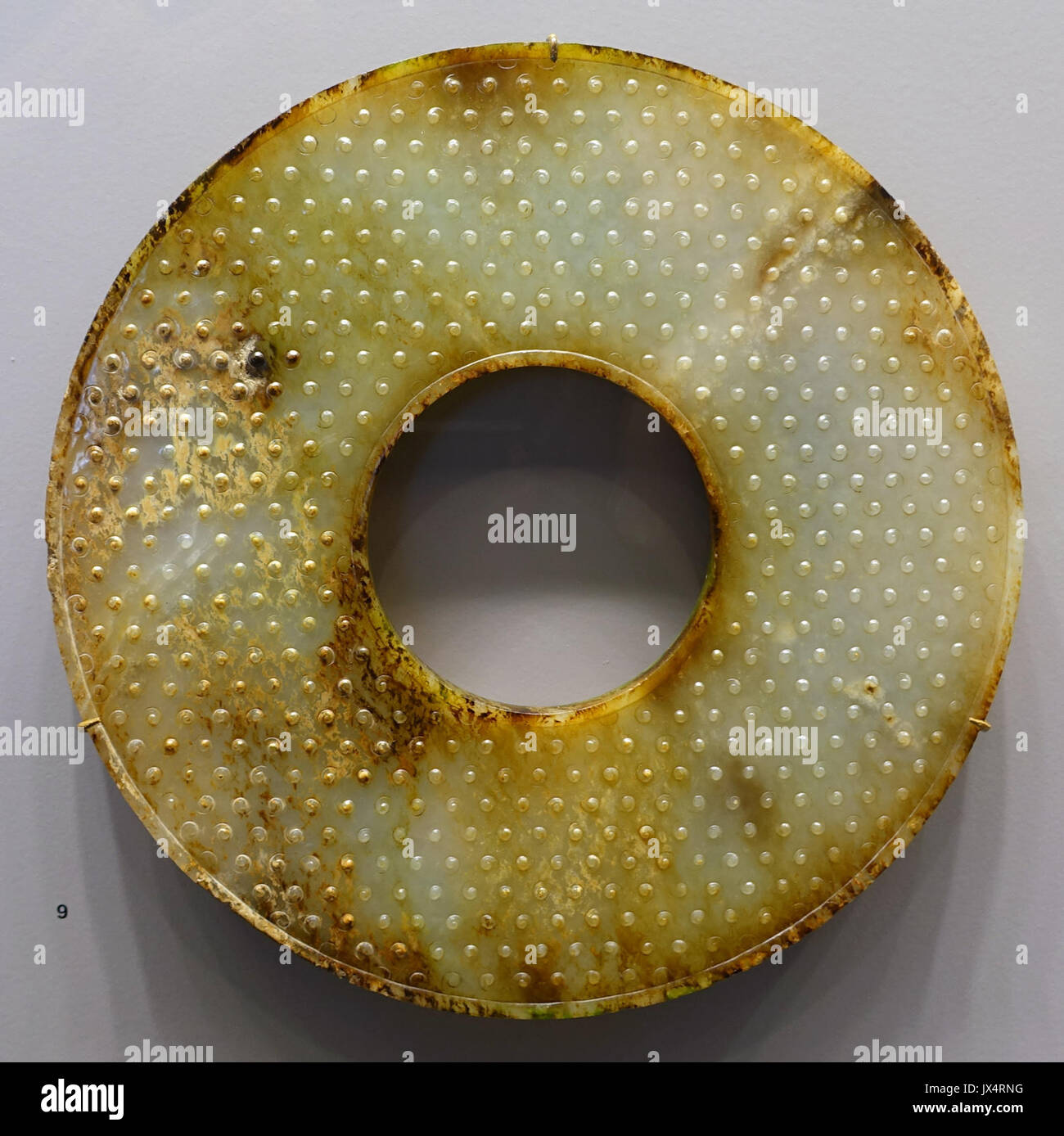 Large disk, China, Warring States period, 5th 4th century BC, nephrite Arthur M Sackler Museum, Harvard University DSC00758 Stock Photohttps://www.alamy.com/image-license-details/?v=1https://www.alamy.com/large-disk-china-warring-states-period-5th-4th-century-bc-nephrite-image153770444.html
Large disk, China, Warring States period, 5th 4th century BC, nephrite Arthur M Sackler Museum, Harvard University DSC00758 Stock Photohttps://www.alamy.com/image-license-details/?v=1https://www.alamy.com/large-disk-china-warring-states-period-5th-4th-century-bc-nephrite-image153770444.htmlRMJX4RNG–Large disk, China, Warring States period, 5th 4th century BC, nephrite Arthur M Sackler Museum, Harvard University DSC00758
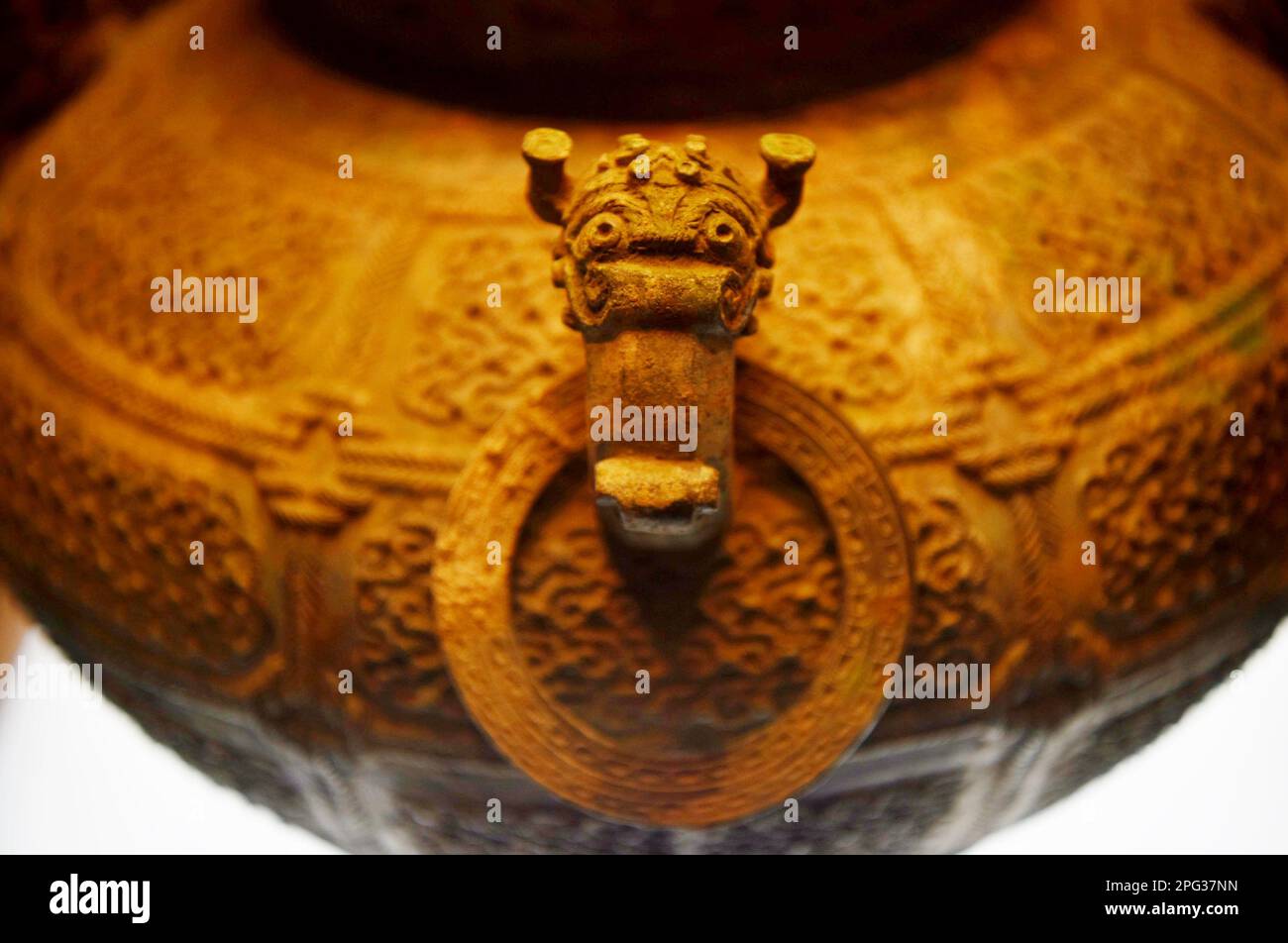 SHIJIAZHUANG, CHINA - MARCH 15, 2023 - The bronze vase of an adder in the Warring States Period on display at the Hebei Provincial Museum, 15 March 20 Stock Photohttps://www.alamy.com/image-license-details/?v=1https://www.alamy.com/shijiazhuang-china-march-15-2023-the-bronze-vase-of-an-adder-in-the-warring-states-period-on-display-at-the-hebei-provincial-museum-15-march-20-image543427857.html
SHIJIAZHUANG, CHINA - MARCH 15, 2023 - The bronze vase of an adder in the Warring States Period on display at the Hebei Provincial Museum, 15 March 20 Stock Photohttps://www.alamy.com/image-license-details/?v=1https://www.alamy.com/shijiazhuang-china-march-15-2023-the-bronze-vase-of-an-adder-in-the-warring-states-period-on-display-at-the-hebei-provincial-museum-15-march-20-image543427857.htmlRM2PG37NN–SHIJIAZHUANG, CHINA - MARCH 15, 2023 - The bronze vase of an adder in the Warring States Period on display at the Hebei Provincial Museum, 15 March 20
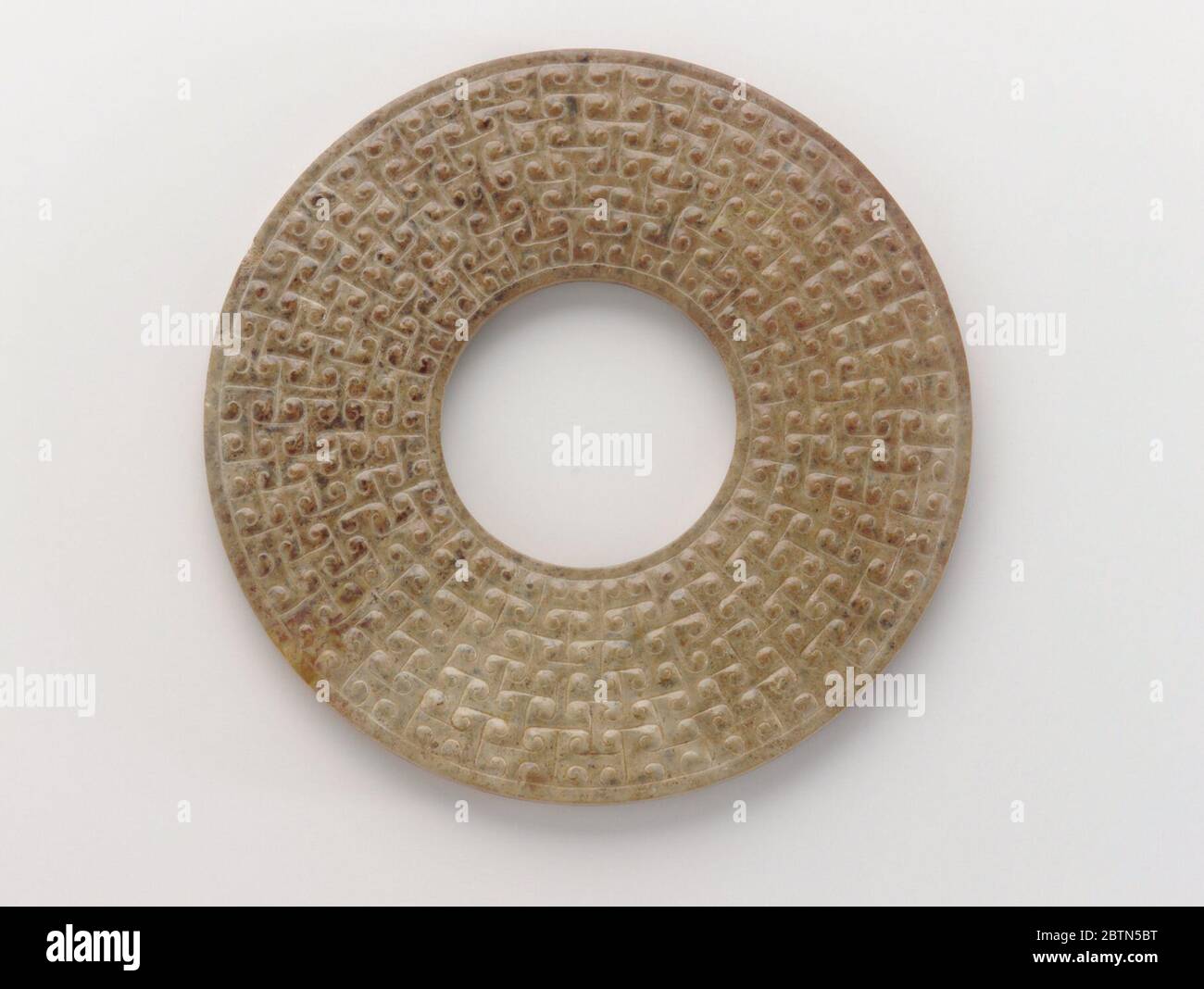 ; China; 475-221 B.C.E.; Jade (nephrite?); Diam x D: 8.4 x 0.5 cm (3 5/16 x 3/16 in); Purchase Stock Photohttps://www.alamy.com/image-license-details/?v=1https://www.alamy.com/china-475-221-bce-jade-nephrite-diam-x-d-84-x-05-cm-3-516-x-316-in-purchase-image359424348.html
; China; 475-221 B.C.E.; Jade (nephrite?); Diam x D: 8.4 x 0.5 cm (3 5/16 x 3/16 in); Purchase Stock Photohttps://www.alamy.com/image-license-details/?v=1https://www.alamy.com/china-475-221-bce-jade-nephrite-diam-x-d-84-x-05-cm-3-516-x-316-in-purchase-image359424348.htmlRM2BTN5BT–; China; 475-221 B.C.E.; Jade (nephrite?); Diam x D: 8.4 x 0.5 cm (3 5/16 x 3/16 in); Purchase
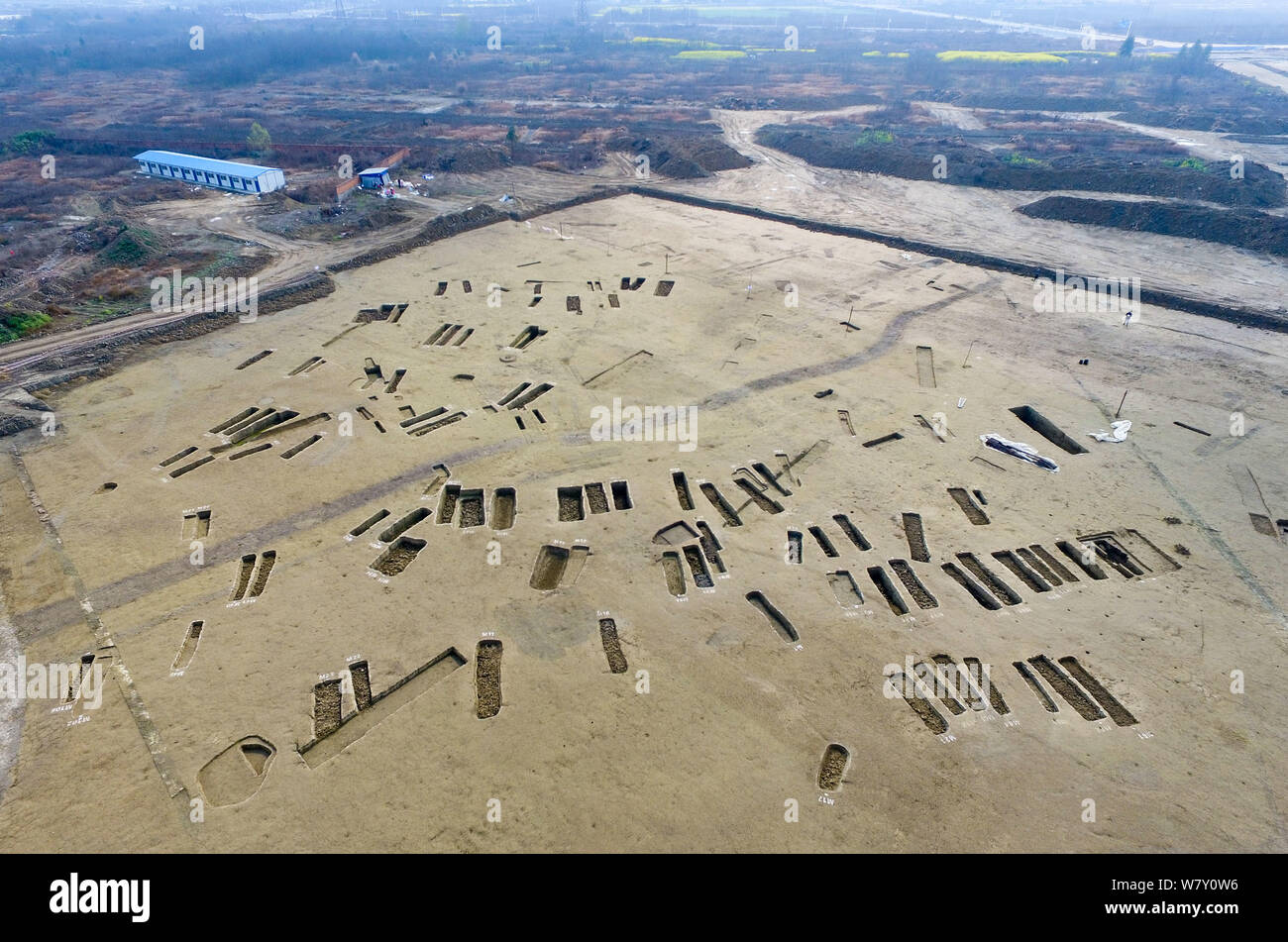 Aerial view of the excavation site of a tomb cluster between the Spring and Autumn Period (770-476 B.C) and the Warring States Period (475-221 B.C) in Stock Photohttps://www.alamy.com/image-license-details/?v=1https://www.alamy.com/aerial-view-of-the-excavation-site-of-a-tomb-cluster-between-the-spring-and-autumn-period-770-476-bc-and-the-warring-states-period-475-221-bc-in-image263051522.html
Aerial view of the excavation site of a tomb cluster between the Spring and Autumn Period (770-476 B.C) and the Warring States Period (475-221 B.C) in Stock Photohttps://www.alamy.com/image-license-details/?v=1https://www.alamy.com/aerial-view-of-the-excavation-site-of-a-tomb-cluster-between-the-spring-and-autumn-period-770-476-bc-and-the-warring-states-period-475-221-bc-in-image263051522.htmlRMW7Y0W6–Aerial view of the excavation site of a tomb cluster between the Spring and Autumn Period (770-476 B.C) and the Warring States Period (475-221 B.C) in
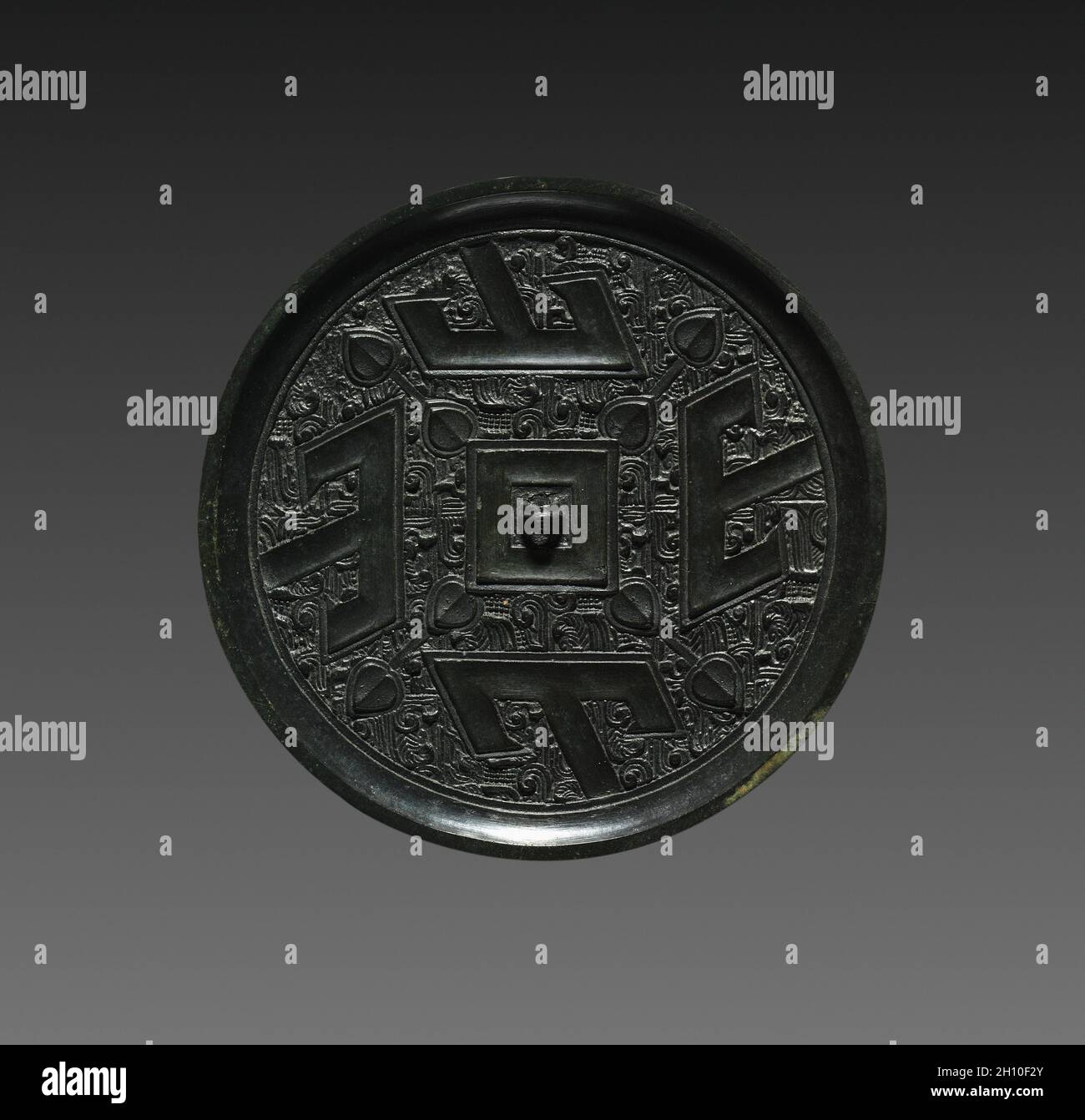 Mirror with Four T's, 300s BC. China, Warring States period (475-221 BC). Bronze; diameter: 10.4 cm (4 1/8 in.); rim: 0.5 cm (3/16 in.). Stock Photohttps://www.alamy.com/image-license-details/?v=1https://www.alamy.com/mirror-with-four-ts-300s-bc-china-warring-states-period-475-221-bc-bronze-diameter-104-cm-4-18-in-rim-05-cm-316-in-image448096067.html
Mirror with Four T's, 300s BC. China, Warring States period (475-221 BC). Bronze; diameter: 10.4 cm (4 1/8 in.); rim: 0.5 cm (3/16 in.). Stock Photohttps://www.alamy.com/image-license-details/?v=1https://www.alamy.com/mirror-with-four-ts-300s-bc-china-warring-states-period-475-221-bc-bronze-diameter-104-cm-4-18-in-rim-05-cm-316-in-image448096067.htmlRM2H10F2Y–Mirror with Four T's, 300s BC. China, Warring States period (475-221 BC). Bronze; diameter: 10.4 cm (4 1/8 in.); rim: 0.5 cm (3/16 in.).
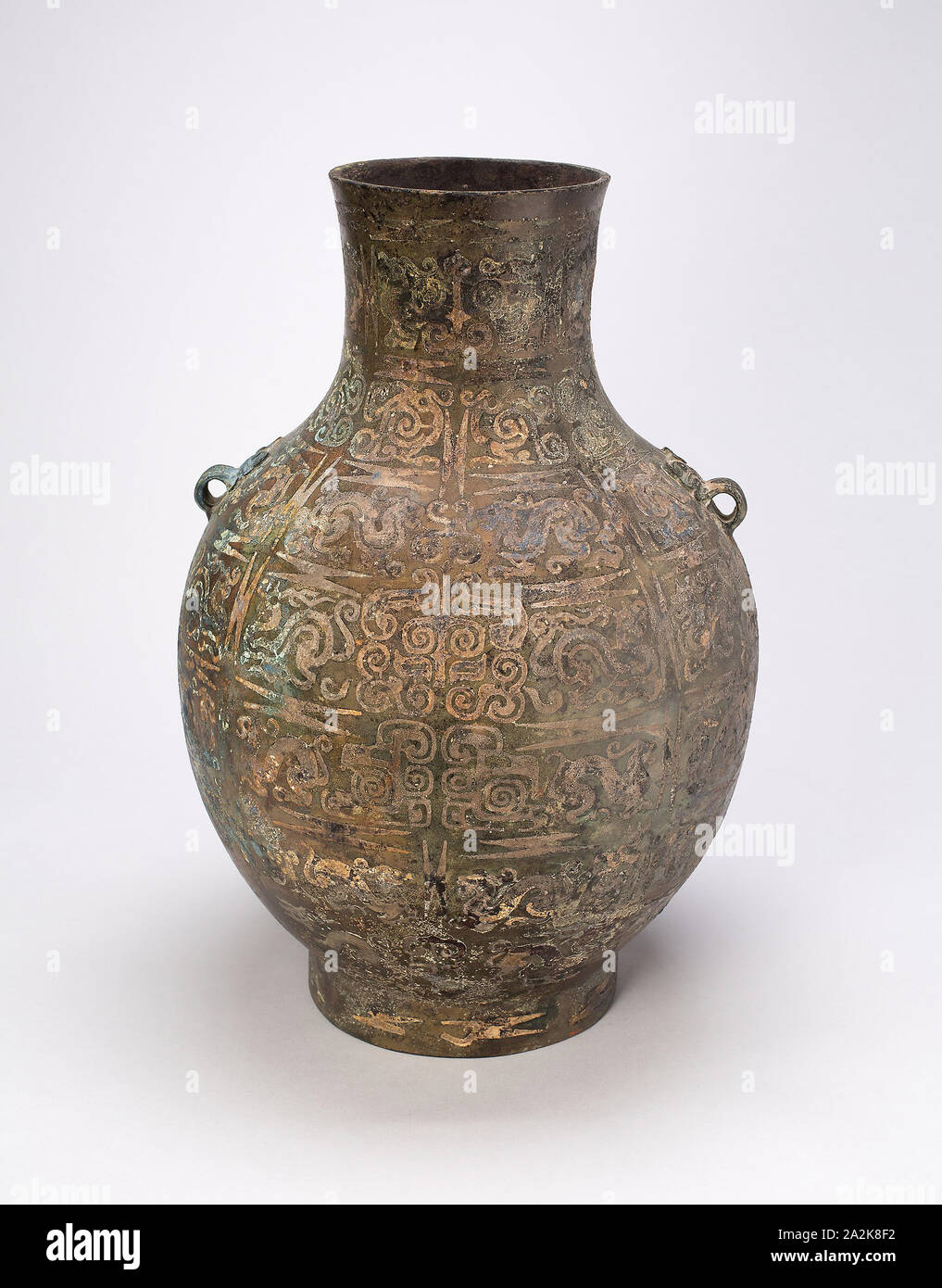 Wine Jar (Hu), Eastern Zhou dynasty, Warring States period (480–221 B.C.), c. 3rd century B.C., China, Bronze Stock Photohttps://www.alamy.com/image-license-details/?v=1https://www.alamy.com/wine-jar-hu-eastern-zhou-dynasty-warring-states-period-480221-bc-c-3rd-century-bc-china-bronze-image328650086.html
Wine Jar (Hu), Eastern Zhou dynasty, Warring States period (480–221 B.C.), c. 3rd century B.C., China, Bronze Stock Photohttps://www.alamy.com/image-license-details/?v=1https://www.alamy.com/wine-jar-hu-eastern-zhou-dynasty-warring-states-period-480221-bc-c-3rd-century-bc-china-bronze-image328650086.htmlRM2A2K8F2–Wine Jar (Hu), Eastern Zhou dynasty, Warring States period (480–221 B.C.), c. 3rd century B.C., China, Bronze
 A Chinese bronze sword, Warring States period, Double-edged blade with double fullers on both sides and massive inserted medial ridge, slightly tapering towards the point. Ridged blade mounting, the grip segmented by two girdles, disk-shaped pommel. Fine patina. Length 54 cm. Cf. C.H. Wang Collection, Shang and Zhou Chinese Bronze Weaponry, Taiwan, 1983. Provenance: Hermann Historica, auction 46, lot 766. China, Chinese, historic, historical ancient world, Additional-Rights-Clearance-Info-Not-Available Stock Photohttps://www.alamy.com/image-license-details/?v=1https://www.alamy.com/a-chinese-bronze-sword-warring-states-period-double-edged-blade-with-double-fullers-on-both-sides-and-massive-inserted-medial-ridge-slightly-tapering-towards-the-point-ridged-blade-mounting-the-grip-segmented-by-two-girdles-disk-shaped-pommel-fine-patina-length-54-cm-cf-ch-wang-collection-shang-and-zhou-chinese-bronze-weaponry-taiwan-1983-provenance-hermann-historica-auction-46-lot-766-china-chinese-historic-historical-ancient-world-additional-rights-clearance-info-not-available-image247740756.html
A Chinese bronze sword, Warring States period, Double-edged blade with double fullers on both sides and massive inserted medial ridge, slightly tapering towards the point. Ridged blade mounting, the grip segmented by two girdles, disk-shaped pommel. Fine patina. Length 54 cm. Cf. C.H. Wang Collection, Shang and Zhou Chinese Bronze Weaponry, Taiwan, 1983. Provenance: Hermann Historica, auction 46, lot 766. China, Chinese, historic, historical ancient world, Additional-Rights-Clearance-Info-Not-Available Stock Photohttps://www.alamy.com/image-license-details/?v=1https://www.alamy.com/a-chinese-bronze-sword-warring-states-period-double-edged-blade-with-double-fullers-on-both-sides-and-massive-inserted-medial-ridge-slightly-tapering-towards-the-point-ridged-blade-mounting-the-grip-segmented-by-two-girdles-disk-shaped-pommel-fine-patina-length-54-cm-cf-ch-wang-collection-shang-and-zhou-chinese-bronze-weaponry-taiwan-1983-provenance-hermann-historica-auction-46-lot-766-china-chinese-historic-historical-ancient-world-additional-rights-clearance-info-not-available-image247740756.htmlRMTB1FT4–A Chinese bronze sword, Warring States period, Double-edged blade with double fullers on both sides and massive inserted medial ridge, slightly tapering towards the point. Ridged blade mounting, the grip segmented by two girdles, disk-shaped pommel. Fine patina. Length 54 cm. Cf. C.H. Wang Collection, Shang and Zhou Chinese Bronze Weaponry, Taiwan, 1983. Provenance: Hermann Historica, auction 46, lot 766. China, Chinese, historic, historical ancient world, Additional-Rights-Clearance-Info-Not-Available
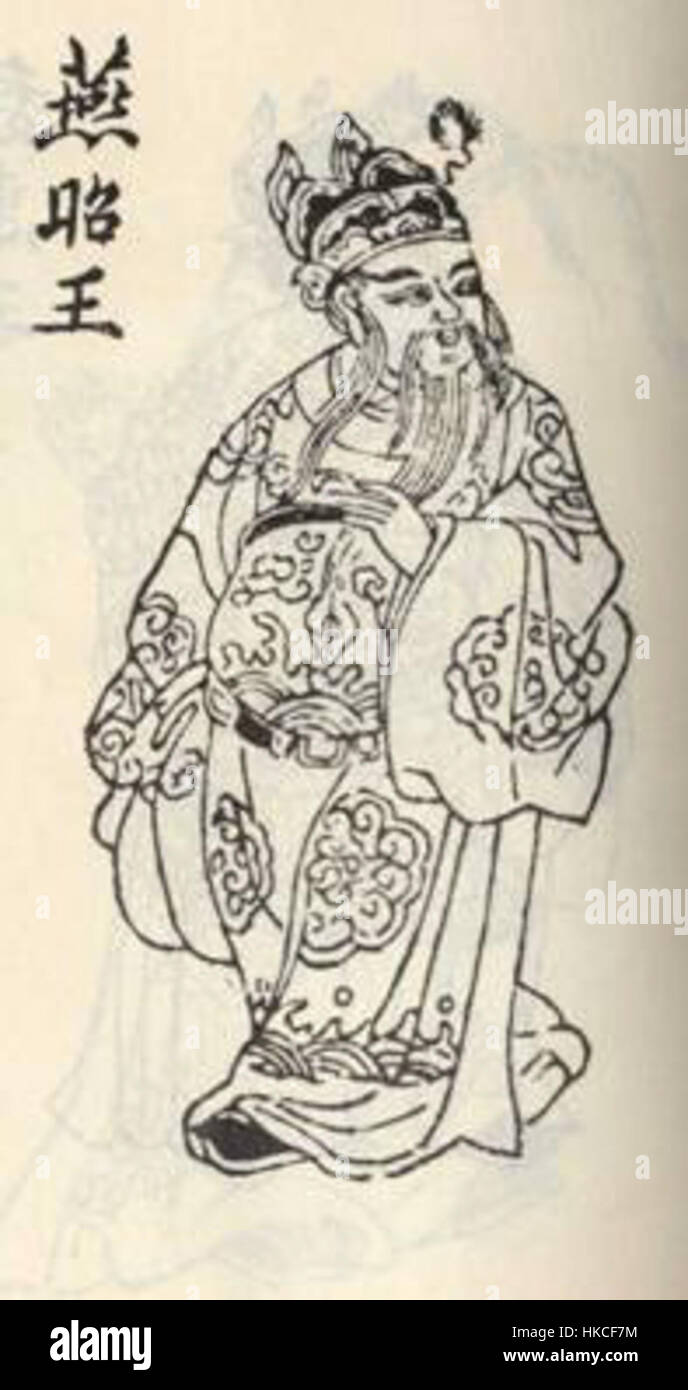 A portrait or historical representation of King Zhao of Yan, a ruler of the ancient Chinese state of Yan. The artwork reflects the historical context and significance of the king's reign during the Warring States period in China. Stock Photohttps://www.alamy.com/image-license-details/?v=1https://www.alamy.com/stock-photo-a-portrait-or-historical-representation-of-king-zhao-of-yan-a-ruler-132426440.html
A portrait or historical representation of King Zhao of Yan, a ruler of the ancient Chinese state of Yan. The artwork reflects the historical context and significance of the king's reign during the Warring States period in China. Stock Photohttps://www.alamy.com/image-license-details/?v=1https://www.alamy.com/stock-photo-a-portrait-or-historical-representation-of-king-zhao-of-yan-a-ruler-132426440.htmlRMHKCF7M–A portrait or historical representation of King Zhao of Yan, a ruler of the ancient Chinese state of Yan. The artwork reflects the historical context and significance of the king's reign during the Warring States period in China.
 China, Shanghai, Shanghai Museum, Sword-Shaped Coins of the Warring States Period 475-221 BC Stock Photohttps://www.alamy.com/image-license-details/?v=1https://www.alamy.com/stock-photo-china-shanghai-shanghai-museum-sword-shaped-coins-of-the-warring-states-147270475.html
China, Shanghai, Shanghai Museum, Sword-Shaped Coins of the Warring States Period 475-221 BC Stock Photohttps://www.alamy.com/image-license-details/?v=1https://www.alamy.com/stock-photo-china-shanghai-shanghai-museum-sword-shaped-coins-of-the-warring-states-147270475.htmlRMJFGMYR–China, Shanghai, Shanghai Museum, Sword-Shaped Coins of the Warring States Period 475-221 BC
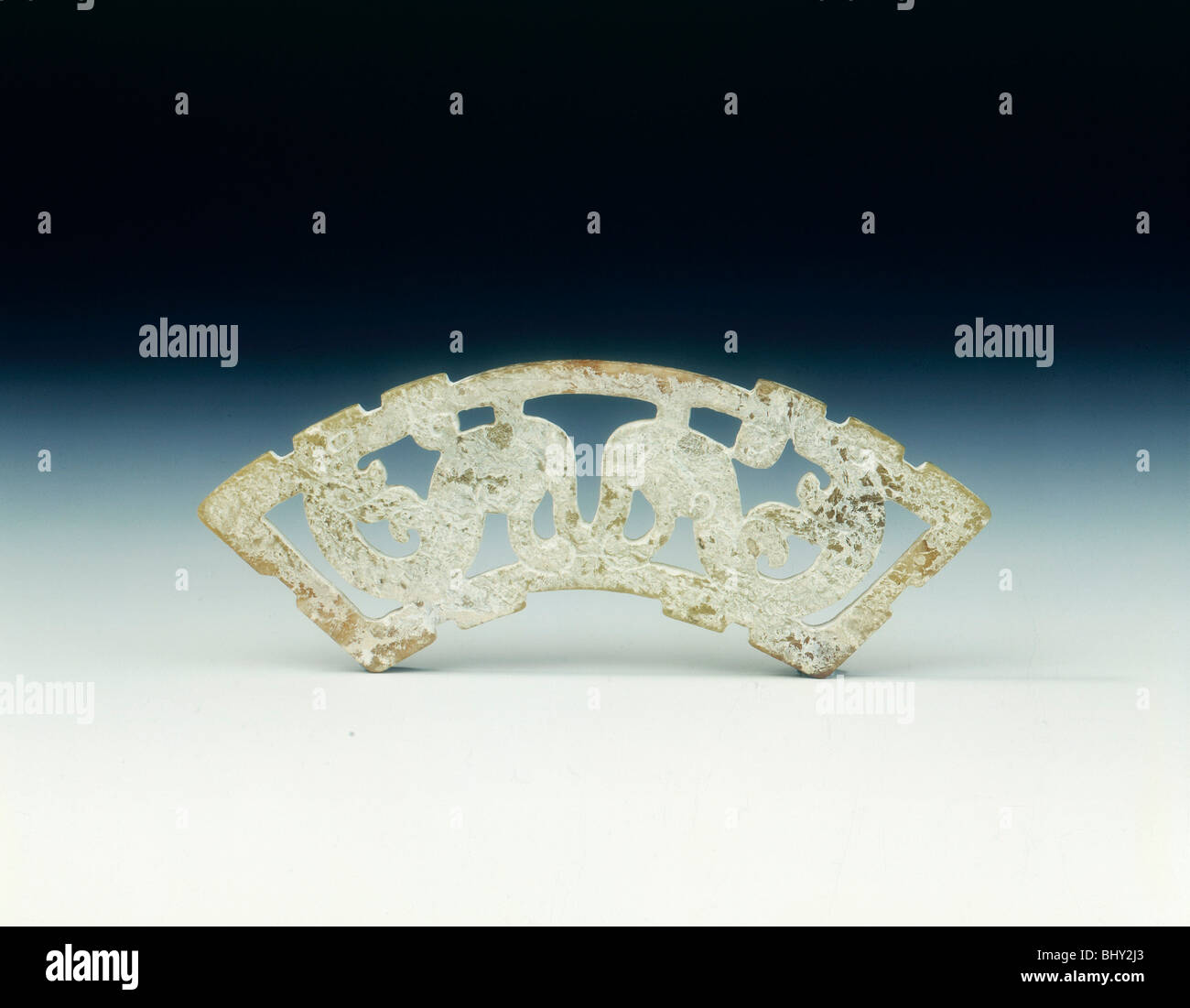 Jade reticulated huang dragon pendant, Warring States period, China, 475-221 BC. Artist: Unknown Stock Photohttps://www.alamy.com/image-license-details/?v=1https://www.alamy.com/stock-photo-jade-reticulated-huang-dragon-pendant-warring-states-period-china-28254299.html
Jade reticulated huang dragon pendant, Warring States period, China, 475-221 BC. Artist: Unknown Stock Photohttps://www.alamy.com/image-license-details/?v=1https://www.alamy.com/stock-photo-jade-reticulated-huang-dragon-pendant-warring-states-period-china-28254299.htmlRMBHY2J3–Jade reticulated huang dragon pendant, Warring States period, China, 475-221 BC. Artist: Unknown
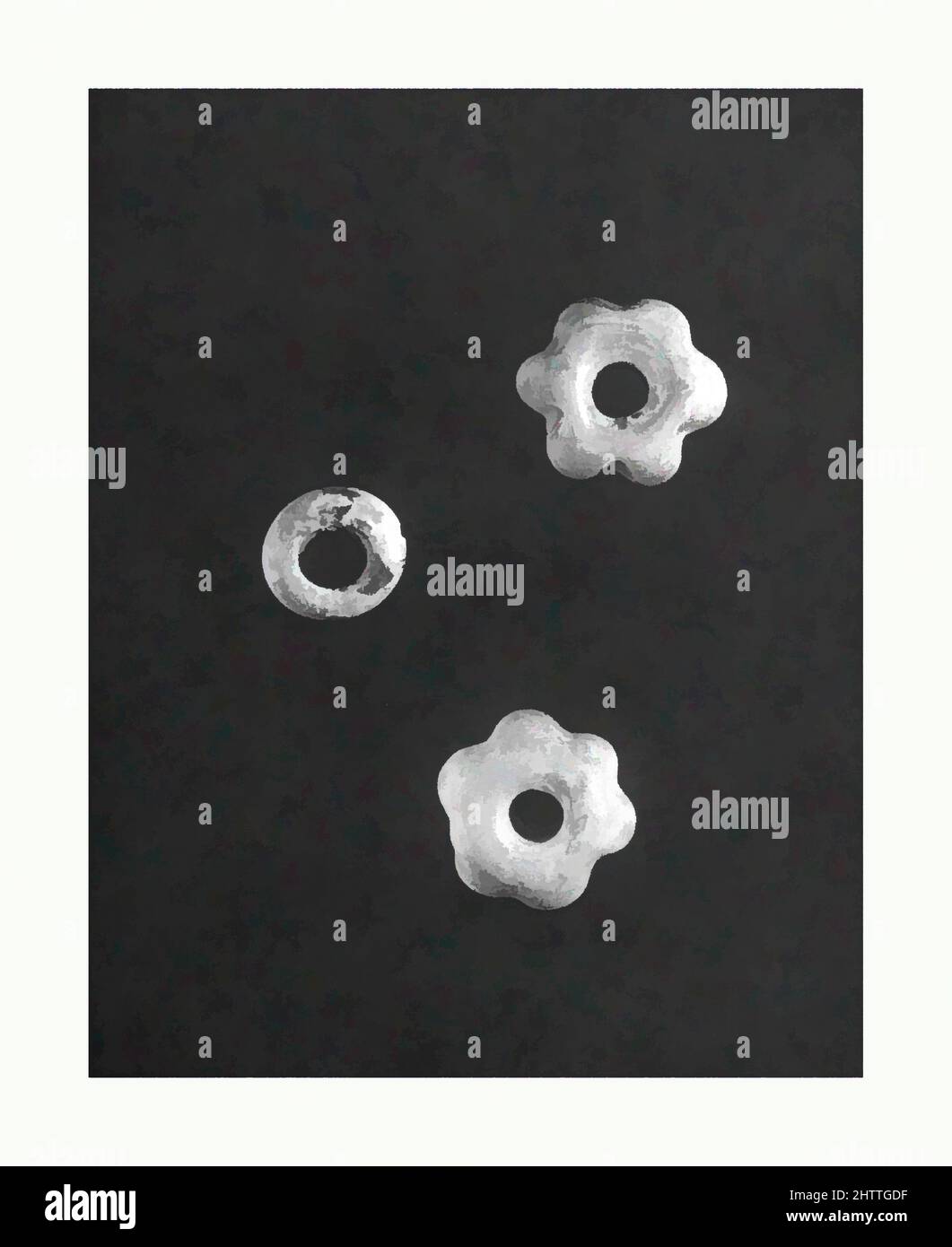 Art inspired by Three Small Beads, Cog-Wheel-Shaped, Warring States period (ca. 481 – 221 B.C.), China, Glass, a. Diam. 9/16 in. (1.4 cm), Glass, Classic works modernized by Artotop with a splash of modernity. Shapes, color and value, eye-catching visual impact on art. Emotions through freedom of artworks in a contemporary way. A timeless message pursuing a wildly creative new direction. Artists turning to the digital medium and creating the Artotop NFT Stock Photohttps://www.alamy.com/image-license-details/?v=1https://www.alamy.com/art-inspired-by-three-small-beads-cog-wheel-shaped-warring-states-period-ca-481-221-bc-china-glass-a-diam-916-in-14-cm-glass-classic-works-modernized-by-artotop-with-a-splash-of-modernity-shapes-color-and-value-eye-catching-visual-impact-on-art-emotions-through-freedom-of-artworks-in-a-contemporary-way-a-timeless-message-pursuing-a-wildly-creative-new-direction-artists-turning-to-the-digital-medium-and-creating-the-artotop-nft-image462761083.html
Art inspired by Three Small Beads, Cog-Wheel-Shaped, Warring States period (ca. 481 – 221 B.C.), China, Glass, a. Diam. 9/16 in. (1.4 cm), Glass, Classic works modernized by Artotop with a splash of modernity. Shapes, color and value, eye-catching visual impact on art. Emotions through freedom of artworks in a contemporary way. A timeless message pursuing a wildly creative new direction. Artists turning to the digital medium and creating the Artotop NFT Stock Photohttps://www.alamy.com/image-license-details/?v=1https://www.alamy.com/art-inspired-by-three-small-beads-cog-wheel-shaped-warring-states-period-ca-481-221-bc-china-glass-a-diam-916-in-14-cm-glass-classic-works-modernized-by-artotop-with-a-splash-of-modernity-shapes-color-and-value-eye-catching-visual-impact-on-art-emotions-through-freedom-of-artworks-in-a-contemporary-way-a-timeless-message-pursuing-a-wildly-creative-new-direction-artists-turning-to-the-digital-medium-and-creating-the-artotop-nft-image462761083.htmlRF2HTTGDF–Art inspired by Three Small Beads, Cog-Wheel-Shaped, Warring States period (ca. 481 – 221 B.C.), China, Glass, a. Diam. 9/16 in. (1.4 cm), Glass, Classic works modernized by Artotop with a splash of modernity. Shapes, color and value, eye-catching visual impact on art. Emotions through freedom of artworks in a contemporary way. A timeless message pursuing a wildly creative new direction. Artists turning to the digital medium and creating the Artotop NFT
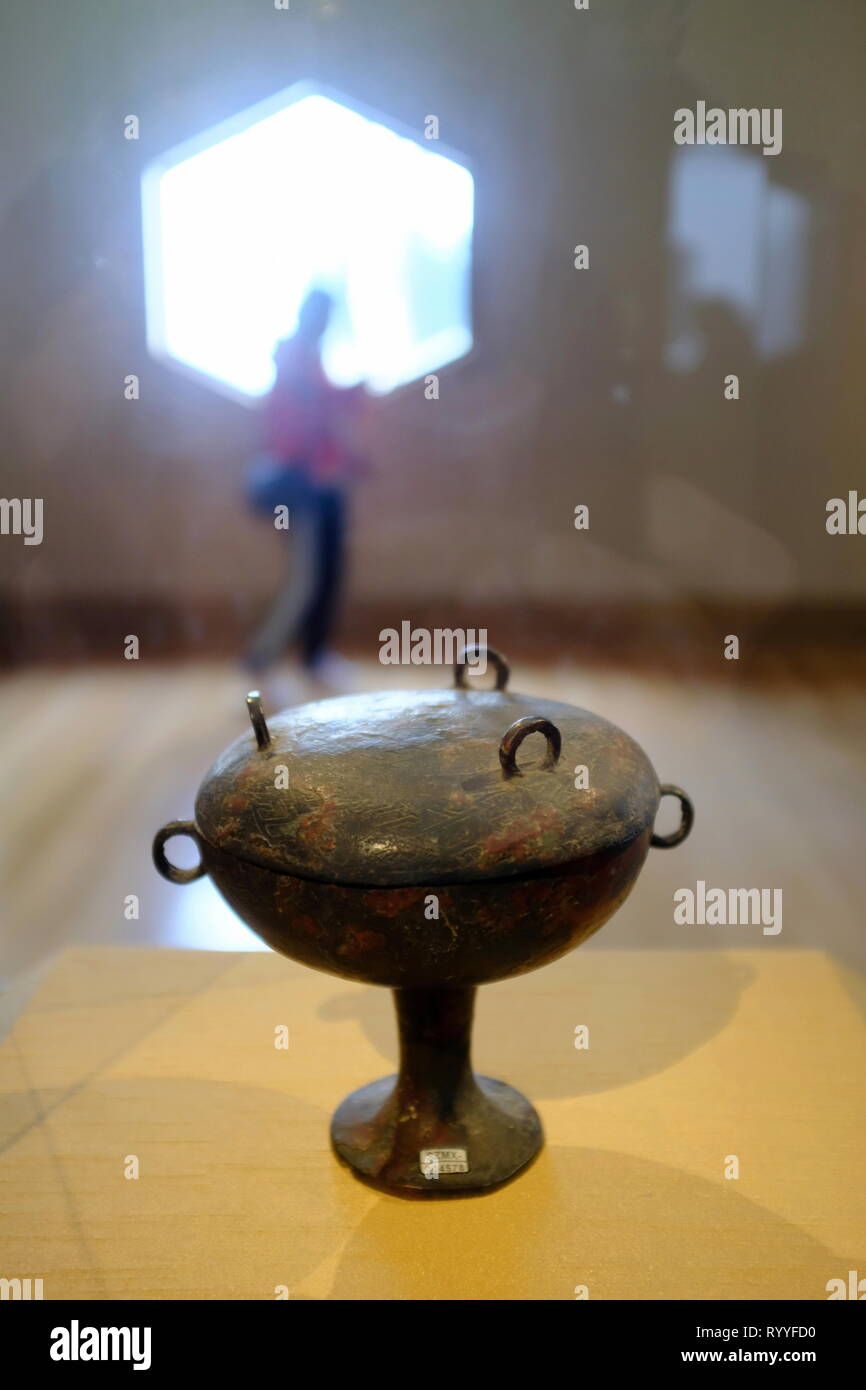 Bronze Dou (stemmed cup) from Warring States (475 B.C-221 B.C) display in Suzhou Museum designed by I.M.Pei. Suzhou.Jiangsu Province.China Stock Photohttps://www.alamy.com/image-license-details/?v=1https://www.alamy.com/bronze-dou-stemmed-cup-from-warring-states-475-bc-221-bc-display-in-suzhou-museum-designed-by-impei-suzhoujiangsu-provincechina-image240935324.html
Bronze Dou (stemmed cup) from Warring States (475 B.C-221 B.C) display in Suzhou Museum designed by I.M.Pei. Suzhou.Jiangsu Province.China Stock Photohttps://www.alamy.com/image-license-details/?v=1https://www.alamy.com/bronze-dou-stemmed-cup-from-warring-states-475-bc-221-bc-display-in-suzhou-museum-designed-by-impei-suzhoujiangsu-provincechina-image240935324.htmlRMRYYFD0–Bronze Dou (stemmed cup) from Warring States (475 B.C-221 B.C) display in Suzhou Museum designed by I.M.Pei. Suzhou.Jiangsu Province.China
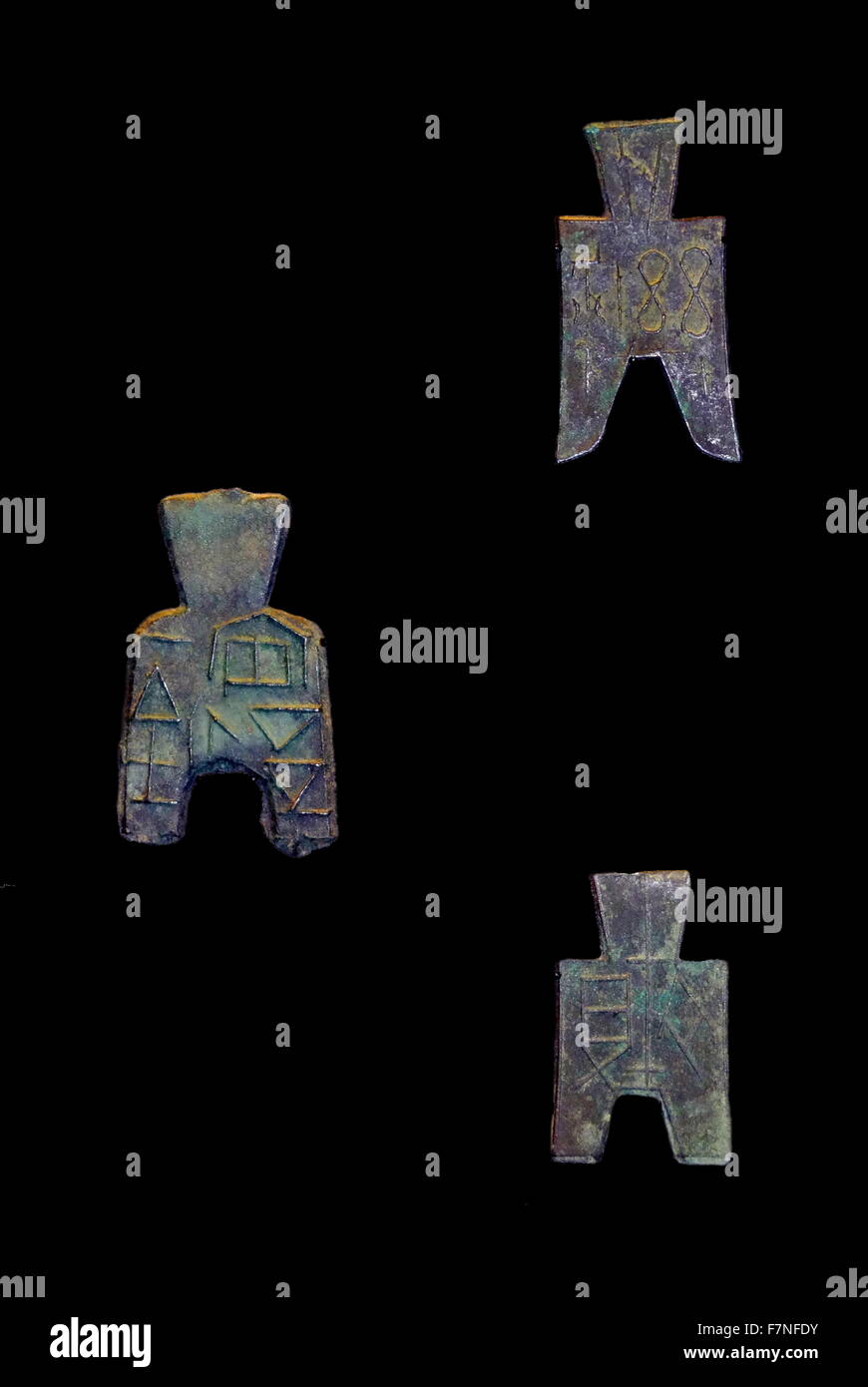 During the Warring States period (475-221 BC), the various states used different forms of spade money. The earliest money In China was shaped like tools, including spades and knives. Stock Photohttps://www.alamy.com/image-license-details/?v=1https://www.alamy.com/stock-photo-during-the-warring-states-period-475-221-bc-the-various-states-used-90827575.html
During the Warring States period (475-221 BC), the various states used different forms of spade money. The earliest money In China was shaped like tools, including spades and knives. Stock Photohttps://www.alamy.com/image-license-details/?v=1https://www.alamy.com/stock-photo-during-the-warring-states-period-475-221-bc-the-various-states-used-90827575.htmlRMF7NFDY–During the Warring States period (475-221 BC), the various states used different forms of spade money. The earliest money In China was shaped like tools, including spades and knives.
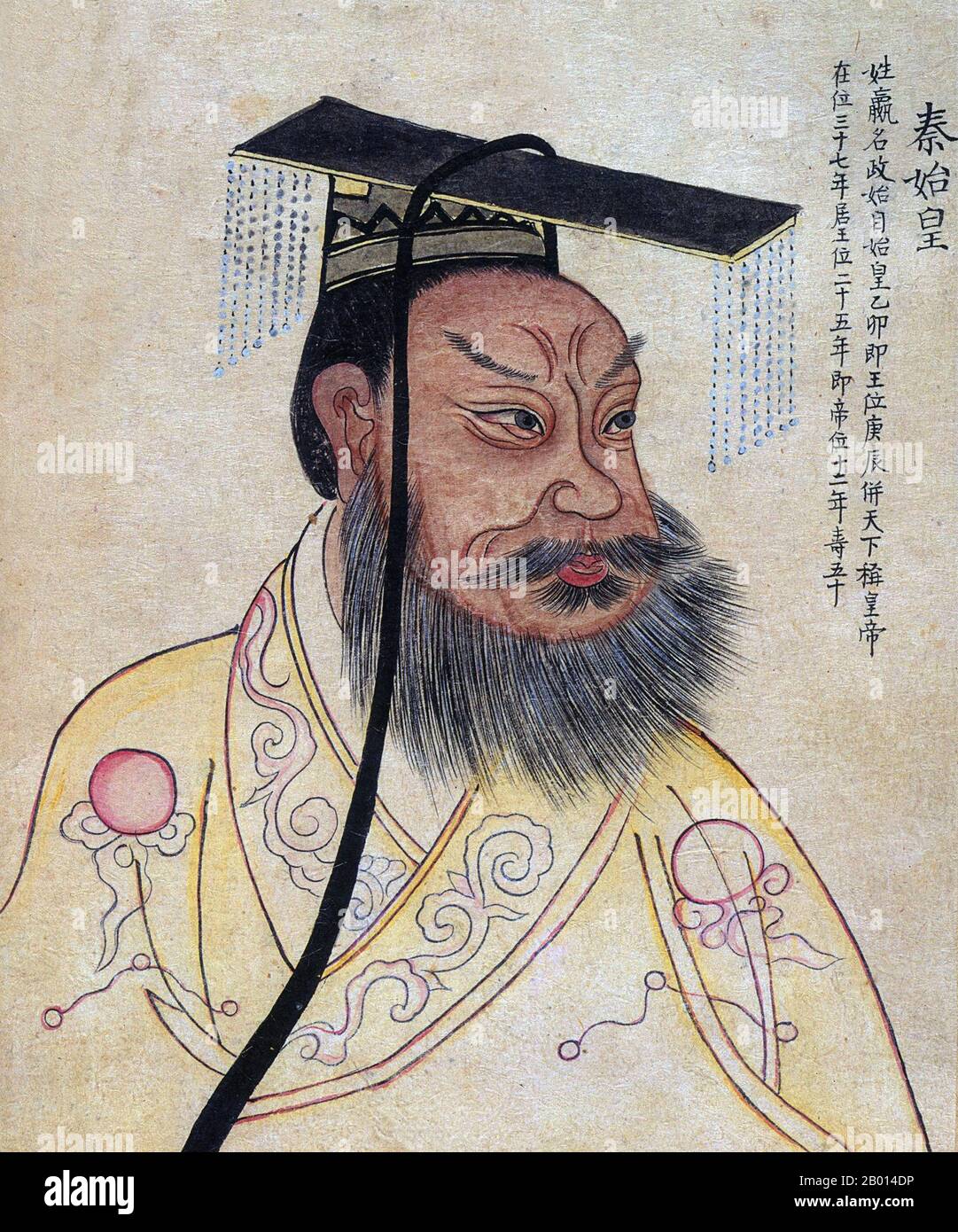 China: Qin Shi Huang/Qin Shi Huangdi (259-210 BCE), First Emperor of a unified China (r.246-221 BCE). Album leaf illustration, 19th century. Qin Shi Huang, personal name Ying Zheng, was king of the Chinese State of Qin from 246 to 221 BCE during the Warring States Period. He became the first emperor of a unified China in 221 BCE, and ruled until his death in 210 BCE at the age of 49. Styling himself 'First Emperor' after China's unification, Qin Shi Huang is a pivotal figure in Chinese history, ushering in nearly two millennia of imperial rule. Stock Photohttps://www.alamy.com/image-license-details/?v=1https://www.alamy.com/china-qin-shi-huangqin-shi-huangdi-259-210-bce-first-emperor-of-a-unified-china-r246-221-bce-album-leaf-illustration-19th-century-qin-shi-huang-personal-name-ying-zheng-was-king-of-the-chinese-state-of-qin-from-246-to-221-bce-during-the-warring-states-period-he-became-the-first-emperor-of-a-unified-china-in-221-bce-and-ruled-until-his-death-in-210-bce-at-the-age-of-49-styling-himself-first-emperor-after-chinas-unification-qin-shi-huang-is-a-pivotal-figure-in-chinese-history-ushering-in-nearly-two-millennia-of-imperial-rule-image344232834.html
China: Qin Shi Huang/Qin Shi Huangdi (259-210 BCE), First Emperor of a unified China (r.246-221 BCE). Album leaf illustration, 19th century. Qin Shi Huang, personal name Ying Zheng, was king of the Chinese State of Qin from 246 to 221 BCE during the Warring States Period. He became the first emperor of a unified China in 221 BCE, and ruled until his death in 210 BCE at the age of 49. Styling himself 'First Emperor' after China's unification, Qin Shi Huang is a pivotal figure in Chinese history, ushering in nearly two millennia of imperial rule. Stock Photohttps://www.alamy.com/image-license-details/?v=1https://www.alamy.com/china-qin-shi-huangqin-shi-huangdi-259-210-bce-first-emperor-of-a-unified-china-r246-221-bce-album-leaf-illustration-19th-century-qin-shi-huang-personal-name-ying-zheng-was-king-of-the-chinese-state-of-qin-from-246-to-221-bce-during-the-warring-states-period-he-became-the-first-emperor-of-a-unified-china-in-221-bce-and-ruled-until-his-death-in-210-bce-at-the-age-of-49-styling-himself-first-emperor-after-chinas-unification-qin-shi-huang-is-a-pivotal-figure-in-chinese-history-ushering-in-nearly-two-millennia-of-imperial-rule-image344232834.htmlRM2B014DP–China: Qin Shi Huang/Qin Shi Huangdi (259-210 BCE), First Emperor of a unified China (r.246-221 BCE). Album leaf illustration, 19th century. Qin Shi Huang, personal name Ying Zheng, was king of the Chinese State of Qin from 246 to 221 BCE during the Warring States Period. He became the first emperor of a unified China in 221 BCE, and ruled until his death in 210 BCE at the age of 49. Styling himself 'First Emperor' after China's unification, Qin Shi Huang is a pivotal figure in Chinese history, ushering in nearly two millennia of imperial rule.
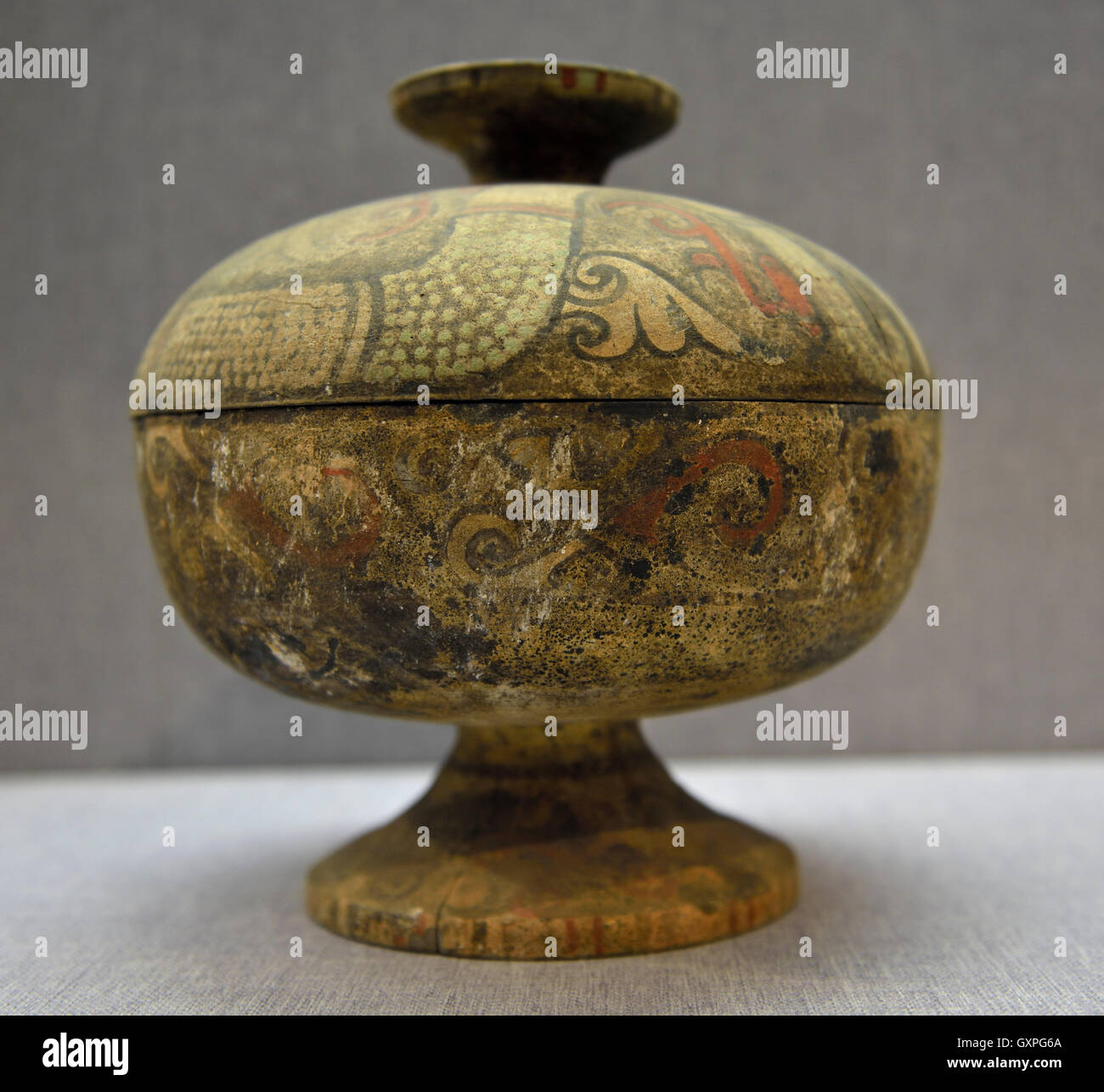 Painted pottery Dou. Warring States Period(475-221B.C.) Luoyang Museum in Henan province, China. Stock Photohttps://www.alamy.com/image-license-details/?v=1https://www.alamy.com/stock-photo-painted-pottery-dou-warring-states-period475-221bc-luoyang-museum-119738930.html
Painted pottery Dou. Warring States Period(475-221B.C.) Luoyang Museum in Henan province, China. Stock Photohttps://www.alamy.com/image-license-details/?v=1https://www.alamy.com/stock-photo-painted-pottery-dou-warring-states-period475-221bc-luoyang-museum-119738930.htmlRMGXPG6A–Painted pottery Dou. Warring States Period(475-221B.C.) Luoyang Museum in Henan province, China.
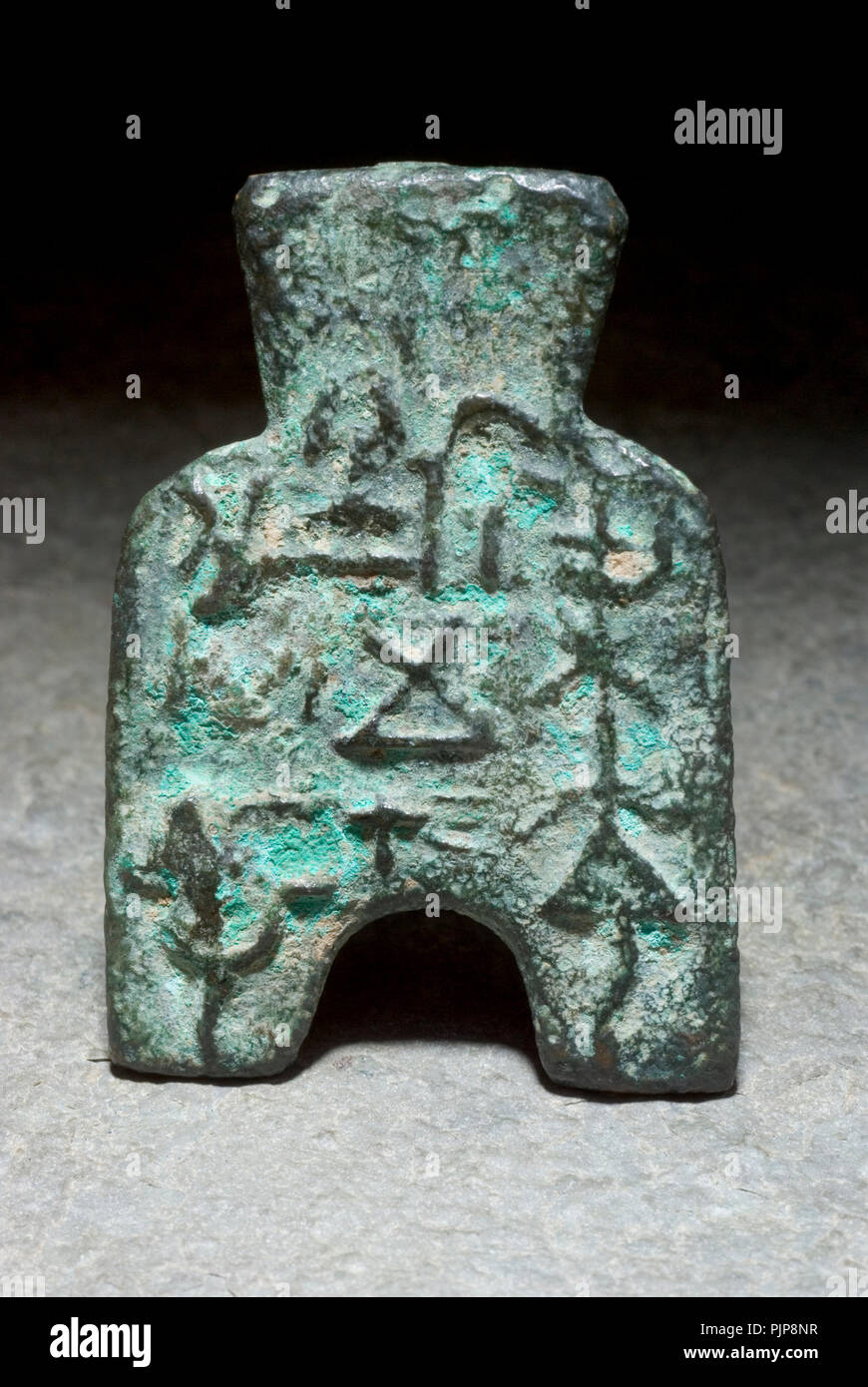 Chinese Warring States period Spade Coin Stock Photohttps://www.alamy.com/image-license-details/?v=1https://www.alamy.com/chinese-warring-states-period-spade-coin-image218078051.html
Chinese Warring States period Spade Coin Stock Photohttps://www.alamy.com/image-license-details/?v=1https://www.alamy.com/chinese-warring-states-period-spade-coin-image218078051.htmlRMPJP8NR–Chinese Warring States period Spade Coin
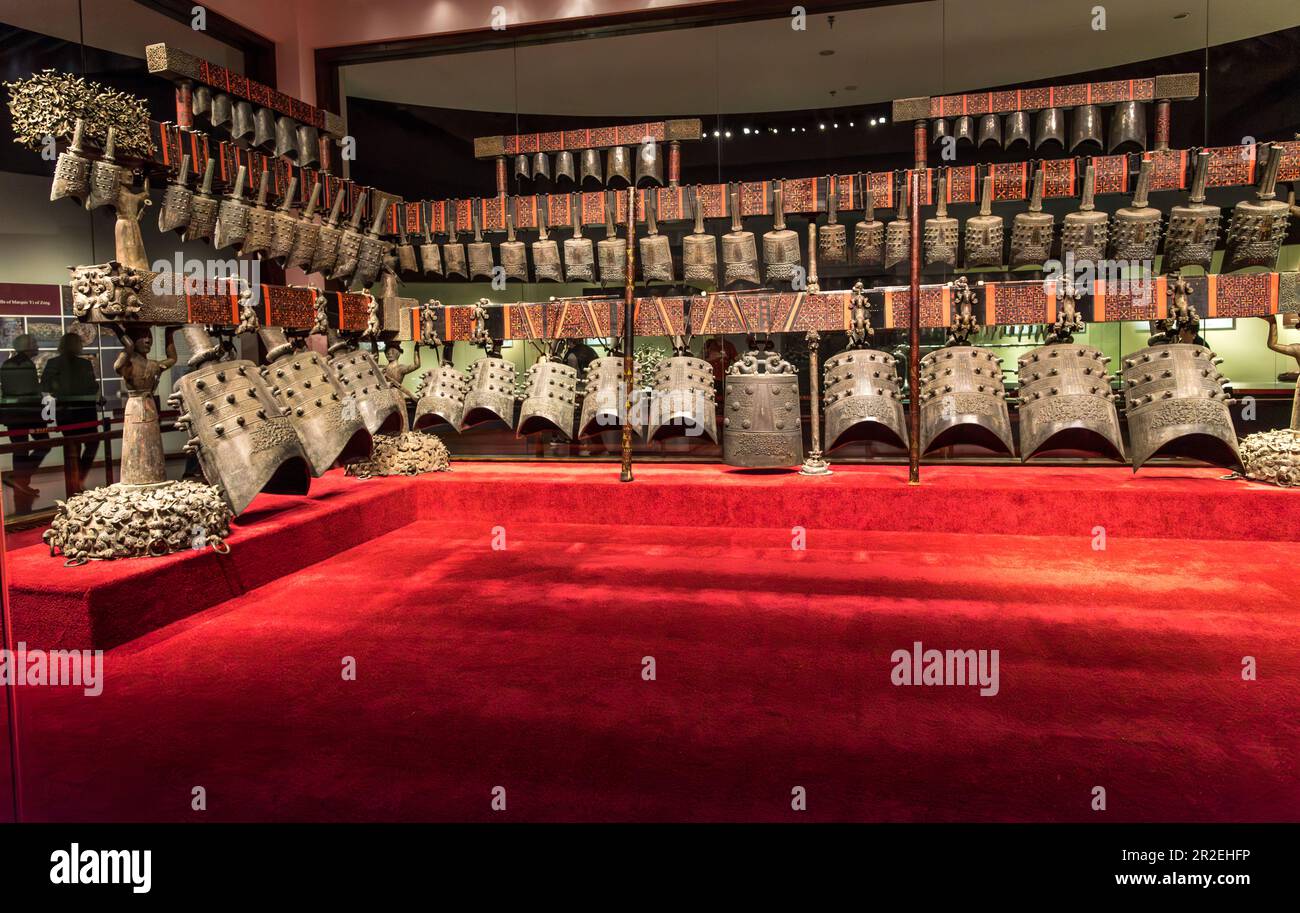 5th Century BC bronze concert bells from tomb of Marquis Yi of Zeng, Hubei Provincial Museum, Wuhan Stock Photohttps://www.alamy.com/image-license-details/?v=1https://www.alamy.com/5th-century-bc-bronze-concert-bells-from-tomb-of-marquis-yi-of-zeng-hubei-provincial-museum-wuhan-image552282186.html
5th Century BC bronze concert bells from tomb of Marquis Yi of Zeng, Hubei Provincial Museum, Wuhan Stock Photohttps://www.alamy.com/image-license-details/?v=1https://www.alamy.com/5th-century-bc-bronze-concert-bells-from-tomb-of-marquis-yi-of-zeng-hubei-provincial-museum-wuhan-image552282186.htmlRF2R2EHFP–5th Century BC bronze concert bells from tomb of Marquis Yi of Zeng, Hubei Provincial Museum, Wuhan
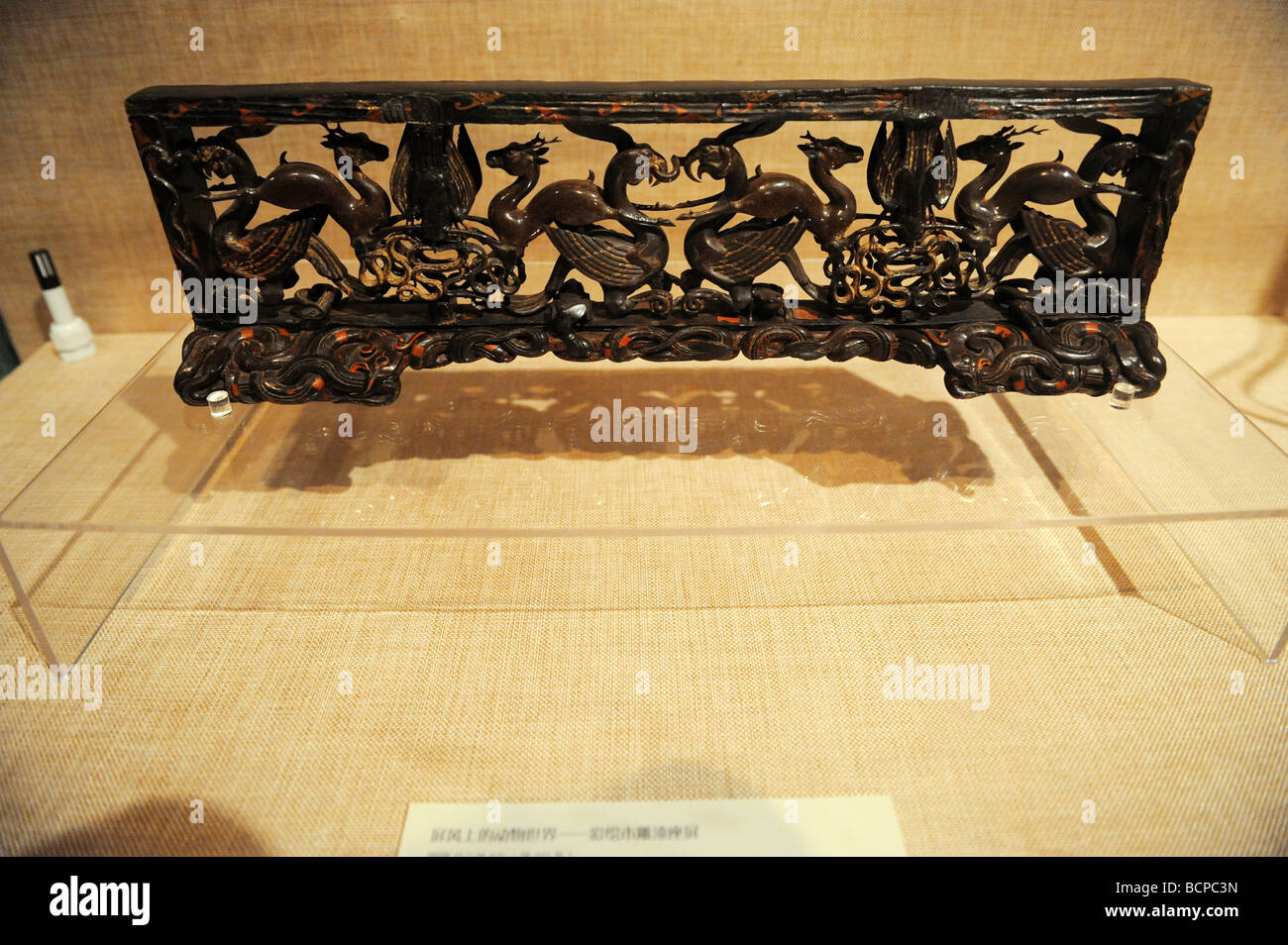 Exquisitely carved wooden screen with animals from Zhu State in The Warring States Period, Capital Museum, Beijing, China Stock Photohttps://www.alamy.com/image-license-details/?v=1https://www.alamy.com/stock-photo-exquisitely-carved-wooden-screen-with-animals-from-zhu-state-in-the-25078697.html
Exquisitely carved wooden screen with animals from Zhu State in The Warring States Period, Capital Museum, Beijing, China Stock Photohttps://www.alamy.com/image-license-details/?v=1https://www.alamy.com/stock-photo-exquisitely-carved-wooden-screen-with-animals-from-zhu-state-in-the-25078697.htmlRMBCPC3N–Exquisitely carved wooden screen with animals from Zhu State in The Warring States Period, Capital Museum, Beijing, China
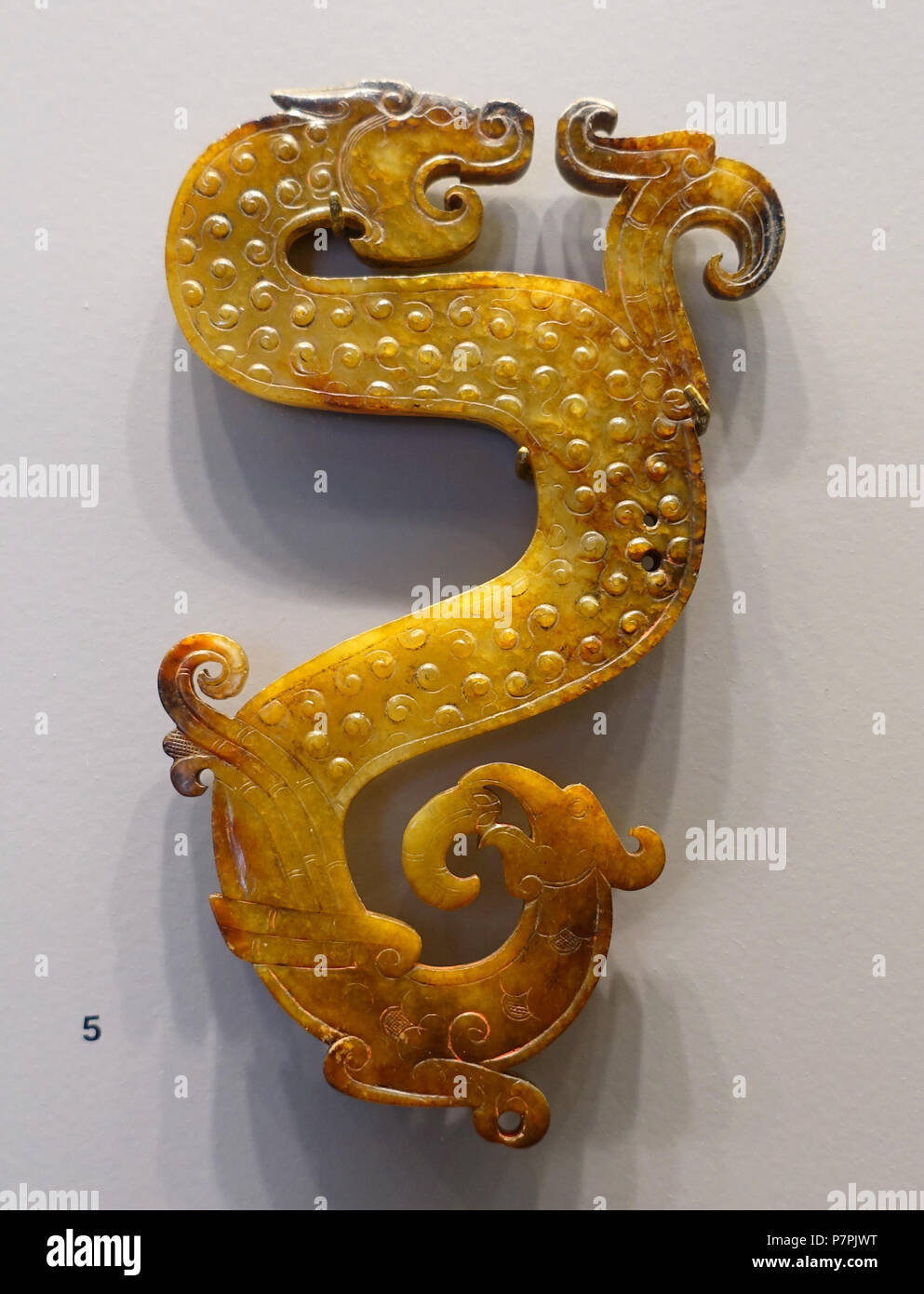 English: Exhibit in the Arthur M. Sackler Museum, Harvard University, Cambridge, Massachusetts, USA. This artwork is in the because the artist died more than 70 years ago. 11 April 2015, 10:43:15 96 Configuration of Bird, Dragon, and Snake, China, Warring States period, 4th-3rd century BC, nephrite - Arthur M. Sackler Museum, Harvard University - DSC00754 Stock Photohttps://www.alamy.com/image-license-details/?v=1https://www.alamy.com/english-exhibit-in-the-arthur-m-sackler-museum-harvard-university-cambridge-massachusetts-usa-this-artwork-is-in-the-because-the-artist-died-more-than-70-years-ago-11-april-2015-104315-96-configuration-of-bird-dragon-and-snake-china-warring-states-period-4th-3rd-century-bc-nephrite-arthur-m-sackler-museum-harvard-university-dsc00754-image211324788.html
English: Exhibit in the Arthur M. Sackler Museum, Harvard University, Cambridge, Massachusetts, USA. This artwork is in the because the artist died more than 70 years ago. 11 April 2015, 10:43:15 96 Configuration of Bird, Dragon, and Snake, China, Warring States period, 4th-3rd century BC, nephrite - Arthur M. Sackler Museum, Harvard University - DSC00754 Stock Photohttps://www.alamy.com/image-license-details/?v=1https://www.alamy.com/english-exhibit-in-the-arthur-m-sackler-museum-harvard-university-cambridge-massachusetts-usa-this-artwork-is-in-the-because-the-artist-died-more-than-70-years-ago-11-april-2015-104315-96-configuration-of-bird-dragon-and-snake-china-warring-states-period-4th-3rd-century-bc-nephrite-arthur-m-sackler-museum-harvard-university-dsc00754-image211324788.htmlRMP7PJWT–English: Exhibit in the Arthur M. Sackler Museum, Harvard University, Cambridge, Massachusetts, USA. This artwork is in the because the artist died more than 70 years ago. 11 April 2015, 10:43:15 96 Configuration of Bird, Dragon, and Snake, China, Warring States period, 4th-3rd century BC, nephrite - Arthur M. Sackler Museum, Harvard University - DSC00754
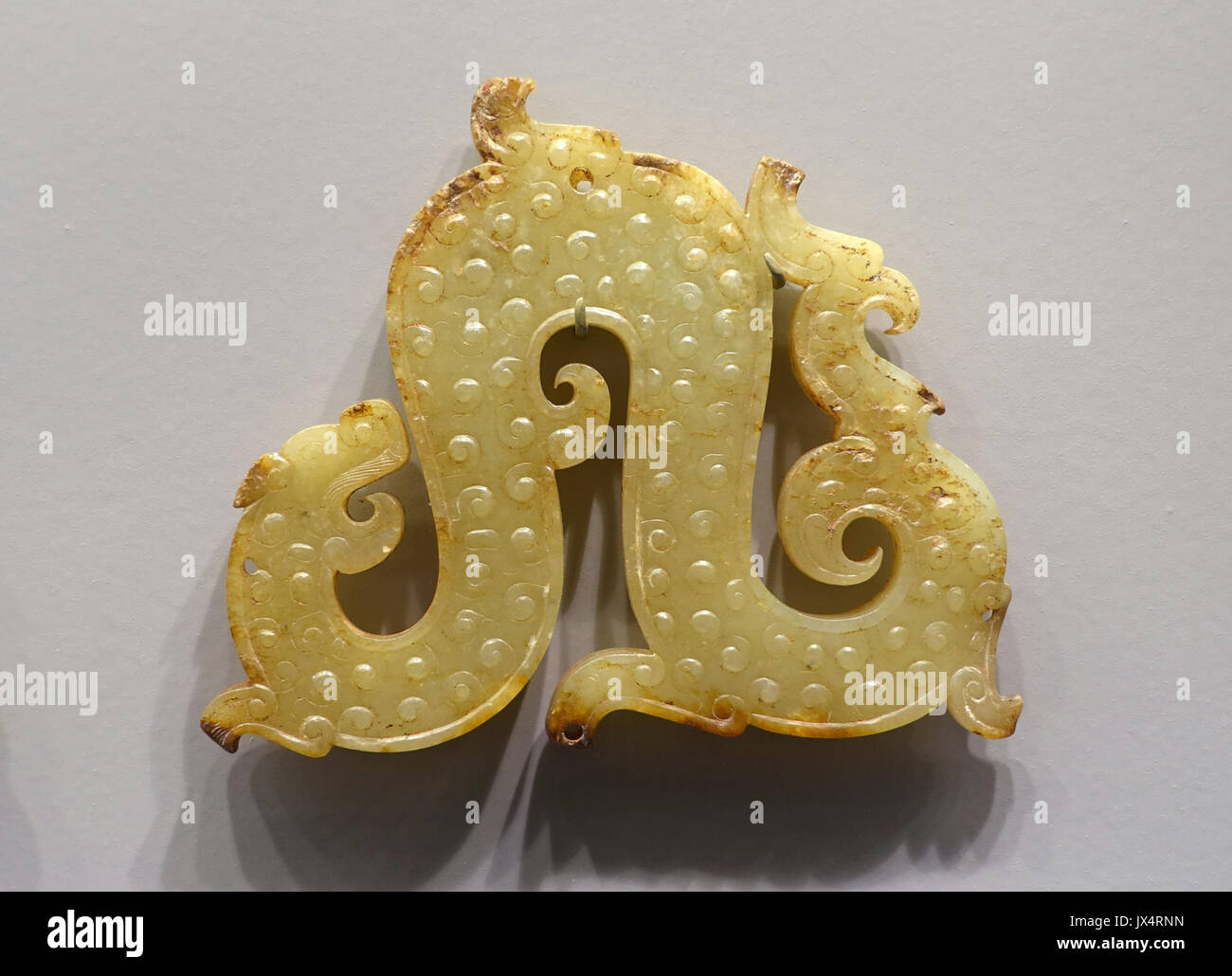 Pair of Dragons, 2 of 2, China, Warring States period, 5th 4th century BC, nephrite Arthur M Sackler Museum, Harvard University DSC00762 Stock Photohttps://www.alamy.com/image-license-details/?v=1https://www.alamy.com/pair-of-dragons-2-of-2-china-warring-states-period-5th-4th-century-image153770449.html
Pair of Dragons, 2 of 2, China, Warring States period, 5th 4th century BC, nephrite Arthur M Sackler Museum, Harvard University DSC00762 Stock Photohttps://www.alamy.com/image-license-details/?v=1https://www.alamy.com/pair-of-dragons-2-of-2-china-warring-states-period-5th-4th-century-image153770449.htmlRMJX4RNN–Pair of Dragons, 2 of 2, China, Warring States period, 5th 4th century BC, nephrite Arthur M Sackler Museum, Harvard University DSC00762
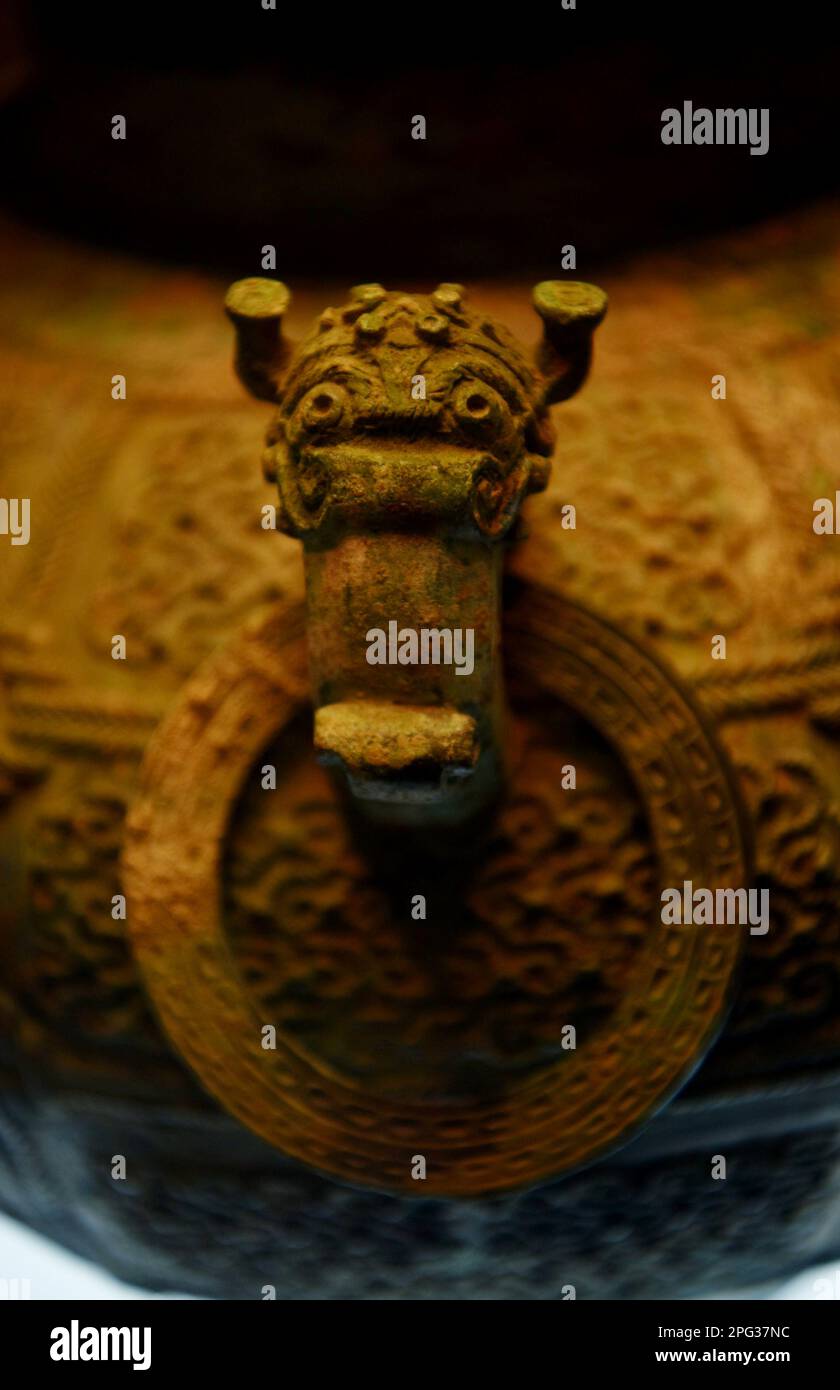 SHIJIAZHUANG, CHINA - MARCH 15, 2023 - The bronze vase of an adder in the Warring States Period on display at the Hebei Provincial Museum, 15 March 20 Stock Photohttps://www.alamy.com/image-license-details/?v=1https://www.alamy.com/shijiazhuang-china-march-15-2023-the-bronze-vase-of-an-adder-in-the-warring-states-period-on-display-at-the-hebei-provincial-museum-15-march-20-image543427848.html
SHIJIAZHUANG, CHINA - MARCH 15, 2023 - The bronze vase of an adder in the Warring States Period on display at the Hebei Provincial Museum, 15 March 20 Stock Photohttps://www.alamy.com/image-license-details/?v=1https://www.alamy.com/shijiazhuang-china-march-15-2023-the-bronze-vase-of-an-adder-in-the-warring-states-period-on-display-at-the-hebei-provincial-museum-15-march-20-image543427848.htmlRM2PG37NC–SHIJIAZHUANG, CHINA - MARCH 15, 2023 - The bronze vase of an adder in the Warring States Period on display at the Hebei Provincial Museum, 15 March 20
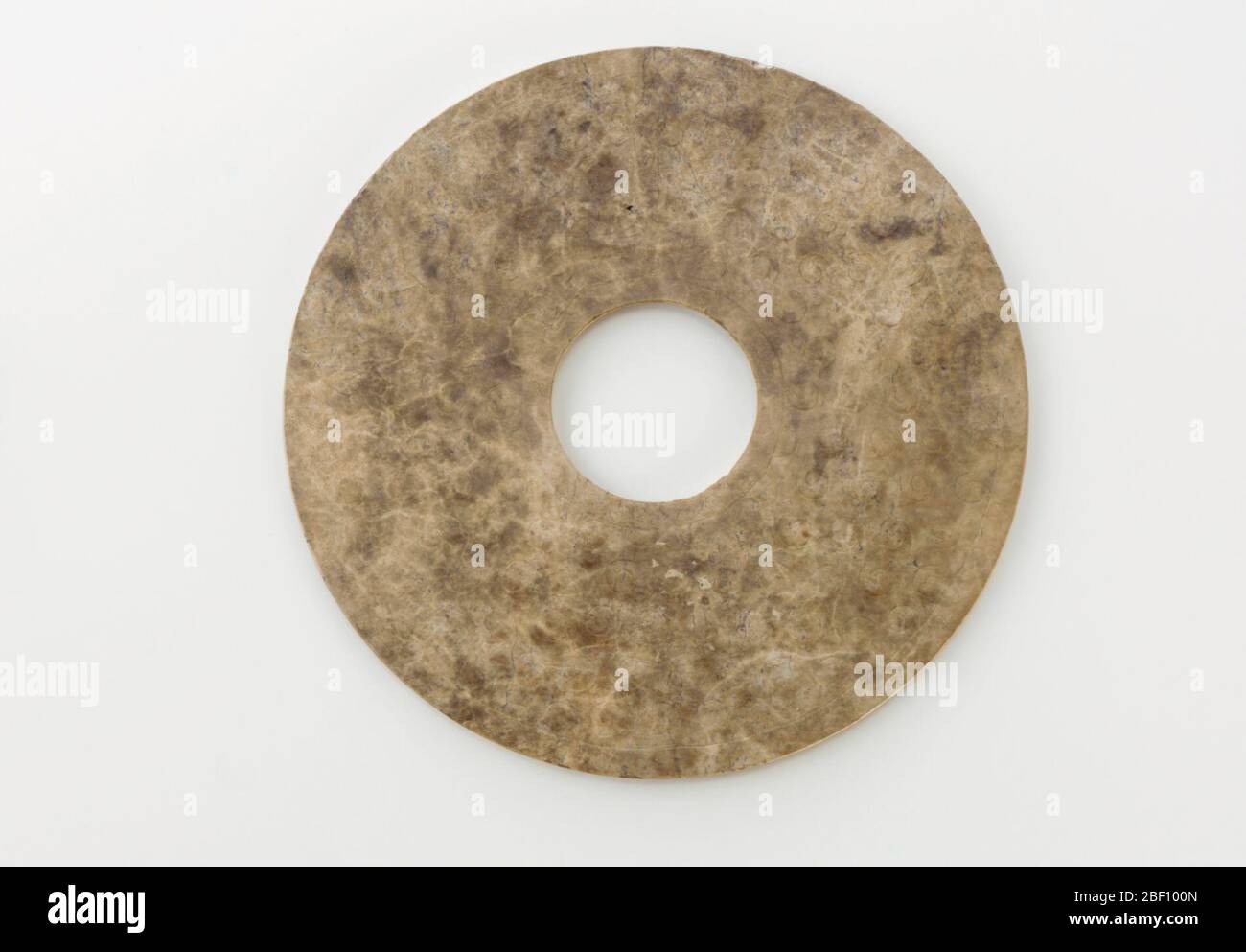 ; China; 475-221 B.C.E.; Jade (?); Diam x D: 14.4 x 0.4 cm (5 5/8 x 3/16 in); Gift of Charles Lang Freer Stock Photohttps://www.alamy.com/image-license-details/?v=1https://www.alamy.com/china-475-221-bce-jade-diam-x-d-144-x-04-cm-5-58-x-316-in-gift-of-charles-lang-freer-image353449173.html
; China; 475-221 B.C.E.; Jade (?); Diam x D: 14.4 x 0.4 cm (5 5/8 x 3/16 in); Gift of Charles Lang Freer Stock Photohttps://www.alamy.com/image-license-details/?v=1https://www.alamy.com/china-475-221-bce-jade-diam-x-d-144-x-04-cm-5-58-x-316-in-gift-of-charles-lang-freer-image353449173.htmlRM2BF100N–; China; 475-221 B.C.E.; Jade (?); Diam x D: 14.4 x 0.4 cm (5 5/8 x 3/16 in); Gift of Charles Lang Freer
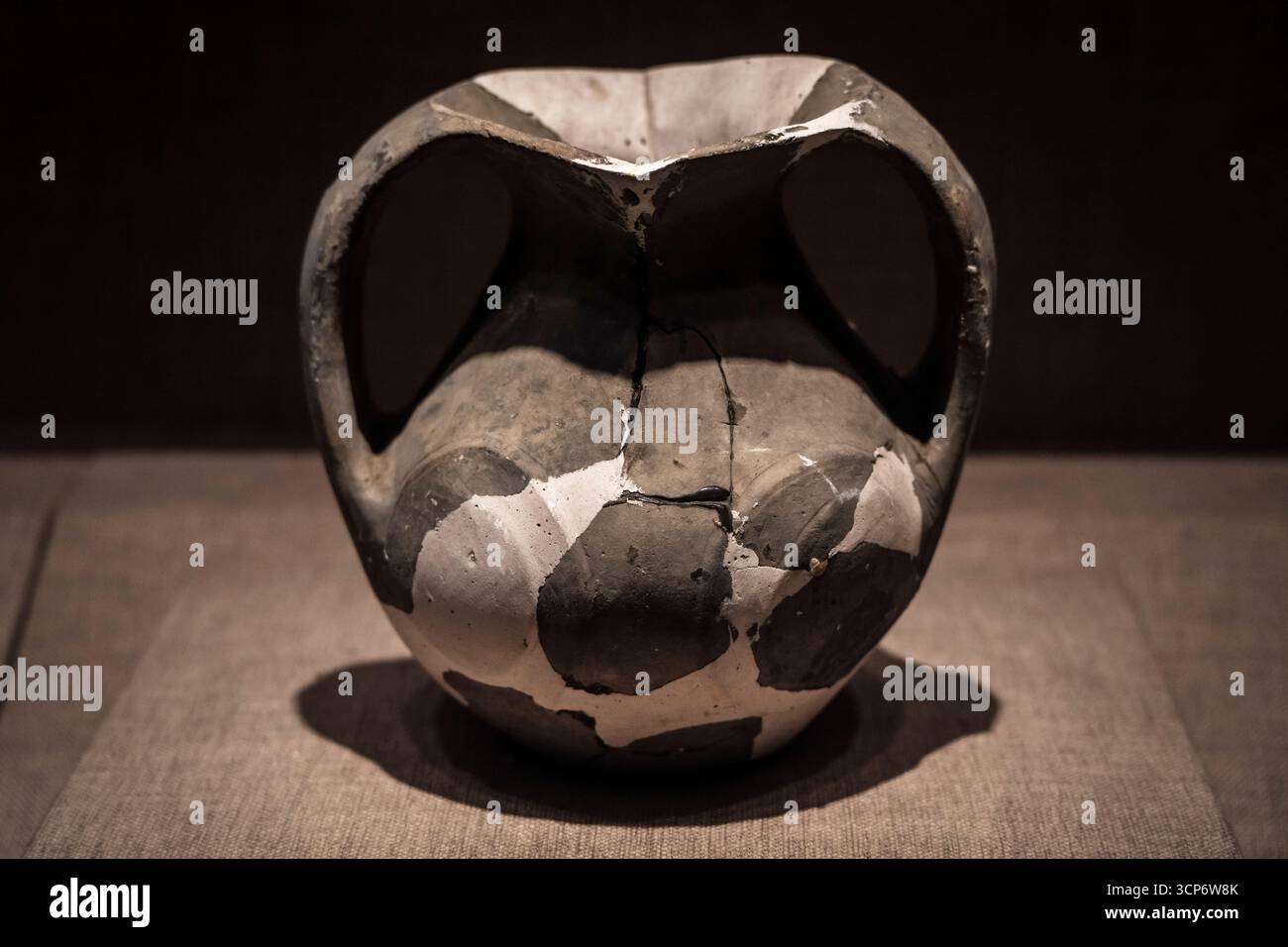 Pottery Jar with Handles, The Warring States Period, Chengdu, Sichuan, People's Republic of China, Asia. Stock Photohttps://www.alamy.com/image-license-details/?v=1https://www.alamy.com/pottery-jar-with-handles-the-warring-states-period-chengdu-sichuan-peoples-republic-of-china-asia-image702088707.html
Pottery Jar with Handles, The Warring States Period, Chengdu, Sichuan, People's Republic of China, Asia. Stock Photohttps://www.alamy.com/image-license-details/?v=1https://www.alamy.com/pottery-jar-with-handles-the-warring-states-period-chengdu-sichuan-peoples-republic-of-china-asia-image702088707.htmlRM3CP6W8K–Pottery Jar with Handles, The Warring States Period, Chengdu, Sichuan, People's Republic of China, Asia.
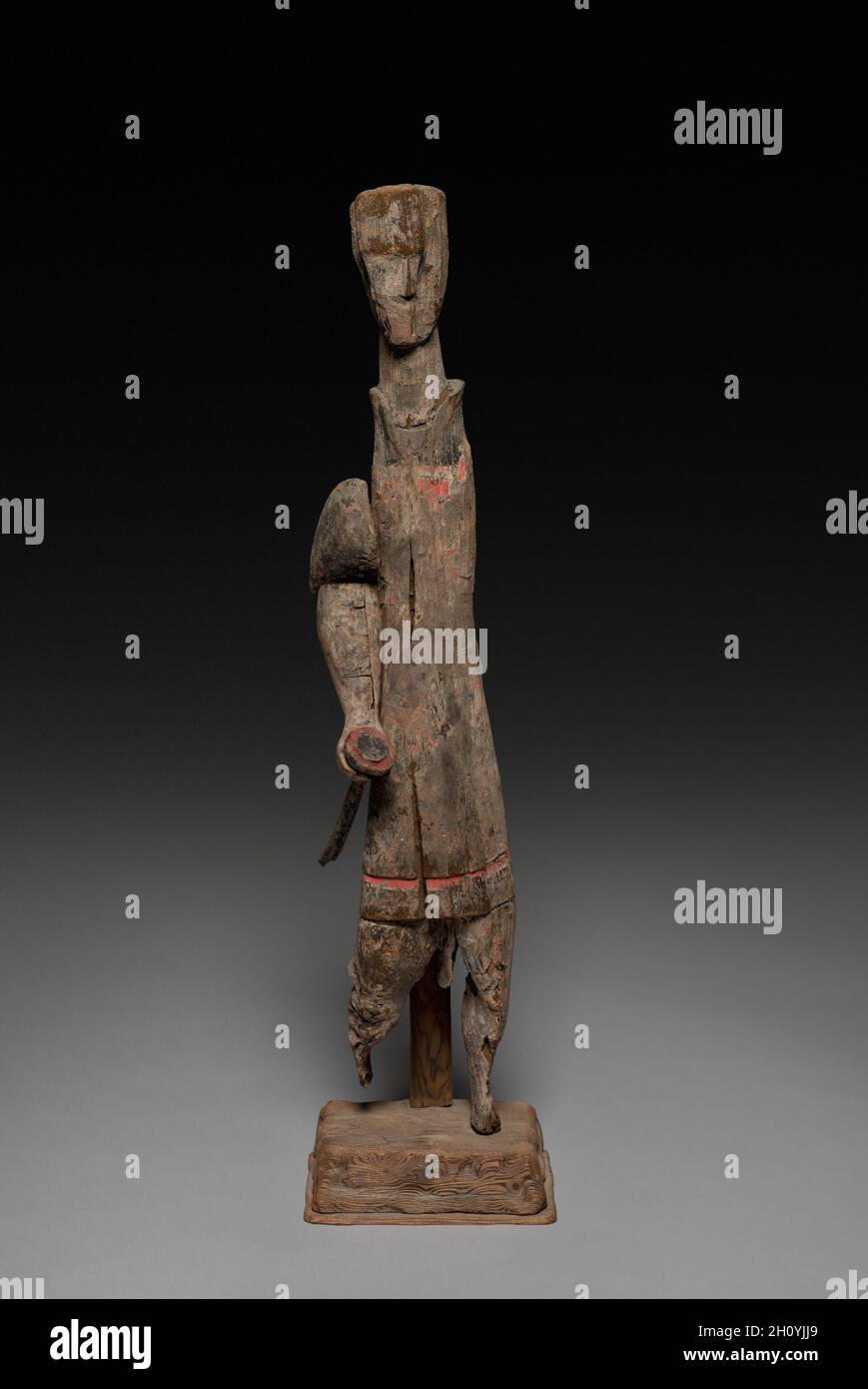 Figure with Sword, 4th-3rd Century BC. China, Eastern Zhou dynasty (771-256 BC), Warring States period (475-221 BC). Wood with traces of polychromy; overall: 49.5 cm (19 1/2 in.). Stock Photohttps://www.alamy.com/image-license-details/?v=1https://www.alamy.com/figure-with-sword-4th-3rd-century-bc-china-eastern-zhou-dynasty-771-256-bc-warring-states-period-475-221-bc-wood-with-traces-of-polychromy-overall-495-cm-19-12-in-image448076897.html
Figure with Sword, 4th-3rd Century BC. China, Eastern Zhou dynasty (771-256 BC), Warring States period (475-221 BC). Wood with traces of polychromy; overall: 49.5 cm (19 1/2 in.). Stock Photohttps://www.alamy.com/image-license-details/?v=1https://www.alamy.com/figure-with-sword-4th-3rd-century-bc-china-eastern-zhou-dynasty-771-256-bc-warring-states-period-475-221-bc-wood-with-traces-of-polychromy-overall-495-cm-19-12-in-image448076897.htmlRM2H0YJJ9–Figure with Sword, 4th-3rd Century BC. China, Eastern Zhou dynasty (771-256 BC), Warring States period (475-221 BC). Wood with traces of polychromy; overall: 49.5 cm (19 1/2 in.).
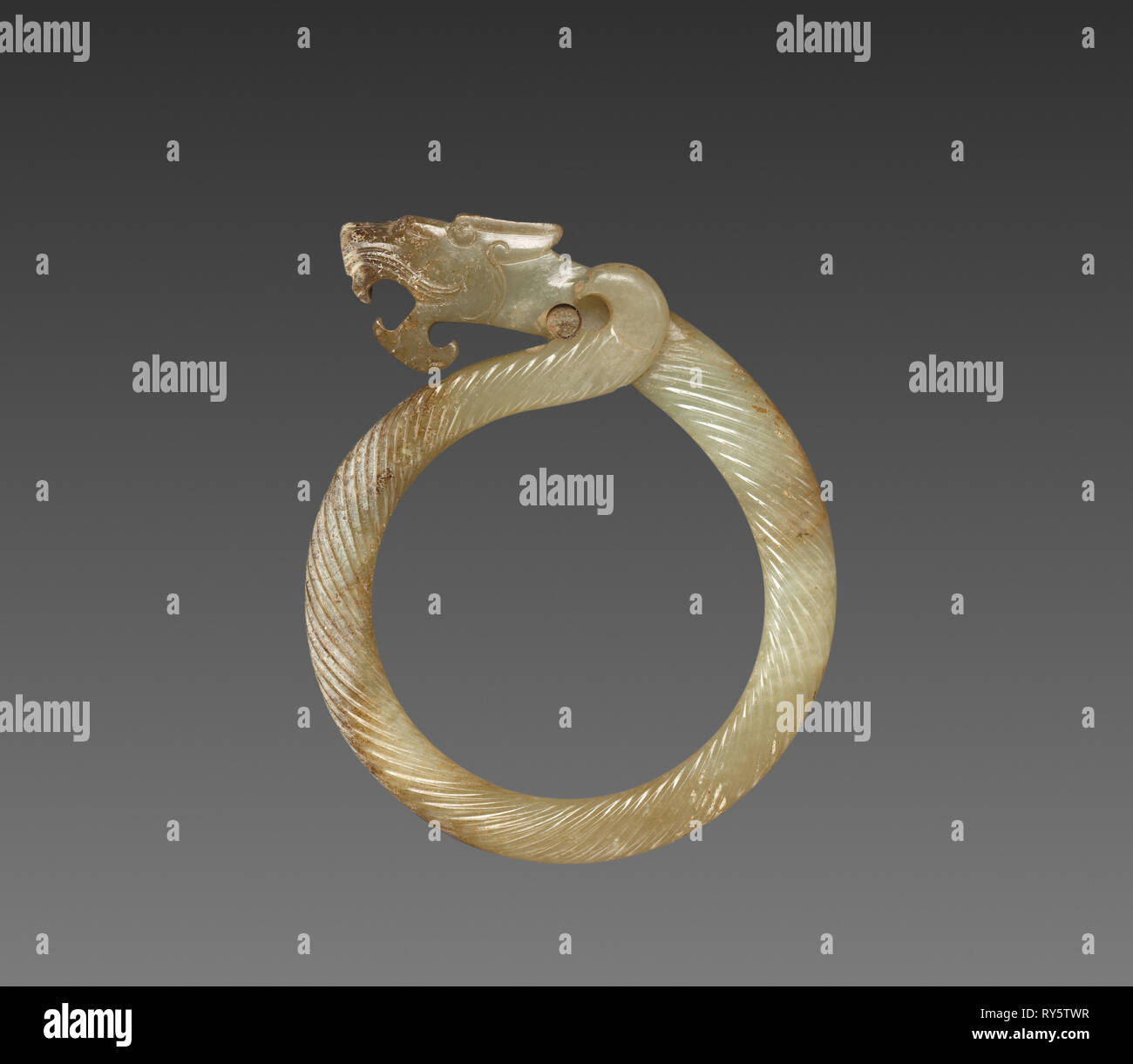 Fluted Ring with Dragon Head (Huan), 475-221 BC. China, Warring States period (475-221 BC). Jade (nephrite); overall: 9.1 cm (3 9/16 in Stock Photohttps://www.alamy.com/image-license-details/?v=1https://www.alamy.com/fluted-ring-with-dragon-head-huan-475-221-bc-china-warring-states-period-475-221-bc-jade-nephrite-overall-91-cm-3-916-in-image240459795.html
Fluted Ring with Dragon Head (Huan), 475-221 BC. China, Warring States period (475-221 BC). Jade (nephrite); overall: 9.1 cm (3 9/16 in Stock Photohttps://www.alamy.com/image-license-details/?v=1https://www.alamy.com/fluted-ring-with-dragon-head-huan-475-221-bc-china-warring-states-period-475-221-bc-jade-nephrite-overall-91-cm-3-916-in-image240459795.htmlRMRY5TWR–Fluted Ring with Dragon Head (Huan), 475-221 BC. China, Warring States period (475-221 BC). Jade (nephrite); overall: 9.1 cm (3 9/16 in
 A Chinese bronze sword, Warring States period, Double-edged blade with double fullers on both sides and massive inserted medial ridge, slightly tapering towards the point. Ridged blade mounting, the grip segmented by two girdles, disk-shaped pommel. Fine patina. Length 54 cm. Cf. C.H. Wang Collection, Shang and Zhou Chinese Bronze Weaponry, Taiwan, 1983. Provenance: Hermann Historica, auction 46, lot 766. China, Chinese, historic, historical ancient world, Additional-Rights-Clearance-Info-Not-Available Stock Photohttps://www.alamy.com/image-license-details/?v=1https://www.alamy.com/a-chinese-bronze-sword-warring-states-period-double-edged-blade-with-double-fullers-on-both-sides-and-massive-inserted-medial-ridge-slightly-tapering-towards-the-point-ridged-blade-mounting-the-grip-segmented-by-two-girdles-disk-shaped-pommel-fine-patina-length-54-cm-cf-ch-wang-collection-shang-and-zhou-chinese-bronze-weaponry-taiwan-1983-provenance-hermann-historica-auction-46-lot-766-china-chinese-historic-historical-ancient-world-additional-rights-clearance-info-not-available-image247740720.html
A Chinese bronze sword, Warring States period, Double-edged blade with double fullers on both sides and massive inserted medial ridge, slightly tapering towards the point. Ridged blade mounting, the grip segmented by two girdles, disk-shaped pommel. Fine patina. Length 54 cm. Cf. C.H. Wang Collection, Shang and Zhou Chinese Bronze Weaponry, Taiwan, 1983. Provenance: Hermann Historica, auction 46, lot 766. China, Chinese, historic, historical ancient world, Additional-Rights-Clearance-Info-Not-Available Stock Photohttps://www.alamy.com/image-license-details/?v=1https://www.alamy.com/a-chinese-bronze-sword-warring-states-period-double-edged-blade-with-double-fullers-on-both-sides-and-massive-inserted-medial-ridge-slightly-tapering-towards-the-point-ridged-blade-mounting-the-grip-segmented-by-two-girdles-disk-shaped-pommel-fine-patina-length-54-cm-cf-ch-wang-collection-shang-and-zhou-chinese-bronze-weaponry-taiwan-1983-provenance-hermann-historica-auction-46-lot-766-china-chinese-historic-historical-ancient-world-additional-rights-clearance-info-not-available-image247740720.htmlRMTB1FPT–A Chinese bronze sword, Warring States period, Double-edged blade with double fullers on both sides and massive inserted medial ridge, slightly tapering towards the point. Ridged blade mounting, the grip segmented by two girdles, disk-shaped pommel. Fine patina. Length 54 cm. Cf. C.H. Wang Collection, Shang and Zhou Chinese Bronze Weaponry, Taiwan, 1983. Provenance: Hermann Historica, auction 46, lot 766. China, Chinese, historic, historical ancient world, Additional-Rights-Clearance-Info-Not-Available
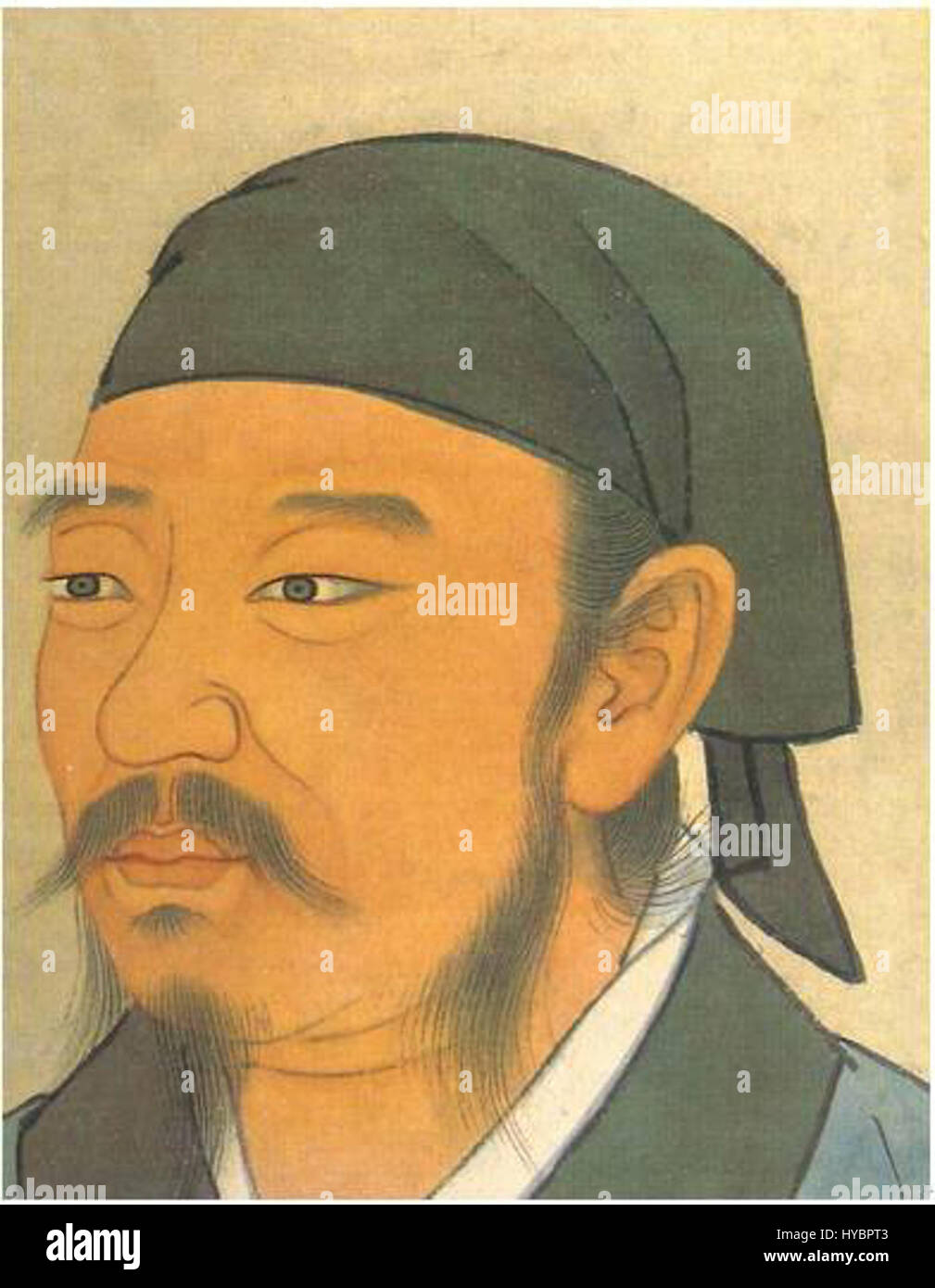 The portrait of Xun Zi, a renowned Confucian philosopher from the Warring States period, captures his intellectual prominence. His philosophy emphasized the inherent nature of humanity and the importance of education. Stock Photohttps://www.alamy.com/image-license-details/?v=1https://www.alamy.com/stock-photo-the-portrait-of-xun-zi-a-renowned-confucian-philosopher-from-the-warring-137327683.html
The portrait of Xun Zi, a renowned Confucian philosopher from the Warring States period, captures his intellectual prominence. His philosophy emphasized the inherent nature of humanity and the importance of education. Stock Photohttps://www.alamy.com/image-license-details/?v=1https://www.alamy.com/stock-photo-the-portrait-of-xun-zi-a-renowned-confucian-philosopher-from-the-warring-137327683.htmlRMHYBPT3–The portrait of Xun Zi, a renowned Confucian philosopher from the Warring States period, captures his intellectual prominence. His philosophy emphasized the inherent nature of humanity and the importance of education.
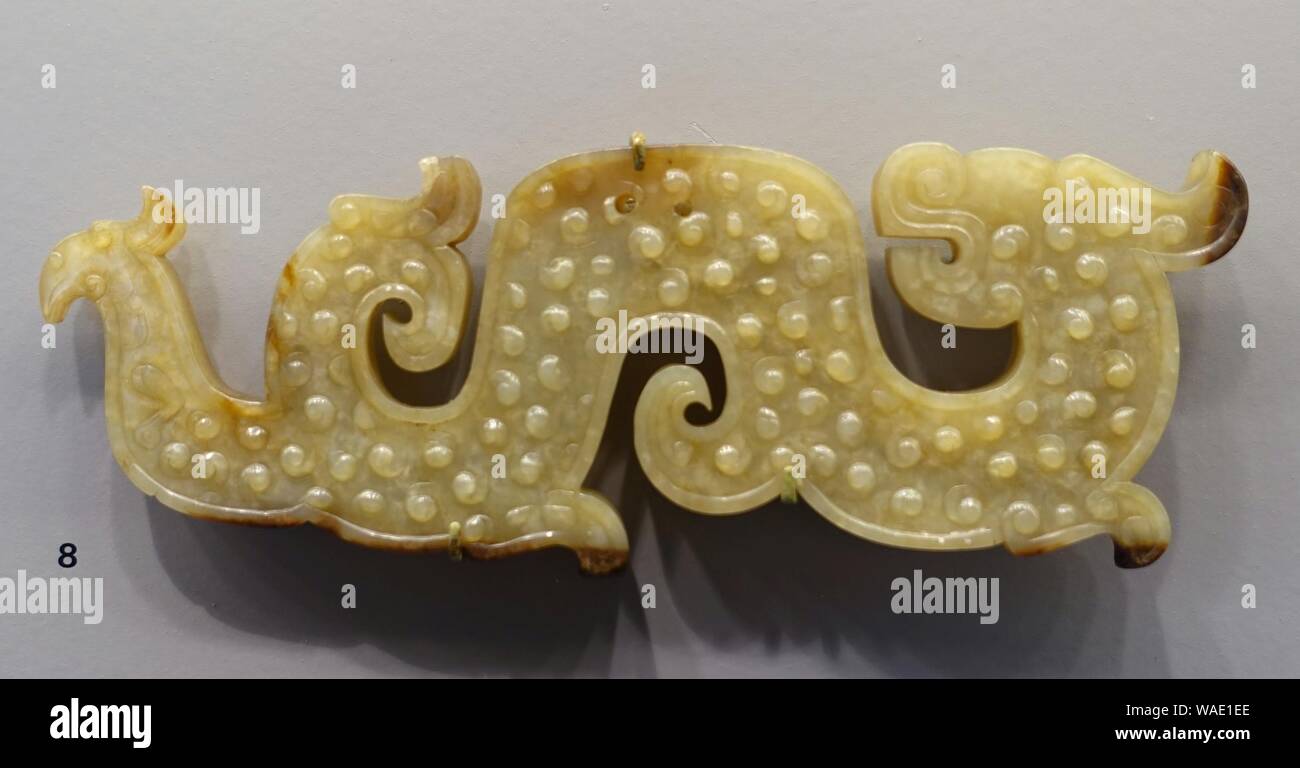 Dragon and Bird Configuration, China, Warring States period, 5th-4th century BC, nephrite Stock Photohttps://www.alamy.com/image-license-details/?v=1https://www.alamy.com/dragon-and-bird-configuration-china-warring-states-period-5th-4th-century-bc-nephrite-image264610598.html
Dragon and Bird Configuration, China, Warring States period, 5th-4th century BC, nephrite Stock Photohttps://www.alamy.com/image-license-details/?v=1https://www.alamy.com/dragon-and-bird-configuration-china-warring-states-period-5th-4th-century-bc-nephrite-image264610598.htmlRMWAE1EE–Dragon and Bird Configuration, China, Warring States period, 5th-4th century BC, nephrite
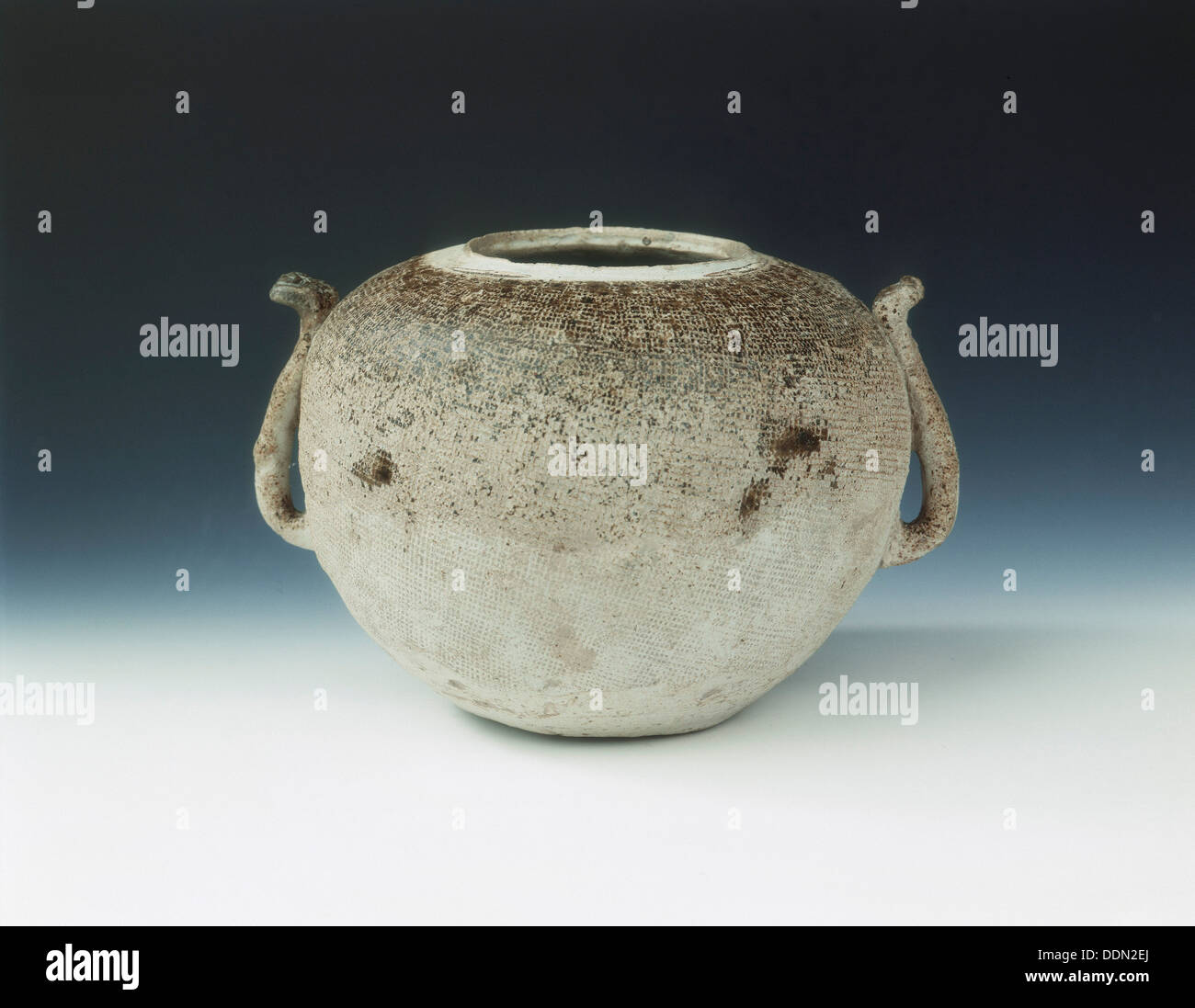 Glazed pottery jar impressed with cloth pattern, Warring States period, China, c4th century BC. Artist: Unknown Stock Photohttps://www.alamy.com/image-license-details/?v=1https://www.alamy.com/glazed-pottery-jar-impressed-with-cloth-pattern-warring-states-period-image60084602.html
Glazed pottery jar impressed with cloth pattern, Warring States period, China, c4th century BC. Artist: Unknown Stock Photohttps://www.alamy.com/image-license-details/?v=1https://www.alamy.com/glazed-pottery-jar-impressed-with-cloth-pattern-warring-states-period-image60084602.htmlRMDDN2EJ–Glazed pottery jar impressed with cloth pattern, Warring States period, China, c4th century BC. Artist: Unknown
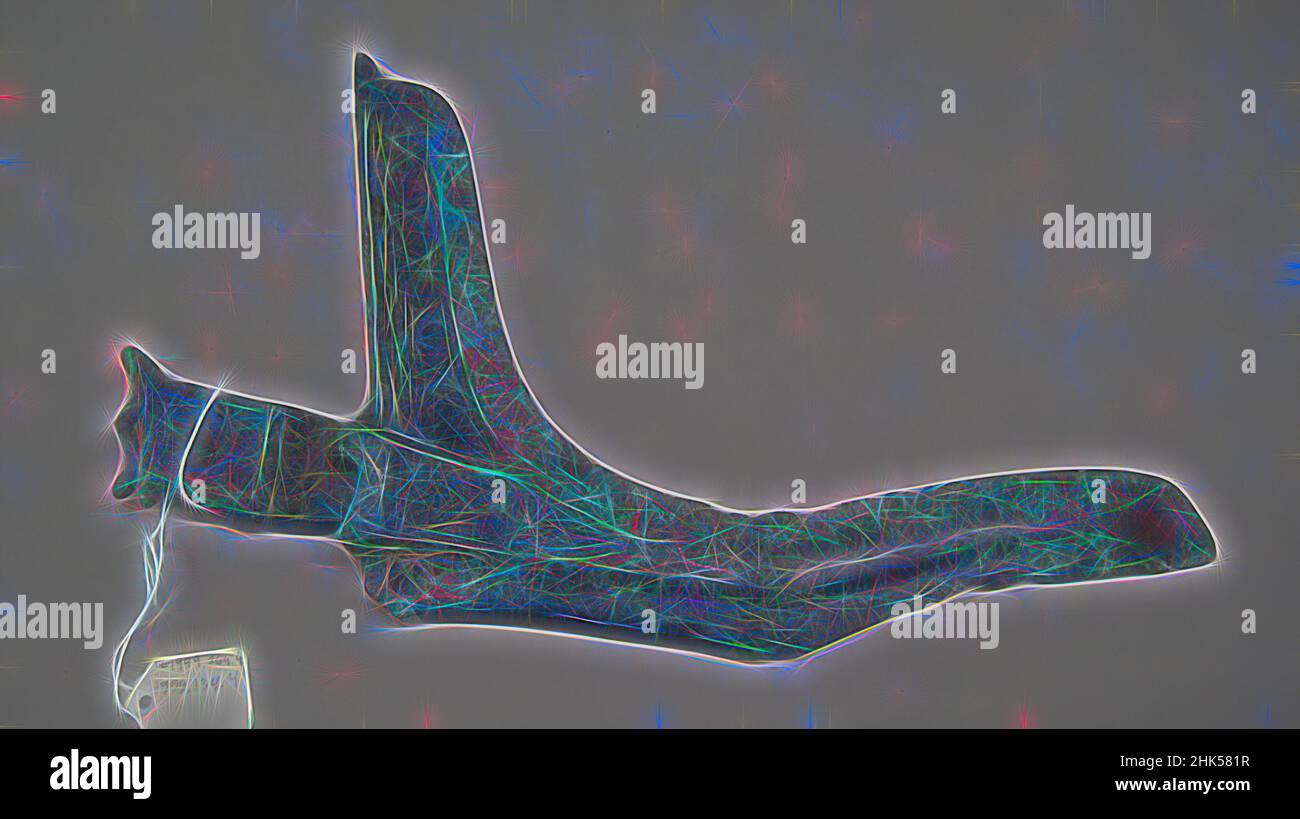 Inspired by Dagger-Axe or Halberd with Whorl Decoration, Dian, Bronze, Yunnan, China, 5th century B.C.E.-early 1st century C.E., Western Han Dynasty, Warring States Period, 12 x 6 in., 30.5 x 15.2 cm, Reimagined by Artotop. Classic art reinvented with a modern twist. Design of warm cheerful glowing of brightness and light ray radiance. Photography inspired by surrealism and futurism, embracing dynamic energy of modern technology, movement, speed and revolutionize culture Stock Photohttps://www.alamy.com/image-license-details/?v=1https://www.alamy.com/inspired-by-dagger-axe-or-halberd-with-whorl-decoration-dian-bronze-yunnan-china-5th-century-bce-early-1st-century-ce-western-han-dynasty-warring-states-period-12-x-6-in-305-x-152-cm-reimagined-by-artotop-classic-art-reinvented-with-a-modern-twist-design-of-warm-cheerful-glowing-of-brightness-and-light-ray-radiance-photography-inspired-by-surrealism-and-futurism-embracing-dynamic-energy-of-modern-technology-movement-speed-and-revolutionize-culture-image459264115.html
Inspired by Dagger-Axe or Halberd with Whorl Decoration, Dian, Bronze, Yunnan, China, 5th century B.C.E.-early 1st century C.E., Western Han Dynasty, Warring States Period, 12 x 6 in., 30.5 x 15.2 cm, Reimagined by Artotop. Classic art reinvented with a modern twist. Design of warm cheerful glowing of brightness and light ray radiance. Photography inspired by surrealism and futurism, embracing dynamic energy of modern technology, movement, speed and revolutionize culture Stock Photohttps://www.alamy.com/image-license-details/?v=1https://www.alamy.com/inspired-by-dagger-axe-or-halberd-with-whorl-decoration-dian-bronze-yunnan-china-5th-century-bce-early-1st-century-ce-western-han-dynasty-warring-states-period-12-x-6-in-305-x-152-cm-reimagined-by-artotop-classic-art-reinvented-with-a-modern-twist-design-of-warm-cheerful-glowing-of-brightness-and-light-ray-radiance-photography-inspired-by-surrealism-and-futurism-embracing-dynamic-energy-of-modern-technology-movement-speed-and-revolutionize-culture-image459264115.htmlRF2HK581R–Inspired by Dagger-Axe or Halberd with Whorl Decoration, Dian, Bronze, Yunnan, China, 5th century B.C.E.-early 1st century C.E., Western Han Dynasty, Warring States Period, 12 x 6 in., 30.5 x 15.2 cm, Reimagined by Artotop. Classic art reinvented with a modern twist. Design of warm cheerful glowing of brightness and light ray radiance. Photography inspired by surrealism and futurism, embracing dynamic energy of modern technology, movement, speed and revolutionize culture
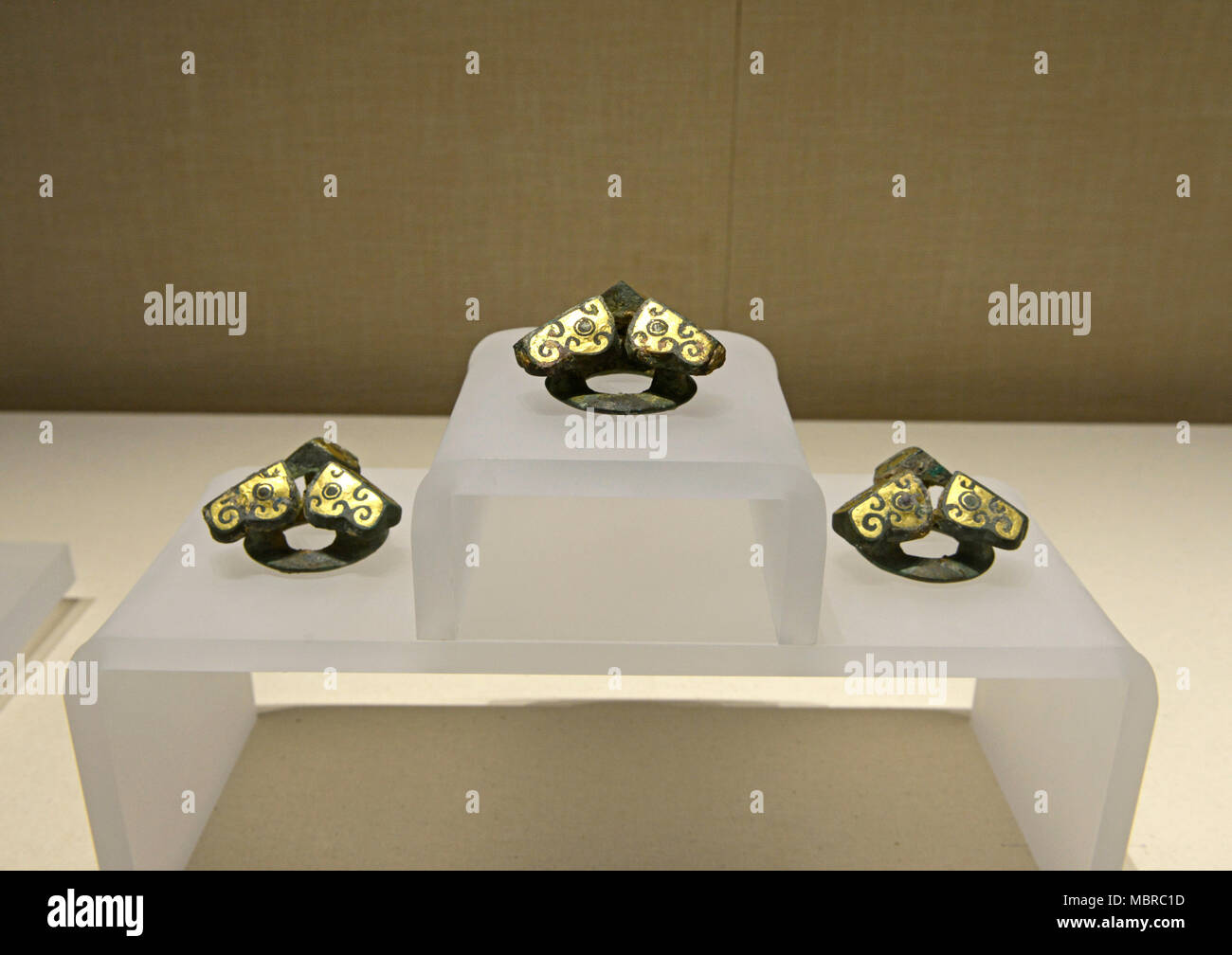 Brooches from the Warring States period on display in Dongyue temple in Beijing, China Stock Photohttps://www.alamy.com/image-license-details/?v=1https://www.alamy.com/brooches-from-the-warring-states-period-on-display-in-dongyue-temple-in-beijing-china-image179379241.html
Brooches from the Warring States period on display in Dongyue temple in Beijing, China Stock Photohttps://www.alamy.com/image-license-details/?v=1https://www.alamy.com/brooches-from-the-warring-states-period-on-display-in-dongyue-temple-in-beijing-china-image179379241.htmlRMMBRC1D–Brooches from the Warring States period on display in Dongyue temple in Beijing, China
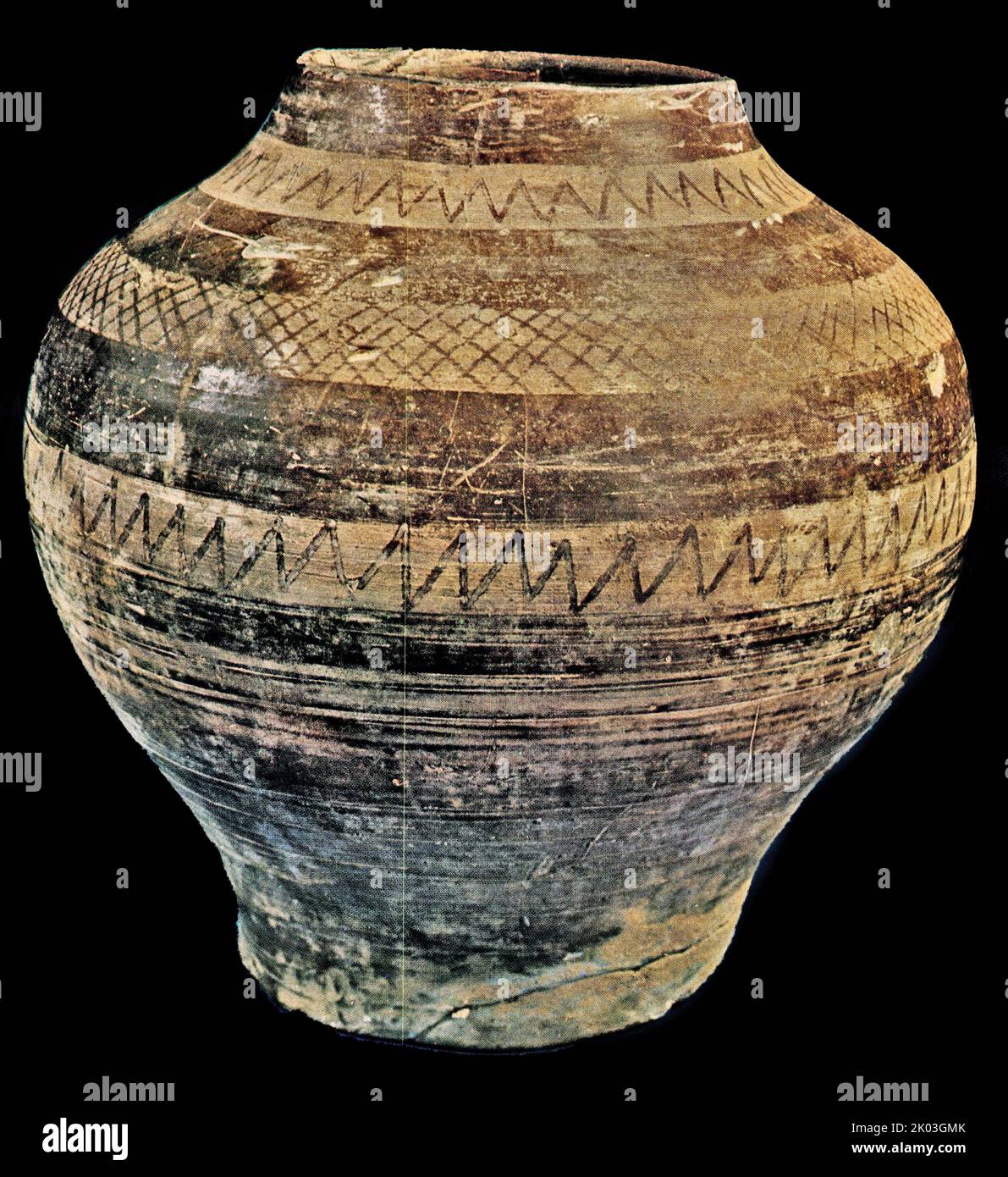 Warring States Period pottery excavated at Guangwu area, Henan Province in 1928. The soil of the pottery is firm and fine and dark in colour. The pottery has a flat mouth, broad shoulders, a large belly, and a flat bottom. It is painted with smooth hard stones or other similar tools, and the painted places show the smooth nature of clay. This method was commonly used by those who made black pottery at that time. Stock Photohttps://www.alamy.com/image-license-details/?v=1https://www.alamy.com/warring-states-period-pottery-excavated-at-guangwu-area-henan-province-in-1928-the-soil-of-the-pottery-is-firm-and-fine-and-dark-in-colour-the-pottery-has-a-flat-mouth-broad-shoulders-a-large-belly-and-a-flat-bottom-it-is-painted-with-smooth-hard-stones-or-other-similar-tools-and-the-painted-places-show-the-smooth-nature-of-clay-this-method-was-commonly-used-by-those-who-made-black-pottery-at-that-time-image481969283.html
Warring States Period pottery excavated at Guangwu area, Henan Province in 1928. The soil of the pottery is firm and fine and dark in colour. The pottery has a flat mouth, broad shoulders, a large belly, and a flat bottom. It is painted with smooth hard stones or other similar tools, and the painted places show the smooth nature of clay. This method was commonly used by those who made black pottery at that time. Stock Photohttps://www.alamy.com/image-license-details/?v=1https://www.alamy.com/warring-states-period-pottery-excavated-at-guangwu-area-henan-province-in-1928-the-soil-of-the-pottery-is-firm-and-fine-and-dark-in-colour-the-pottery-has-a-flat-mouth-broad-shoulders-a-large-belly-and-a-flat-bottom-it-is-painted-with-smooth-hard-stones-or-other-similar-tools-and-the-painted-places-show-the-smooth-nature-of-clay-this-method-was-commonly-used-by-those-who-made-black-pottery-at-that-time-image481969283.htmlRM2K03GMK–Warring States Period pottery excavated at Guangwu area, Henan Province in 1928. The soil of the pottery is firm and fine and dark in colour. The pottery has a flat mouth, broad shoulders, a large belly, and a flat bottom. It is painted with smooth hard stones or other similar tools, and the painted places show the smooth nature of clay. This method was commonly used by those who made black pottery at that time.
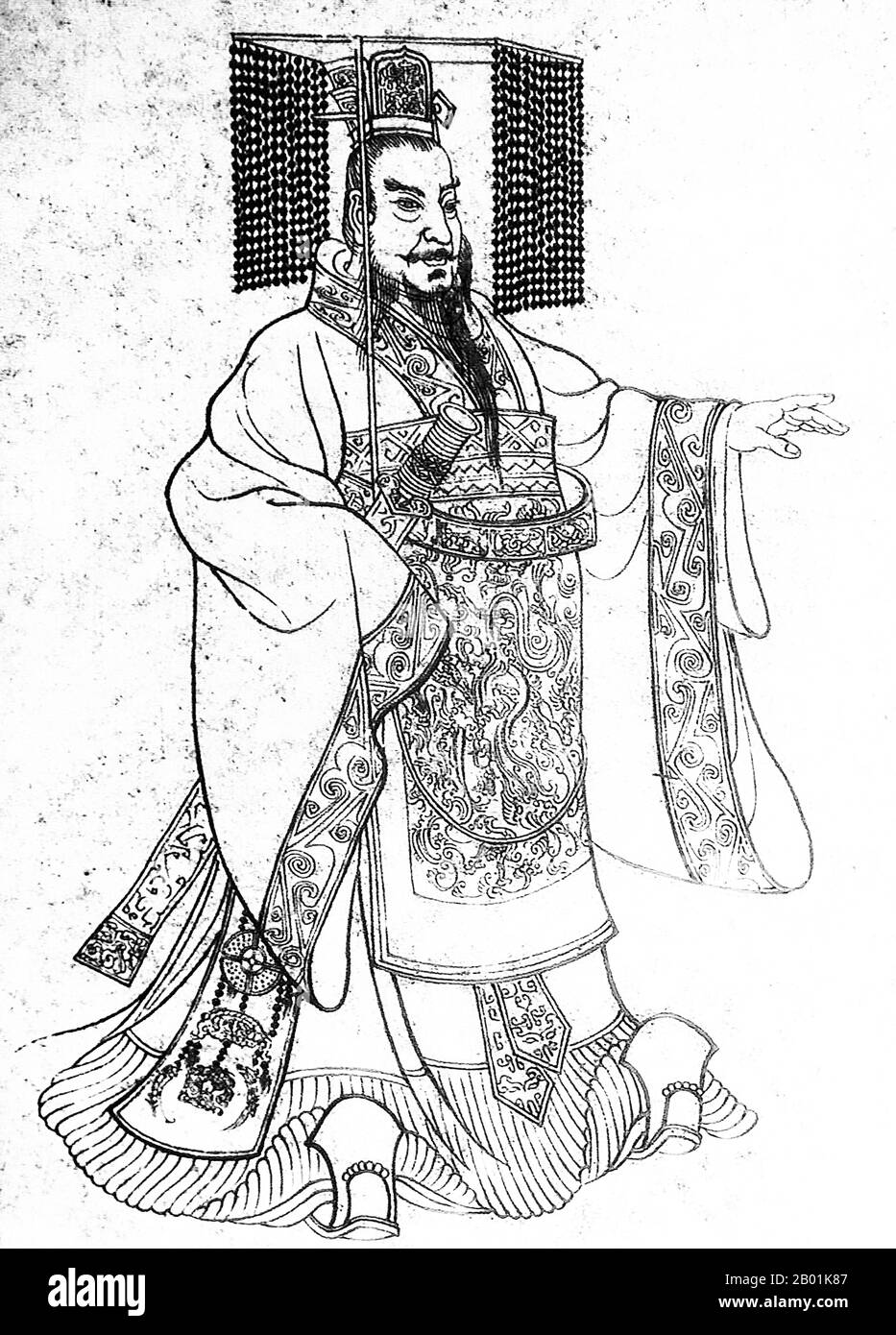 China: Qin Shu Huang/Qin Shi Huangdi (259-210 BCE), First Emperor of a unified China. Ink drawing, c. 18th century. Qin Shi Huang, personal name Ying Zheng, was king of the Chinese State of Qin from 246 to 221 BCE during the Warring States Period. He became the first emperor of a unified China in 221 BCE, and ruled until his death in 210 BC at the age of 49. Styling himself 'First Emperor' after China's unification, Qin Shi Huang is a pivotal figure in Chinese history, ushering in nearly two millennia of imperial rule. Stock Photohttps://www.alamy.com/image-license-details/?v=1https://www.alamy.com/china-qin-shu-huangqin-shi-huangdi-259-210-bce-first-emperor-of-a-unified-china-ink-drawing-c-18th-century-qin-shi-huang-personal-name-ying-zheng-was-king-of-the-chinese-state-of-qin-from-246-to-221-bce-during-the-warring-states-period-he-became-the-first-emperor-of-a-unified-china-in-221-bce-and-ruled-until-his-death-in-210-bc-at-the-age-of-49-styling-himself-first-emperor-after-chinas-unification-qin-shi-huang-is-a-pivotal-figure-in-chinese-history-ushering-in-nearly-two-millennia-of-imperial-rule-image344244439.html
China: Qin Shu Huang/Qin Shi Huangdi (259-210 BCE), First Emperor of a unified China. Ink drawing, c. 18th century. Qin Shi Huang, personal name Ying Zheng, was king of the Chinese State of Qin from 246 to 221 BCE during the Warring States Period. He became the first emperor of a unified China in 221 BCE, and ruled until his death in 210 BC at the age of 49. Styling himself 'First Emperor' after China's unification, Qin Shi Huang is a pivotal figure in Chinese history, ushering in nearly two millennia of imperial rule. Stock Photohttps://www.alamy.com/image-license-details/?v=1https://www.alamy.com/china-qin-shu-huangqin-shi-huangdi-259-210-bce-first-emperor-of-a-unified-china-ink-drawing-c-18th-century-qin-shi-huang-personal-name-ying-zheng-was-king-of-the-chinese-state-of-qin-from-246-to-221-bce-during-the-warring-states-period-he-became-the-first-emperor-of-a-unified-china-in-221-bce-and-ruled-until-his-death-in-210-bc-at-the-age-of-49-styling-himself-first-emperor-after-chinas-unification-qin-shi-huang-is-a-pivotal-figure-in-chinese-history-ushering-in-nearly-two-millennia-of-imperial-rule-image344244439.htmlRM2B01K87–China: Qin Shu Huang/Qin Shi Huangdi (259-210 BCE), First Emperor of a unified China. Ink drawing, c. 18th century. Qin Shi Huang, personal name Ying Zheng, was king of the Chinese State of Qin from 246 to 221 BCE during the Warring States Period. He became the first emperor of a unified China in 221 BCE, and ruled until his death in 210 BC at the age of 49. Styling himself 'First Emperor' after China's unification, Qin Shi Huang is a pivotal figure in Chinese history, ushering in nearly two millennia of imperial rule.
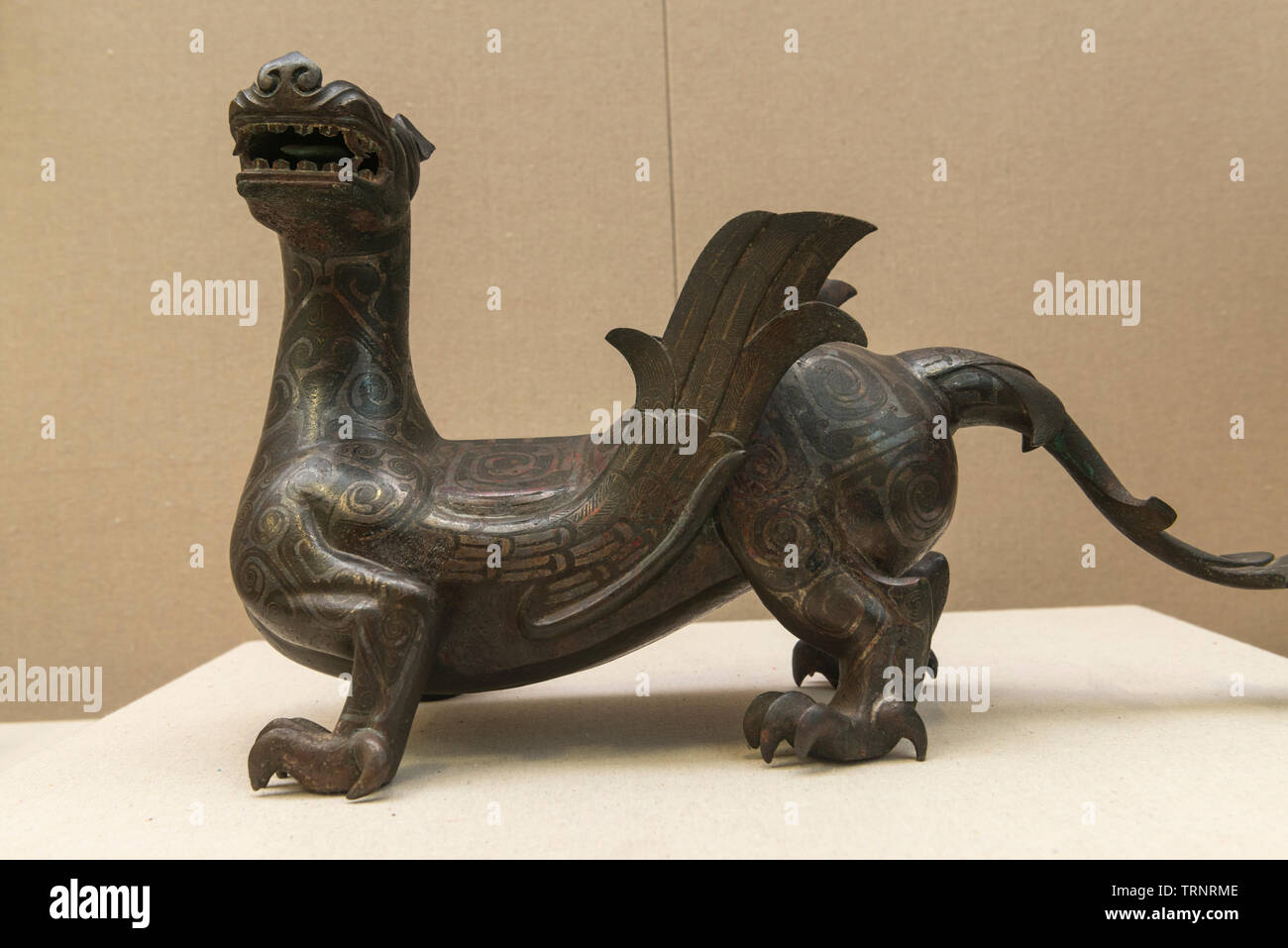 Bronze-inlaid-with-silver Mythical Animal. 475 BC-221 BC(The Warring States Period) Cultural Relics Institute Hebei Province, China Stock Photohttps://www.alamy.com/image-license-details/?v=1https://www.alamy.com/bronze-inlaid-with-silver-mythical-animal-475-bc-221-bcthe-warring-states-period-cultural-relics-institute-hebei-province-china-image255561838.html
Bronze-inlaid-with-silver Mythical Animal. 475 BC-221 BC(The Warring States Period) Cultural Relics Institute Hebei Province, China Stock Photohttps://www.alamy.com/image-license-details/?v=1https://www.alamy.com/bronze-inlaid-with-silver-mythical-animal-475-bc-221-bcthe-warring-states-period-cultural-relics-institute-hebei-province-china-image255561838.htmlRMTRNRME–Bronze-inlaid-with-silver Mythical Animal. 475 BC-221 BC(The Warring States Period) Cultural Relics Institute Hebei Province, China
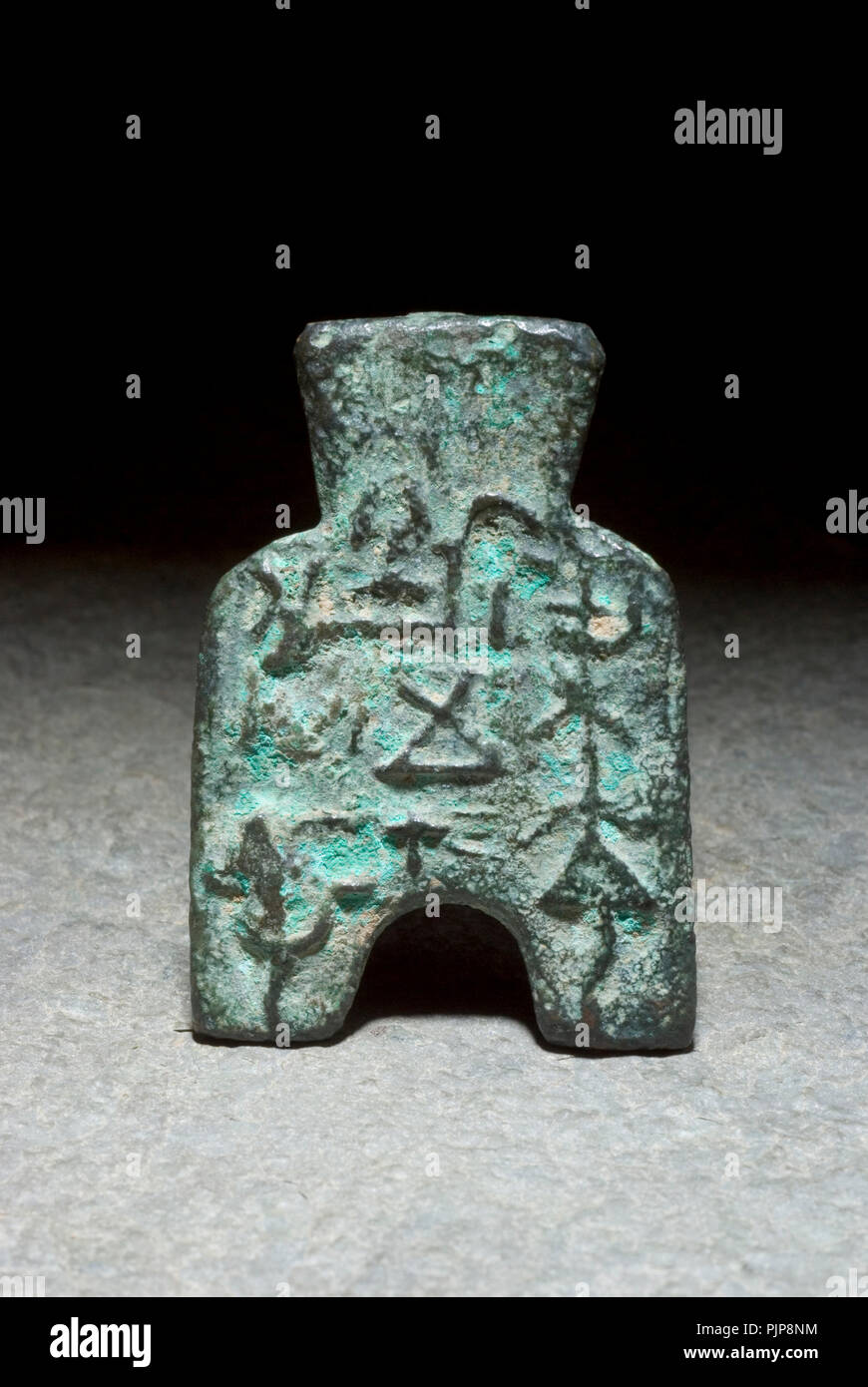 Chinese Warring States period Spade Coin Stock Photohttps://www.alamy.com/image-license-details/?v=1https://www.alamy.com/chinese-warring-states-period-spade-coin-image218078048.html
Chinese Warring States period Spade Coin Stock Photohttps://www.alamy.com/image-license-details/?v=1https://www.alamy.com/chinese-warring-states-period-spade-coin-image218078048.htmlRMPJP8NM–Chinese Warring States period Spade Coin
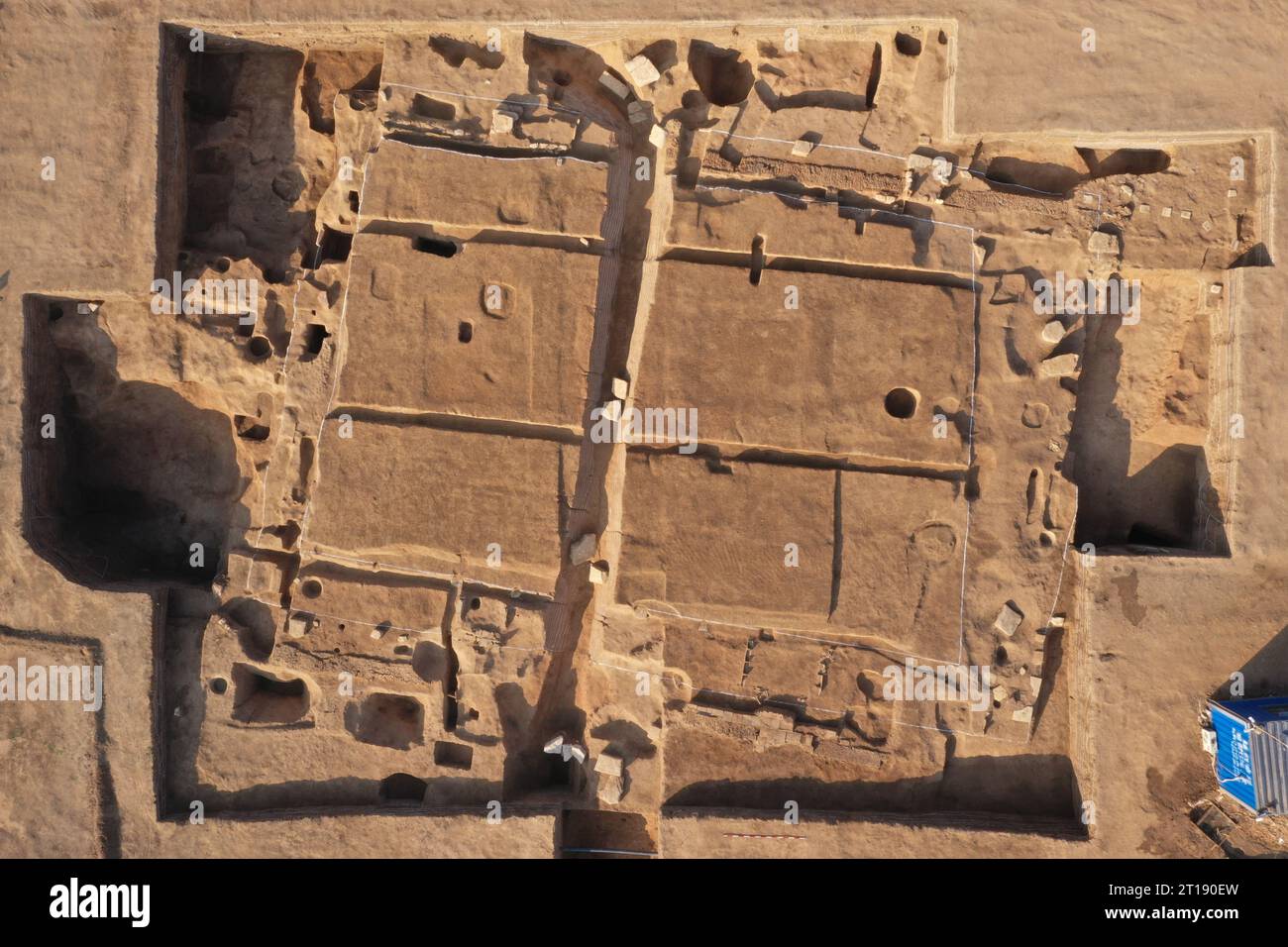 Jinan. 12th Oct, 2023. This undated photo shows an ancient workplace of artisan workers dating back to the Warring States Period (475 BC-221 BC) in Zoucheng City, east China's Shandong Province. TO GO WITH 'Over 2,000-year-old workplace of artisan workers found in east China' Credit: Xinhua/Alamy Live News Stock Photohttps://www.alamy.com/image-license-details/?v=1https://www.alamy.com/jinan-12th-oct-2023-this-undated-photo-shows-an-ancient-workplace-of-artisan-workers-dating-back-to-the-warring-states-period-475-bc-221-bc-in-zoucheng-city-east-chinas-shandong-province-to-go-with-over-2000-year-old-workplace-of-artisan-workers-found-in-east-china-credit-xinhuaalamy-live-news-image568754785.html
Jinan. 12th Oct, 2023. This undated photo shows an ancient workplace of artisan workers dating back to the Warring States Period (475 BC-221 BC) in Zoucheng City, east China's Shandong Province. TO GO WITH 'Over 2,000-year-old workplace of artisan workers found in east China' Credit: Xinhua/Alamy Live News Stock Photohttps://www.alamy.com/image-license-details/?v=1https://www.alamy.com/jinan-12th-oct-2023-this-undated-photo-shows-an-ancient-workplace-of-artisan-workers-dating-back-to-the-warring-states-period-475-bc-221-bc-in-zoucheng-city-east-chinas-shandong-province-to-go-with-over-2000-year-old-workplace-of-artisan-workers-found-in-east-china-credit-xinhuaalamy-live-news-image568754785.htmlRM2T190EW–Jinan. 12th Oct, 2023. This undated photo shows an ancient workplace of artisan workers dating back to the Warring States Period (475 BC-221 BC) in Zoucheng City, east China's Shandong Province. TO GO WITH 'Over 2,000-year-old workplace of artisan workers found in east China' Credit: Xinhua/Alamy Live News
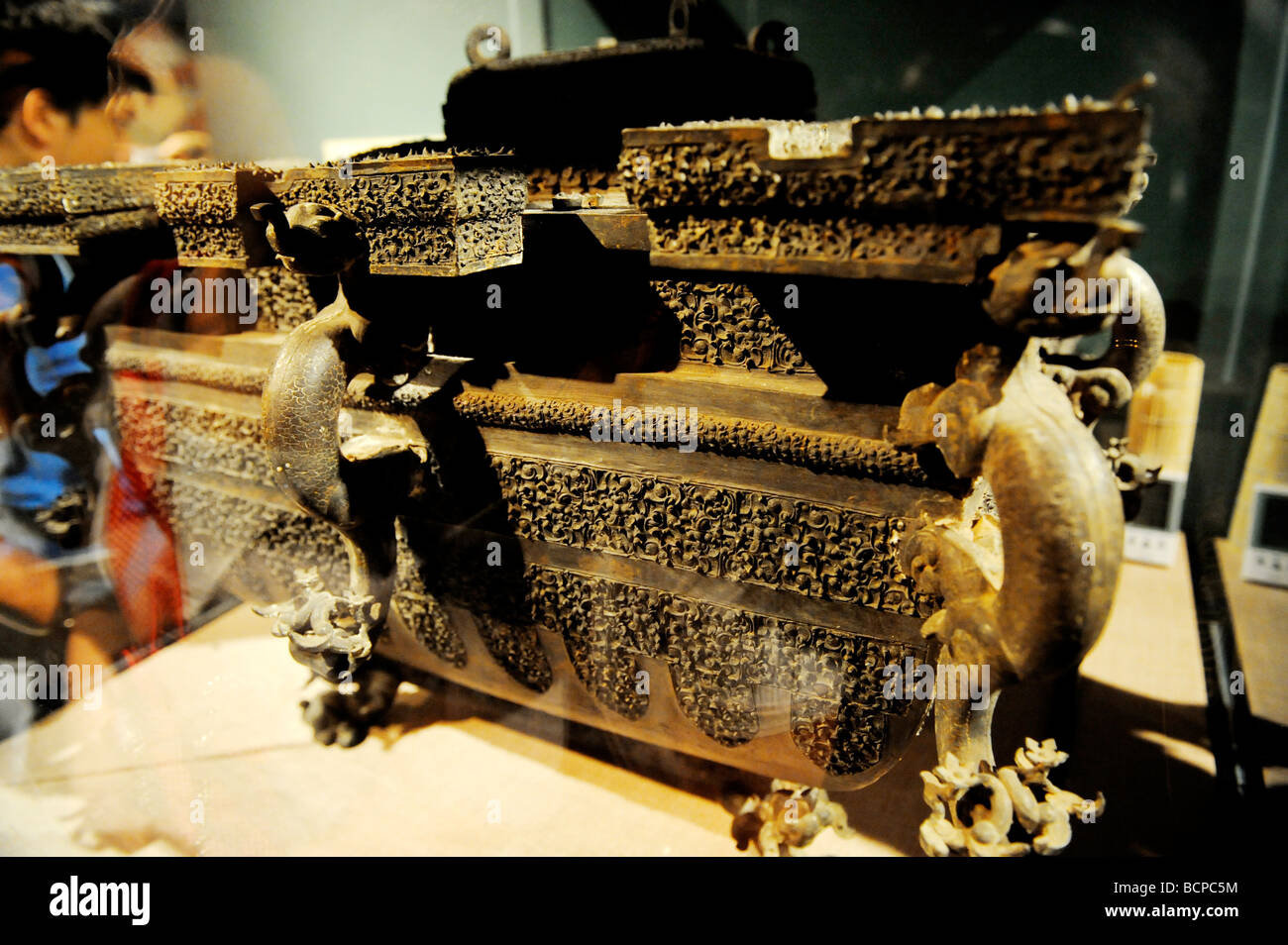 Exquisite bronze food container from The Warring States period from Chu State, Capital Museum, Beijing, China Stock Photohttps://www.alamy.com/image-license-details/?v=1https://www.alamy.com/stock-photo-exquisite-bronze-food-container-from-the-warring-states-period-from-25078752.html
Exquisite bronze food container from The Warring States period from Chu State, Capital Museum, Beijing, China Stock Photohttps://www.alamy.com/image-license-details/?v=1https://www.alamy.com/stock-photo-exquisite-bronze-food-container-from-the-warring-states-period-from-25078752.htmlRMBCPC5M–Exquisite bronze food container from The Warring States period from Chu State, Capital Museum, Beijing, China
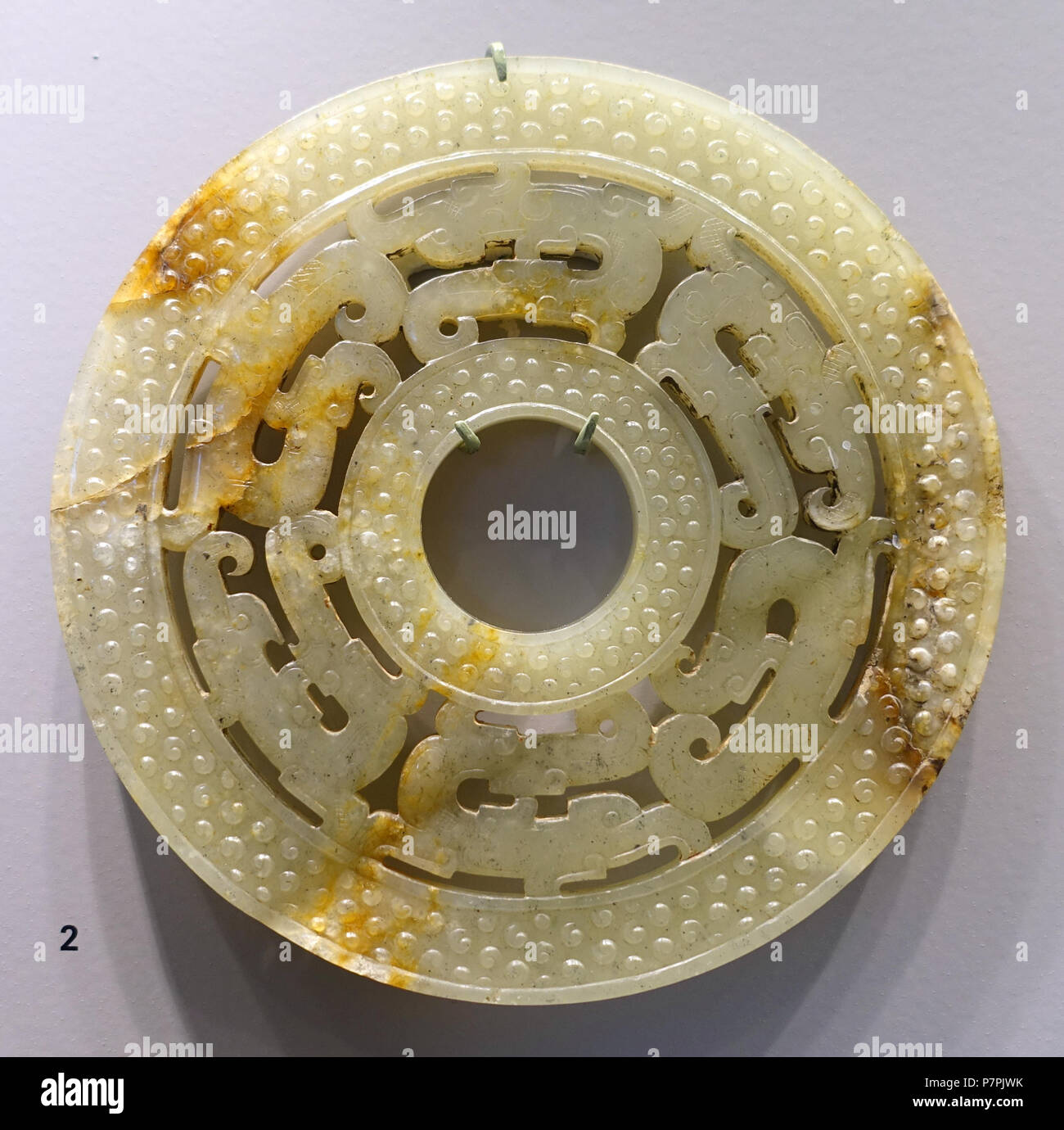 English: Exhibit in the Arthur M. Sackler Museum, Harvard University, Cambridge, Massachusetts, USA. This artwork is in the because the artist died more than 70 years ago. 11 April 2015, 10:42:35 295 Ornate disk in openwork, China, Warring States period, 4th-3rd century BC, nephrite - Arthur M. Sackler Museum, Harvard University - DSC00749 Stock Photohttps://www.alamy.com/image-license-details/?v=1https://www.alamy.com/english-exhibit-in-the-arthur-m-sackler-museum-harvard-university-cambridge-massachusetts-usa-this-artwork-is-in-the-because-the-artist-died-more-than-70-years-ago-11-april-2015-104235-295-ornate-disk-in-openwork-china-warring-states-period-4th-3rd-century-bc-nephrite-arthur-m-sackler-museum-harvard-university-dsc00749-image211324783.html
English: Exhibit in the Arthur M. Sackler Museum, Harvard University, Cambridge, Massachusetts, USA. This artwork is in the because the artist died more than 70 years ago. 11 April 2015, 10:42:35 295 Ornate disk in openwork, China, Warring States period, 4th-3rd century BC, nephrite - Arthur M. Sackler Museum, Harvard University - DSC00749 Stock Photohttps://www.alamy.com/image-license-details/?v=1https://www.alamy.com/english-exhibit-in-the-arthur-m-sackler-museum-harvard-university-cambridge-massachusetts-usa-this-artwork-is-in-the-because-the-artist-died-more-than-70-years-ago-11-april-2015-104235-295-ornate-disk-in-openwork-china-warring-states-period-4th-3rd-century-bc-nephrite-arthur-m-sackler-museum-harvard-university-dsc00749-image211324783.htmlRMP7PJWK–English: Exhibit in the Arthur M. Sackler Museum, Harvard University, Cambridge, Massachusetts, USA. This artwork is in the because the artist died more than 70 years ago. 11 April 2015, 10:42:35 295 Ornate disk in openwork, China, Warring States period, 4th-3rd century BC, nephrite - Arthur M. Sackler Museum, Harvard University - DSC00749
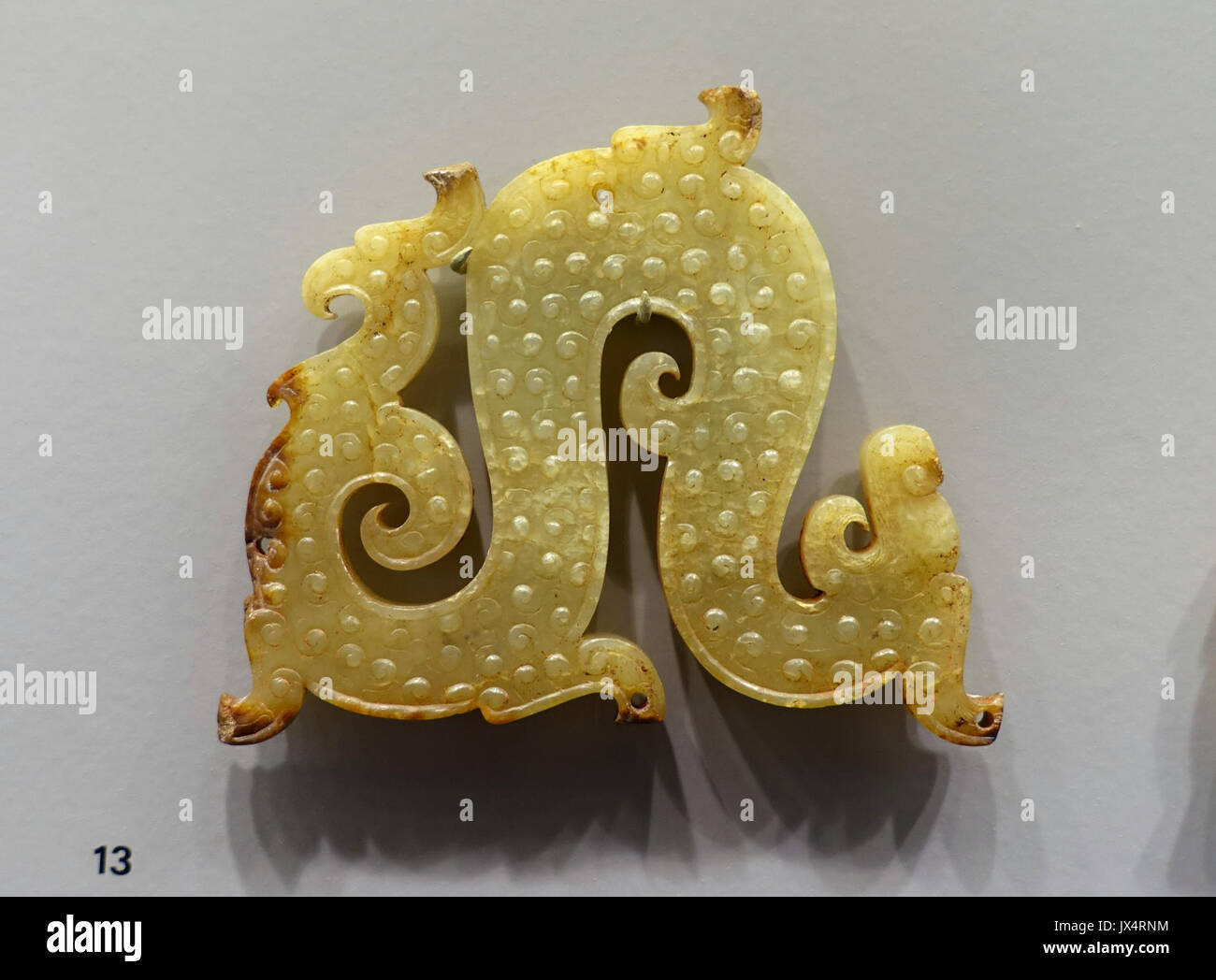 Pair of Dragons, 1 of 2, China, Warring States period, 5th 4th century BC, nephrite Arthur M Sackler Museum, Harvard University DSC00761 Stock Photohttps://www.alamy.com/image-license-details/?v=1https://www.alamy.com/pair-of-dragons-1-of-2-china-warring-states-period-5th-4th-century-image153770448.html
Pair of Dragons, 1 of 2, China, Warring States period, 5th 4th century BC, nephrite Arthur M Sackler Museum, Harvard University DSC00761 Stock Photohttps://www.alamy.com/image-license-details/?v=1https://www.alamy.com/pair-of-dragons-1-of-2-china-warring-states-period-5th-4th-century-image153770448.htmlRMJX4RNM–Pair of Dragons, 1 of 2, China, Warring States period, 5th 4th century BC, nephrite Arthur M Sackler Museum, Harvard University DSC00761
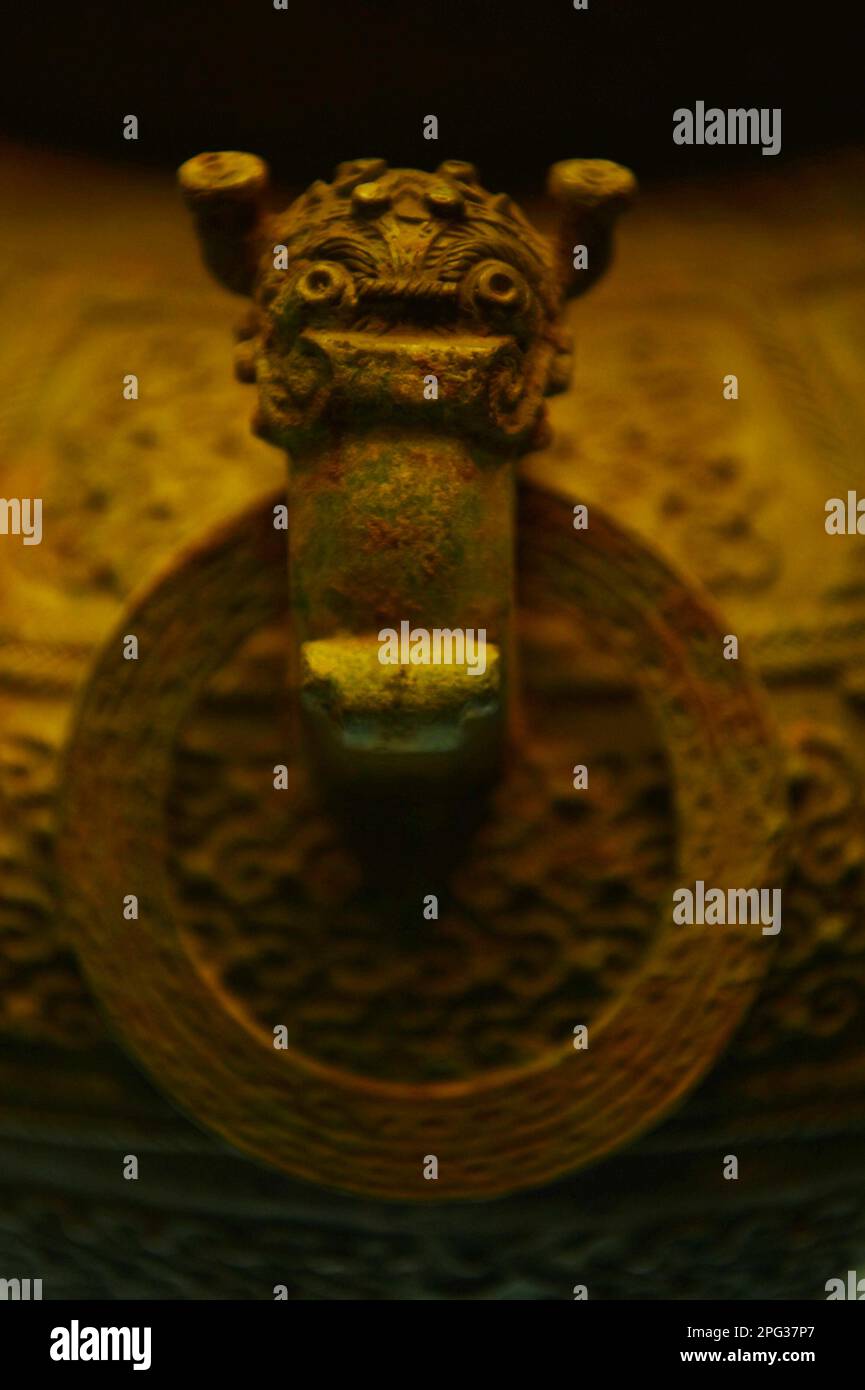 SHIJIAZHUANG, CHINA - MARCH 15, 2023 - The bronze vase of an adder in the Warring States Period on display at the Hebei Provincial Museum, 15 March 20 Stock Photohttps://www.alamy.com/image-license-details/?v=1https://www.alamy.com/shijiazhuang-china-march-15-2023-the-bronze-vase-of-an-adder-in-the-warring-states-period-on-display-at-the-hebei-provincial-museum-15-march-20-image543427871.html
SHIJIAZHUANG, CHINA - MARCH 15, 2023 - The bronze vase of an adder in the Warring States Period on display at the Hebei Provincial Museum, 15 March 20 Stock Photohttps://www.alamy.com/image-license-details/?v=1https://www.alamy.com/shijiazhuang-china-march-15-2023-the-bronze-vase-of-an-adder-in-the-warring-states-period-on-display-at-the-hebei-provincial-museum-15-march-20-image543427871.htmlRM2PG37P7–SHIJIAZHUANG, CHINA - MARCH 15, 2023 - The bronze vase of an adder in the Warring States Period on display at the Hebei Provincial Museum, 15 March 20
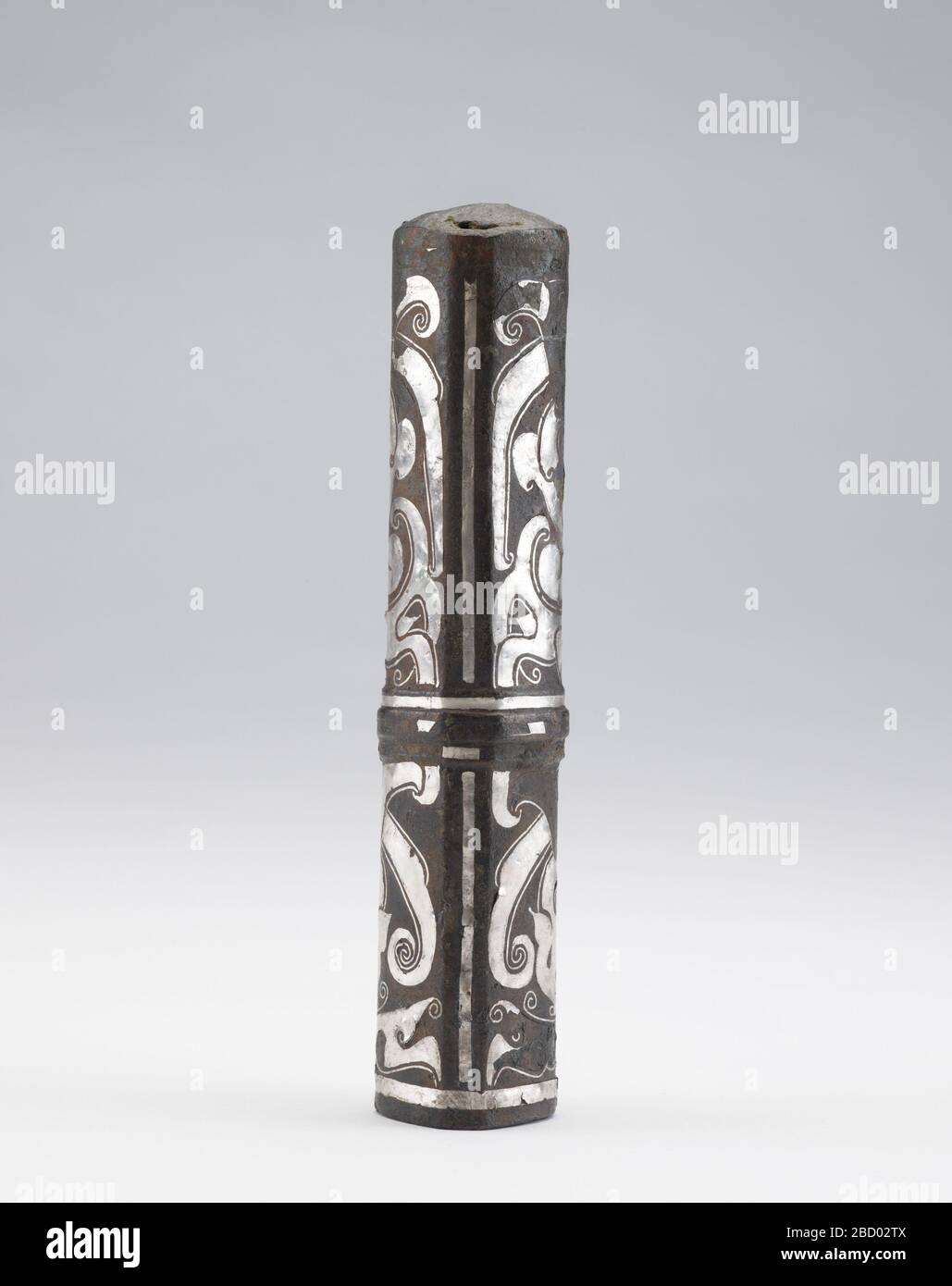 ; China; 475-221 B.C.E.; Bronze with silver inlay; H x W: 18.1 x 4 cm (7 1/8 x 1 9/16 in); Gift of Charles Lang Freer Pole fitting Stock Photohttps://www.alamy.com/image-license-details/?v=1https://www.alamy.com/china-475-221-bce-bronze-with-silver-inlay-h-x-w-181-x-4-cm-7-18-x-1-916-in-gift-of-charles-lang-freer-pole-fitting-image352200154.html
; China; 475-221 B.C.E.; Bronze with silver inlay; H x W: 18.1 x 4 cm (7 1/8 x 1 9/16 in); Gift of Charles Lang Freer Pole fitting Stock Photohttps://www.alamy.com/image-license-details/?v=1https://www.alamy.com/china-475-221-bce-bronze-with-silver-inlay-h-x-w-181-x-4-cm-7-18-x-1-916-in-gift-of-charles-lang-freer-pole-fitting-image352200154.htmlRM2BD02TX–; China; 475-221 B.C.E.; Bronze with silver inlay; H x W: 18.1 x 4 cm (7 1/8 x 1 9/16 in); Gift of Charles Lang Freer Pole fitting
 Bronze ding, The Warring States Period, from Sandongqiao, Chengdu , Sichuan, People's Republic of China, Asia. Stock Photohttps://www.alamy.com/image-license-details/?v=1https://www.alamy.com/bronze-ding-the-warring-states-period-from-sandongqiao-chengdu-sichuan-peoples-republic-of-china-asia-image702089076.html
Bronze ding, The Warring States Period, from Sandongqiao, Chengdu , Sichuan, People's Republic of China, Asia. Stock Photohttps://www.alamy.com/image-license-details/?v=1https://www.alamy.com/bronze-ding-the-warring-states-period-from-sandongqiao-chengdu-sichuan-peoples-republic-of-china-asia-image702089076.htmlRM3CP6WNT–Bronze ding, The Warring States Period, from Sandongqiao, Chengdu , Sichuan, People's Republic of China, Asia.
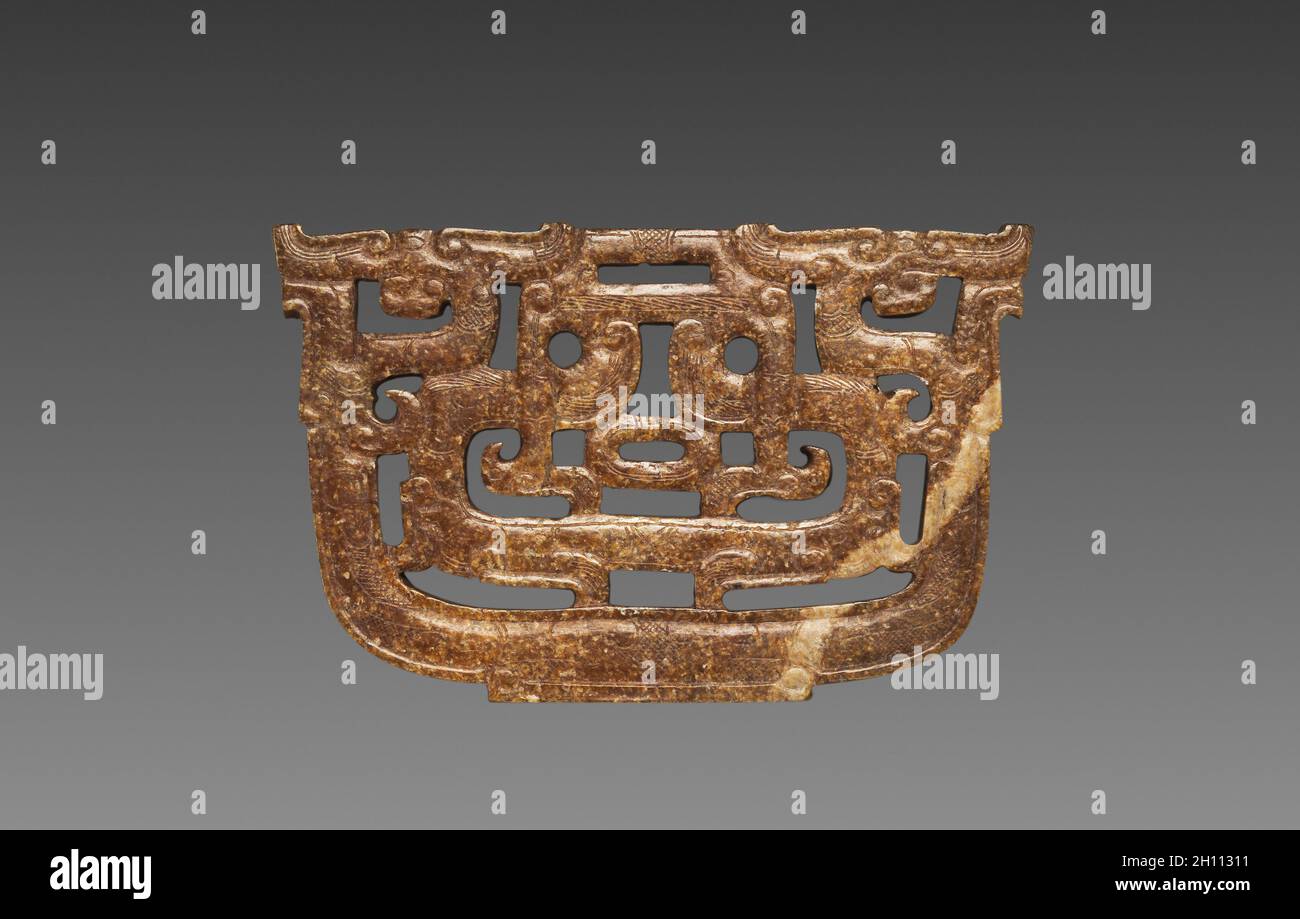 Plaque with Openwork Interlaced Dragons and Birds, 475-221 BC. China, Warring States period (475-221 BC). Jade (nephrite); overall: 4.8 x 7.5 cm (1 7/8 x 2 15/16 in.). Stock Photohttps://www.alamy.com/image-license-details/?v=1https://www.alamy.com/plaque-with-openwork-interlaced-dragons-and-birds-475-221-bc-china-warring-states-period-475-221-bc-jade-nephrite-overall-48-x-75-cm-1-78-x-2-1516-in-image448108557.html
Plaque with Openwork Interlaced Dragons and Birds, 475-221 BC. China, Warring States period (475-221 BC). Jade (nephrite); overall: 4.8 x 7.5 cm (1 7/8 x 2 15/16 in.). Stock Photohttps://www.alamy.com/image-license-details/?v=1https://www.alamy.com/plaque-with-openwork-interlaced-dragons-and-birds-475-221-bc-china-warring-states-period-475-221-bc-jade-nephrite-overall-48-x-75-cm-1-78-x-2-1516-in-image448108557.htmlRM2H11311–Plaque with Openwork Interlaced Dragons and Birds, 475-221 BC. China, Warring States period (475-221 BC). Jade (nephrite); overall: 4.8 x 7.5 cm (1 7/8 x 2 15/16 in.).
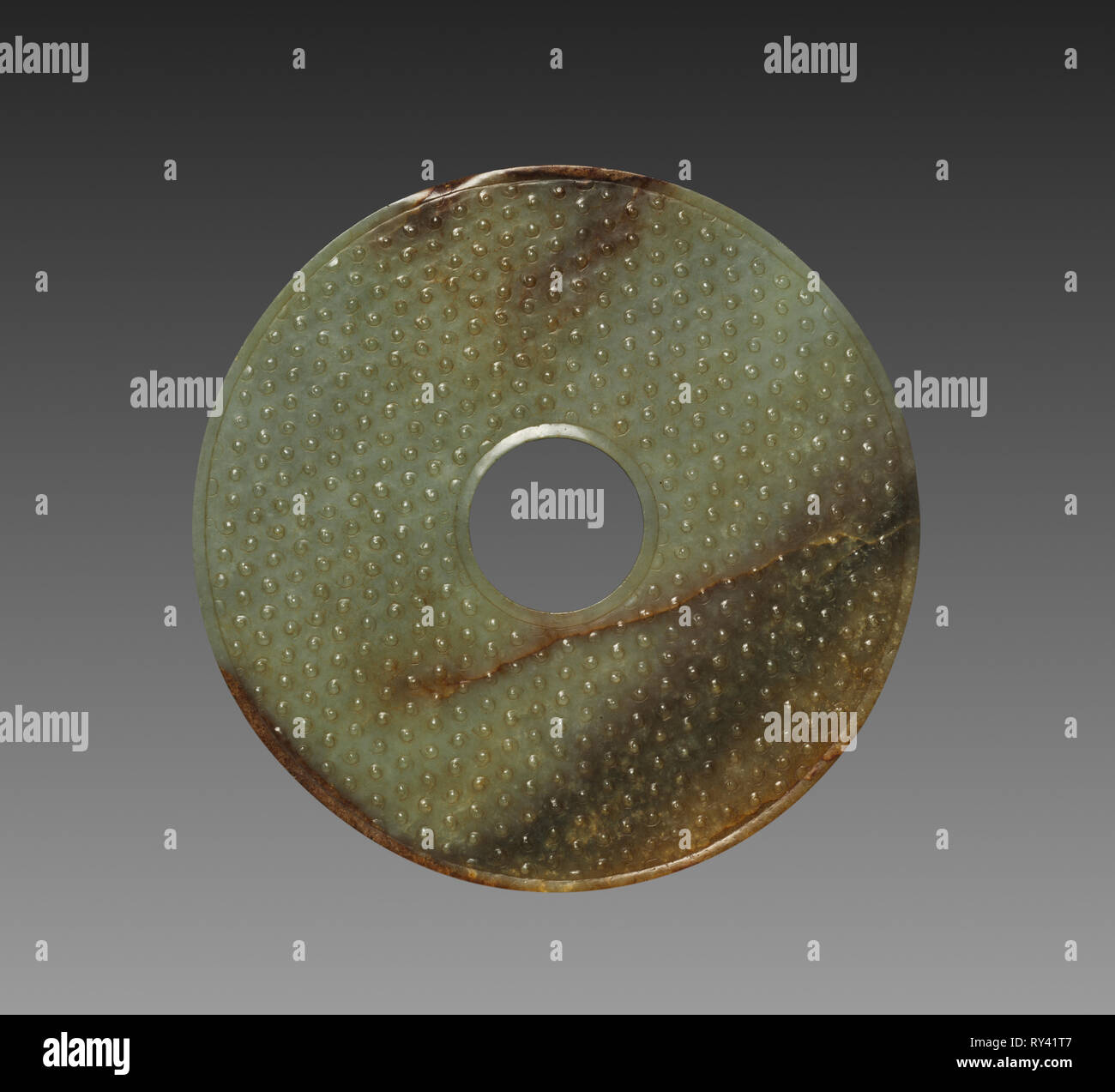 Ceremonial Disk with Grain Pattern (Bi), 475-221 BC. China, Warring States period (475-221 BC). Jade (nephrite); diameter: 18.4 cm (7 1/4 in Stock Photohttps://www.alamy.com/image-license-details/?v=1https://www.alamy.com/ceremonial-disk-with-grain-pattern-bi-475-221-bc-china-warring-states-period-475-221-bc-jade-nephrite-diameter-184-cm-7-14-in-image240419767.html
Ceremonial Disk with Grain Pattern (Bi), 475-221 BC. China, Warring States period (475-221 BC). Jade (nephrite); diameter: 18.4 cm (7 1/4 in Stock Photohttps://www.alamy.com/image-license-details/?v=1https://www.alamy.com/ceremonial-disk-with-grain-pattern-bi-475-221-bc-china-warring-states-period-475-221-bc-jade-nephrite-diameter-184-cm-7-14-in-image240419767.htmlRMRY41T7–Ceremonial Disk with Grain Pattern (Bi), 475-221 BC. China, Warring States period (475-221 BC). Jade (nephrite); diameter: 18.4 cm (7 1/4 in
 A Chinese bronze sword, Warring States period, Double-edged blade of white bronze with double fullers on both sides and medial ridge, the surface with herringbone pattern inlaid in yellow bronze, the blade mounting decorated in fine relief and set with eight small turquoises, the grip segmented by two girdles, disk-shaped pommel adorned with ornamental pattern in relief. Fine patina. Length 52 cm. Cf. C.H. Wang Collection, Shang and Zhou Chinese Bronze Weaponry, Taiwan, 1983. Provenance: Hermann Historica, auction 46, lot 767. China, Chinese, his, Additional-Rights-Clearance-Info-Not-Available Stock Photohttps://www.alamy.com/image-license-details/?v=1https://www.alamy.com/a-chinese-bronze-sword-warring-states-period-double-edged-blade-of-white-bronze-with-double-fullers-on-both-sides-and-medial-ridge-the-surface-with-herringbone-pattern-inlaid-in-yellow-bronze-the-blade-mounting-decorated-in-fine-relief-and-set-with-eight-small-turquoises-the-grip-segmented-by-two-girdles-disk-shaped-pommel-adorned-with-ornamental-pattern-in-relief-fine-patina-length-52-cm-cf-ch-wang-collection-shang-and-zhou-chinese-bronze-weaponry-taiwan-1983-provenance-hermann-historica-auction-46-lot-767-china-chinese-his-additional-rights-clearance-info-not-available-image247740993.html
A Chinese bronze sword, Warring States period, Double-edged blade of white bronze with double fullers on both sides and medial ridge, the surface with herringbone pattern inlaid in yellow bronze, the blade mounting decorated in fine relief and set with eight small turquoises, the grip segmented by two girdles, disk-shaped pommel adorned with ornamental pattern in relief. Fine patina. Length 52 cm. Cf. C.H. Wang Collection, Shang and Zhou Chinese Bronze Weaponry, Taiwan, 1983. Provenance: Hermann Historica, auction 46, lot 767. China, Chinese, his, Additional-Rights-Clearance-Info-Not-Available Stock Photohttps://www.alamy.com/image-license-details/?v=1https://www.alamy.com/a-chinese-bronze-sword-warring-states-period-double-edged-blade-of-white-bronze-with-double-fullers-on-both-sides-and-medial-ridge-the-surface-with-herringbone-pattern-inlaid-in-yellow-bronze-the-blade-mounting-decorated-in-fine-relief-and-set-with-eight-small-turquoises-the-grip-segmented-by-two-girdles-disk-shaped-pommel-adorned-with-ornamental-pattern-in-relief-fine-patina-length-52-cm-cf-ch-wang-collection-shang-and-zhou-chinese-bronze-weaponry-taiwan-1983-provenance-hermann-historica-auction-46-lot-767-china-chinese-his-additional-rights-clearance-info-not-available-image247740993.htmlRMTB1G4H–A Chinese bronze sword, Warring States period, Double-edged blade of white bronze with double fullers on both sides and medial ridge, the surface with herringbone pattern inlaid in yellow bronze, the blade mounting decorated in fine relief and set with eight small turquoises, the grip segmented by two girdles, disk-shaped pommel adorned with ornamental pattern in relief. Fine patina. Length 52 cm. Cf. C.H. Wang Collection, Shang and Zhou Chinese Bronze Weaponry, Taiwan, 1983. Provenance: Hermann Historica, auction 46, lot 767. China, Chinese, his, Additional-Rights-Clearance-Info-Not-Available
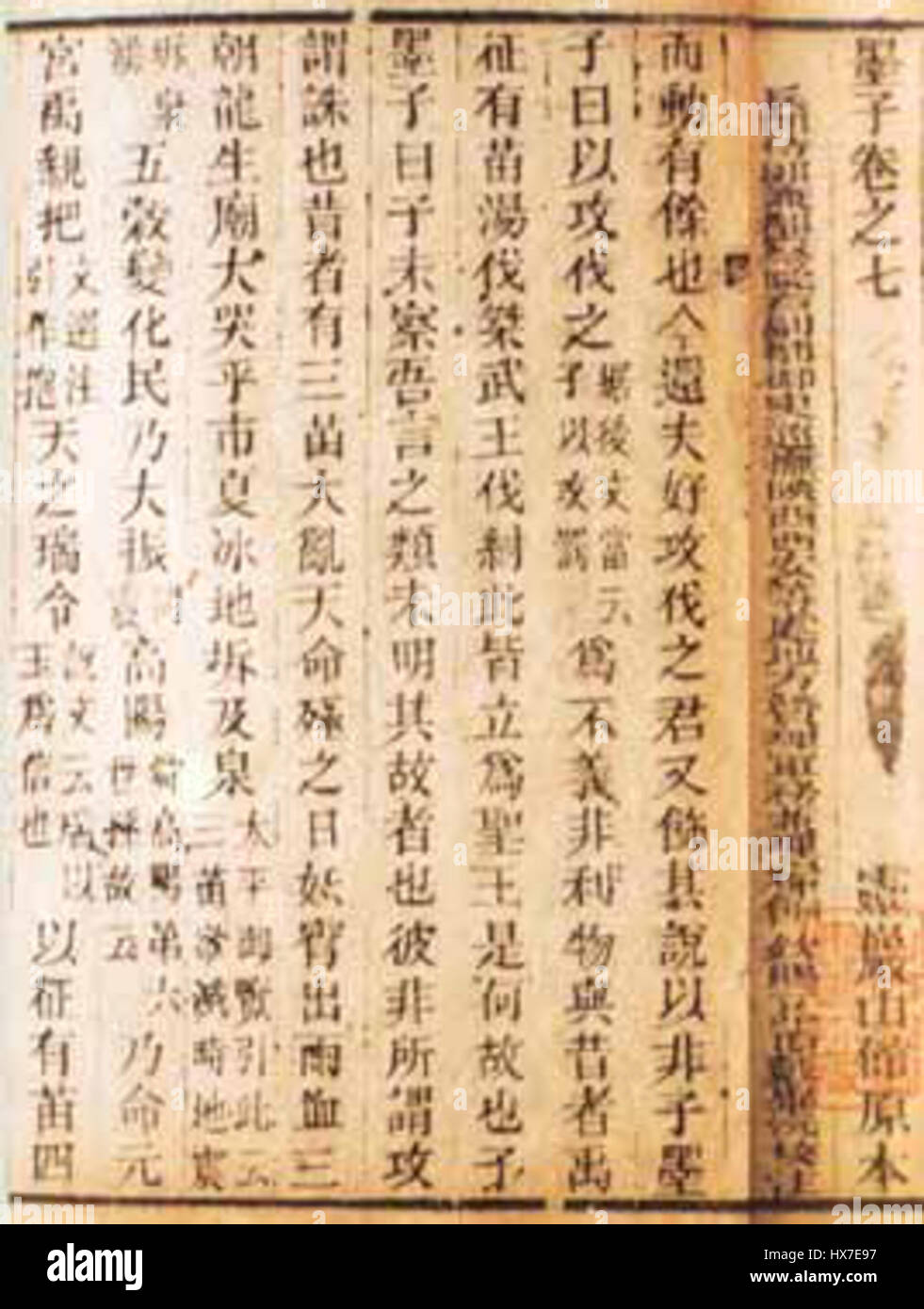 Mozi was an ancient Chinese philosopher and founder of Mohism, a school of thought that emphasized universal love, meritocracy, and anti-fatalism. Mozi’s ideas were influential during the Warring States period and offered an alternative to Confucianism and Daoism. His philosophy centered on practicality, social harmony, and the welfare of the common people. Stock Photohttps://www.alamy.com/image-license-details/?v=1https://www.alamy.com/stock-photo-mozi-was-an-ancient-chinese-philosopher-and-founder-of-mohism-a-school-136618531.html
Mozi was an ancient Chinese philosopher and founder of Mohism, a school of thought that emphasized universal love, meritocracy, and anti-fatalism. Mozi’s ideas were influential during the Warring States period and offered an alternative to Confucianism and Daoism. His philosophy centered on practicality, social harmony, and the welfare of the common people. Stock Photohttps://www.alamy.com/image-license-details/?v=1https://www.alamy.com/stock-photo-mozi-was-an-ancient-chinese-philosopher-and-founder-of-mohism-a-school-136618531.htmlRMHX7E97–Mozi was an ancient Chinese philosopher and founder of Mohism, a school of thought that emphasized universal love, meritocracy, and anti-fatalism. Mozi’s ideas were influential during the Warring States period and offered an alternative to Confucianism and Daoism. His philosophy centered on practicality, social harmony, and the welfare of the common people.
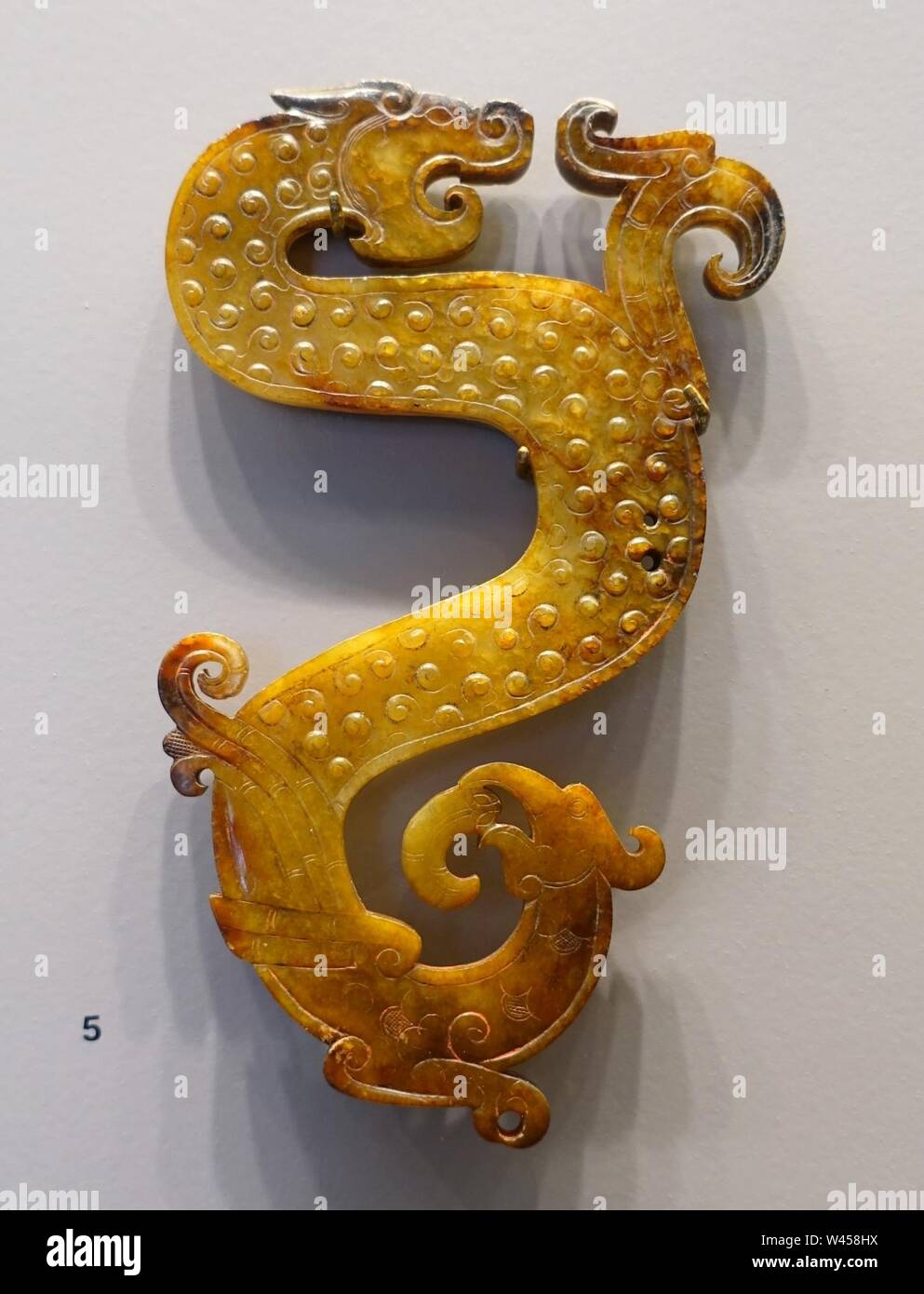 Configuration of Bird, Dragon, and Snake, China, Warring States period, 4th-3rd century BC, nephrite Stock Photohttps://www.alamy.com/image-license-details/?v=1https://www.alamy.com/configuration-of-bird-dragon-and-snake-china-warring-states-period-4th-3rd-century-bc-nephrite-image260730678.html
Configuration of Bird, Dragon, and Snake, China, Warring States period, 4th-3rd century BC, nephrite Stock Photohttps://www.alamy.com/image-license-details/?v=1https://www.alamy.com/configuration-of-bird-dragon-and-snake-china-warring-states-period-4th-3rd-century-bc-nephrite-image260730678.htmlRMW458HX–Configuration of Bird, Dragon, and Snake, China, Warring States period, 4th-3rd century BC, nephrite
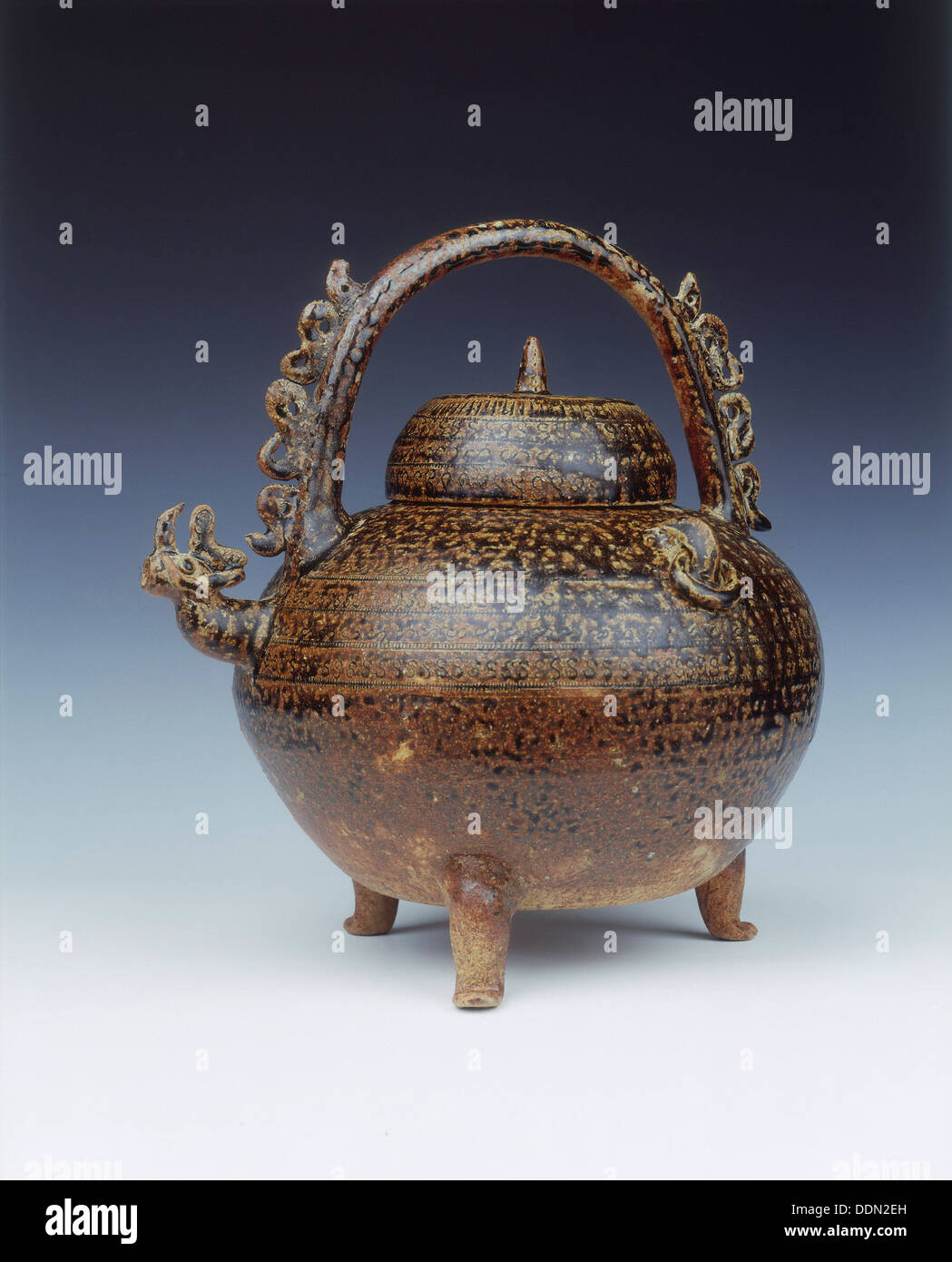 Pottery he with S-stampings, early Warring States period, China, late 5th-early 4th Century BC. Artist: Unknown Stock Photohttps://www.alamy.com/image-license-details/?v=1https://www.alamy.com/pottery-he-with-s-stampings-early-warring-states-period-china-late-image60084601.html
Pottery he with S-stampings, early Warring States period, China, late 5th-early 4th Century BC. Artist: Unknown Stock Photohttps://www.alamy.com/image-license-details/?v=1https://www.alamy.com/pottery-he-with-s-stampings-early-warring-states-period-china-late-image60084601.htmlRMDDN2EH–Pottery he with S-stampings, early Warring States period, China, late 5th-early 4th Century BC. Artist: Unknown
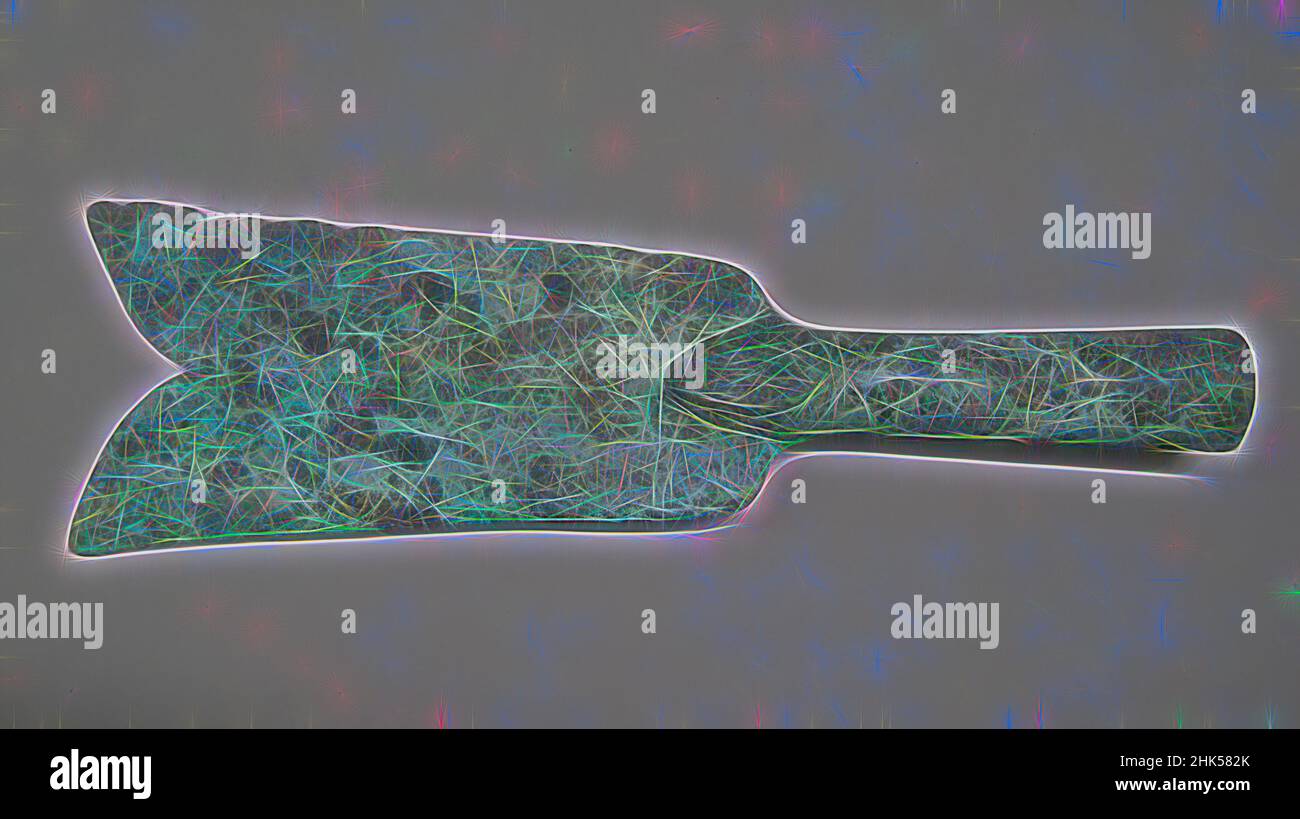 Inspired by Knife in the Shape of a Snake, Dian, Bronze, Yunnan, China, 206 B.C.E.-8 C.E., Western Han Dynasty, Warring States Period, 10 3/4 x 3 1/4 in., 27.3 x 8.3 cm, Reimagined by Artotop. Classic art reinvented with a modern twist. Design of warm cheerful glowing of brightness and light ray radiance. Photography inspired by surrealism and futurism, embracing dynamic energy of modern technology, movement, speed and revolutionize culture Stock Photohttps://www.alamy.com/image-license-details/?v=1https://www.alamy.com/inspired-by-knife-in-the-shape-of-a-snake-dian-bronze-yunnan-china-206-bce-8-ce-western-han-dynasty-warring-states-period-10-34-x-3-14-in-273-x-83-cm-reimagined-by-artotop-classic-art-reinvented-with-a-modern-twist-design-of-warm-cheerful-glowing-of-brightness-and-light-ray-radiance-photography-inspired-by-surrealism-and-futurism-embracing-dynamic-energy-of-modern-technology-movement-speed-and-revolutionize-culture-image459264139.html
Inspired by Knife in the Shape of a Snake, Dian, Bronze, Yunnan, China, 206 B.C.E.-8 C.E., Western Han Dynasty, Warring States Period, 10 3/4 x 3 1/4 in., 27.3 x 8.3 cm, Reimagined by Artotop. Classic art reinvented with a modern twist. Design of warm cheerful glowing of brightness and light ray radiance. Photography inspired by surrealism and futurism, embracing dynamic energy of modern technology, movement, speed and revolutionize culture Stock Photohttps://www.alamy.com/image-license-details/?v=1https://www.alamy.com/inspired-by-knife-in-the-shape-of-a-snake-dian-bronze-yunnan-china-206-bce-8-ce-western-han-dynasty-warring-states-period-10-34-x-3-14-in-273-x-83-cm-reimagined-by-artotop-classic-art-reinvented-with-a-modern-twist-design-of-warm-cheerful-glowing-of-brightness-and-light-ray-radiance-photography-inspired-by-surrealism-and-futurism-embracing-dynamic-energy-of-modern-technology-movement-speed-and-revolutionize-culture-image459264139.htmlRF2HK582K–Inspired by Knife in the Shape of a Snake, Dian, Bronze, Yunnan, China, 206 B.C.E.-8 C.E., Western Han Dynasty, Warring States Period, 10 3/4 x 3 1/4 in., 27.3 x 8.3 cm, Reimagined by Artotop. Classic art reinvented with a modern twist. Design of warm cheerful glowing of brightness and light ray radiance. Photography inspired by surrealism and futurism, embracing dynamic energy of modern technology, movement, speed and revolutionize culture
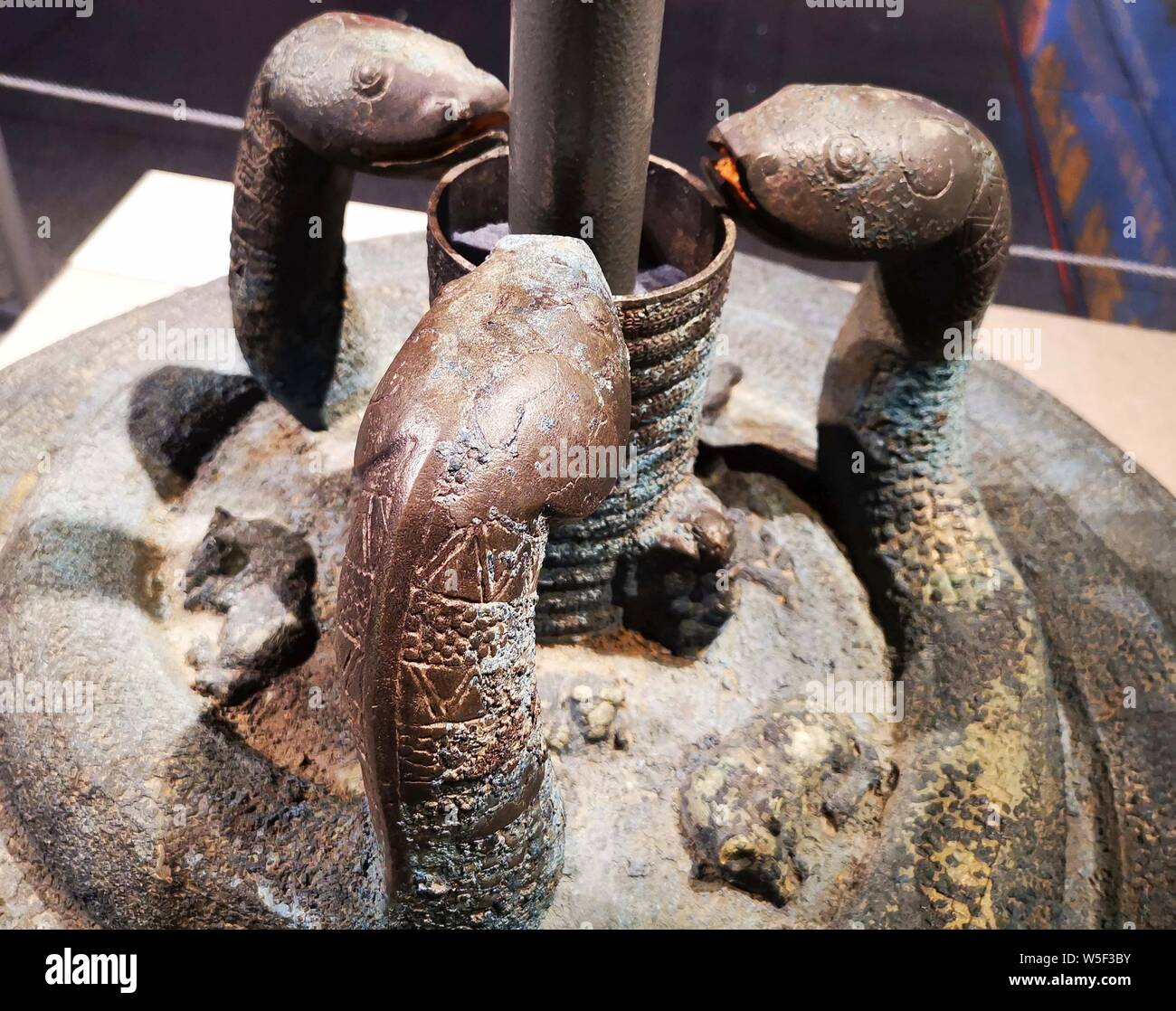 The bronze drum base dating back to the Warring States period (475 B.C.-221 B.C.), the largest and heaviest unearthed in China, is displayed after bei Stock Photohttps://www.alamy.com/image-license-details/?v=1https://www.alamy.com/the-bronze-drum-base-dating-back-to-the-warring-states-period-475-bc-221-bc-the-largest-and-heaviest-unearthed-in-china-is-displayed-after-bei-image261560767.html
The bronze drum base dating back to the Warring States period (475 B.C.-221 B.C.), the largest and heaviest unearthed in China, is displayed after bei Stock Photohttps://www.alamy.com/image-license-details/?v=1https://www.alamy.com/the-bronze-drum-base-dating-back-to-the-warring-states-period-475-bc-221-bc-the-largest-and-heaviest-unearthed-in-china-is-displayed-after-bei-image261560767.htmlRMW5F3BY–The bronze drum base dating back to the Warring States period (475 B.C.-221 B.C.), the largest and heaviest unearthed in China, is displayed after bei
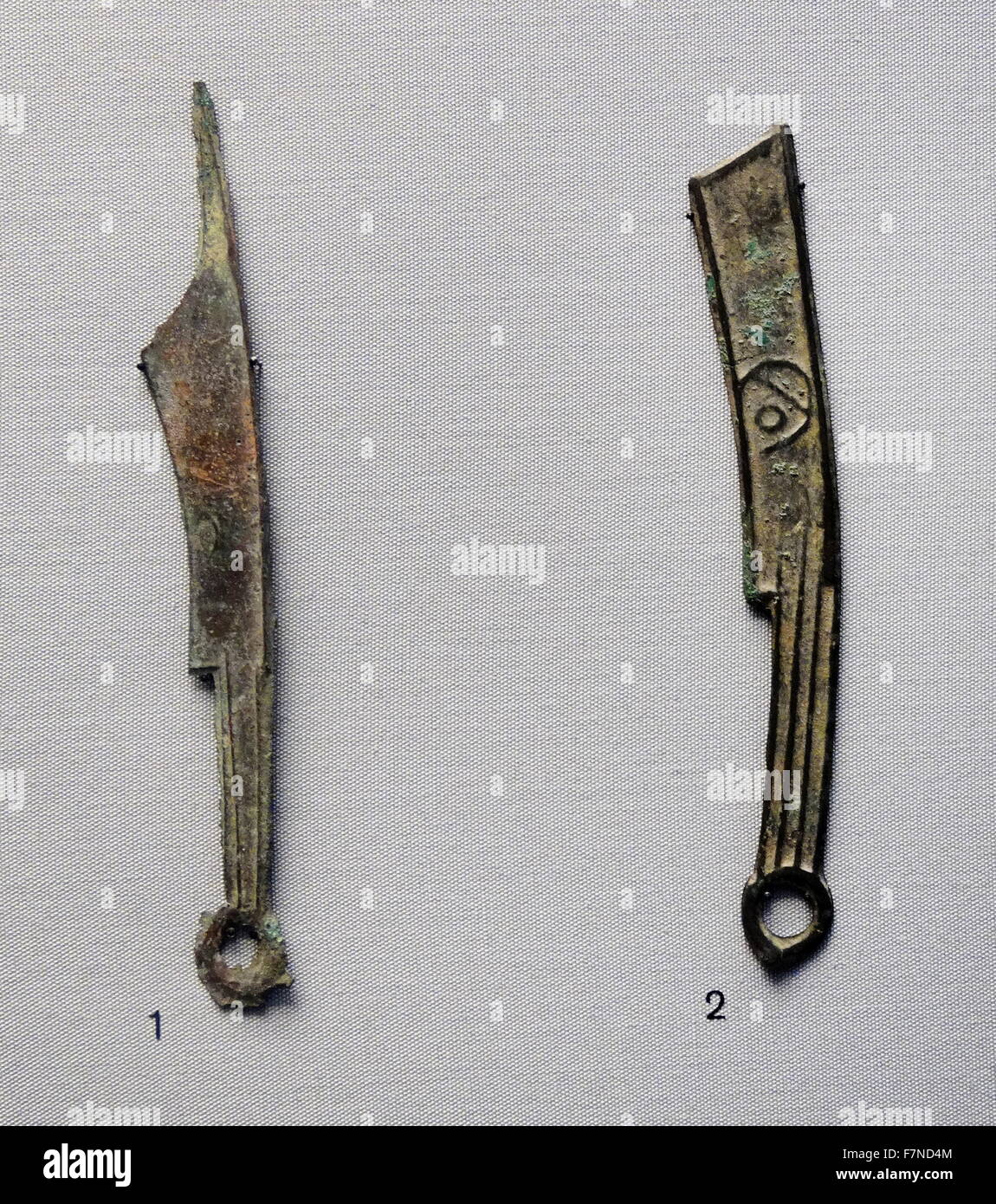 Knife money from China, 475-221 BC. Left: Zhao State, about 500 BC, right: Yan State, about 400s BC, Warring States period Stock Photohttps://www.alamy.com/image-license-details/?v=1https://www.alamy.com/stock-photo-knife-money-from-china-475-221-bc-left-zhao-state-about-500-bc-right-90825748.html
Knife money from China, 475-221 BC. Left: Zhao State, about 500 BC, right: Yan State, about 400s BC, Warring States period Stock Photohttps://www.alamy.com/image-license-details/?v=1https://www.alamy.com/stock-photo-knife-money-from-china-475-221-bc-left-zhao-state-about-500-bc-right-90825748.htmlRMF7ND4M–Knife money from China, 475-221 BC. Left: Zhao State, about 500 BC, right: Yan State, about 400s BC, Warring States period
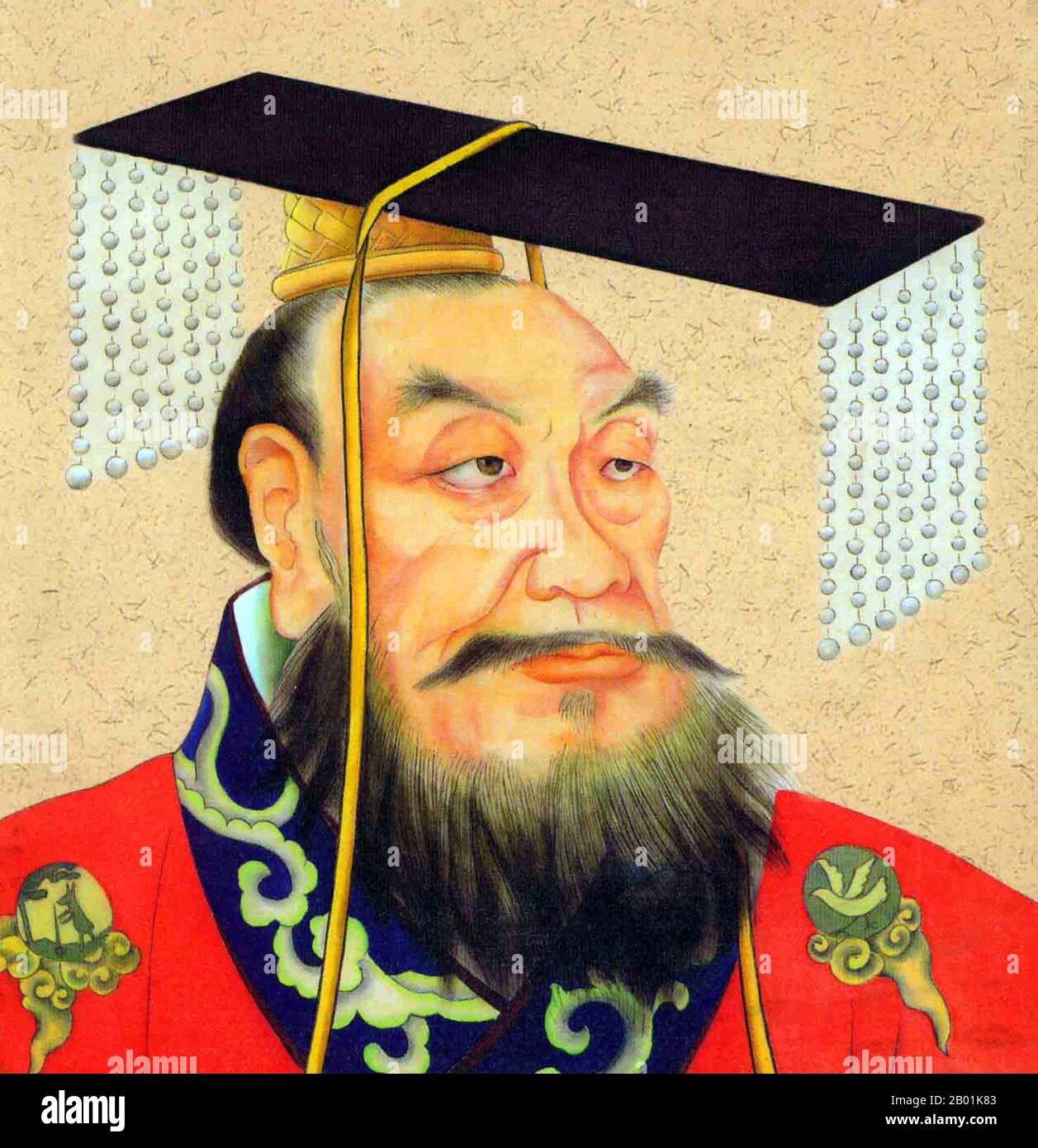 China: Qin Shu Huang/Qin Shi Huangdi (259-210 BCE), First Emperor of a unified China. Hanging scroll portrait, c. 19th century. Qin Shi Huang, personal name Ying Zheng, was king of the Chinese State of Qin from 246 to 221 BCE during the Warring States Period. He became the first emperor of a unified China in 221 BCE, and ruled until his death in 210 BC at the age of 49. Styling himself 'First Emperor' after China's unification, Qin Shi Huang is a pivotal figure in Chinese history, ushering in nearly two millennia of imperial rule. Stock Photohttps://www.alamy.com/image-license-details/?v=1https://www.alamy.com/china-qin-shu-huangqin-shi-huangdi-259-210-bce-first-emperor-of-a-unified-china-hanging-scroll-portrait-c-19th-century-qin-shi-huang-personal-name-ying-zheng-was-king-of-the-chinese-state-of-qin-from-246-to-221-bce-during-the-warring-states-period-he-became-the-first-emperor-of-a-unified-china-in-221-bce-and-ruled-until-his-death-in-210-bc-at-the-age-of-49-styling-himself-first-emperor-after-chinas-unification-qin-shi-huang-is-a-pivotal-figure-in-chinese-history-ushering-in-nearly-two-millennia-of-imperial-rule-image344244435.html
China: Qin Shu Huang/Qin Shi Huangdi (259-210 BCE), First Emperor of a unified China. Hanging scroll portrait, c. 19th century. Qin Shi Huang, personal name Ying Zheng, was king of the Chinese State of Qin from 246 to 221 BCE during the Warring States Period. He became the first emperor of a unified China in 221 BCE, and ruled until his death in 210 BC at the age of 49. Styling himself 'First Emperor' after China's unification, Qin Shi Huang is a pivotal figure in Chinese history, ushering in nearly two millennia of imperial rule. Stock Photohttps://www.alamy.com/image-license-details/?v=1https://www.alamy.com/china-qin-shu-huangqin-shi-huangdi-259-210-bce-first-emperor-of-a-unified-china-hanging-scroll-portrait-c-19th-century-qin-shi-huang-personal-name-ying-zheng-was-king-of-the-chinese-state-of-qin-from-246-to-221-bce-during-the-warring-states-period-he-became-the-first-emperor-of-a-unified-china-in-221-bce-and-ruled-until-his-death-in-210-bc-at-the-age-of-49-styling-himself-first-emperor-after-chinas-unification-qin-shi-huang-is-a-pivotal-figure-in-chinese-history-ushering-in-nearly-two-millennia-of-imperial-rule-image344244435.htmlRM2B01K83–China: Qin Shu Huang/Qin Shi Huangdi (259-210 BCE), First Emperor of a unified China. Hanging scroll portrait, c. 19th century. Qin Shi Huang, personal name Ying Zheng, was king of the Chinese State of Qin from 246 to 221 BCE during the Warring States Period. He became the first emperor of a unified China in 221 BCE, and ruled until his death in 210 BC at the age of 49. Styling himself 'First Emperor' after China's unification, Qin Shi Huang is a pivotal figure in Chinese history, ushering in nearly two millennia of imperial rule.
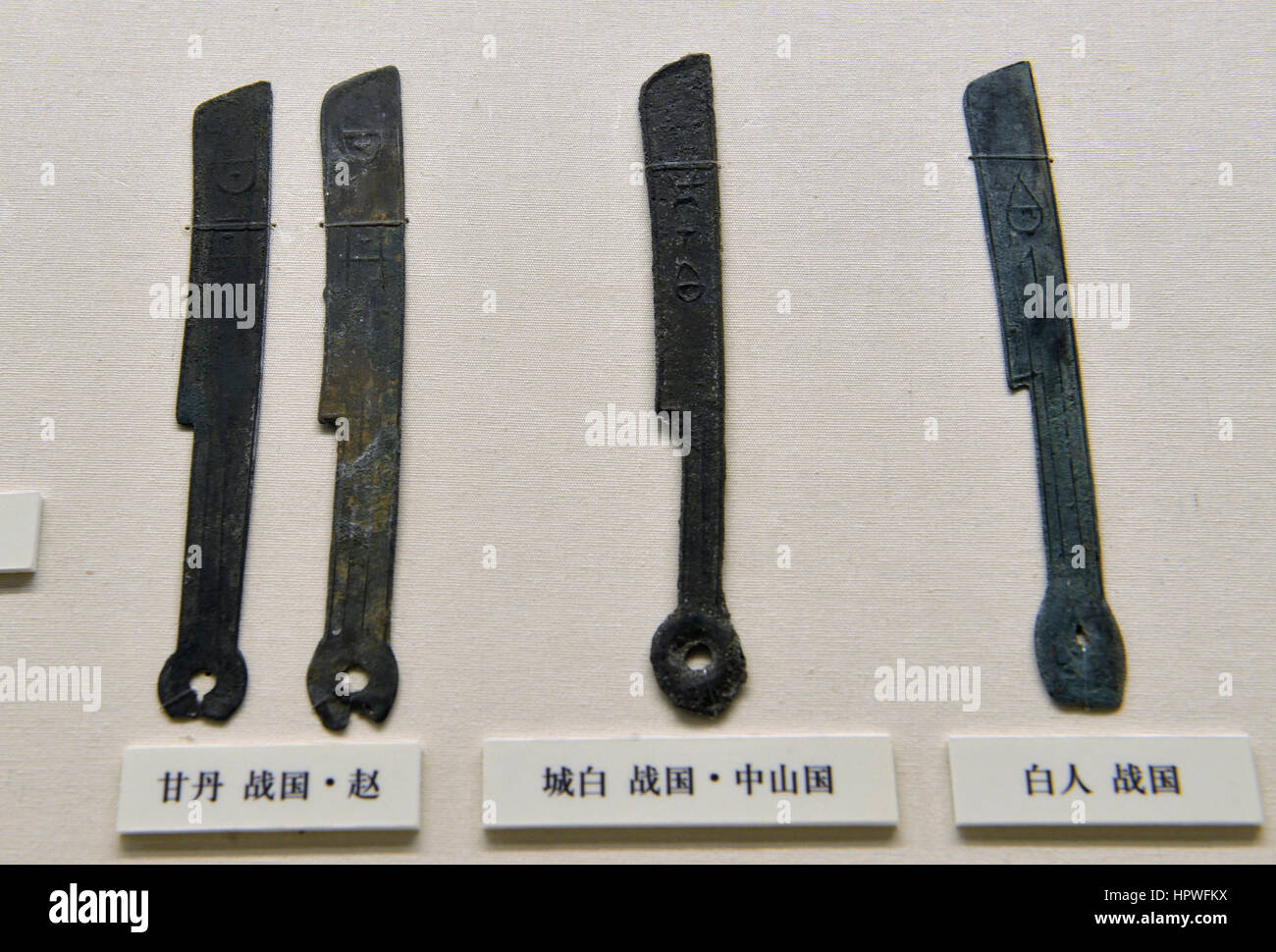 Knife-shaped bronze coins. The Period of Warring States (475-221 B.C.)National Museum of China. Stock Photohttps://www.alamy.com/image-license-details/?v=1https://www.alamy.com/stock-photo-knife-shaped-bronze-coins-the-period-of-warring-states-475-221-bcnational-134556126.html
Knife-shaped bronze coins. The Period of Warring States (475-221 B.C.)National Museum of China. Stock Photohttps://www.alamy.com/image-license-details/?v=1https://www.alamy.com/stock-photo-knife-shaped-bronze-coins-the-period-of-warring-states-475-221-bcnational-134556126.htmlRMHPWFKX–Knife-shaped bronze coins. The Period of Warring States (475-221 B.C.)National Museum of China.
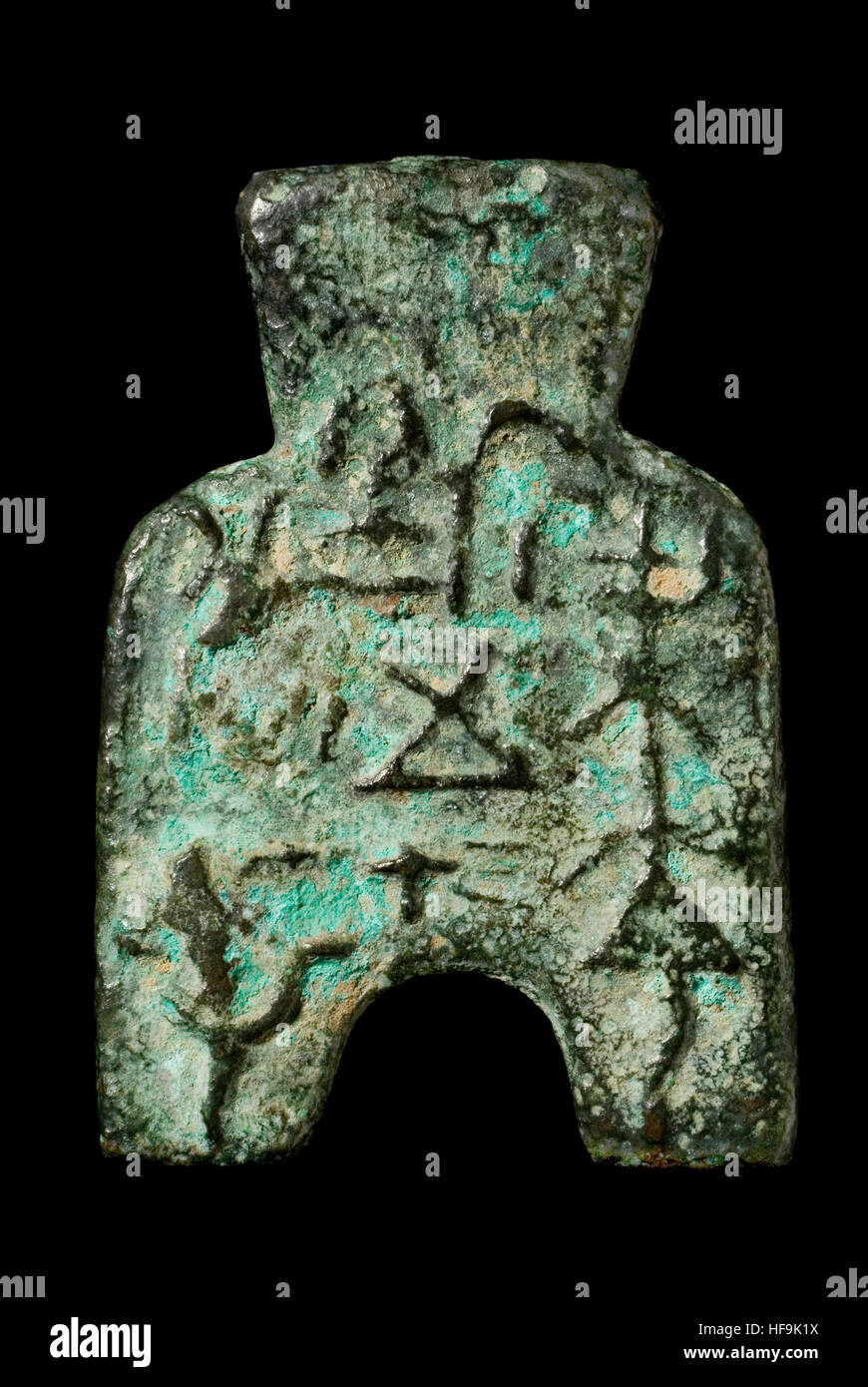 Chinese Warring States period Spade Coin Stock Photohttps://www.alamy.com/image-license-details/?v=1https://www.alamy.com/stock-photo-chinese-warring-states-period-spade-coin-129904934.html
Chinese Warring States period Spade Coin Stock Photohttps://www.alamy.com/image-license-details/?v=1https://www.alamy.com/stock-photo-chinese-warring-states-period-spade-coin-129904934.htmlRMHF9K1X–Chinese Warring States period Spade Coin
 Tianjin, China. 14th June, 2021. People watch a dragon boat race to celebrate the Dragon Boat Festival in Tianjin, north China, June 14, 2021. China celebrated the Dragon Boat Festival on Monday to commemorate Qu Yuan, a patriotic poet from the Warring States Period (475-221 BC). Credit: Zhao Zishuo/Xinhua/Alamy Live News Stock Photohttps://www.alamy.com/image-license-details/?v=1https://www.alamy.com/tianjin-china-14th-june-2021-people-watch-a-dragon-boat-race-to-celebrate-the-dragon-boat-festival-in-tianjin-north-china-june-14-2021-china-celebrated-the-dragon-boat-festival-on-monday-to-commemorate-qu-yuan-a-patriotic-poet-from-the-warring-states-period-475-221-bc-credit-zhao-zishuoxinhuaalamy-live-news-image432268070.html
Tianjin, China. 14th June, 2021. People watch a dragon boat race to celebrate the Dragon Boat Festival in Tianjin, north China, June 14, 2021. China celebrated the Dragon Boat Festival on Monday to commemorate Qu Yuan, a patriotic poet from the Warring States Period (475-221 BC). Credit: Zhao Zishuo/Xinhua/Alamy Live News Stock Photohttps://www.alamy.com/image-license-details/?v=1https://www.alamy.com/tianjin-china-14th-june-2021-people-watch-a-dragon-boat-race-to-celebrate-the-dragon-boat-festival-in-tianjin-north-china-june-14-2021-china-celebrated-the-dragon-boat-festival-on-monday-to-commemorate-qu-yuan-a-patriotic-poet-from-the-warring-states-period-475-221-bc-credit-zhao-zishuoxinhuaalamy-live-news-image432268070.htmlRM2G37E9A–Tianjin, China. 14th June, 2021. People watch a dragon boat race to celebrate the Dragon Boat Festival in Tianjin, north China, June 14, 2021. China celebrated the Dragon Boat Festival on Monday to commemorate Qu Yuan, a patriotic poet from the Warring States Period (475-221 BC). Credit: Zhao Zishuo/Xinhua/Alamy Live News
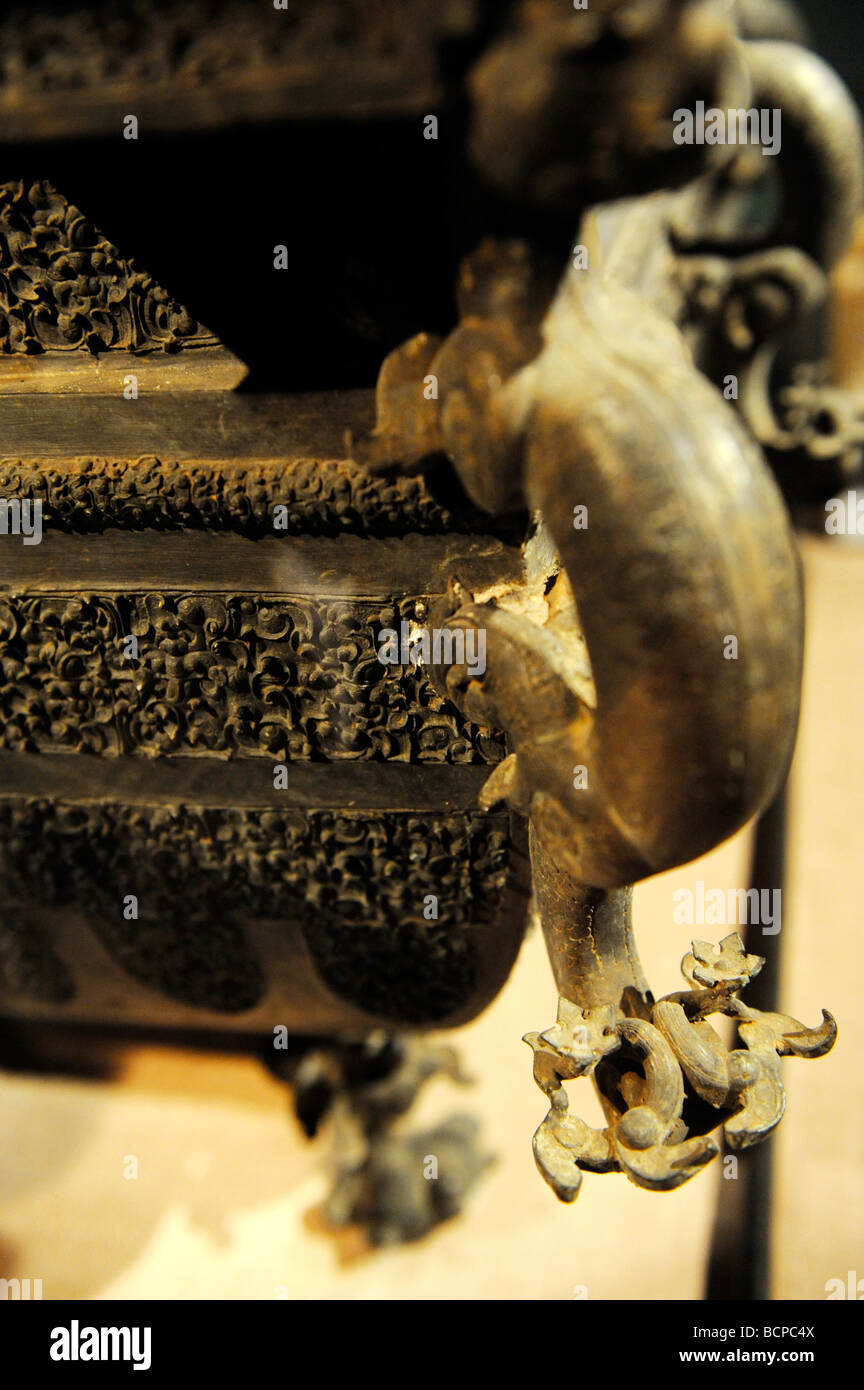 Exquisite detail of bronze food container from The Warring States period from Chu State, Capital Museum, Beijing, China Stock Photohttps://www.alamy.com/image-license-details/?v=1https://www.alamy.com/stock-photo-exquisite-detail-of-bronze-food-container-from-the-warring-states-25078730.html
Exquisite detail of bronze food container from The Warring States period from Chu State, Capital Museum, Beijing, China Stock Photohttps://www.alamy.com/image-license-details/?v=1https://www.alamy.com/stock-photo-exquisite-detail-of-bronze-food-container-from-the-warring-states-25078730.htmlRMBCPC4X–Exquisite detail of bronze food container from The Warring States period from Chu State, Capital Museum, Beijing, China
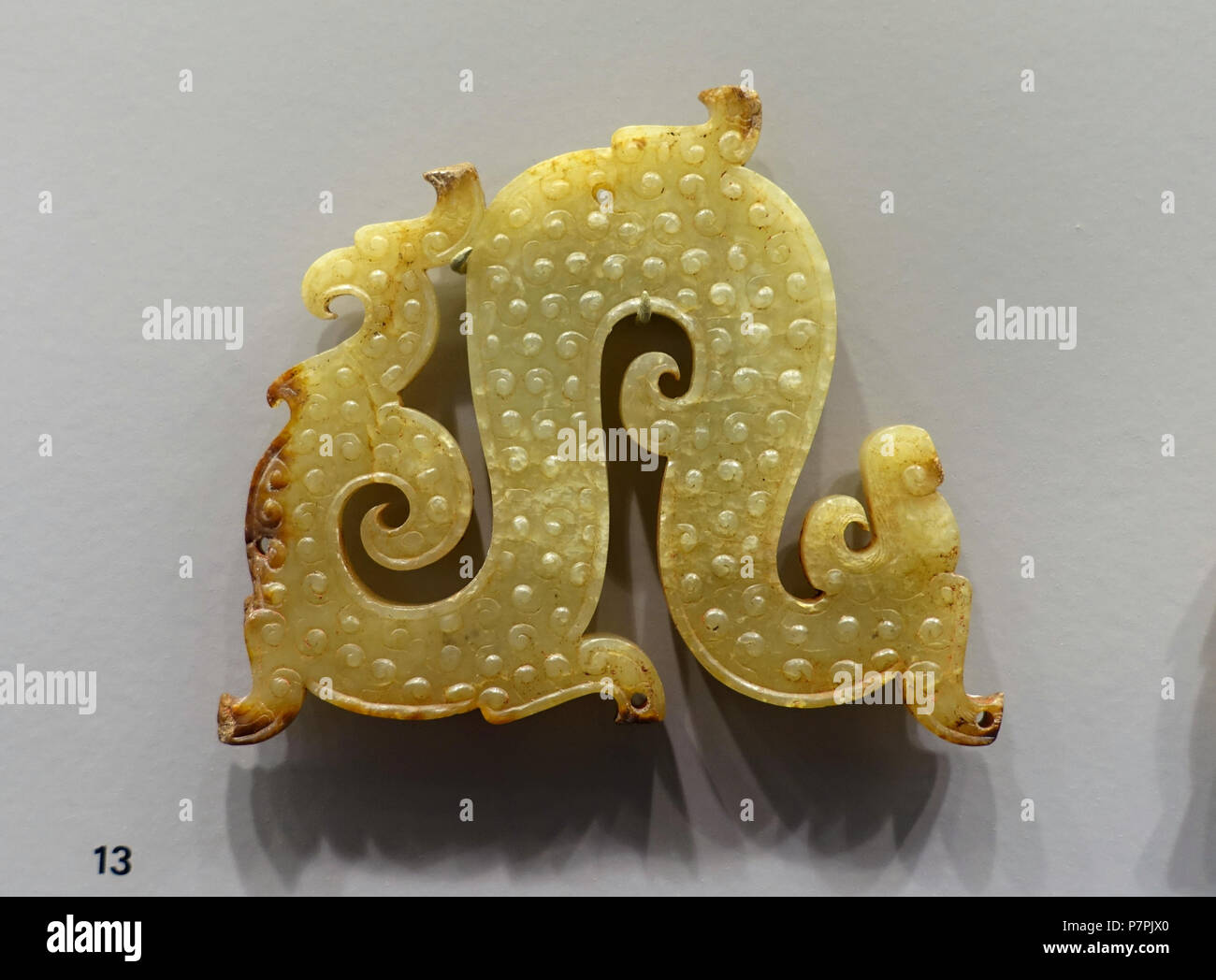 English: Exhibit in the Arthur M. Sackler Museum, Harvard University, Cambridge, Massachusetts, USA. This artwork is in the because the artist died more than 70 years ago. 11 April 2015, 10:44:10 299 Pair of Dragons, 1 of 2, China, Warring States period, 5th-4th century BC, nephrite - Arthur M. Sackler Museum, Harvard University - DSC00761 Stock Photohttps://www.alamy.com/image-license-details/?v=1https://www.alamy.com/english-exhibit-in-the-arthur-m-sackler-museum-harvard-university-cambridge-massachusetts-usa-this-artwork-is-in-the-because-the-artist-died-more-than-70-years-ago-11-april-2015-104410-299-pair-of-dragons-1-of-2-china-warring-states-period-5th-4th-century-bc-nephrite-arthur-m-sackler-museum-harvard-university-dsc00761-image211324792.html
English: Exhibit in the Arthur M. Sackler Museum, Harvard University, Cambridge, Massachusetts, USA. This artwork is in the because the artist died more than 70 years ago. 11 April 2015, 10:44:10 299 Pair of Dragons, 1 of 2, China, Warring States period, 5th-4th century BC, nephrite - Arthur M. Sackler Museum, Harvard University - DSC00761 Stock Photohttps://www.alamy.com/image-license-details/?v=1https://www.alamy.com/english-exhibit-in-the-arthur-m-sackler-museum-harvard-university-cambridge-massachusetts-usa-this-artwork-is-in-the-because-the-artist-died-more-than-70-years-ago-11-april-2015-104410-299-pair-of-dragons-1-of-2-china-warring-states-period-5th-4th-century-bc-nephrite-arthur-m-sackler-museum-harvard-university-dsc00761-image211324792.htmlRMP7PJX0–English: Exhibit in the Arthur M. Sackler Museum, Harvard University, Cambridge, Massachusetts, USA. This artwork is in the because the artist died more than 70 years ago. 11 April 2015, 10:44:10 299 Pair of Dragons, 1 of 2, China, Warring States period, 5th-4th century BC, nephrite - Arthur M. Sackler Museum, Harvard University - DSC00761
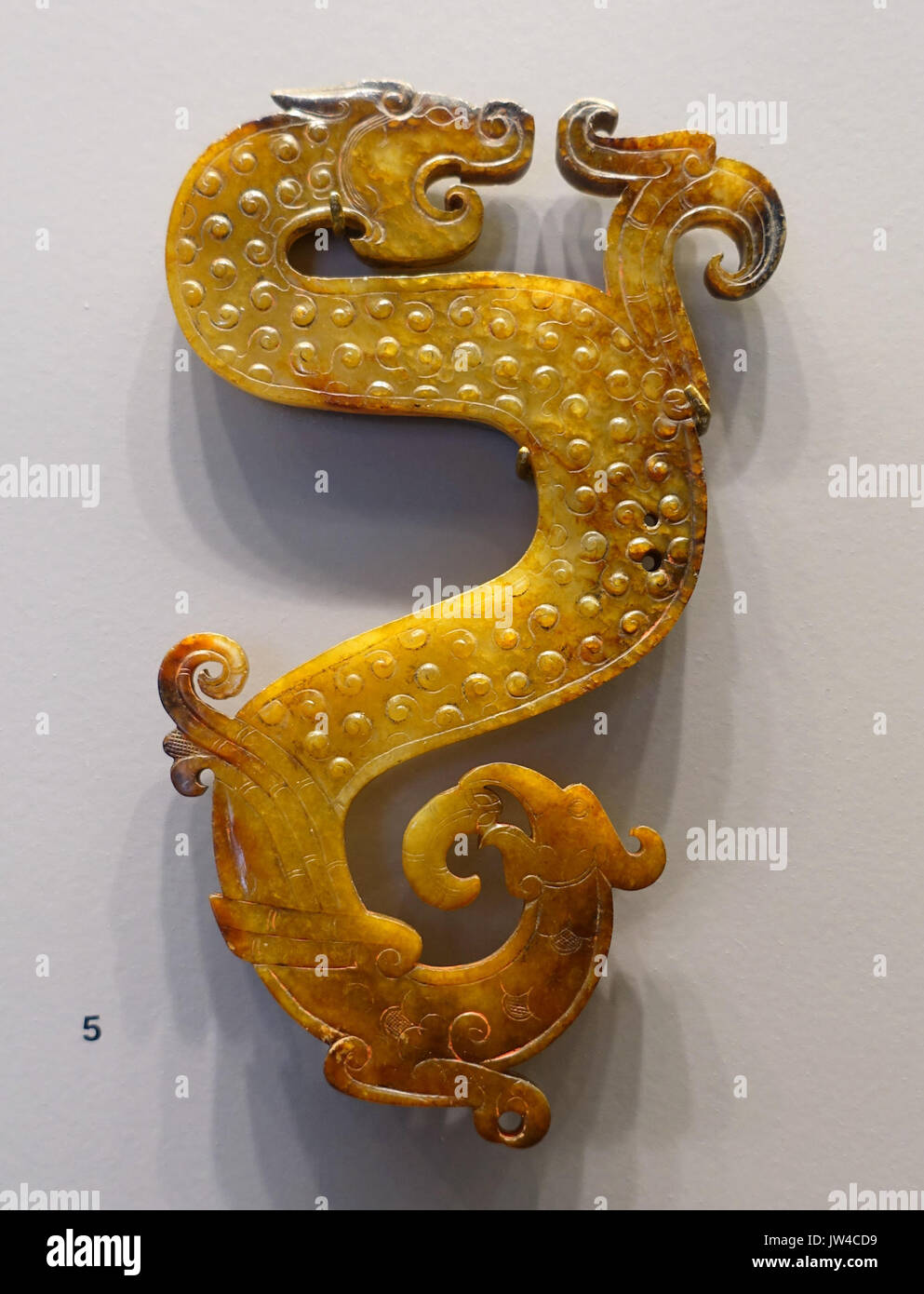 Configuration of Bird, Dragon, and Snake, China, Warring States period, 4th 3rd century BC, nephrite Arthur M Sackler Museum, Harvard University DSC00754 Stock Photohttps://www.alamy.com/image-license-details/?v=1https://www.alamy.com/configuration-of-bird-dragon-and-snake-china-warring-states-period-image153146933.html
Configuration of Bird, Dragon, and Snake, China, Warring States period, 4th 3rd century BC, nephrite Arthur M Sackler Museum, Harvard University DSC00754 Stock Photohttps://www.alamy.com/image-license-details/?v=1https://www.alamy.com/configuration-of-bird-dragon-and-snake-china-warring-states-period-image153146933.htmlRMJW4CD9–Configuration of Bird, Dragon, and Snake, China, Warring States period, 4th 3rd century BC, nephrite Arthur M Sackler Museum, Harvard University DSC00754
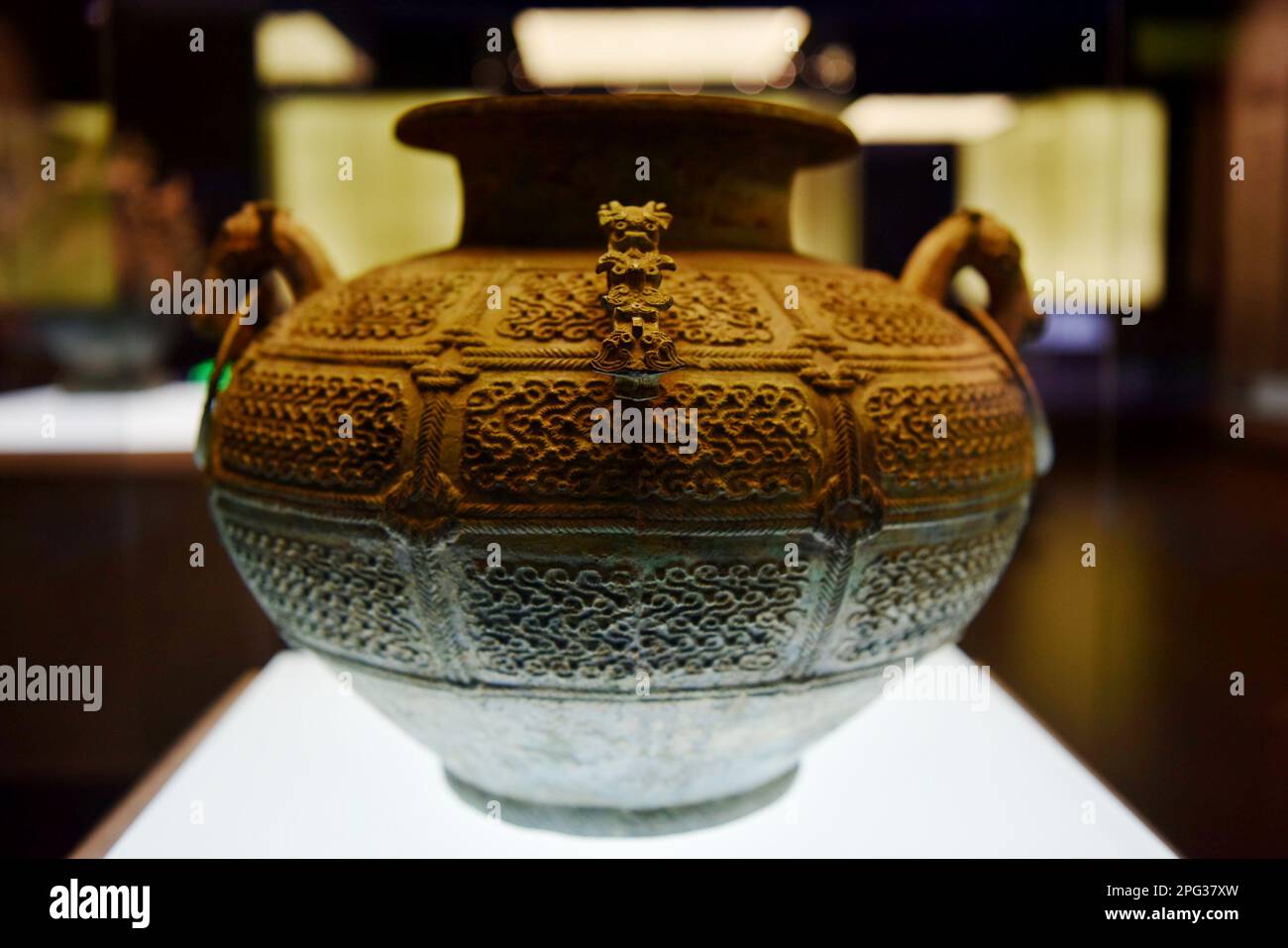 SHIJIAZHUANG, CHINA - MARCH 15, 2023 - The bronze vase of an adder in the Warring States Period on display at the Hebei Provincial Museum, 15 March 20 Stock Photohttps://www.alamy.com/image-license-details/?v=1https://www.alamy.com/shijiazhuang-china-march-15-2023-the-bronze-vase-of-an-adder-in-the-warring-states-period-on-display-at-the-hebei-provincial-museum-15-march-20-image543428001.html
SHIJIAZHUANG, CHINA - MARCH 15, 2023 - The bronze vase of an adder in the Warring States Period on display at the Hebei Provincial Museum, 15 March 20 Stock Photohttps://www.alamy.com/image-license-details/?v=1https://www.alamy.com/shijiazhuang-china-march-15-2023-the-bronze-vase-of-an-adder-in-the-warring-states-period-on-display-at-the-hebei-provincial-museum-15-march-20-image543428001.htmlRM2PG37XW–SHIJIAZHUANG, CHINA - MARCH 15, 2023 - The bronze vase of an adder in the Warring States Period on display at the Hebei Provincial Museum, 15 March 20
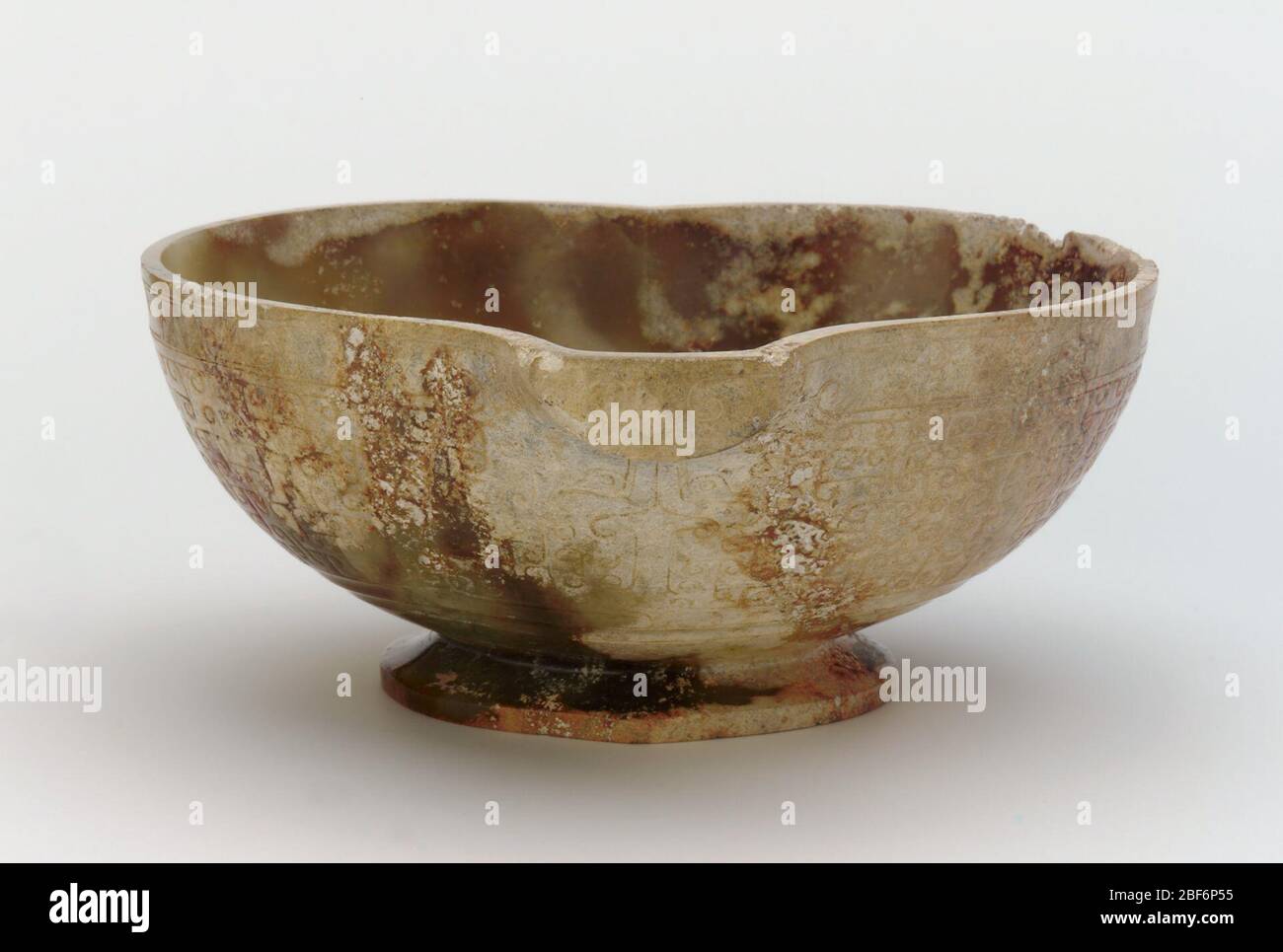 ; China; 475-221 B.C.E.; Jade (nephrite); H x W x D: 5.1 x 9.8 x 11.3 cm (2 x 3 7/8 x 4 7/16 in); Purchase Stock Photohttps://www.alamy.com/image-license-details/?v=1https://www.alamy.com/china-475-221-bce-jade-nephrite-h-x-w-x-d-51-x-98-x-113-cm-2-x-3-78-x-4-716-in-purchase-image353576305.html
; China; 475-221 B.C.E.; Jade (nephrite); H x W x D: 5.1 x 9.8 x 11.3 cm (2 x 3 7/8 x 4 7/16 in); Purchase Stock Photohttps://www.alamy.com/image-license-details/?v=1https://www.alamy.com/china-475-221-bce-jade-nephrite-h-x-w-x-d-51-x-98-x-113-cm-2-x-3-78-x-4-716-in-purchase-image353576305.htmlRM2BF6P55–; China; 475-221 B.C.E.; Jade (nephrite); H x W x D: 5.1 x 9.8 x 11.3 cm (2 x 3 7/8 x 4 7/16 in); Purchase
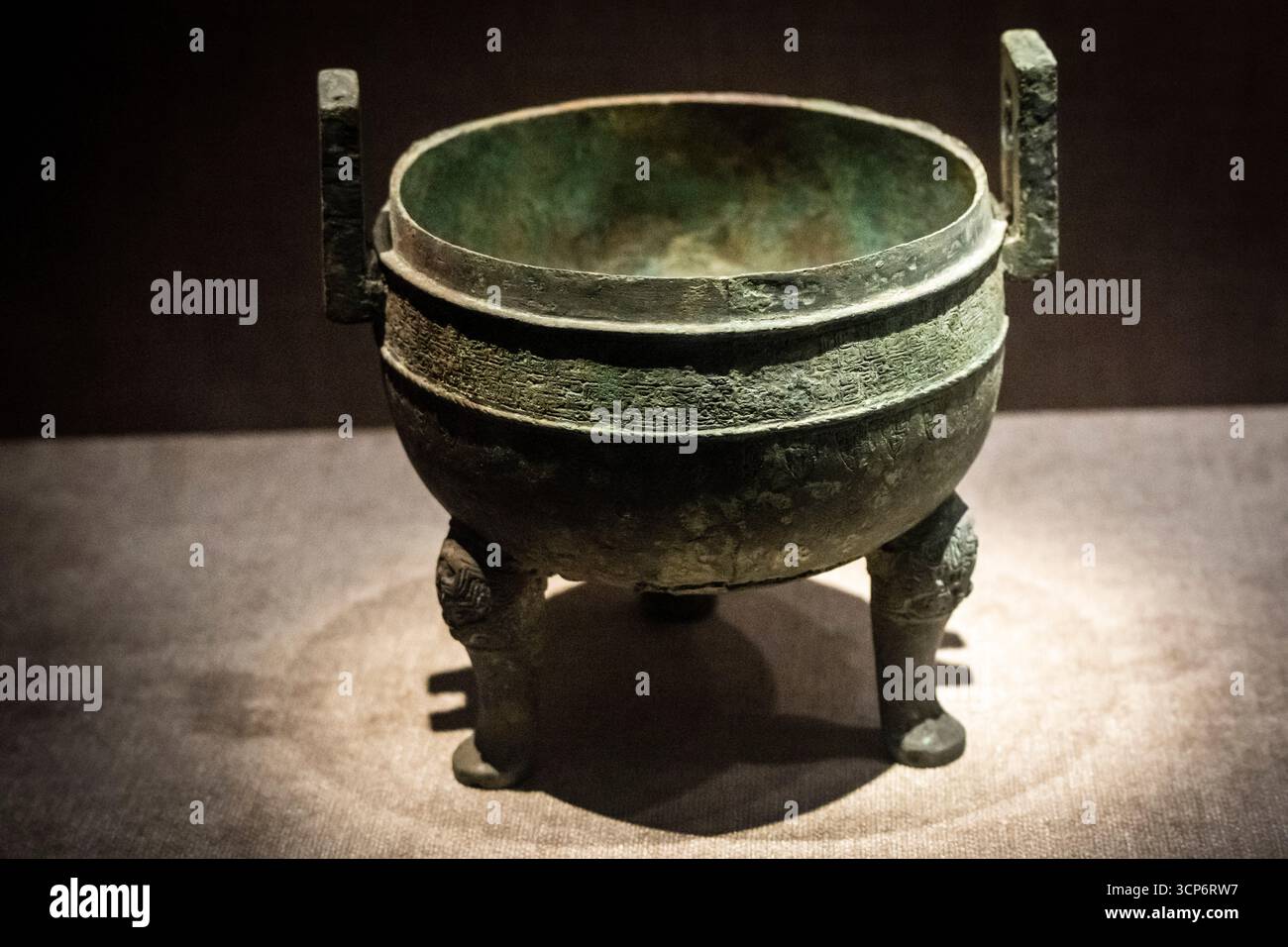 Bronze ding, The Warring States Period, from Shawan, Chengdu , Sichuan, People's Republic of China, Asia. Stock Photohttps://www.alamy.com/image-license-details/?v=1https://www.alamy.com/bronze-ding-the-warring-states-period-from-shawan-chengdu-sichuan-peoples-republic-of-china-asia-image702087603.html
Bronze ding, The Warring States Period, from Shawan, Chengdu , Sichuan, People's Republic of China, Asia. Stock Photohttps://www.alamy.com/image-license-details/?v=1https://www.alamy.com/bronze-ding-the-warring-states-period-from-shawan-chengdu-sichuan-peoples-republic-of-china-asia-image702087603.htmlRM3CP6RW7–Bronze ding, The Warring States Period, from Shawan, Chengdu , Sichuan, People's Republic of China, Asia.
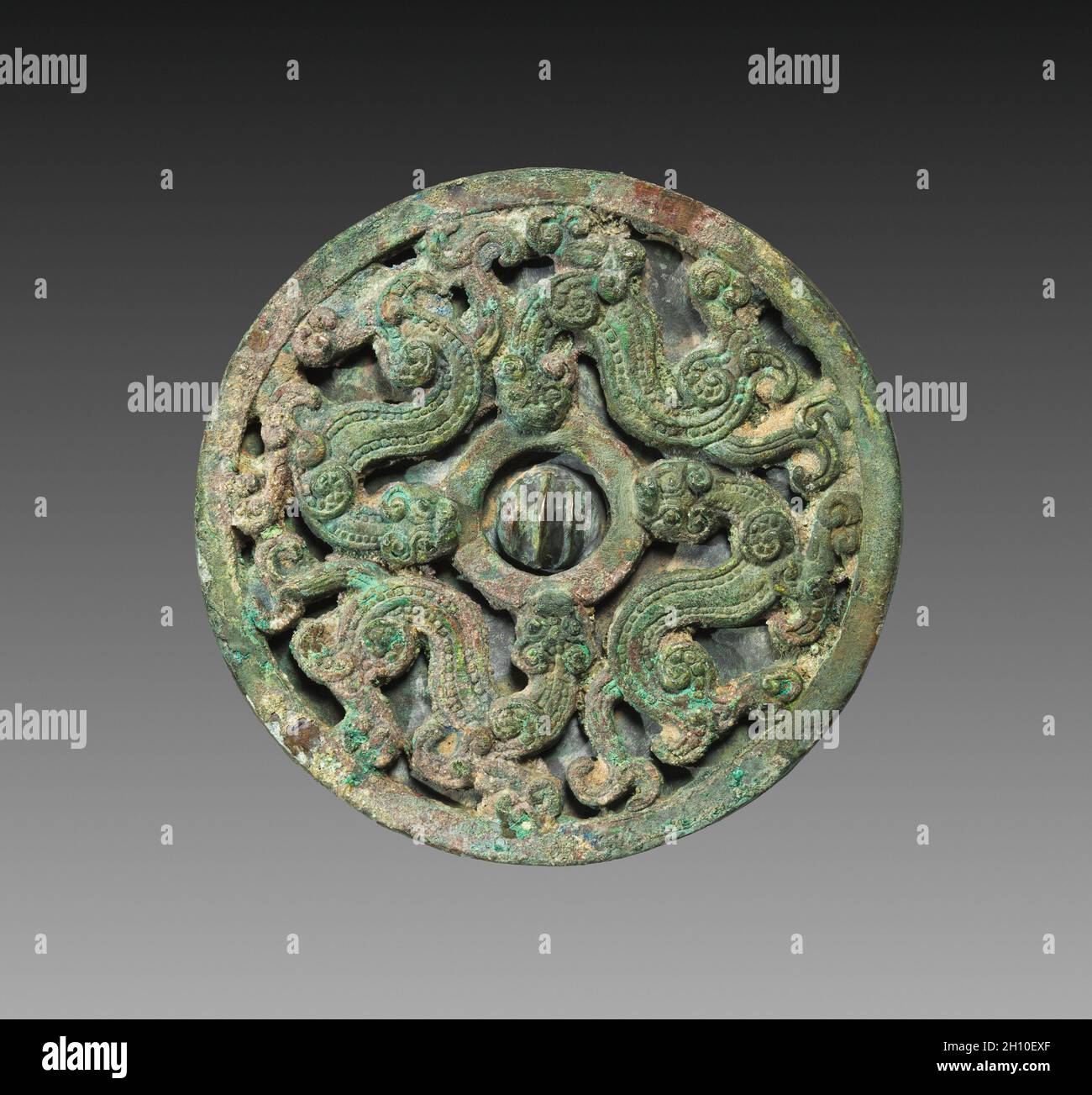 Double-tier Mirror, 300s BC. China, Warring States period (475-221 BC). Bronze; diameter: 7.6 cm (3 in.); overall: 0.8 cm (5/16 in.); rim: 0.5 cm (3/16 in.). Stock Photohttps://www.alamy.com/image-license-details/?v=1https://www.alamy.com/double-tier-mirror-300s-bc-china-warring-states-period-475-221-bc-bronze-diameter-76-cm-3-in-overall-08-cm-516-in-rim-05-cm-316-in-image448095943.html
Double-tier Mirror, 300s BC. China, Warring States period (475-221 BC). Bronze; diameter: 7.6 cm (3 in.); overall: 0.8 cm (5/16 in.); rim: 0.5 cm (3/16 in.). Stock Photohttps://www.alamy.com/image-license-details/?v=1https://www.alamy.com/double-tier-mirror-300s-bc-china-warring-states-period-475-221-bc-bronze-diameter-76-cm-3-in-overall-08-cm-516-in-rim-05-cm-316-in-image448095943.htmlRM2H10EXF–Double-tier Mirror, 300s BC. China, Warring States period (475-221 BC). Bronze; diameter: 7.6 cm (3 in.); overall: 0.8 cm (5/16 in.); rim: 0.5 cm (3/16 in.).
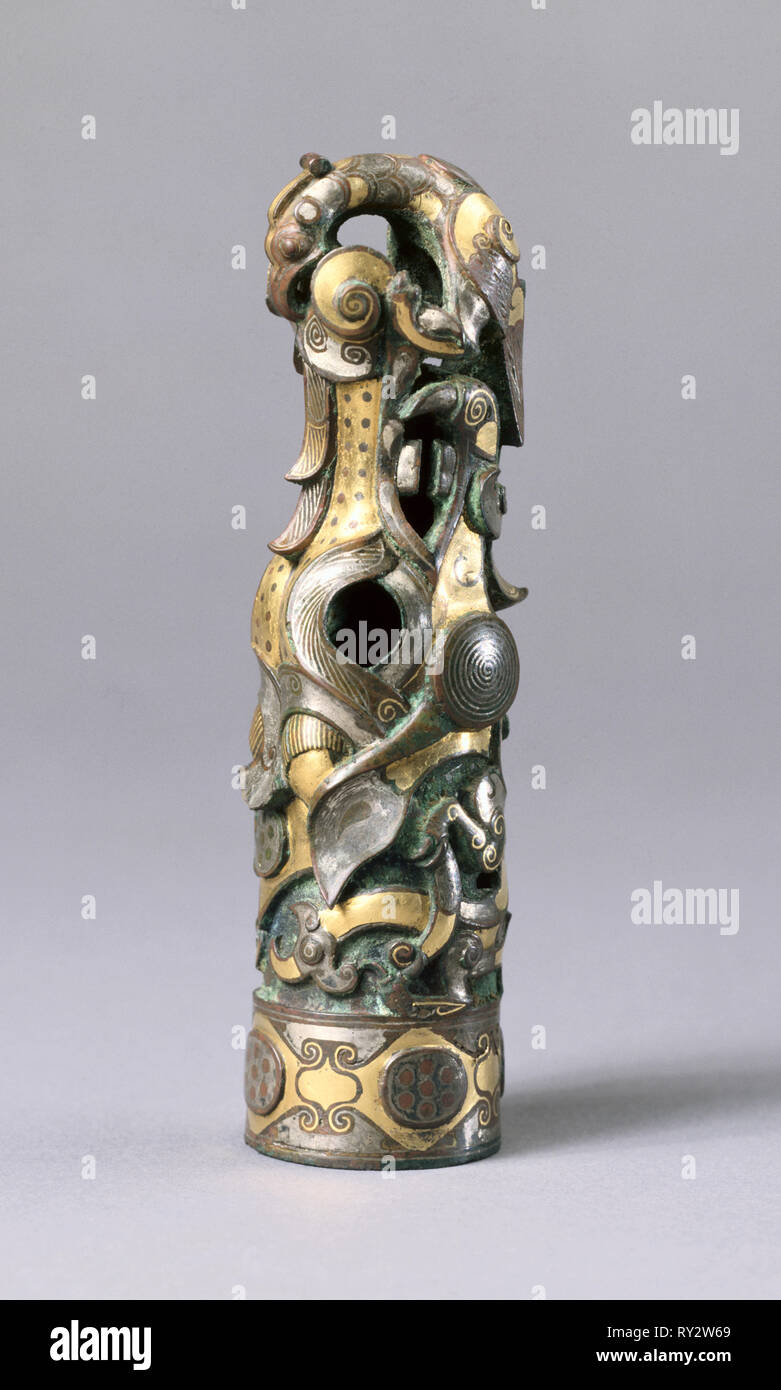 Finial, 475-221 BC. China, Henan province, Jincun, Warring States period (475-221 BC). Bronze inlaid with gold and silver; overall: 13.1 cm (5 3/16 in Stock Photohttps://www.alamy.com/image-license-details/?v=1https://www.alamy.com/finial-475-221-bc-china-henan-province-jincun-warring-states-period-475-221-bc-bronze-inlaid-with-gold-and-silver-overall-131-cm-5-316-in-image240394177.html
Finial, 475-221 BC. China, Henan province, Jincun, Warring States period (475-221 BC). Bronze inlaid with gold and silver; overall: 13.1 cm (5 3/16 in Stock Photohttps://www.alamy.com/image-license-details/?v=1https://www.alamy.com/finial-475-221-bc-china-henan-province-jincun-warring-states-period-475-221-bc-bronze-inlaid-with-gold-and-silver-overall-131-cm-5-316-in-image240394177.htmlRMRY2W69–Finial, 475-221 BC. China, Henan province, Jincun, Warring States period (475-221 BC). Bronze inlaid with gold and silver; overall: 13.1 cm (5 3/16 in
 A Chinese bronze sword, Warring States period, Double-edged blade of white bronze with double fullers on both sides and medial ridge, the surface with herringbone pattern inlaid in yellow bronze, the blade mounting decorated in fine relief and set with eight small turquoises, the grip segmented by two girdles, disk-shaped pommel adorned with ornamental pattern in relief. Fine patina. Length 52 cm. Cf. C.H. Wang Collection, Shang and Zhou Chinese Bronze Weaponry, Taiwan, 1983. Provenance: Hermann Historica, auction 46, lot 767. China, Chinese, his, Additional-Rights-Clearance-Info-Not-Available Stock Photohttps://www.alamy.com/image-license-details/?v=1https://www.alamy.com/a-chinese-bronze-sword-warring-states-period-double-edged-blade-of-white-bronze-with-double-fullers-on-both-sides-and-medial-ridge-the-surface-with-herringbone-pattern-inlaid-in-yellow-bronze-the-blade-mounting-decorated-in-fine-relief-and-set-with-eight-small-turquoises-the-grip-segmented-by-two-girdles-disk-shaped-pommel-adorned-with-ornamental-pattern-in-relief-fine-patina-length-52-cm-cf-ch-wang-collection-shang-and-zhou-chinese-bronze-weaponry-taiwan-1983-provenance-hermann-historica-auction-46-lot-767-china-chinese-his-additional-rights-clearance-info-not-available-image247741061.html
A Chinese bronze sword, Warring States period, Double-edged blade of white bronze with double fullers on both sides and medial ridge, the surface with herringbone pattern inlaid in yellow bronze, the blade mounting decorated in fine relief and set with eight small turquoises, the grip segmented by two girdles, disk-shaped pommel adorned with ornamental pattern in relief. Fine patina. Length 52 cm. Cf. C.H. Wang Collection, Shang and Zhou Chinese Bronze Weaponry, Taiwan, 1983. Provenance: Hermann Historica, auction 46, lot 767. China, Chinese, his, Additional-Rights-Clearance-Info-Not-Available Stock Photohttps://www.alamy.com/image-license-details/?v=1https://www.alamy.com/a-chinese-bronze-sword-warring-states-period-double-edged-blade-of-white-bronze-with-double-fullers-on-both-sides-and-medial-ridge-the-surface-with-herringbone-pattern-inlaid-in-yellow-bronze-the-blade-mounting-decorated-in-fine-relief-and-set-with-eight-small-turquoises-the-grip-segmented-by-two-girdles-disk-shaped-pommel-adorned-with-ornamental-pattern-in-relief-fine-patina-length-52-cm-cf-ch-wang-collection-shang-and-zhou-chinese-bronze-weaponry-taiwan-1983-provenance-hermann-historica-auction-46-lot-767-china-chinese-his-additional-rights-clearance-info-not-available-image247741061.htmlRMTB1G71–A Chinese bronze sword, Warring States period, Double-edged blade of white bronze with double fullers on both sides and medial ridge, the surface with herringbone pattern inlaid in yellow bronze, the blade mounting decorated in fine relief and set with eight small turquoises, the grip segmented by two girdles, disk-shaped pommel adorned with ornamental pattern in relief. Fine patina. Length 52 cm. Cf. C.H. Wang Collection, Shang and Zhou Chinese Bronze Weaponry, Taiwan, 1983. Provenance: Hermann Historica, auction 46, lot 767. China, Chinese, his, Additional-Rights-Clearance-Info-Not-Available
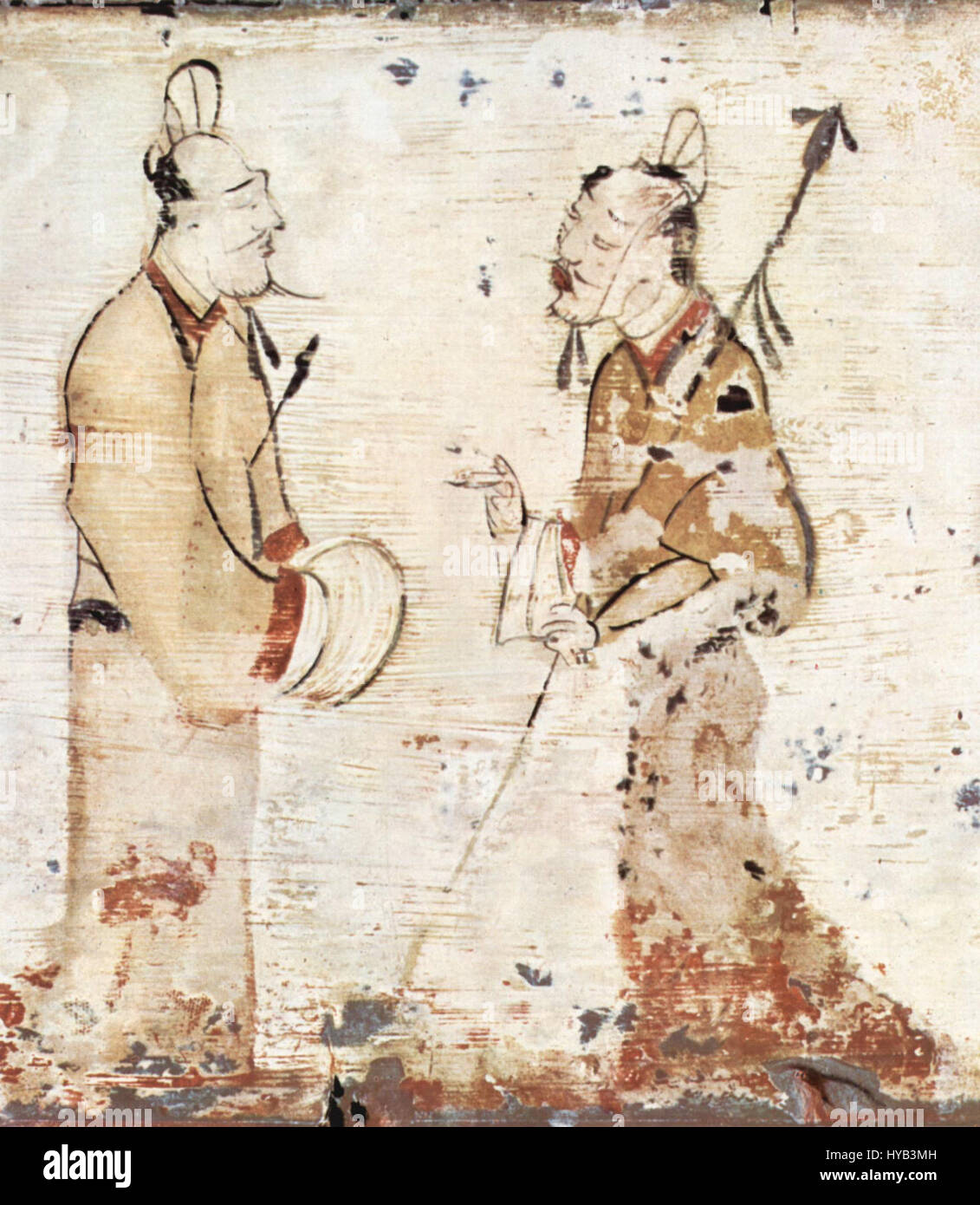 This ancient artwork attributed to a Chinese painter from the 3rd century BC captures the artistic styles and cultural significance of early Chinese painting. The piece reflects the classical themes of Chinese art during the Warring States period. Stock Photohttps://www.alamy.com/image-license-details/?v=1https://www.alamy.com/stock-photo-this-ancient-artwork-attributed-to-a-chinese-painter-from-the-3rd-137312689.html
This ancient artwork attributed to a Chinese painter from the 3rd century BC captures the artistic styles and cultural significance of early Chinese painting. The piece reflects the classical themes of Chinese art during the Warring States period. Stock Photohttps://www.alamy.com/image-license-details/?v=1https://www.alamy.com/stock-photo-this-ancient-artwork-attributed-to-a-chinese-painter-from-the-3rd-137312689.htmlRMHYB3MH–This ancient artwork attributed to a Chinese painter from the 3rd century BC captures the artistic styles and cultural significance of early Chinese painting. The piece reflects the classical themes of Chinese art during the Warring States period.
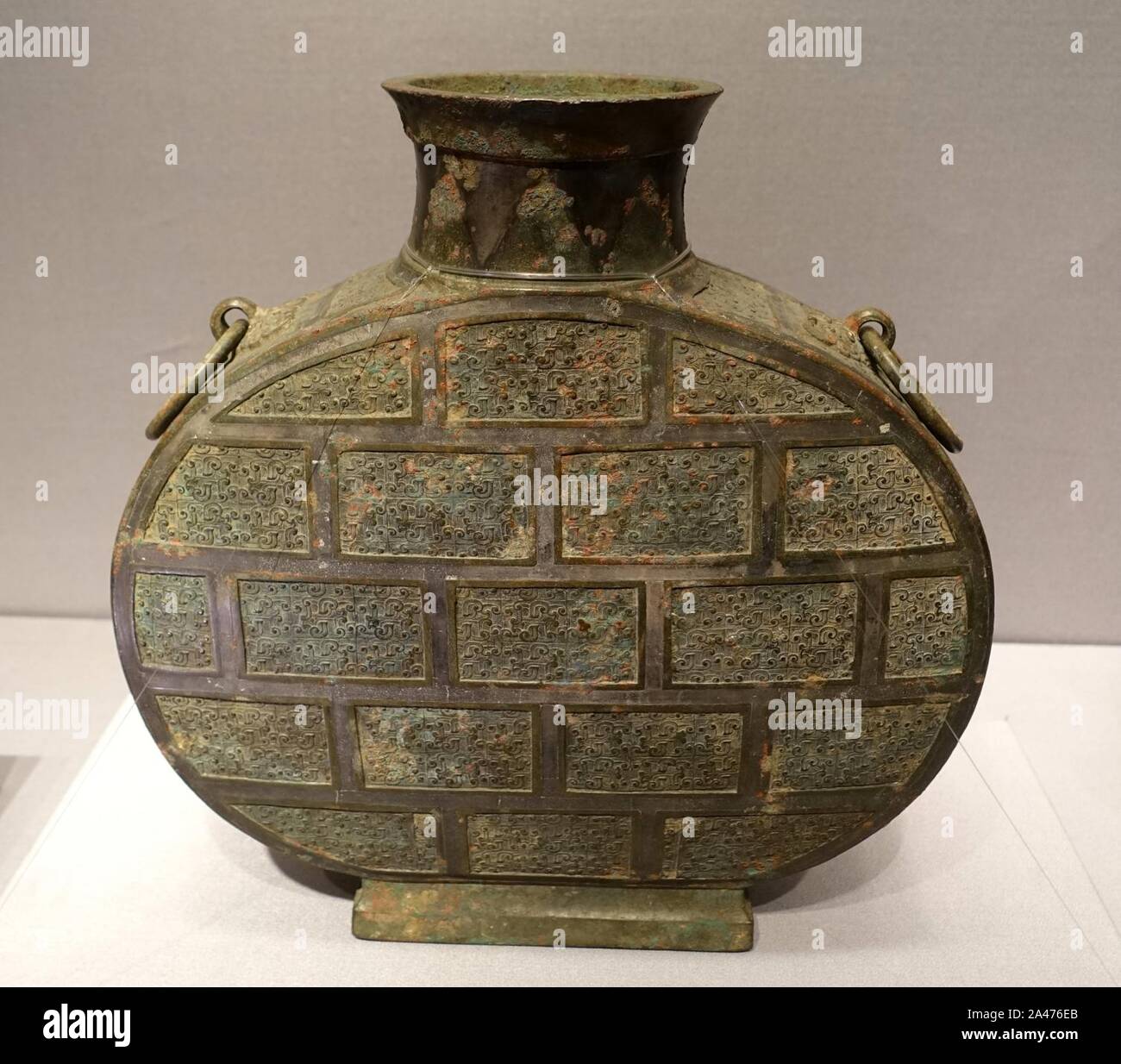 Flat hu wine vessel with feather design, China, Warring States period, 4th-3rd century BC, bronze Stock Photohttps://www.alamy.com/image-license-details/?v=1https://www.alamy.com/flat-hu-wine-vessel-with-feather-design-china-warring-states-period-4th-3rd-century-bc-bronze-image329614387.html
Flat hu wine vessel with feather design, China, Warring States period, 4th-3rd century BC, bronze Stock Photohttps://www.alamy.com/image-license-details/?v=1https://www.alamy.com/flat-hu-wine-vessel-with-feather-design-china-warring-states-period-4th-3rd-century-bc-bronze-image329614387.htmlRM2A476EB–Flat hu wine vessel with feather design, China, Warring States period, 4th-3rd century BC, bronze
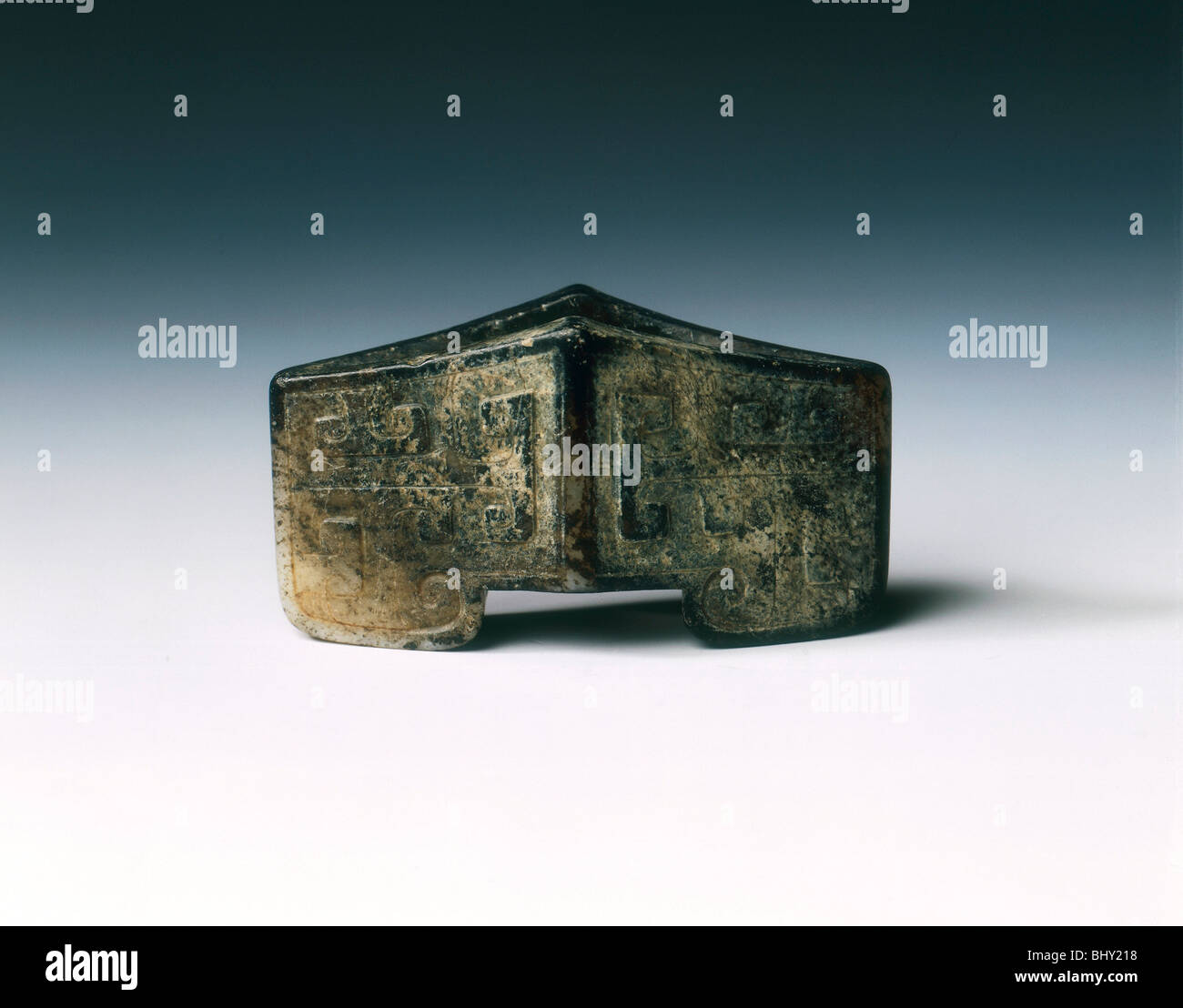 Black jade winged sword guard, late Warring States period, China, 4th-3rd century BC. Artist: Unknown Stock Photohttps://www.alamy.com/image-license-details/?v=1https://www.alamy.com/stock-photo-black-jade-winged-sword-guard-late-warring-states-period-china-4th-28253828.html
Black jade winged sword guard, late Warring States period, China, 4th-3rd century BC. Artist: Unknown Stock Photohttps://www.alamy.com/image-license-details/?v=1https://www.alamy.com/stock-photo-black-jade-winged-sword-guard-late-warring-states-period-china-4th-28253828.htmlRMBHY218–Black jade winged sword guard, late Warring States period, China, 4th-3rd century BC. Artist: Unknown
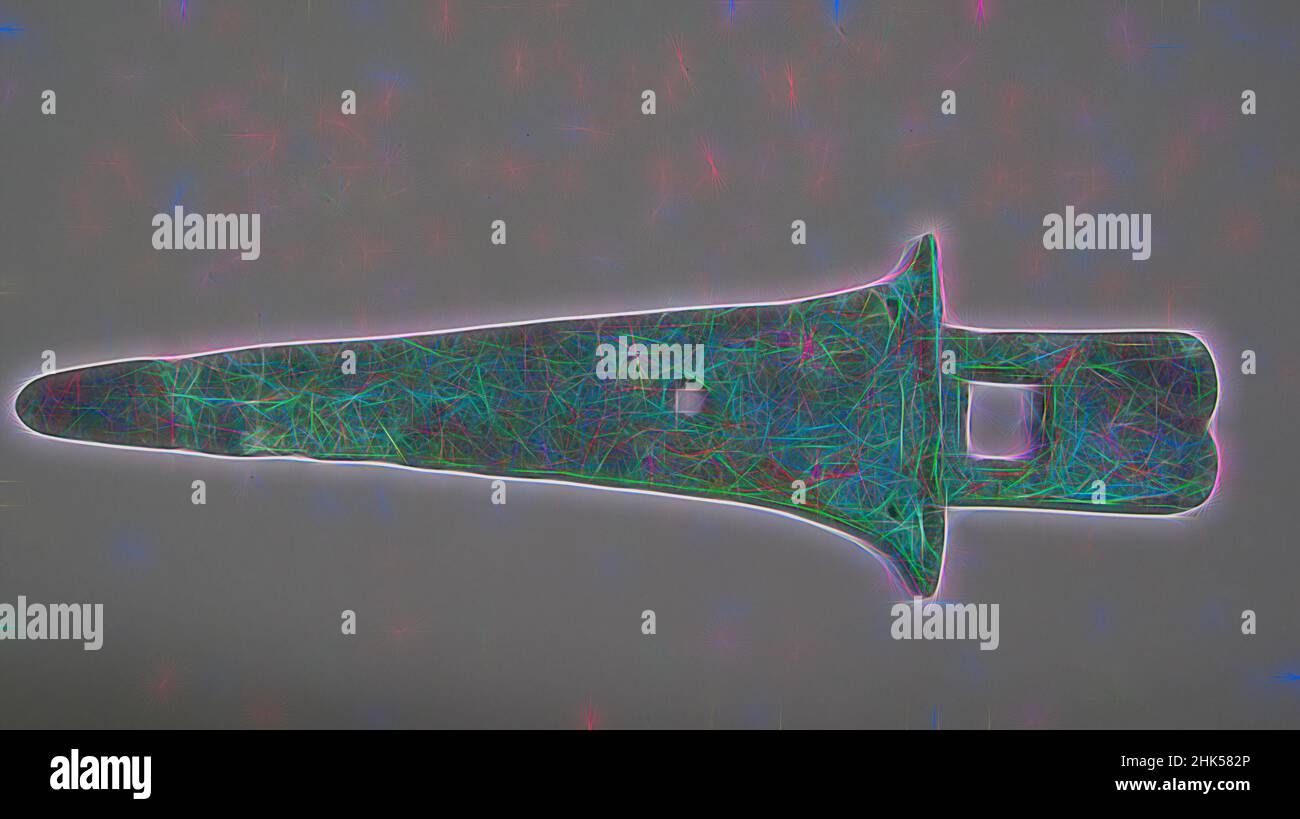 Inspired by Dagger-Axe with Abstract Decoration, Dian, Bronze, Yunnan, China, 5th century B.C.E.-early 1st century C.E., Western Han Dynasty, Warring States Period, 10 1/4 x 3 in., 26.0 x 7.6 cm, Reimagined by Artotop. Classic art reinvented with a modern twist. Design of warm cheerful glowing of brightness and light ray radiance. Photography inspired by surrealism and futurism, embracing dynamic energy of modern technology, movement, speed and revolutionize culture Stock Photohttps://www.alamy.com/image-license-details/?v=1https://www.alamy.com/inspired-by-dagger-axe-with-abstract-decoration-dian-bronze-yunnan-china-5th-century-bce-early-1st-century-ce-western-han-dynasty-warring-states-period-10-14-x-3-in-260-x-76-cm-reimagined-by-artotop-classic-art-reinvented-with-a-modern-twist-design-of-warm-cheerful-glowing-of-brightness-and-light-ray-radiance-photography-inspired-by-surrealism-and-futurism-embracing-dynamic-energy-of-modern-technology-movement-speed-and-revolutionize-culture-image459264142.html
Inspired by Dagger-Axe with Abstract Decoration, Dian, Bronze, Yunnan, China, 5th century B.C.E.-early 1st century C.E., Western Han Dynasty, Warring States Period, 10 1/4 x 3 in., 26.0 x 7.6 cm, Reimagined by Artotop. Classic art reinvented with a modern twist. Design of warm cheerful glowing of brightness and light ray radiance. Photography inspired by surrealism and futurism, embracing dynamic energy of modern technology, movement, speed and revolutionize culture Stock Photohttps://www.alamy.com/image-license-details/?v=1https://www.alamy.com/inspired-by-dagger-axe-with-abstract-decoration-dian-bronze-yunnan-china-5th-century-bce-early-1st-century-ce-western-han-dynasty-warring-states-period-10-14-x-3-in-260-x-76-cm-reimagined-by-artotop-classic-art-reinvented-with-a-modern-twist-design-of-warm-cheerful-glowing-of-brightness-and-light-ray-radiance-photography-inspired-by-surrealism-and-futurism-embracing-dynamic-energy-of-modern-technology-movement-speed-and-revolutionize-culture-image459264142.htmlRF2HK582P–Inspired by Dagger-Axe with Abstract Decoration, Dian, Bronze, Yunnan, China, 5th century B.C.E.-early 1st century C.E., Western Han Dynasty, Warring States Period, 10 1/4 x 3 in., 26.0 x 7.6 cm, Reimagined by Artotop. Classic art reinvented with a modern twist. Design of warm cheerful glowing of brightness and light ray radiance. Photography inspired by surrealism and futurism, embracing dynamic energy of modern technology, movement, speed and revolutionize culture
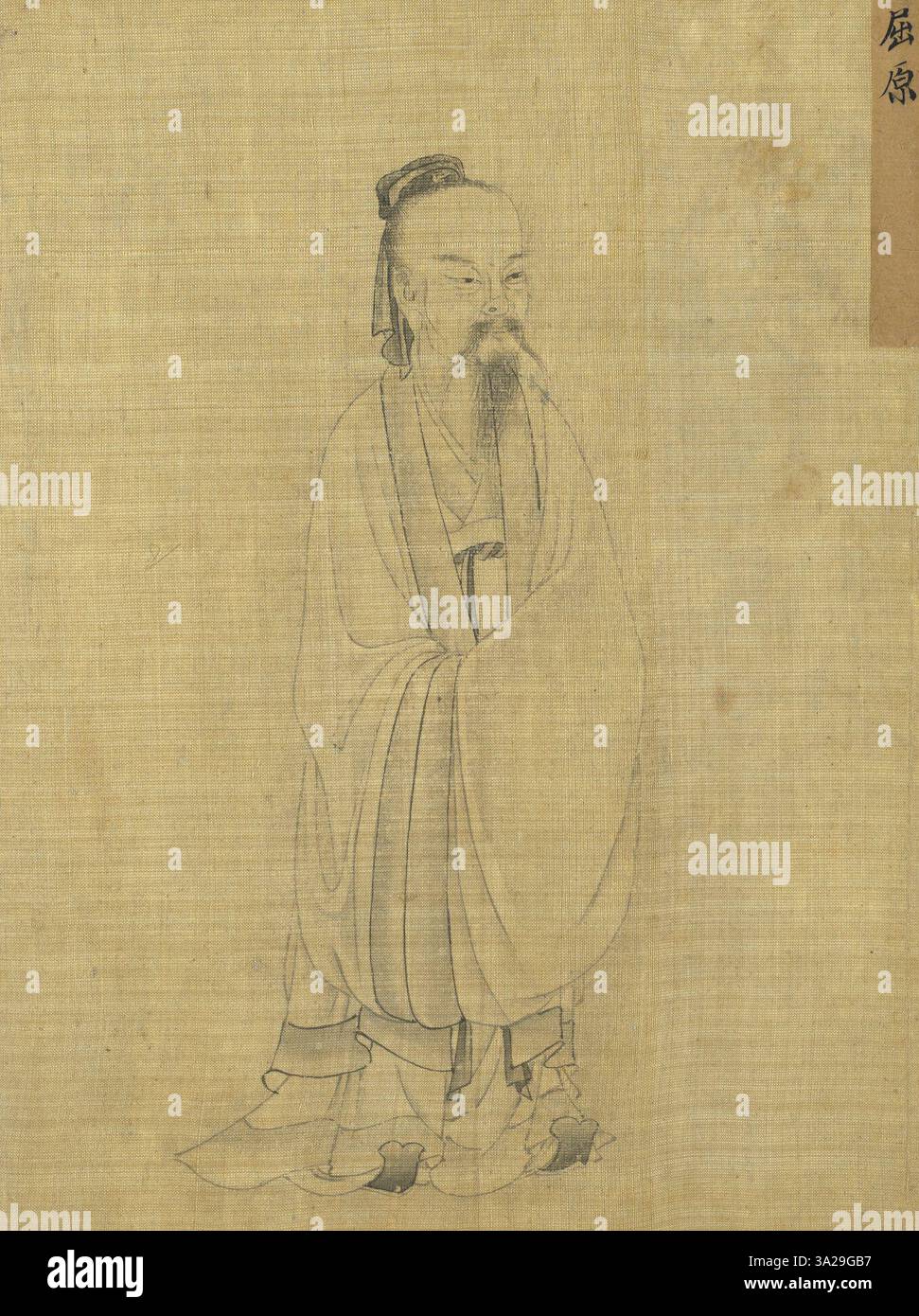 Qu Yuan was a prominent poet during the Warring States period of China. Known for his works such as the 'Li Sao,' he is regarded as one of the most important figures in Chinese literature. Stock Photohttps://www.alamy.com/image-license-details/?v=1https://www.alamy.com/qu-yuan-was-a-prominent-poet-during-the-warring-states-period-of-china-known-for-his-works-such-as-the-li-sao-he-is-regarded-as-one-of-the-most-important-figures-in-chinese-literature-image655433723.html
Qu Yuan was a prominent poet during the Warring States period of China. Known for his works such as the 'Li Sao,' he is regarded as one of the most important figures in Chinese literature. Stock Photohttps://www.alamy.com/image-license-details/?v=1https://www.alamy.com/qu-yuan-was-a-prominent-poet-during-the-warring-states-period-of-china-known-for-his-works-such-as-the-li-sao-he-is-regarded-as-one-of-the-most-important-figures-in-chinese-literature-image655433723.htmlRM3A29GB7–Qu Yuan was a prominent poet during the Warring States period of China. Known for his works such as the 'Li Sao,' he is regarded as one of the most important figures in Chinese literature.
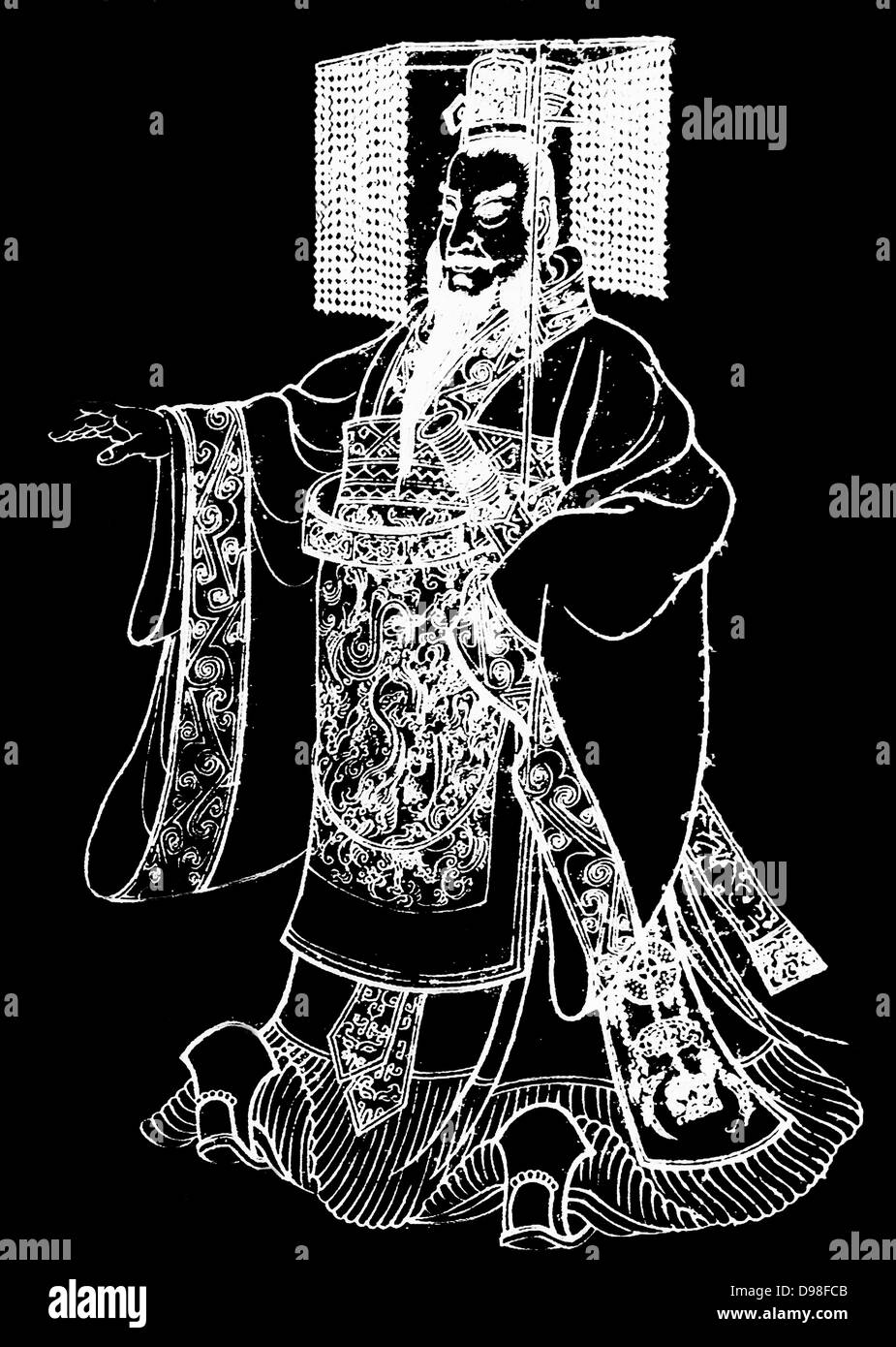 Qin Shi Huangdi (259 BC – 210 BC), king of the Chinese State of Qin from 246 BC to 221 BC during the Warring States Period. Emperor of China 221 to 210 BC. He undertook projects, including the first version of the Great Wall of China and a massive national road system. Stock Photohttps://www.alamy.com/image-license-details/?v=1https://www.alamy.com/stock-photo-qin-shi-huangdi-259-bc-210-bc-king-of-the-chinese-state-of-qin-from-57350731.html
Qin Shi Huangdi (259 BC – 210 BC), king of the Chinese State of Qin from 246 BC to 221 BC during the Warring States Period. Emperor of China 221 to 210 BC. He undertook projects, including the first version of the Great Wall of China and a massive national road system. Stock Photohttps://www.alamy.com/image-license-details/?v=1https://www.alamy.com/stock-photo-qin-shi-huangdi-259-bc-210-bc-king-of-the-chinese-state-of-qin-from-57350731.htmlRMD98FCB–Qin Shi Huangdi (259 BC – 210 BC), king of the Chinese State of Qin from 246 BC to 221 BC during the Warring States Period. Emperor of China 221 to 210 BC. He undertook projects, including the first version of the Great Wall of China and a massive national road system.
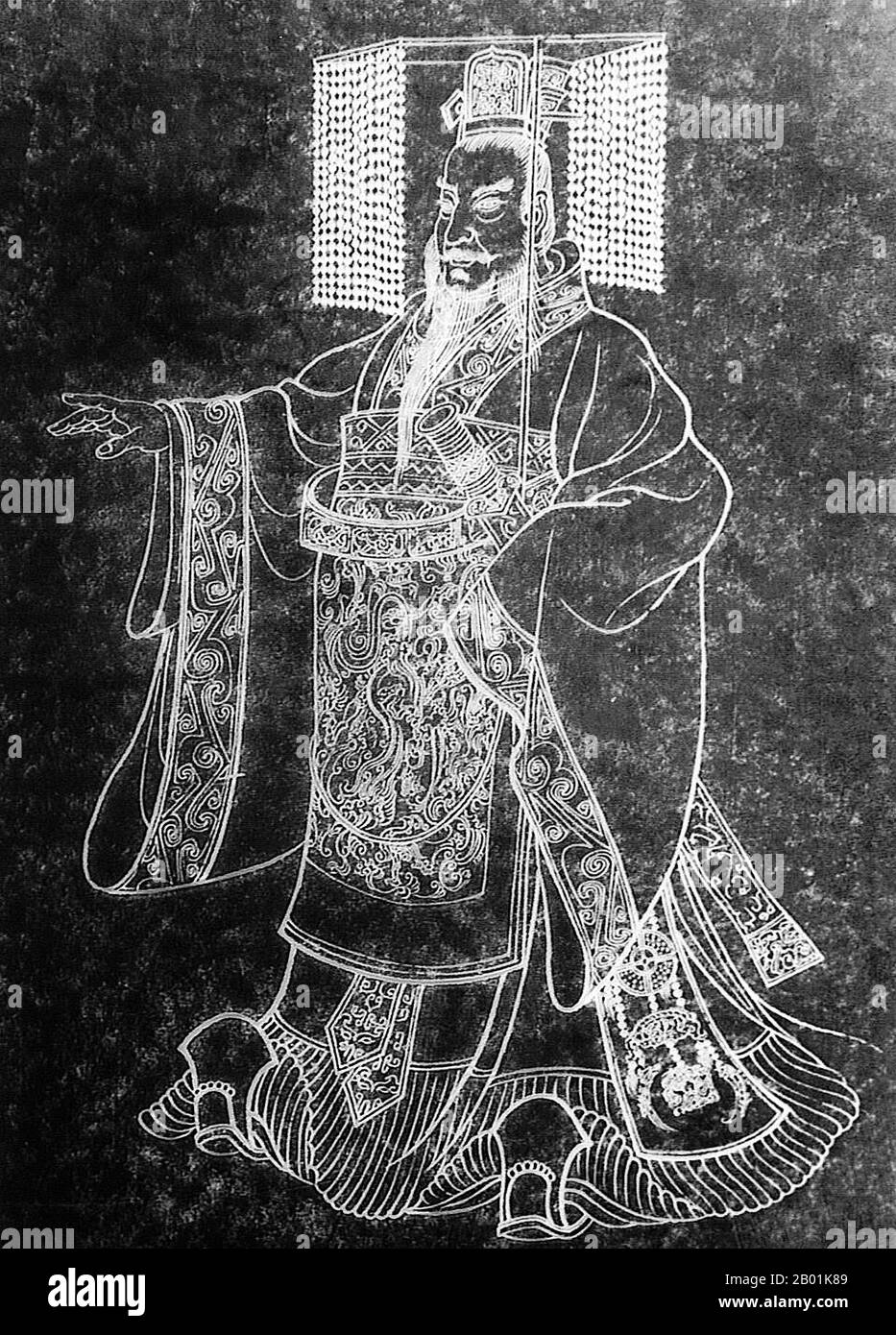 China: Qin Shu Huang/Qin Shi Huangdi (259-210 BCE), First Emperor of a unified China. Ink rubbing from a stone tablet, c. 18th century. Qin Shi Huang, personal name Ying Zheng, was king of the Chinese State of Qin from 246 to 221 BCE during the Warring States Period. He became the first emperor of a unified China in 221 BCE, and ruled until his death in 210 BC at the age of 49. Styling himself 'First Emperor' after China's unification, Qin Shi Huang is a pivotal figure in Chinese history, ushering in nearly two millennia of imperial rule. Stock Photohttps://www.alamy.com/image-license-details/?v=1https://www.alamy.com/china-qin-shu-huangqin-shi-huangdi-259-210-bce-first-emperor-of-a-unified-china-ink-rubbing-from-a-stone-tablet-c-18th-century-qin-shi-huang-personal-name-ying-zheng-was-king-of-the-chinese-state-of-qin-from-246-to-221-bce-during-the-warring-states-period-he-became-the-first-emperor-of-a-unified-china-in-221-bce-and-ruled-until-his-death-in-210-bc-at-the-age-of-49-styling-himself-first-emperor-after-chinas-unification-qin-shi-huang-is-a-pivotal-figure-in-chinese-history-ushering-in-nearly-two-millennia-of-imperial-rule-image344244441.html
China: Qin Shu Huang/Qin Shi Huangdi (259-210 BCE), First Emperor of a unified China. Ink rubbing from a stone tablet, c. 18th century. Qin Shi Huang, personal name Ying Zheng, was king of the Chinese State of Qin from 246 to 221 BCE during the Warring States Period. He became the first emperor of a unified China in 221 BCE, and ruled until his death in 210 BC at the age of 49. Styling himself 'First Emperor' after China's unification, Qin Shi Huang is a pivotal figure in Chinese history, ushering in nearly two millennia of imperial rule. Stock Photohttps://www.alamy.com/image-license-details/?v=1https://www.alamy.com/china-qin-shu-huangqin-shi-huangdi-259-210-bce-first-emperor-of-a-unified-china-ink-rubbing-from-a-stone-tablet-c-18th-century-qin-shi-huang-personal-name-ying-zheng-was-king-of-the-chinese-state-of-qin-from-246-to-221-bce-during-the-warring-states-period-he-became-the-first-emperor-of-a-unified-china-in-221-bce-and-ruled-until-his-death-in-210-bc-at-the-age-of-49-styling-himself-first-emperor-after-chinas-unification-qin-shi-huang-is-a-pivotal-figure-in-chinese-history-ushering-in-nearly-two-millennia-of-imperial-rule-image344244441.htmlRM2B01K89–China: Qin Shu Huang/Qin Shi Huangdi (259-210 BCE), First Emperor of a unified China. Ink rubbing from a stone tablet, c. 18th century. Qin Shi Huang, personal name Ying Zheng, was king of the Chinese State of Qin from 246 to 221 BCE during the Warring States Period. He became the first emperor of a unified China in 221 BCE, and ruled until his death in 210 BC at the age of 49. Styling himself 'First Emperor' after China's unification, Qin Shi Huang is a pivotal figure in Chinese history, ushering in nearly two millennia of imperial rule.
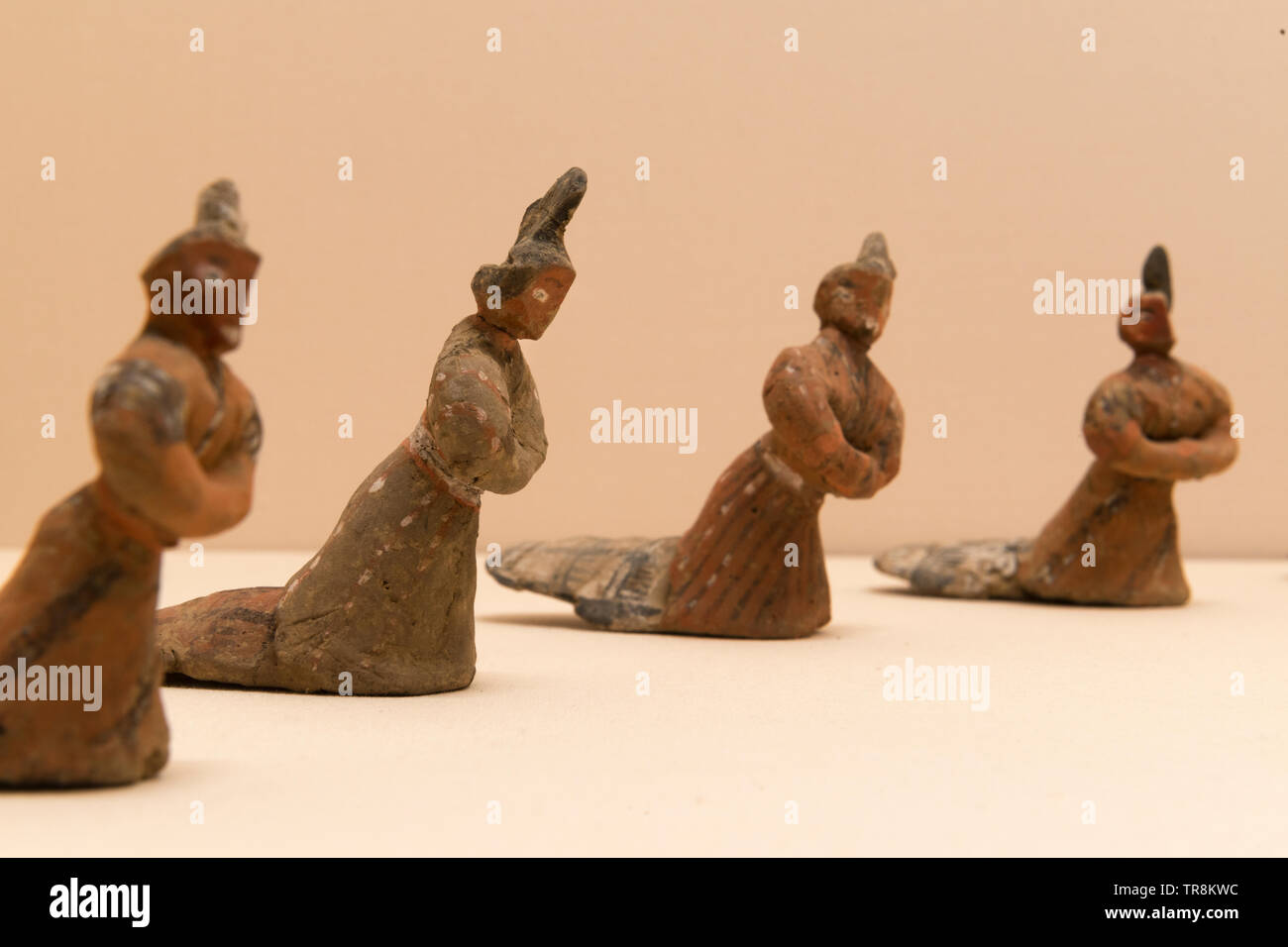 Terra cotta dancing figures. The Warring States Period (475-221 BC). The Qi Heritage Museum in Linzi, Shandong, China. Stock Photohttps://www.alamy.com/image-license-details/?v=1https://www.alamy.com/terra-cotta-dancing-figures-the-warring-states-period-475-221-bc-the-qi-heritage-museum-in-linzi-shandong-china-image255273464.html
Terra cotta dancing figures. The Warring States Period (475-221 BC). The Qi Heritage Museum in Linzi, Shandong, China. Stock Photohttps://www.alamy.com/image-license-details/?v=1https://www.alamy.com/terra-cotta-dancing-figures-the-warring-states-period-475-221-bc-the-qi-heritage-museum-in-linzi-shandong-china-image255273464.htmlRMTR8KWC–Terra cotta dancing figures. The Warring States Period (475-221 BC). The Qi Heritage Museum in Linzi, Shandong, China.
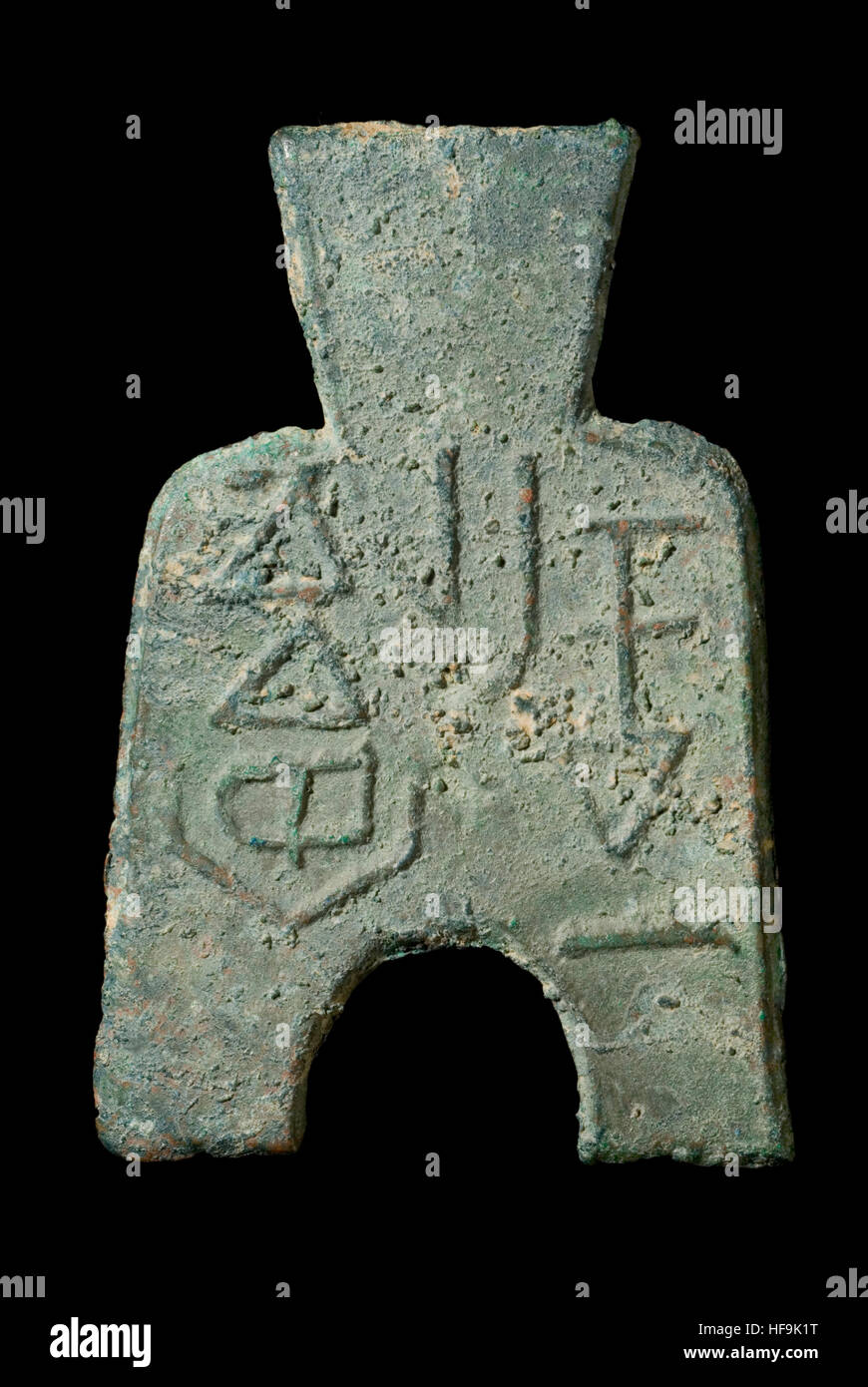 Chinese Warring States period Spade Coin Stock Photohttps://www.alamy.com/image-license-details/?v=1https://www.alamy.com/stock-photo-chinese-warring-states-period-spade-coin-129904932.html
Chinese Warring States period Spade Coin Stock Photohttps://www.alamy.com/image-license-details/?v=1https://www.alamy.com/stock-photo-chinese-warring-states-period-spade-coin-129904932.htmlRMHF9K1T–Chinese Warring States period Spade Coin
 Tianjin, China. 14th June, 2021. Participants celebrate after a dragon boat race to celebrate the Dragon Boat Festival in Tianjin, north China, June 14, 2021. China celebrated the Dragon Boat Festival on Monday to commemorate Qu Yuan, a patriotic poet from the Warring States Period (475-221 BC). Credit: Zhao Zishuo/Xinhua/Alamy Live News Stock Photohttps://www.alamy.com/image-license-details/?v=1https://www.alamy.com/tianjin-china-14th-june-2021-participants-celebrate-after-a-dragon-boat-race-to-celebrate-the-dragon-boat-festival-in-tianjin-north-china-june-14-2021-china-celebrated-the-dragon-boat-festival-on-monday-to-commemorate-qu-yuan-a-patriotic-poet-from-the-warring-states-period-475-221-bc-credit-zhao-zishuoxinhuaalamy-live-news-image432267954.html
Tianjin, China. 14th June, 2021. Participants celebrate after a dragon boat race to celebrate the Dragon Boat Festival in Tianjin, north China, June 14, 2021. China celebrated the Dragon Boat Festival on Monday to commemorate Qu Yuan, a patriotic poet from the Warring States Period (475-221 BC). Credit: Zhao Zishuo/Xinhua/Alamy Live News Stock Photohttps://www.alamy.com/image-license-details/?v=1https://www.alamy.com/tianjin-china-14th-june-2021-participants-celebrate-after-a-dragon-boat-race-to-celebrate-the-dragon-boat-festival-in-tianjin-north-china-june-14-2021-china-celebrated-the-dragon-boat-festival-on-monday-to-commemorate-qu-yuan-a-patriotic-poet-from-the-warring-states-period-475-221-bc-credit-zhao-zishuoxinhuaalamy-live-news-image432267954.htmlRM2G37E56–Tianjin, China. 14th June, 2021. Participants celebrate after a dragon boat race to celebrate the Dragon Boat Festival in Tianjin, north China, June 14, 2021. China celebrated the Dragon Boat Festival on Monday to commemorate Qu Yuan, a patriotic poet from the Warring States Period (475-221 BC). Credit: Zhao Zishuo/Xinhua/Alamy Live News